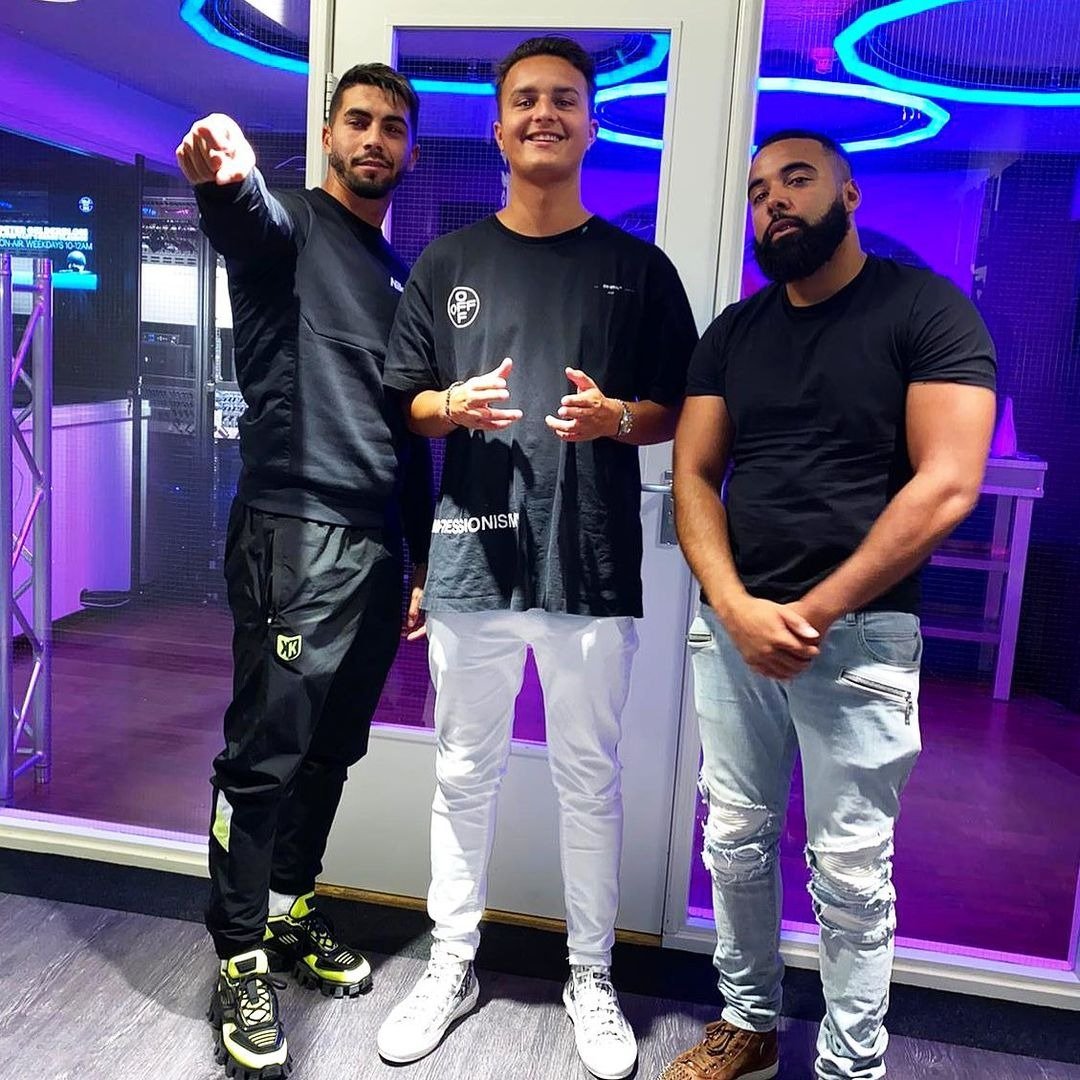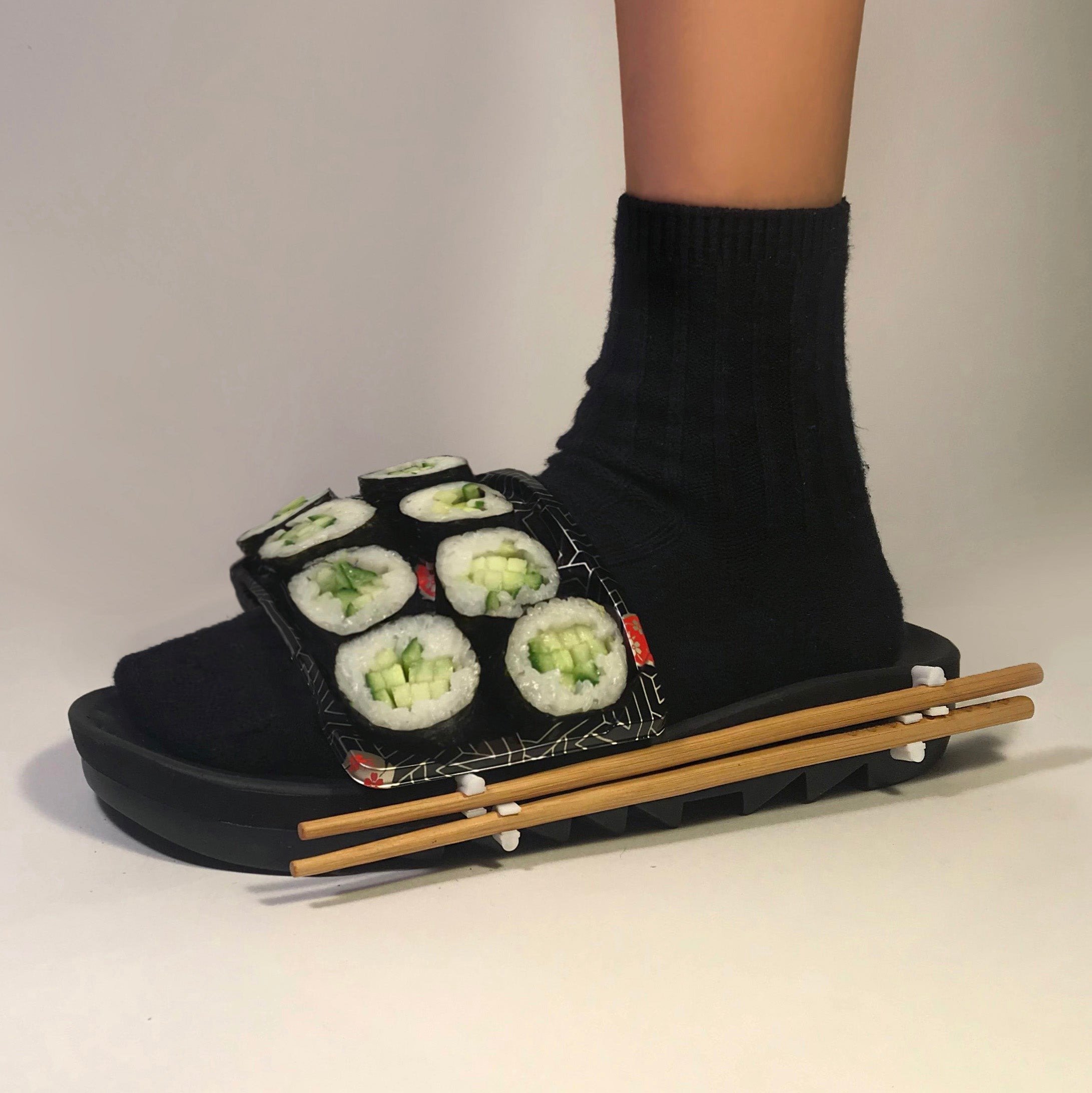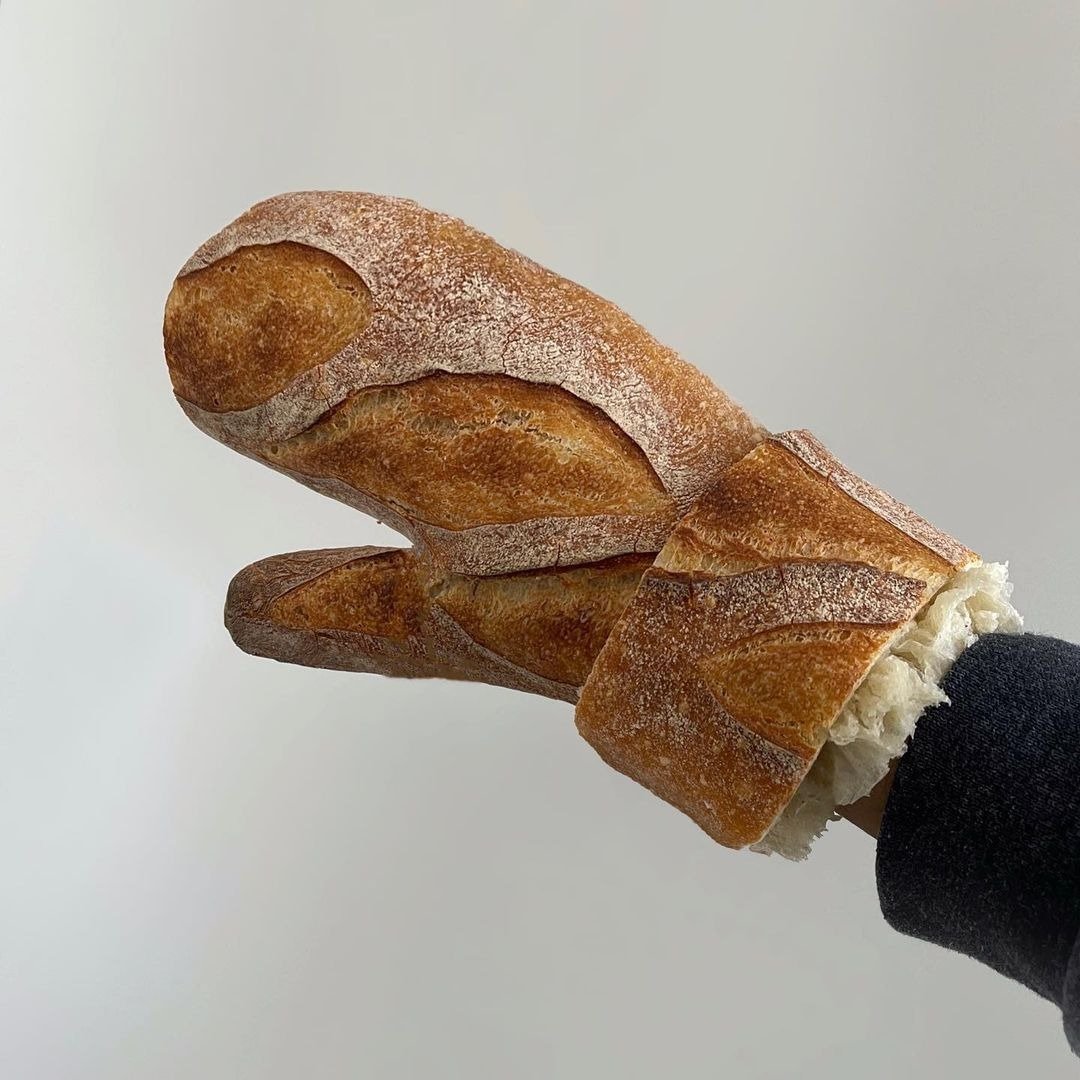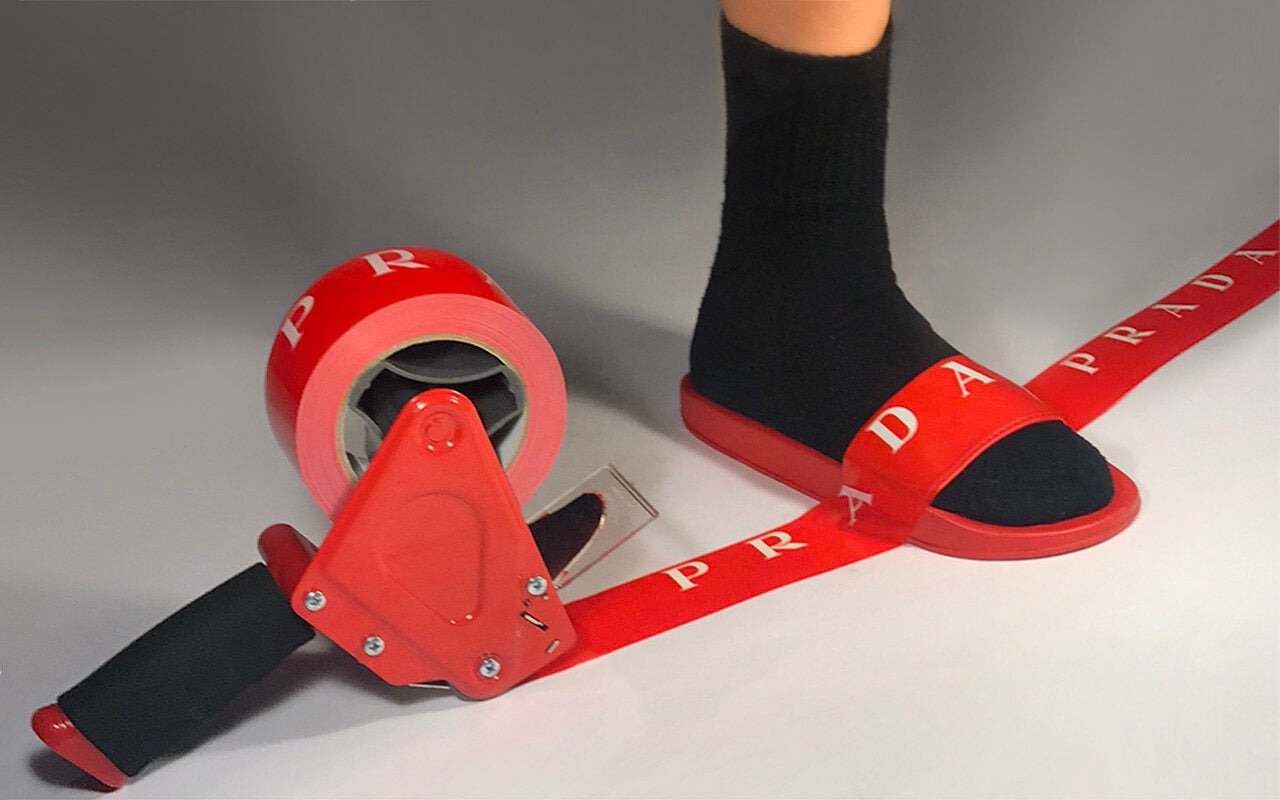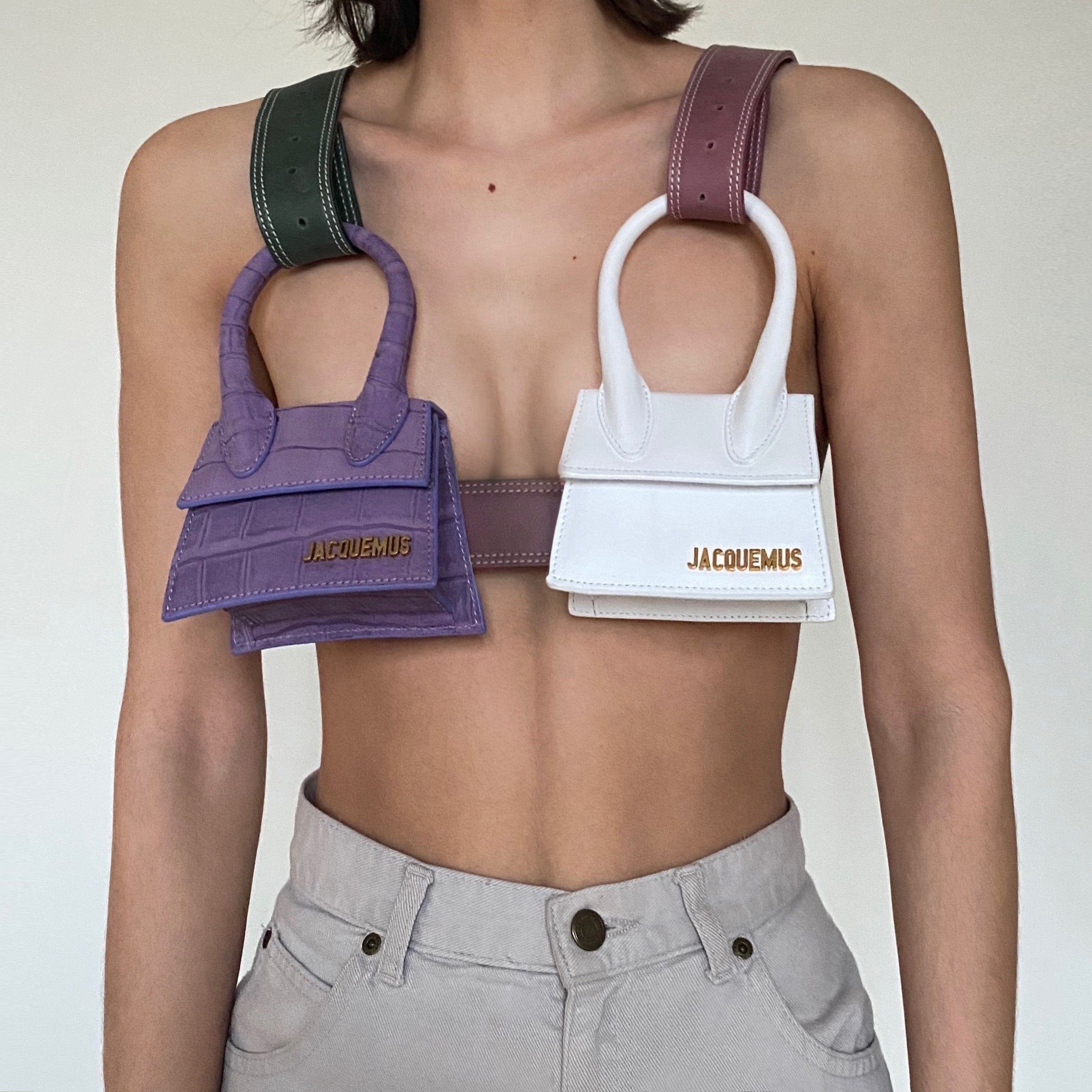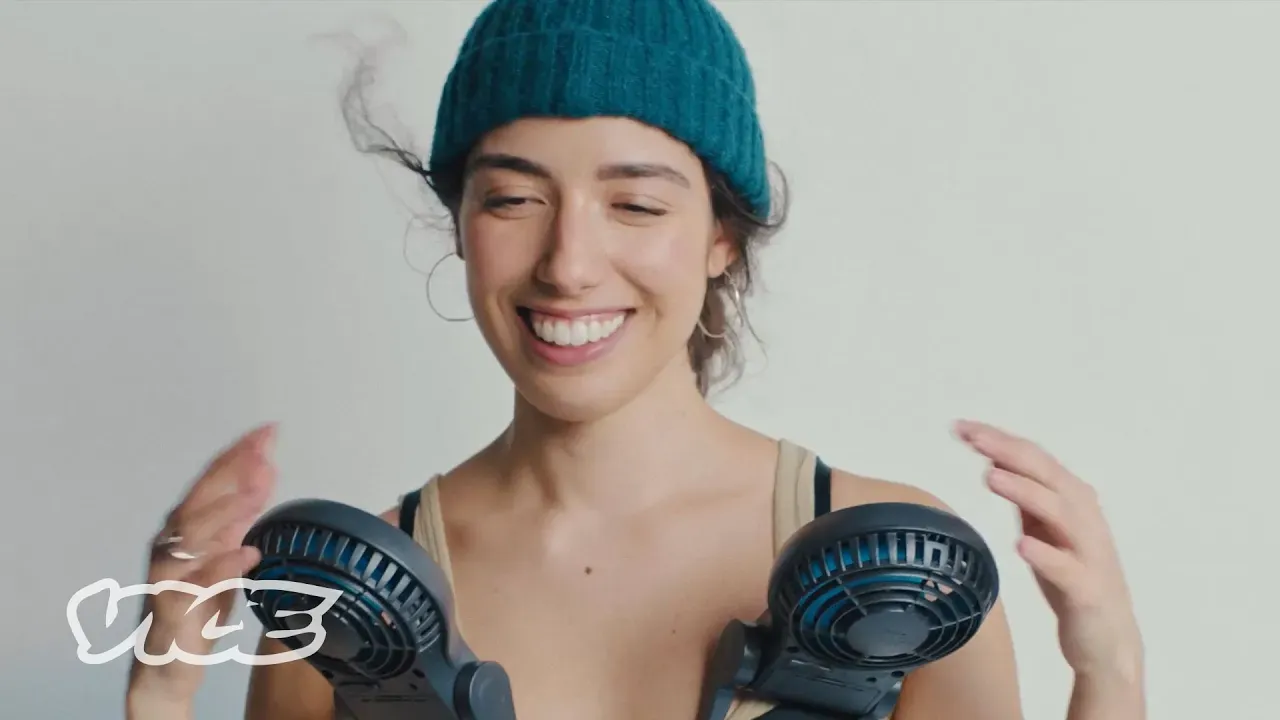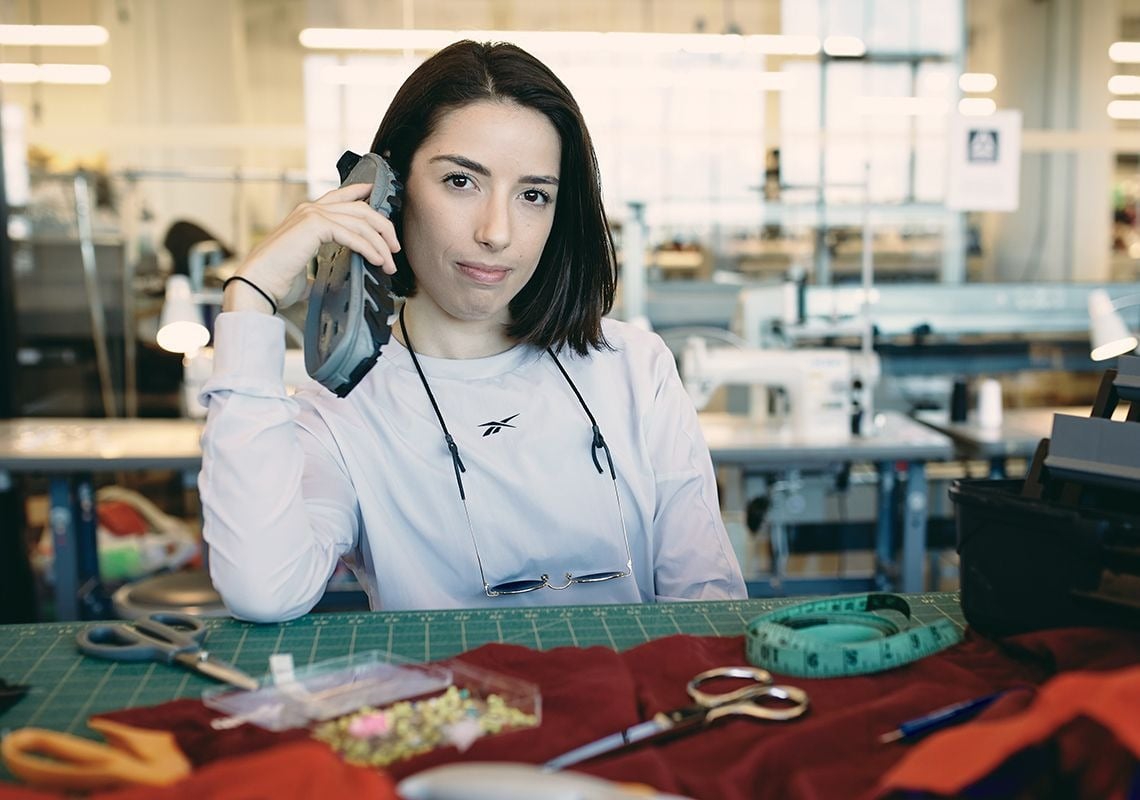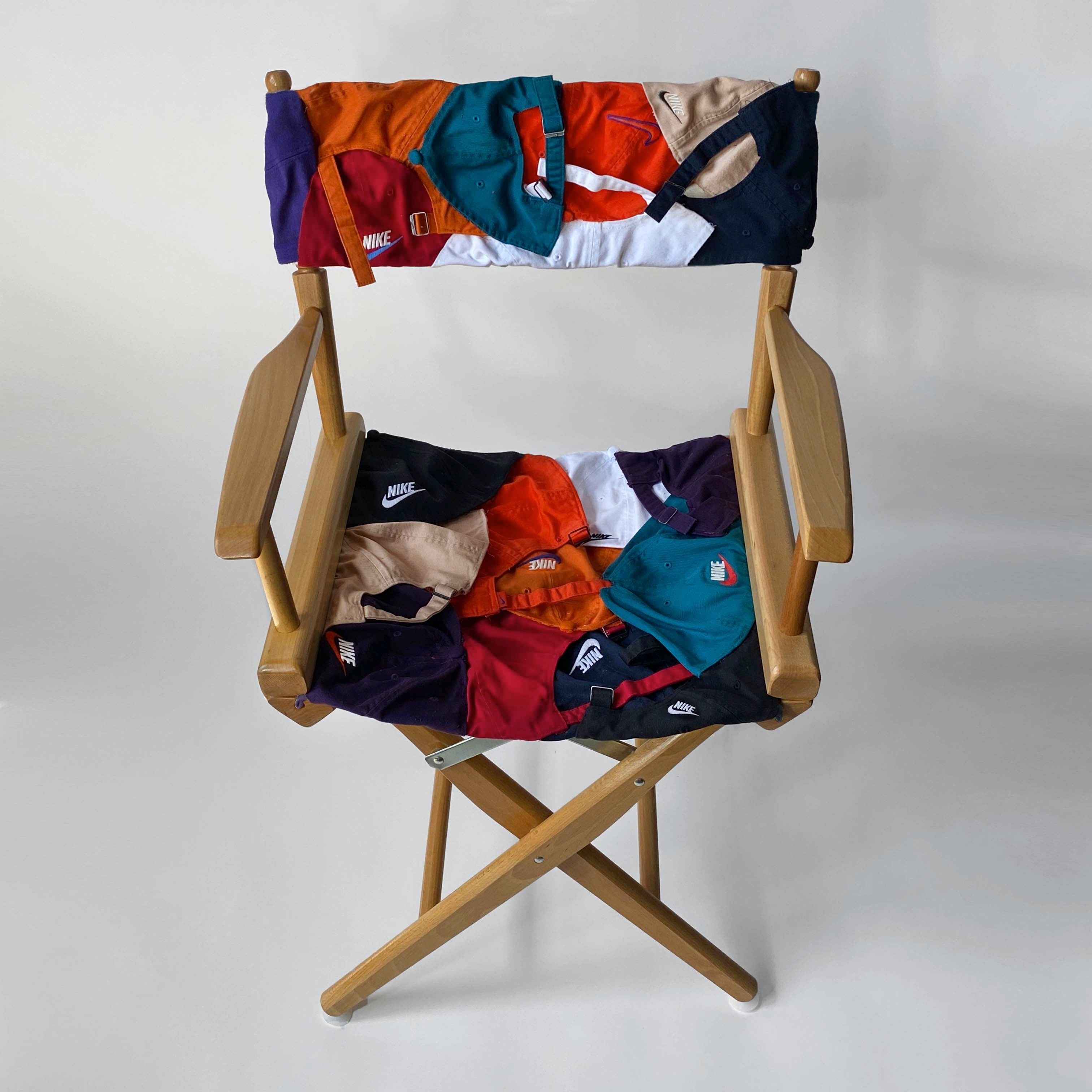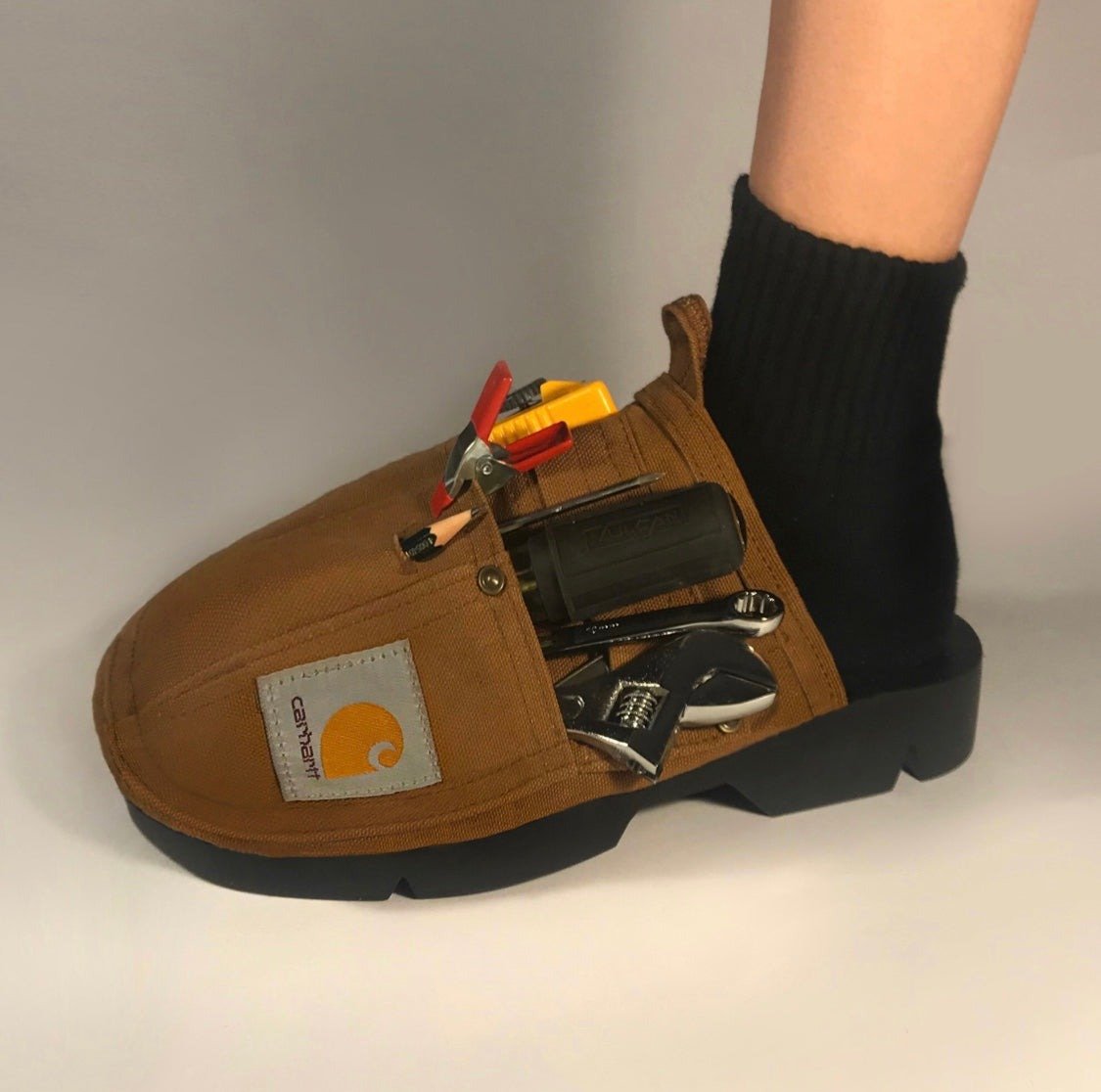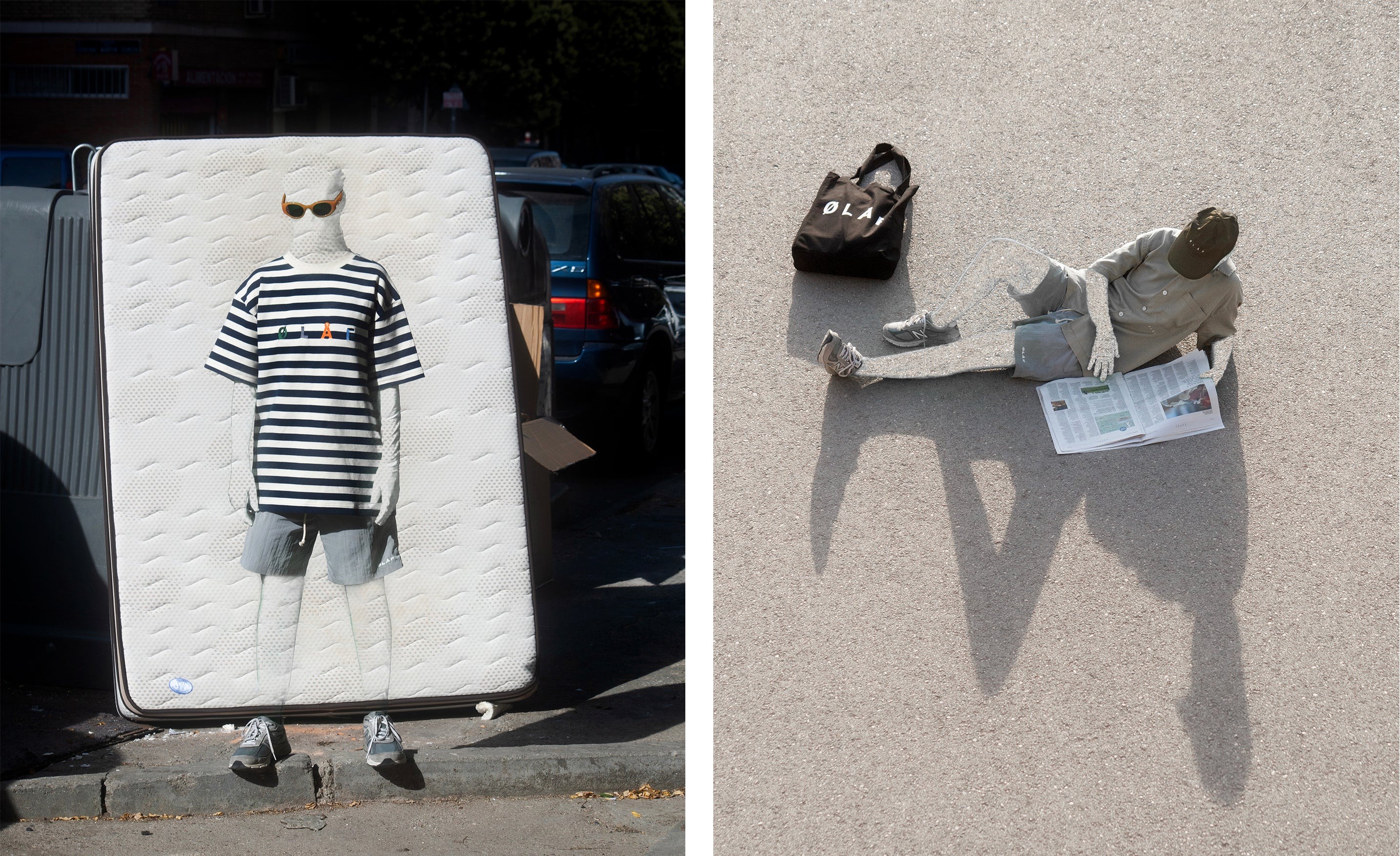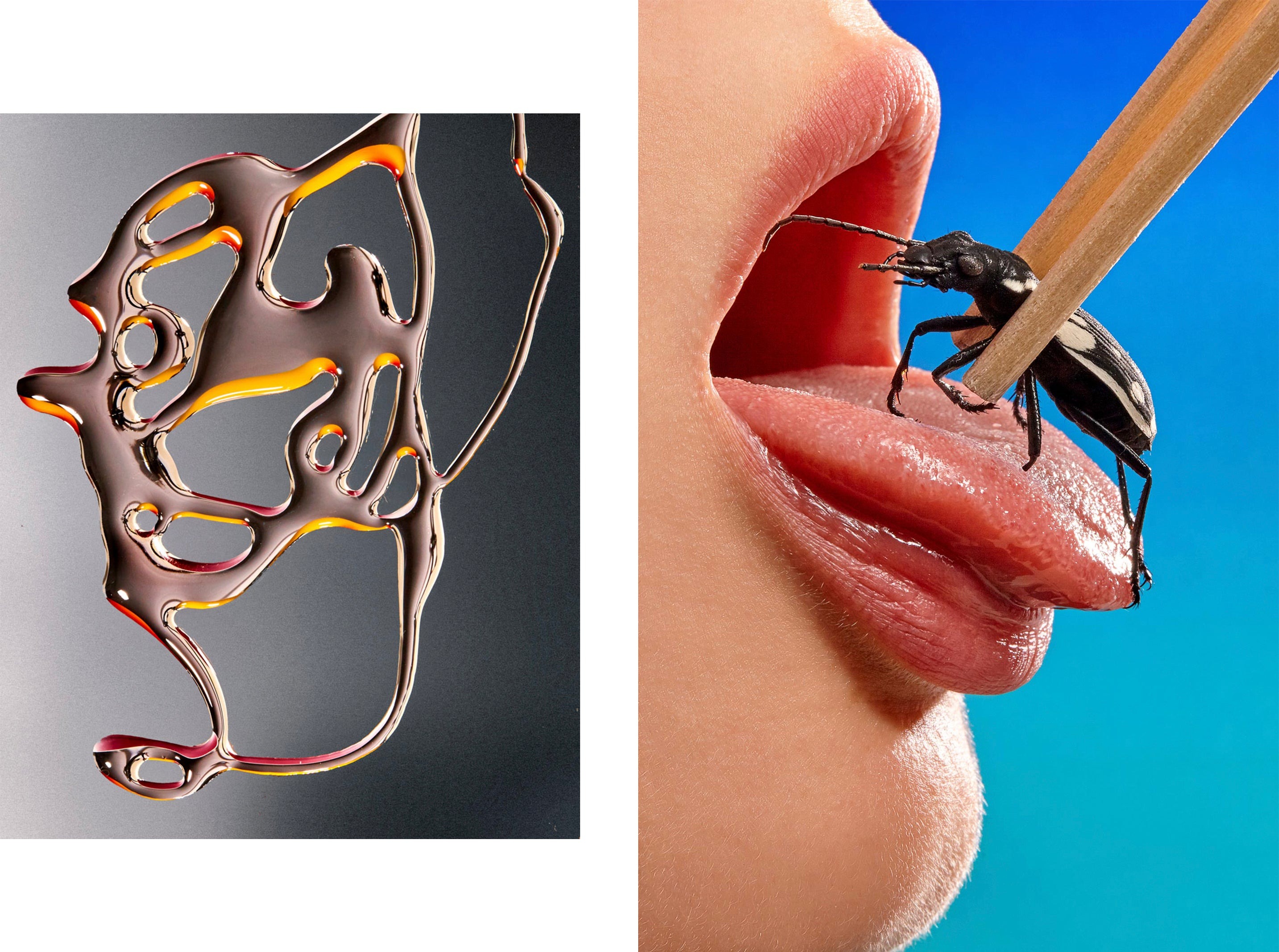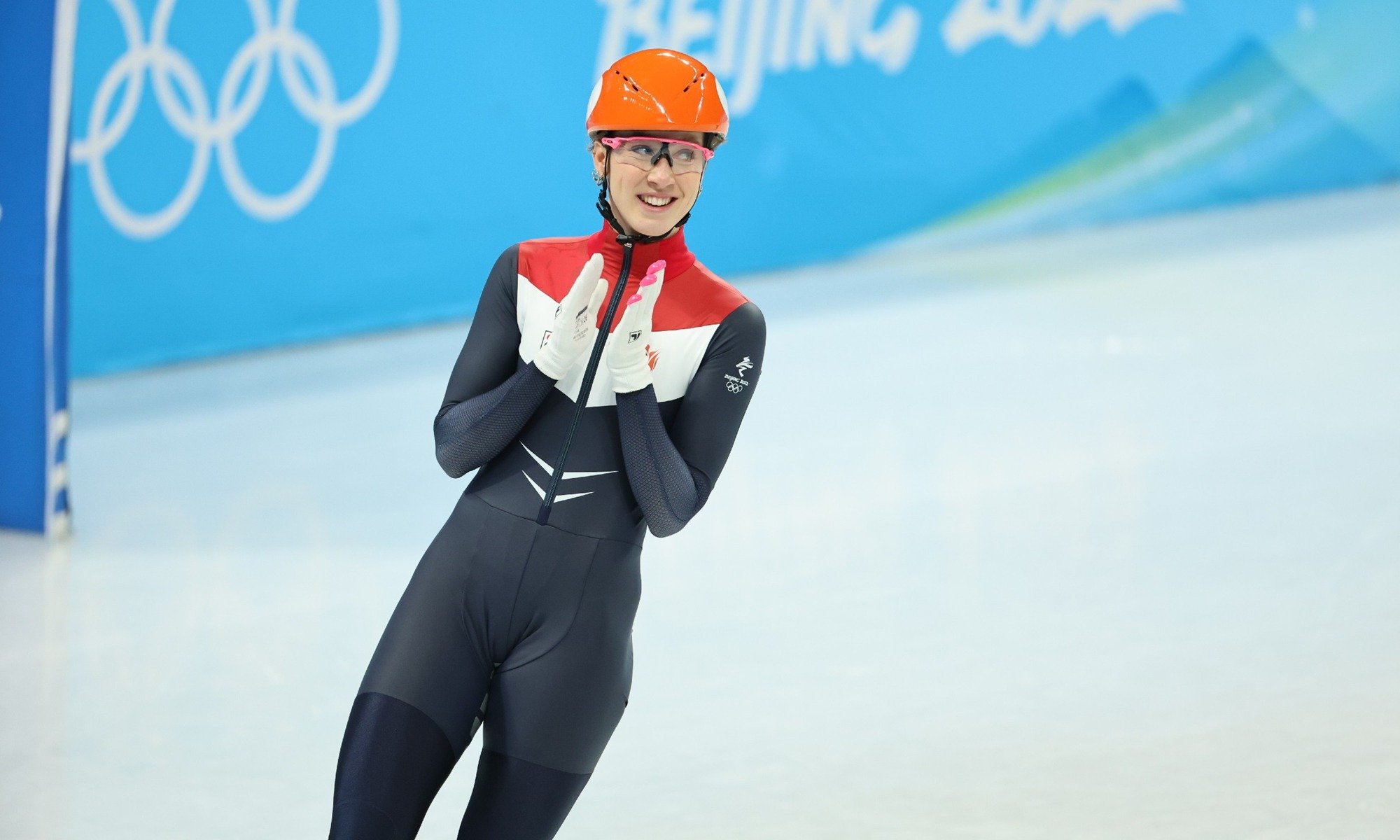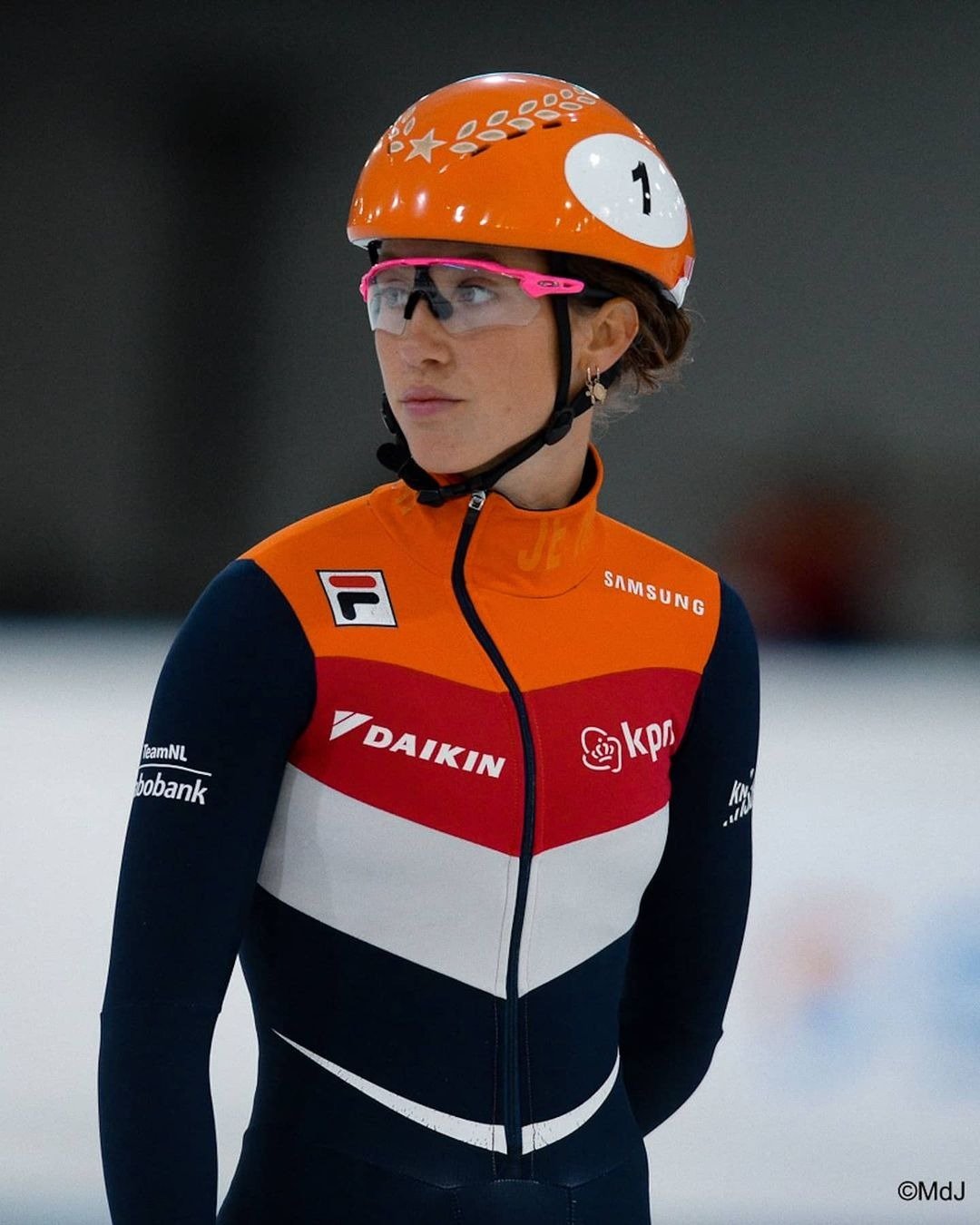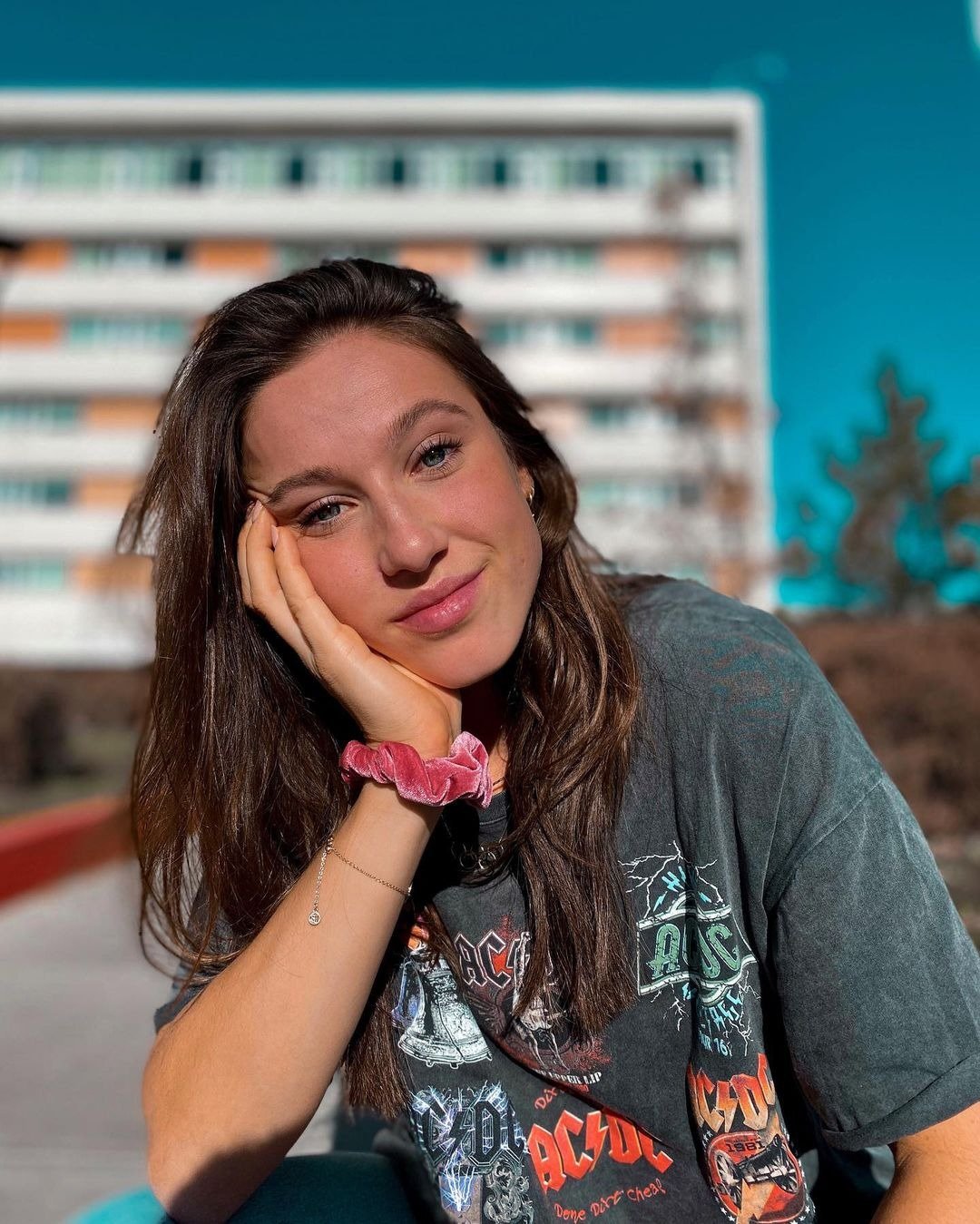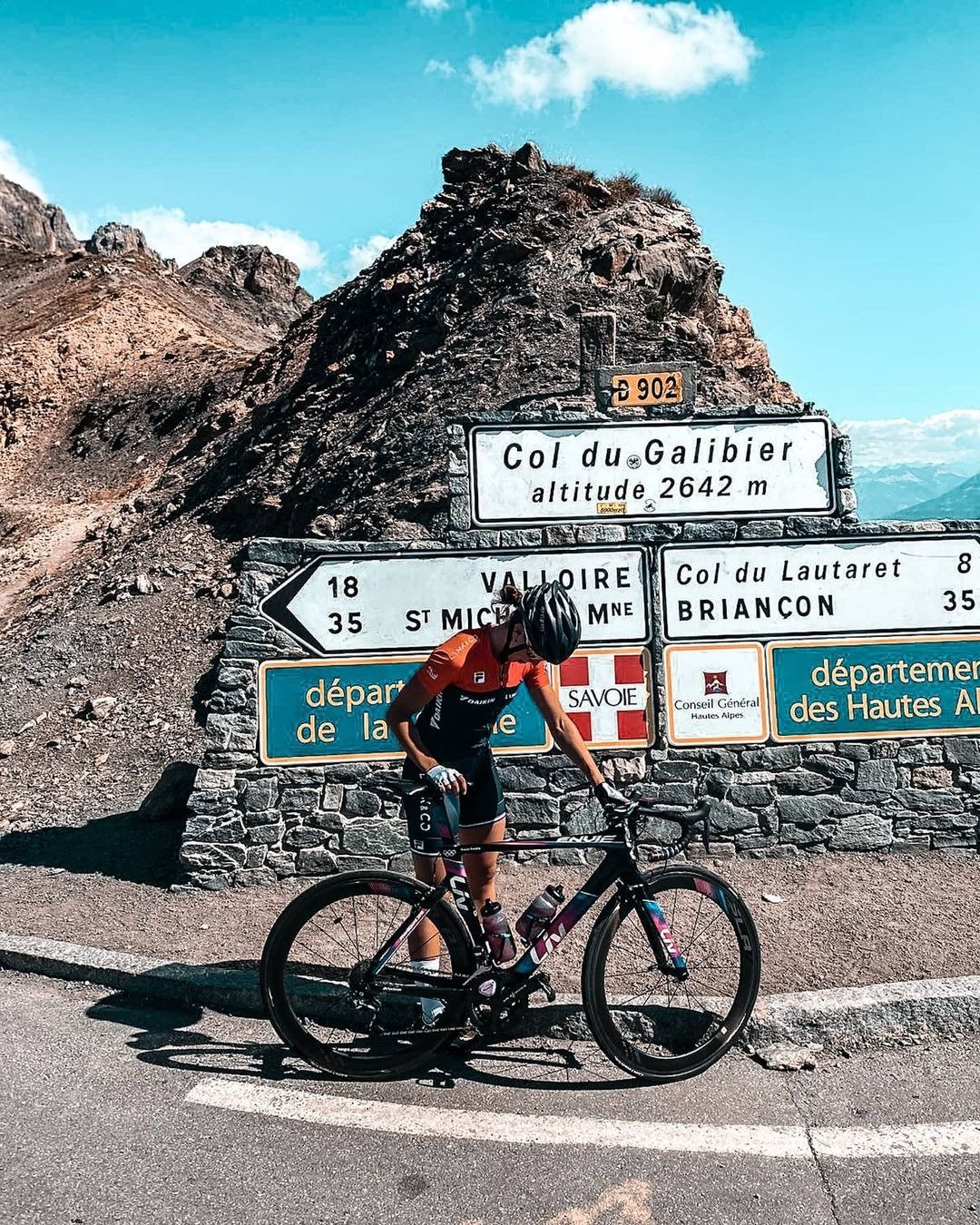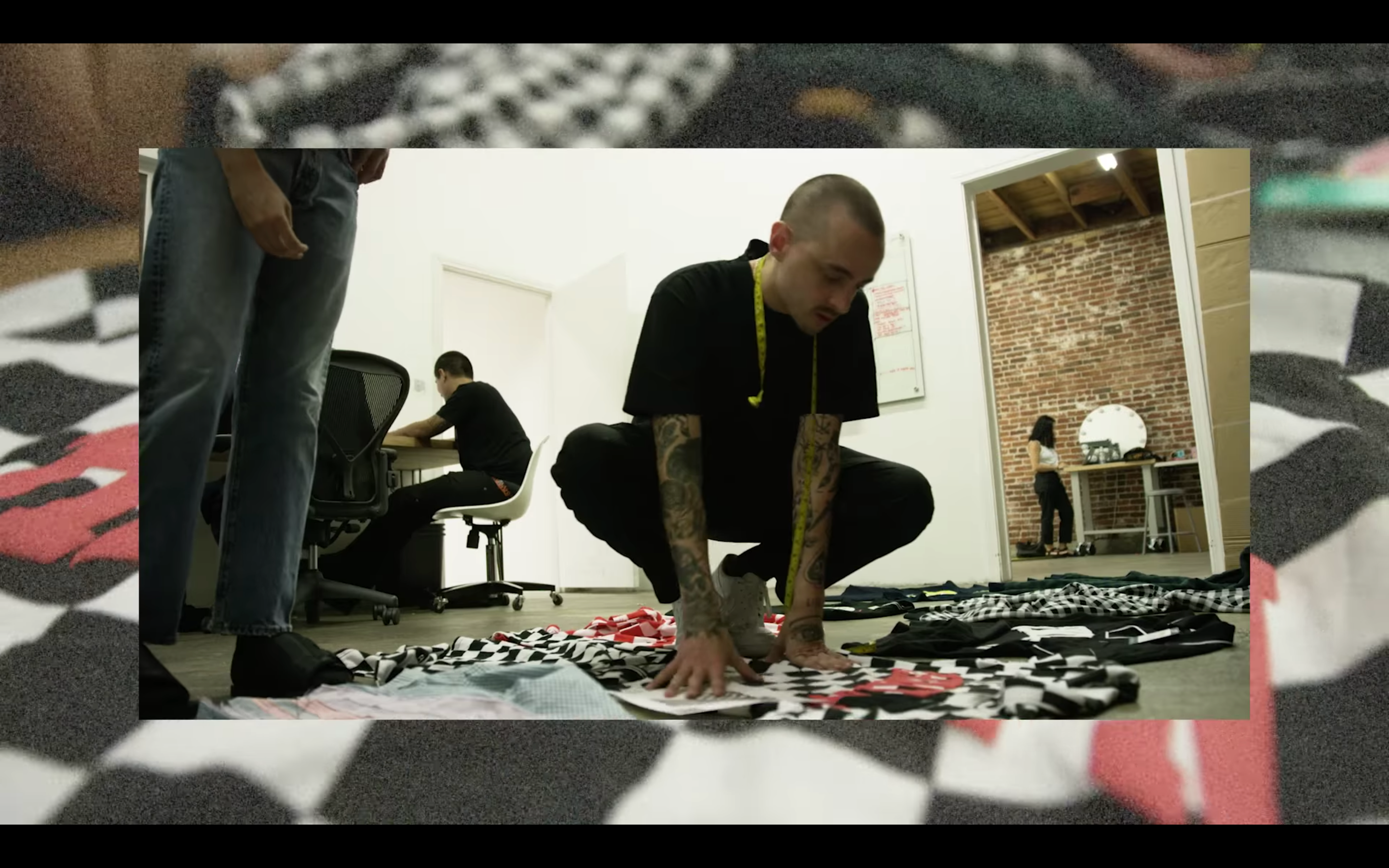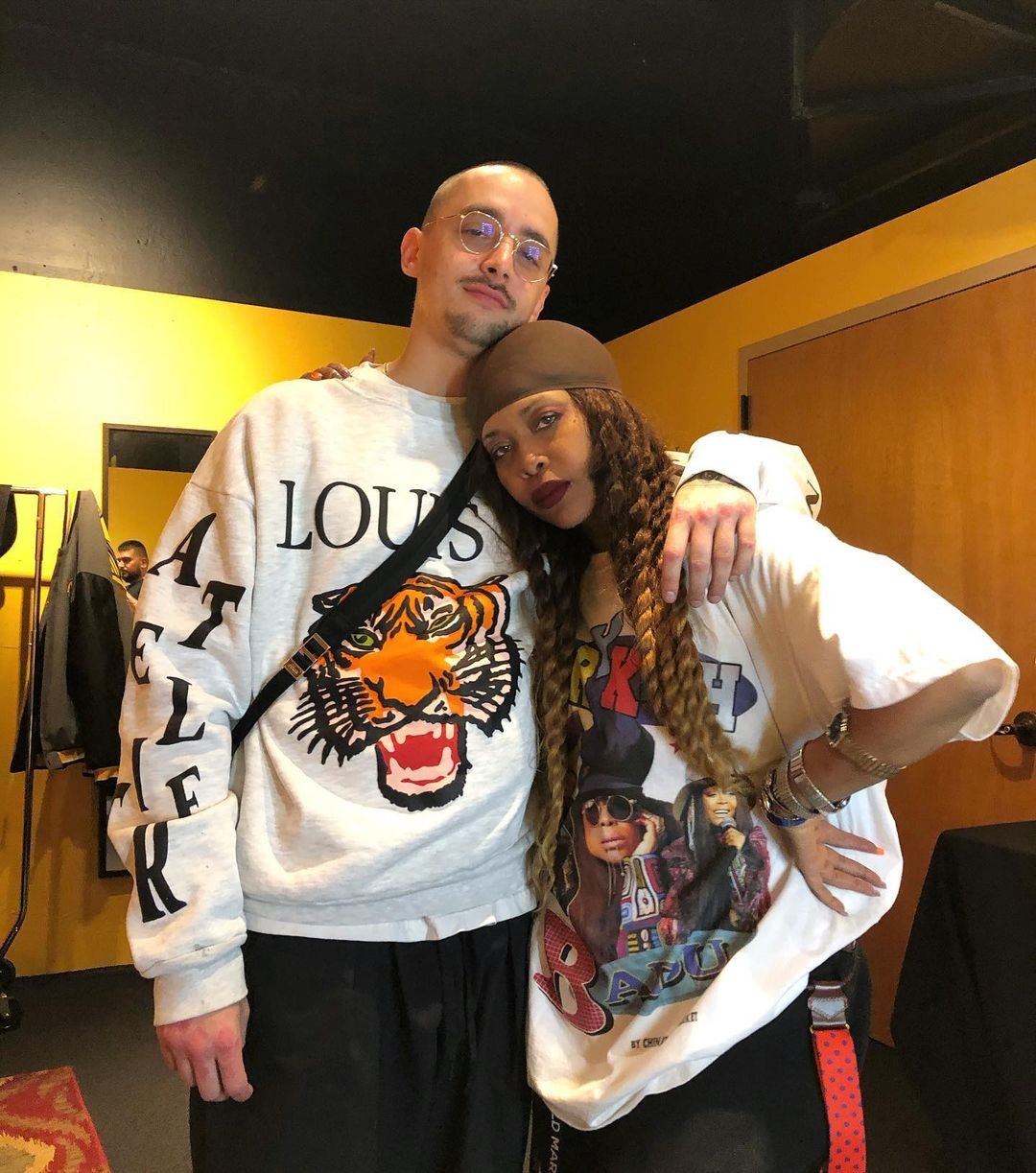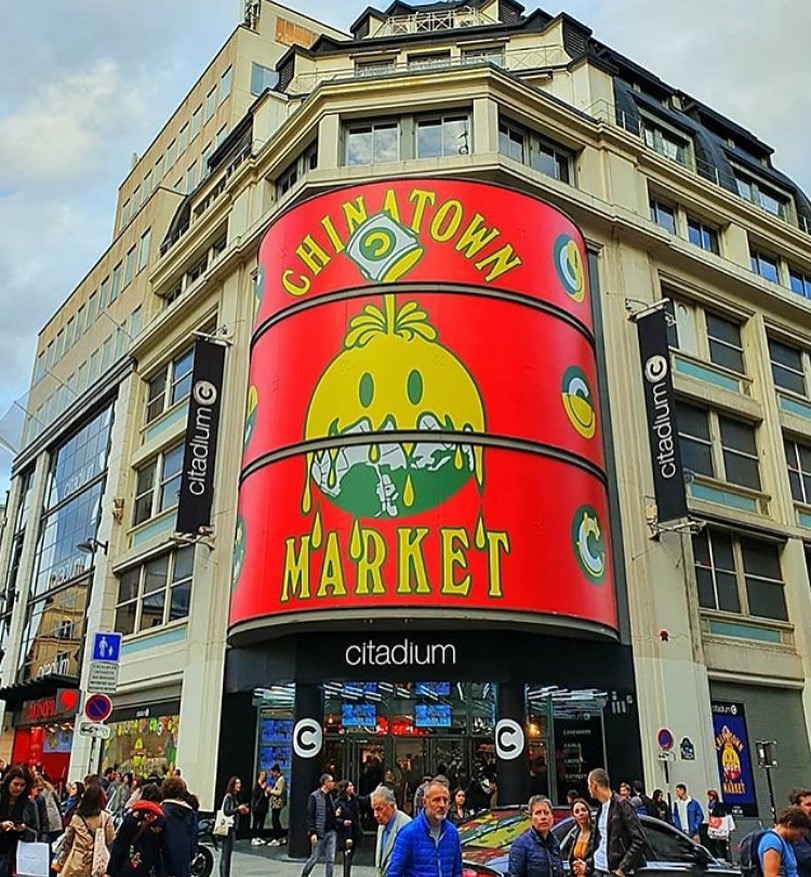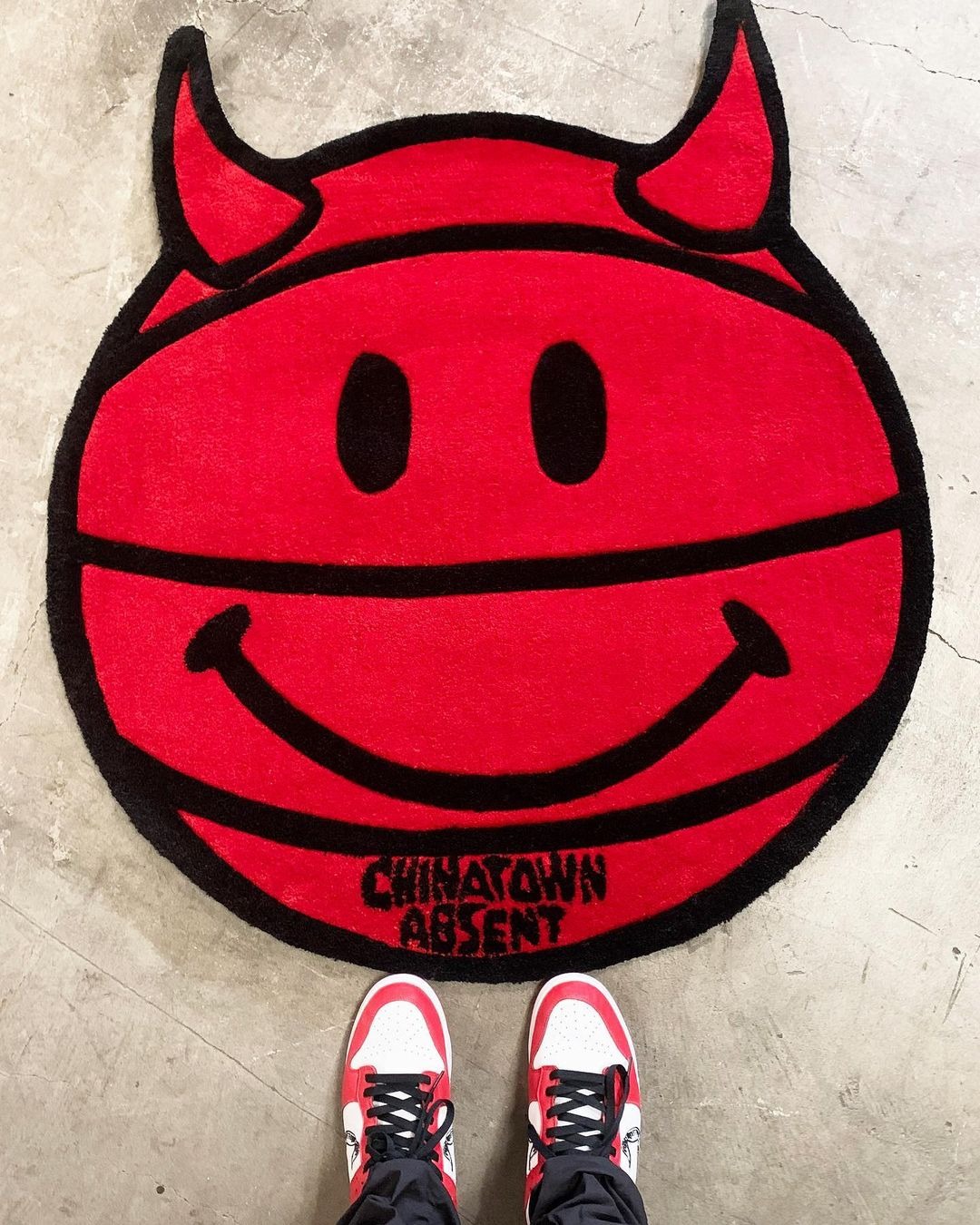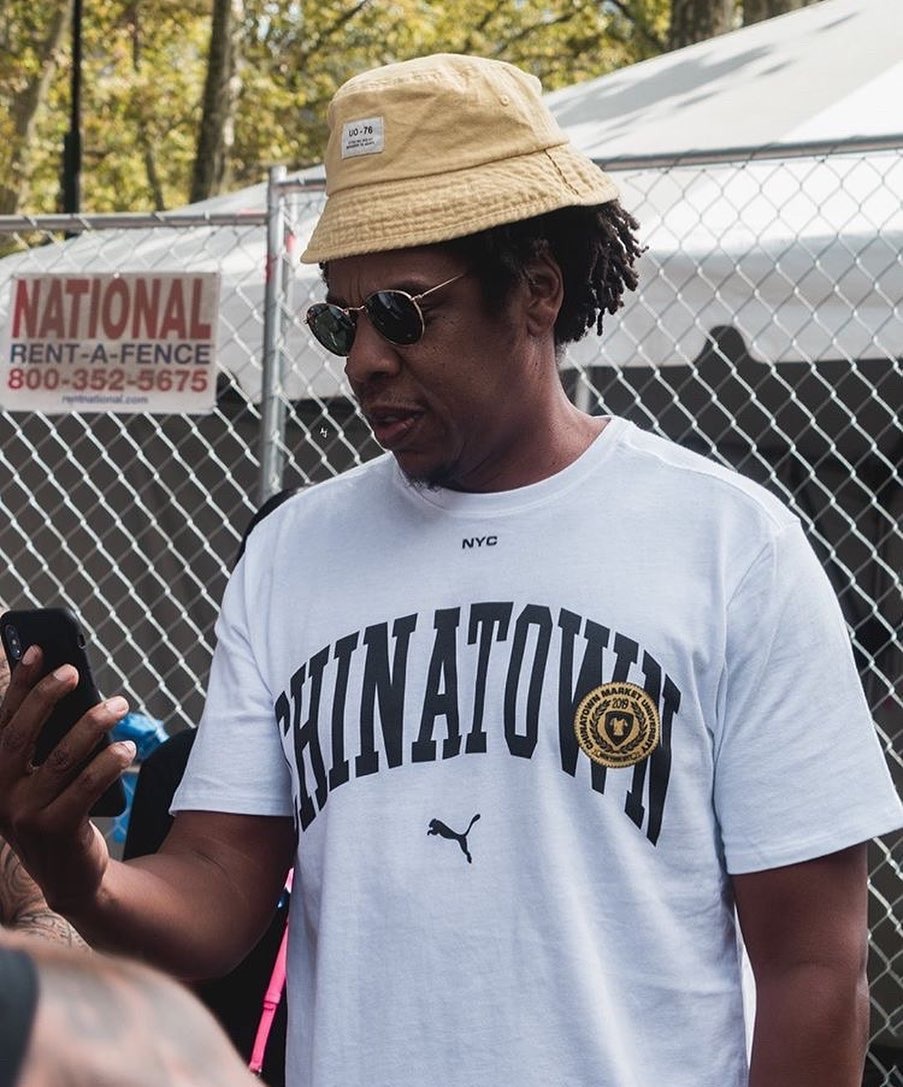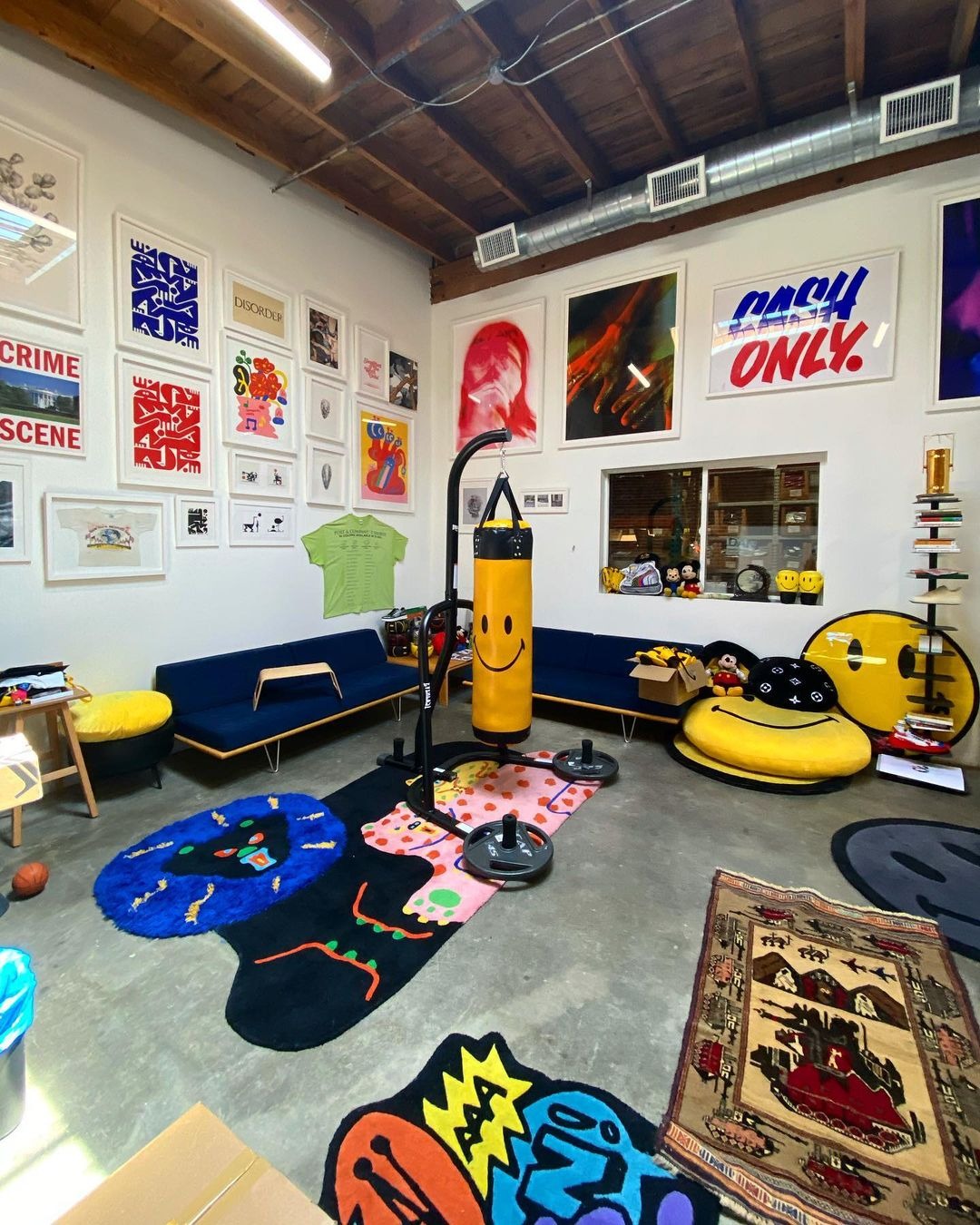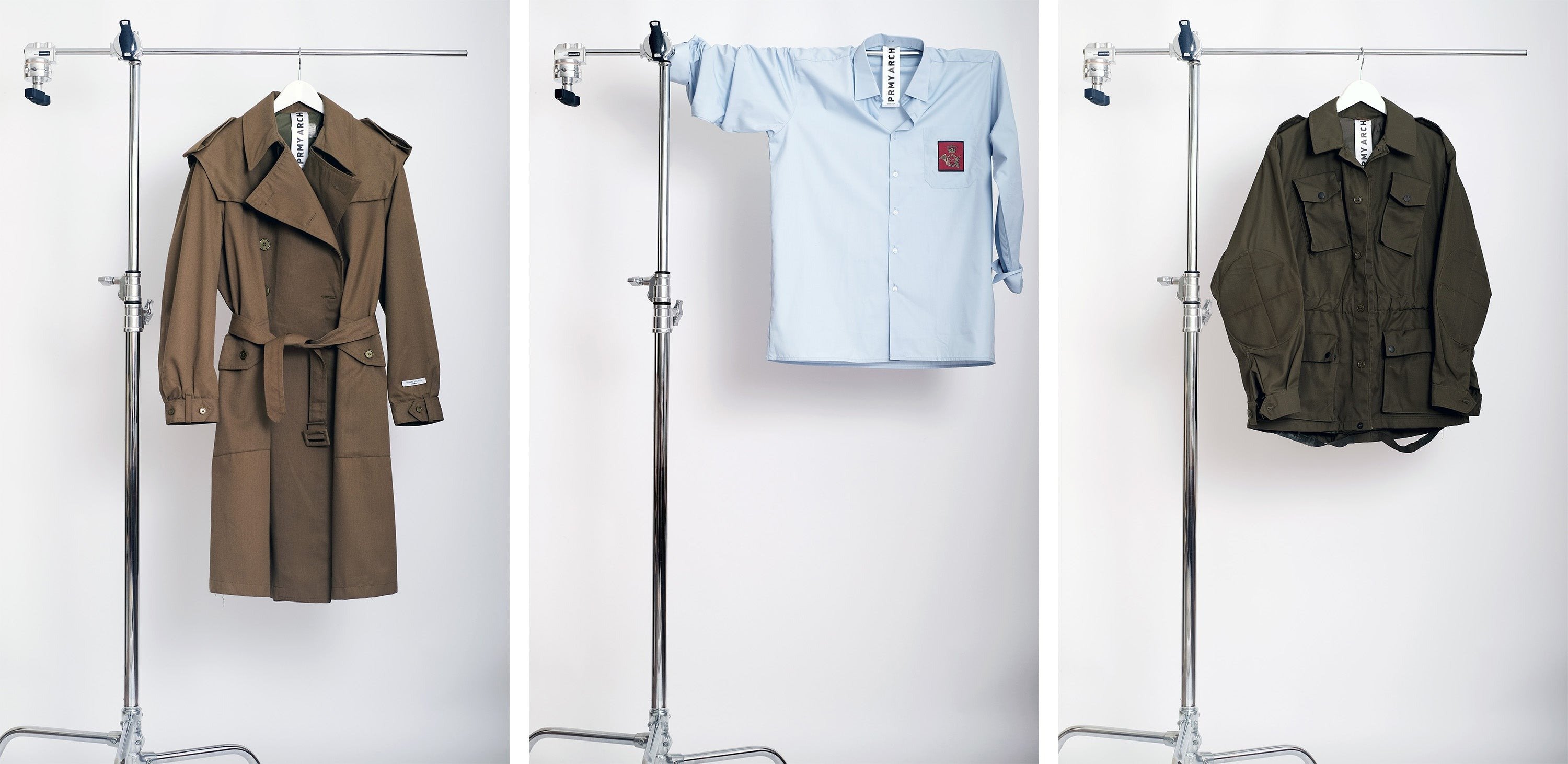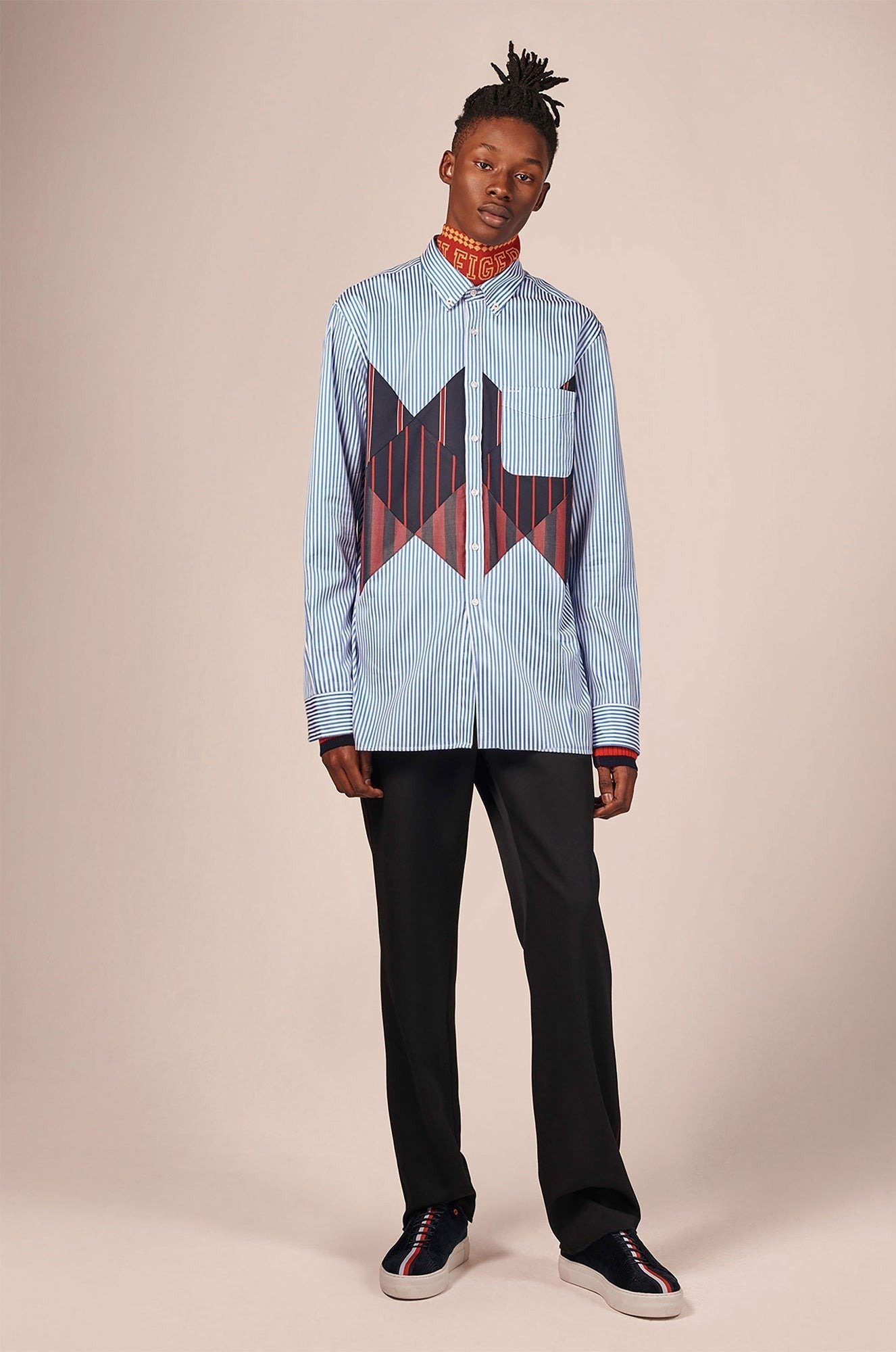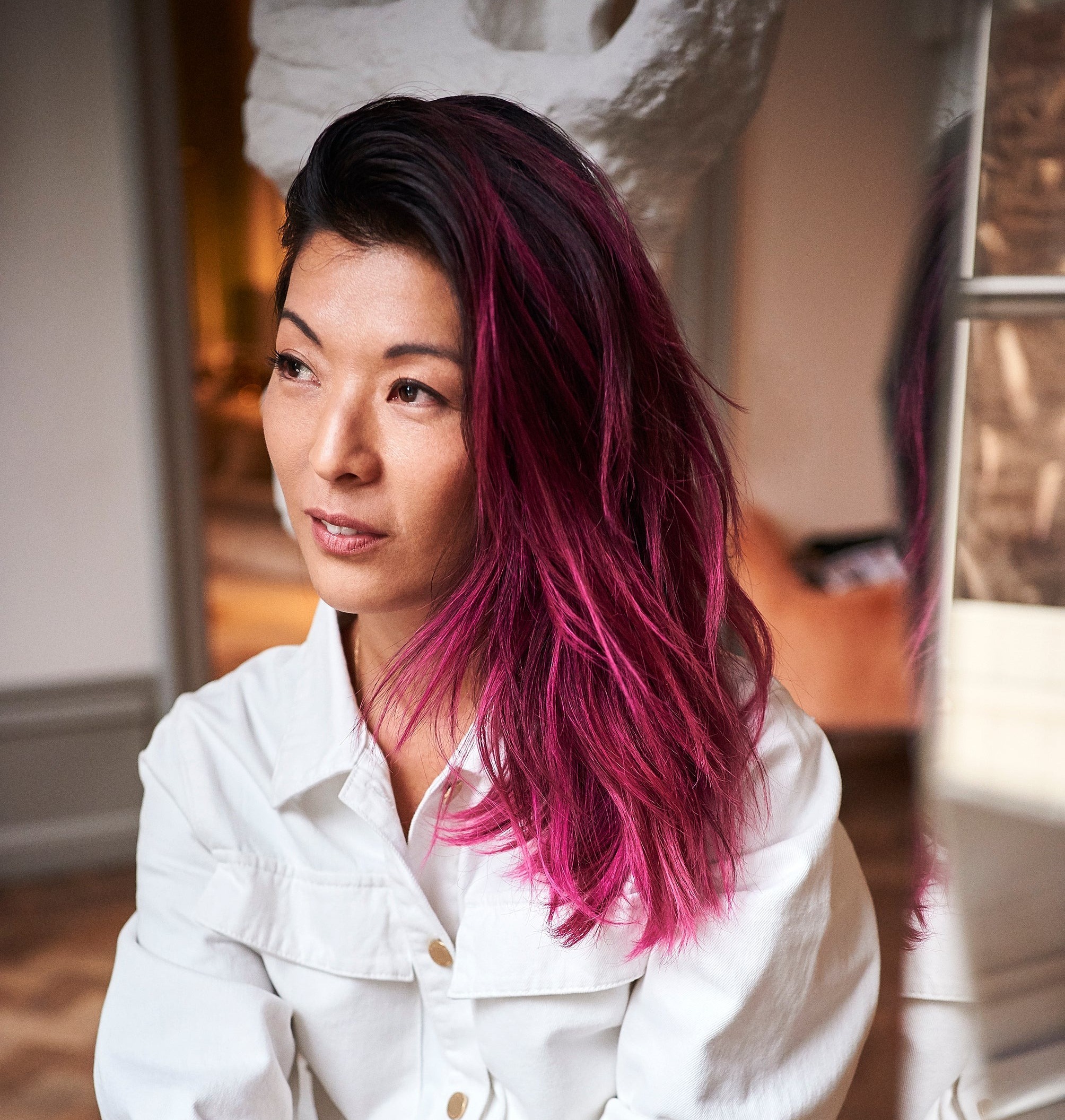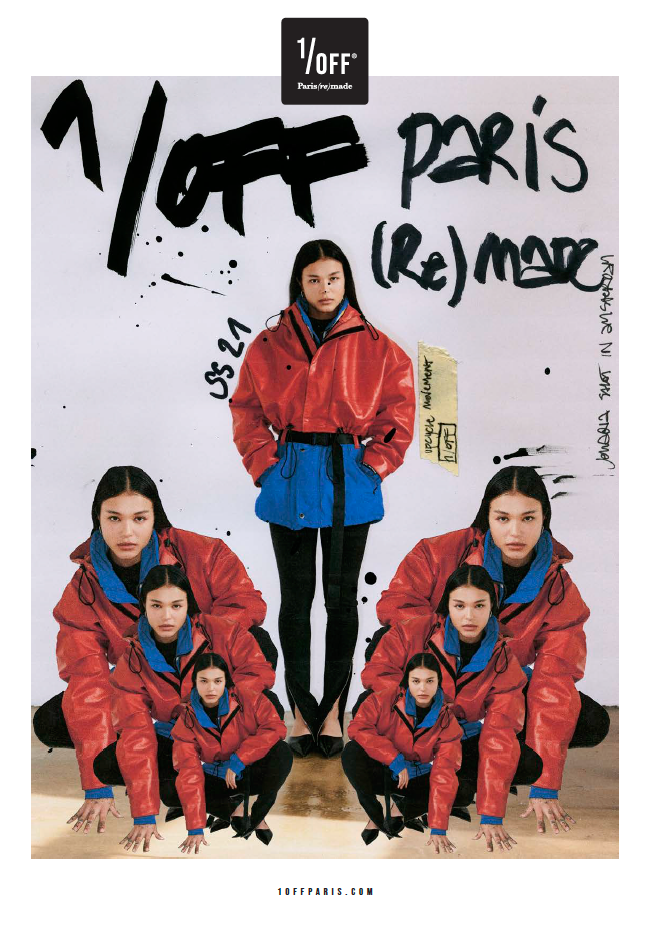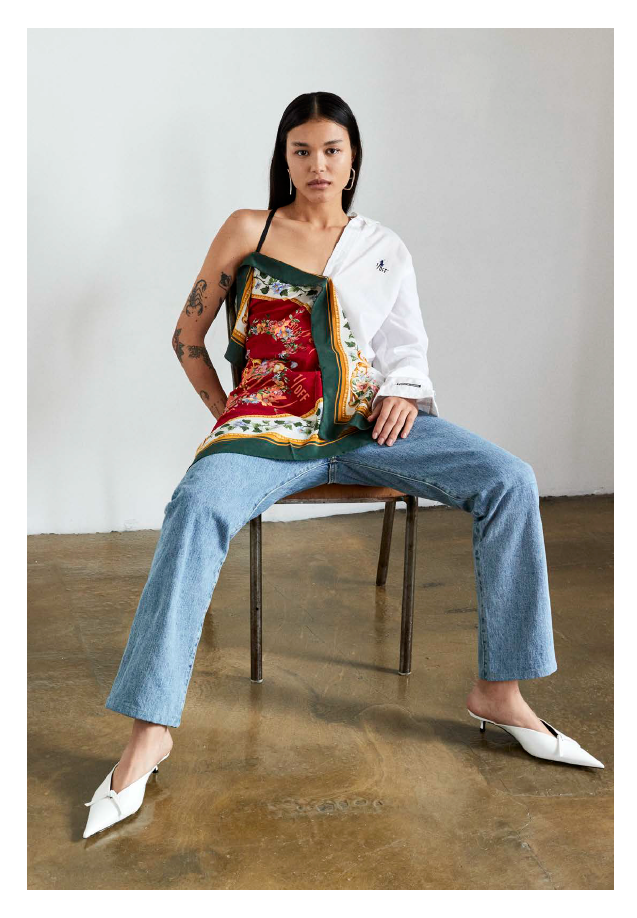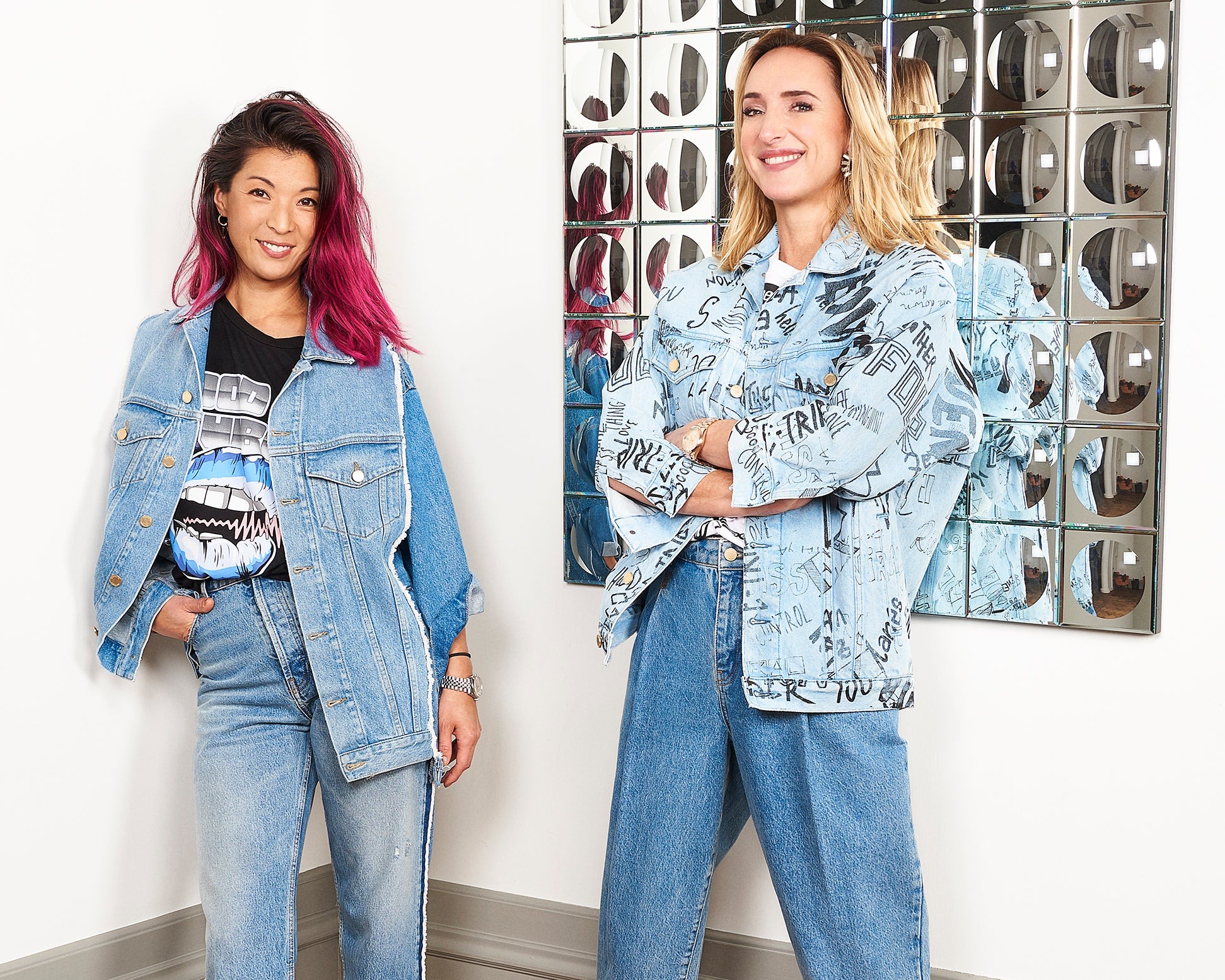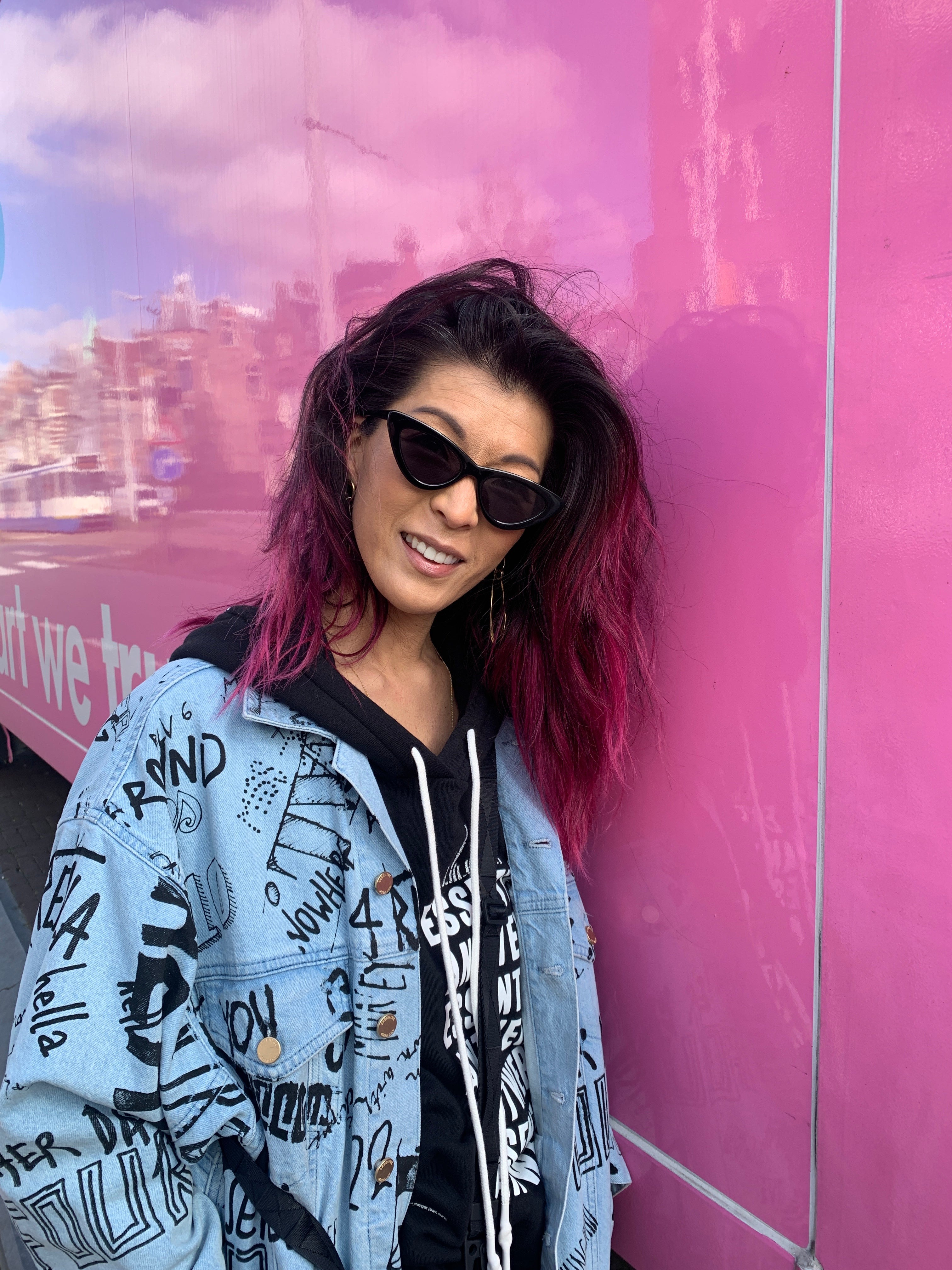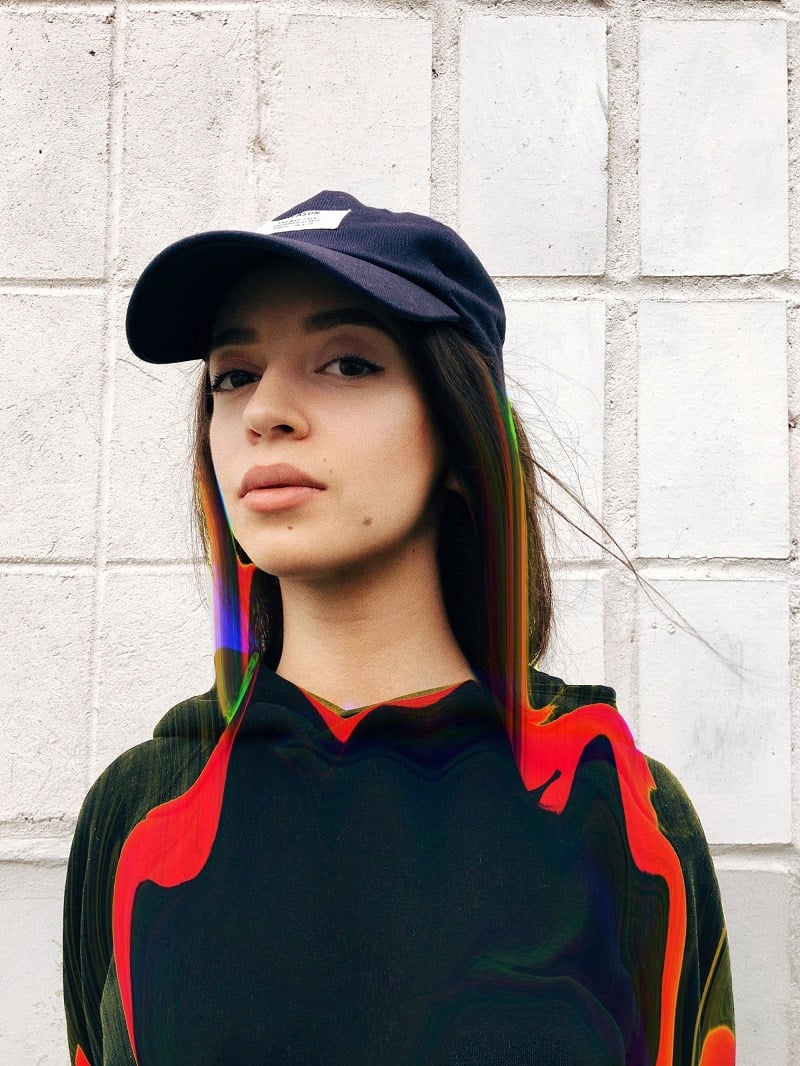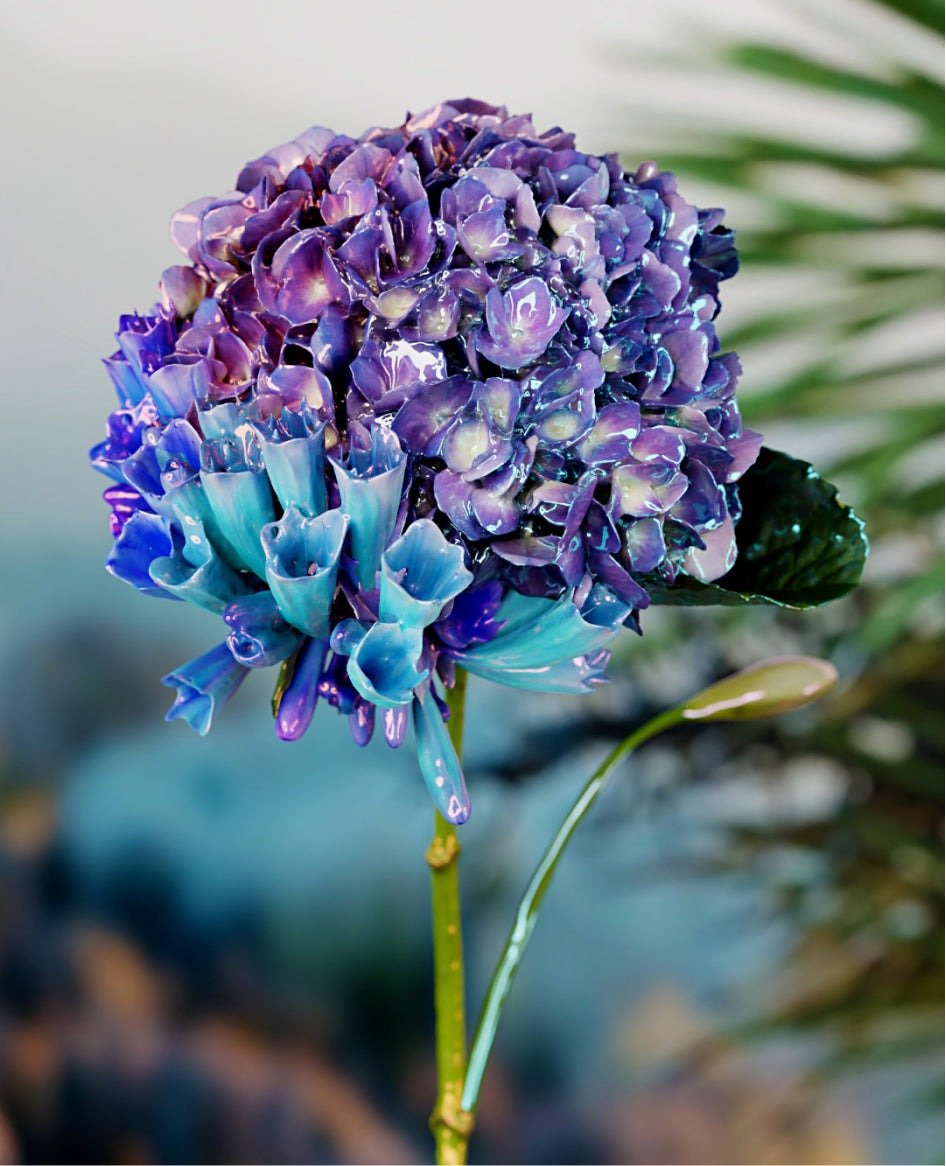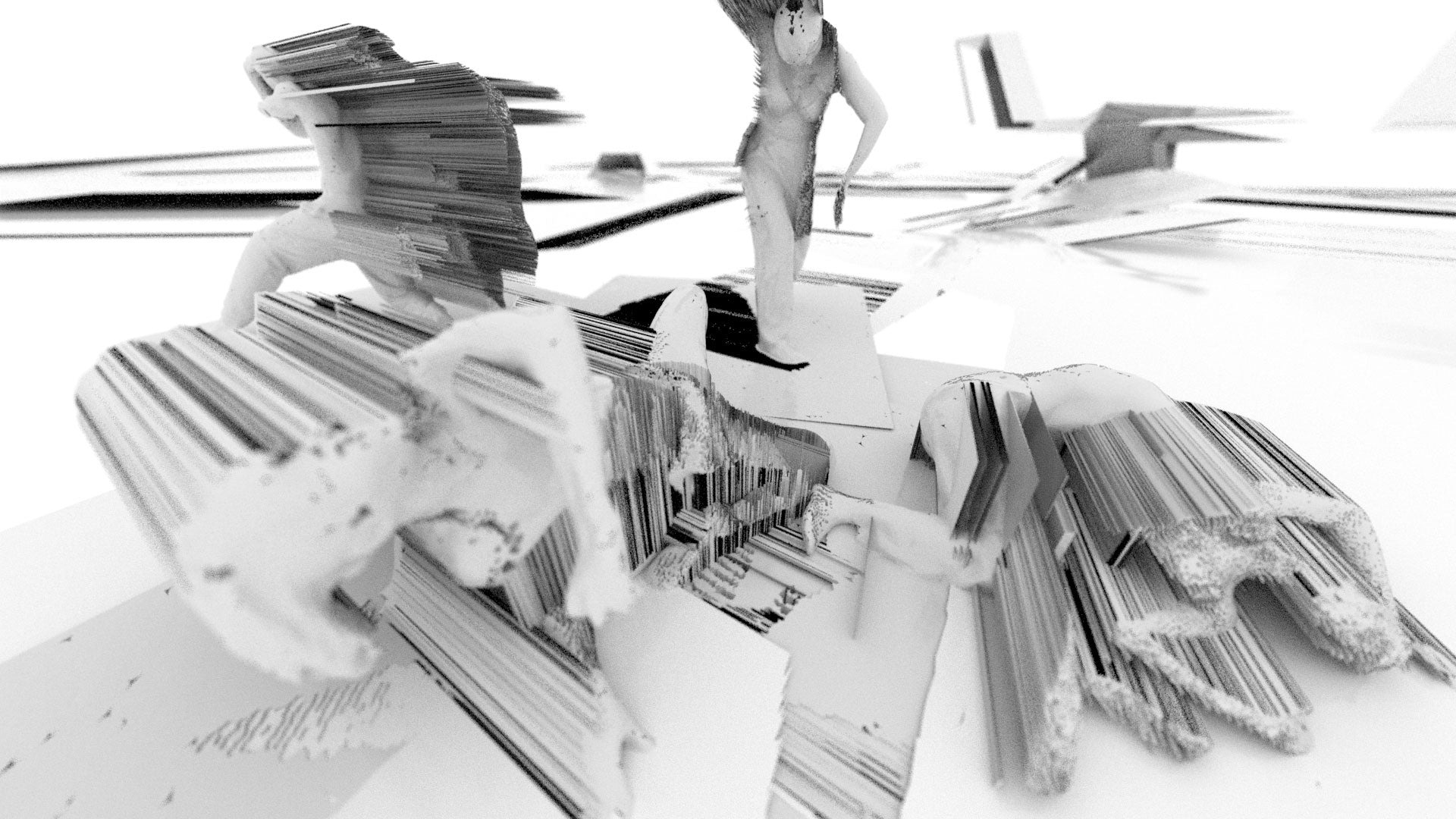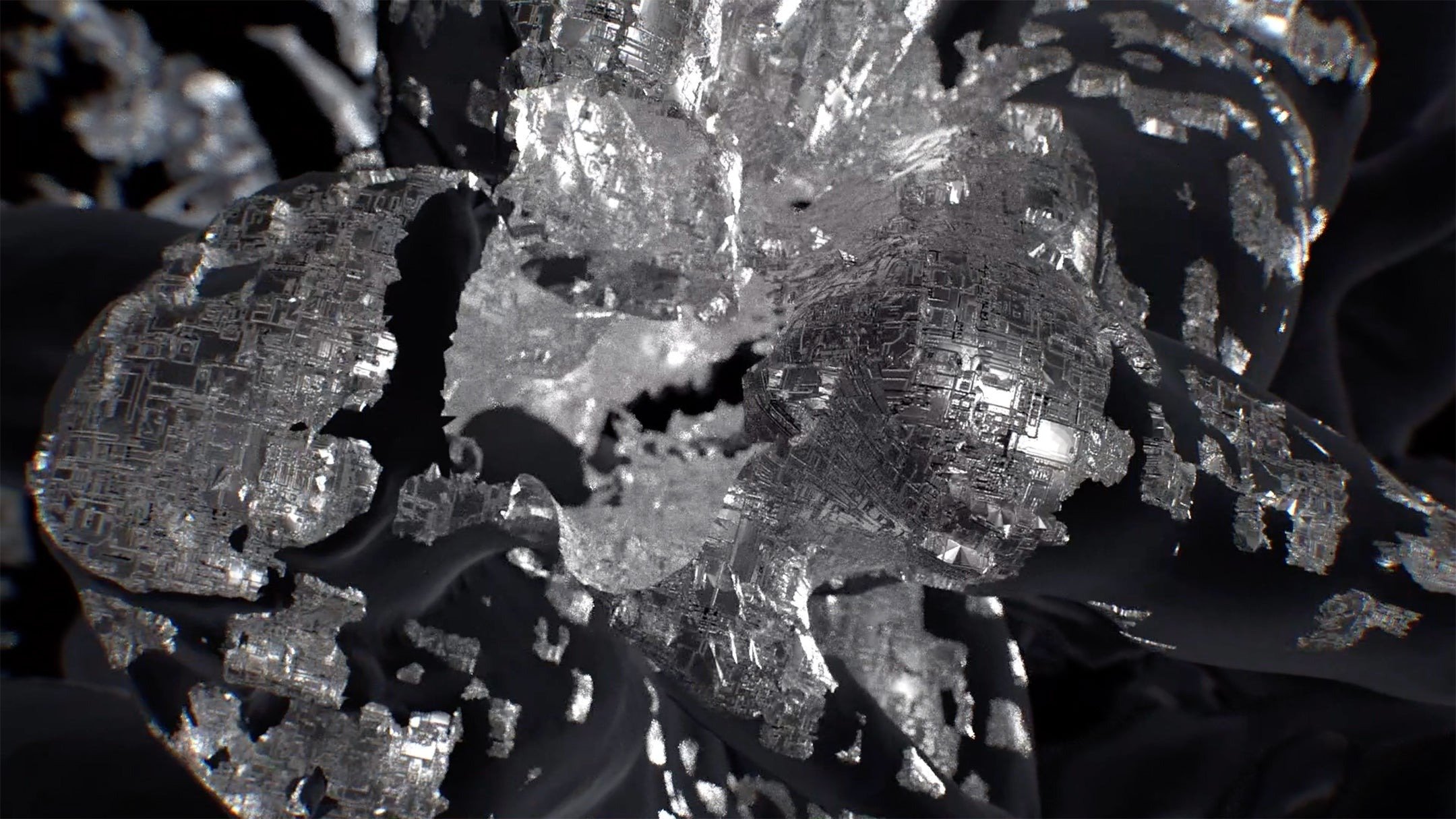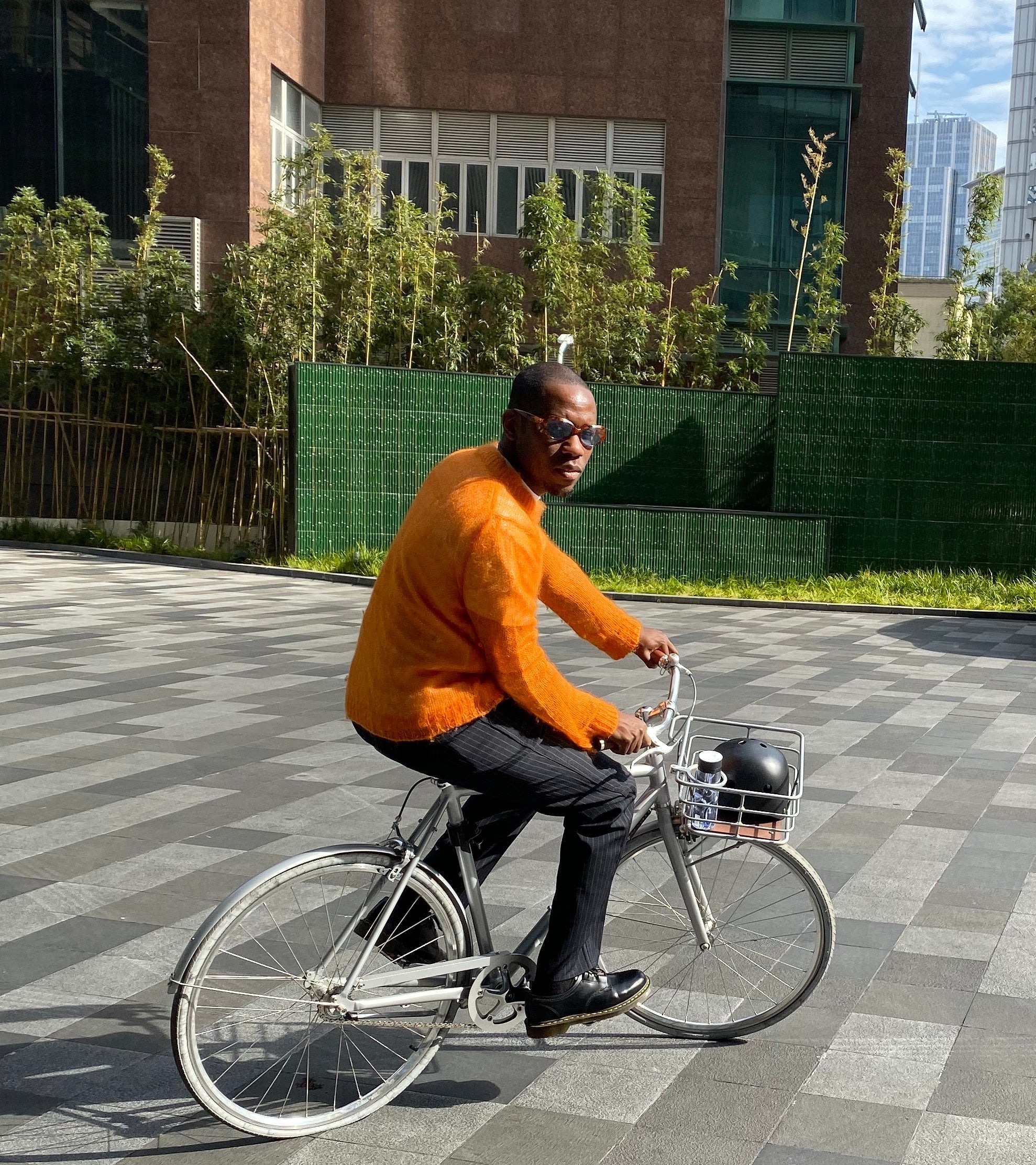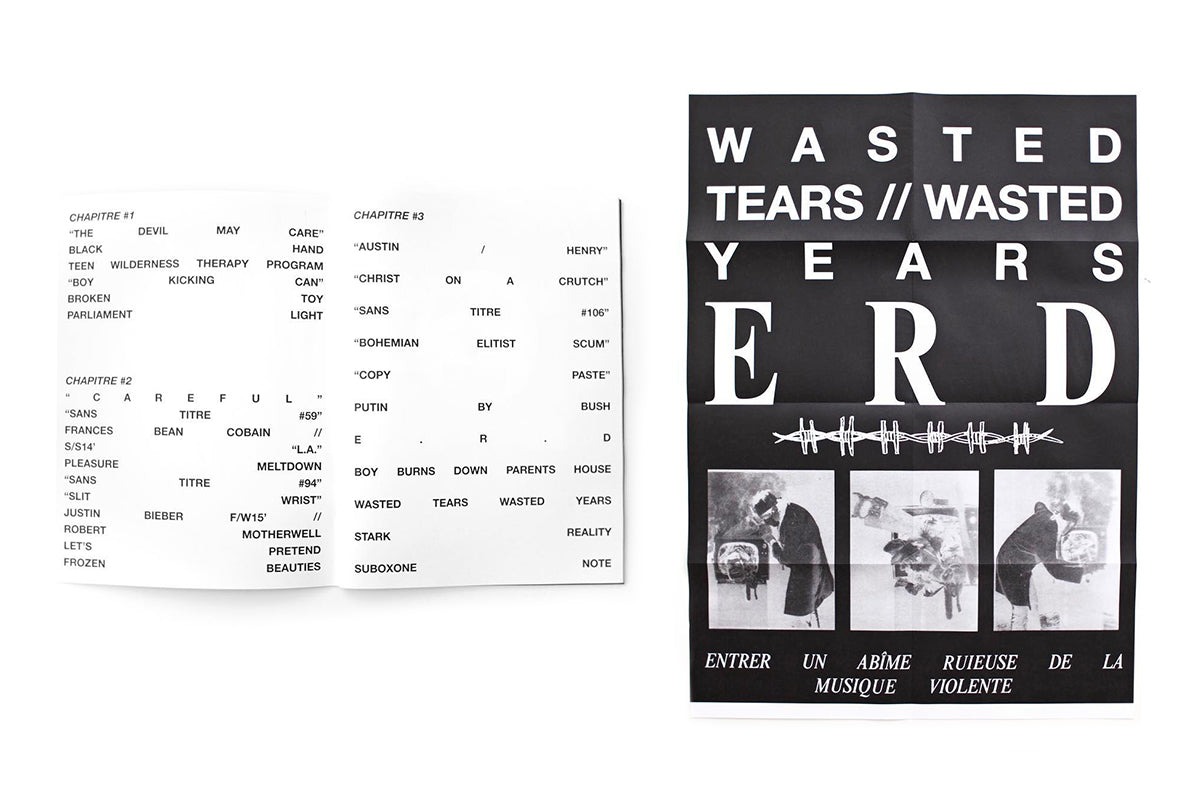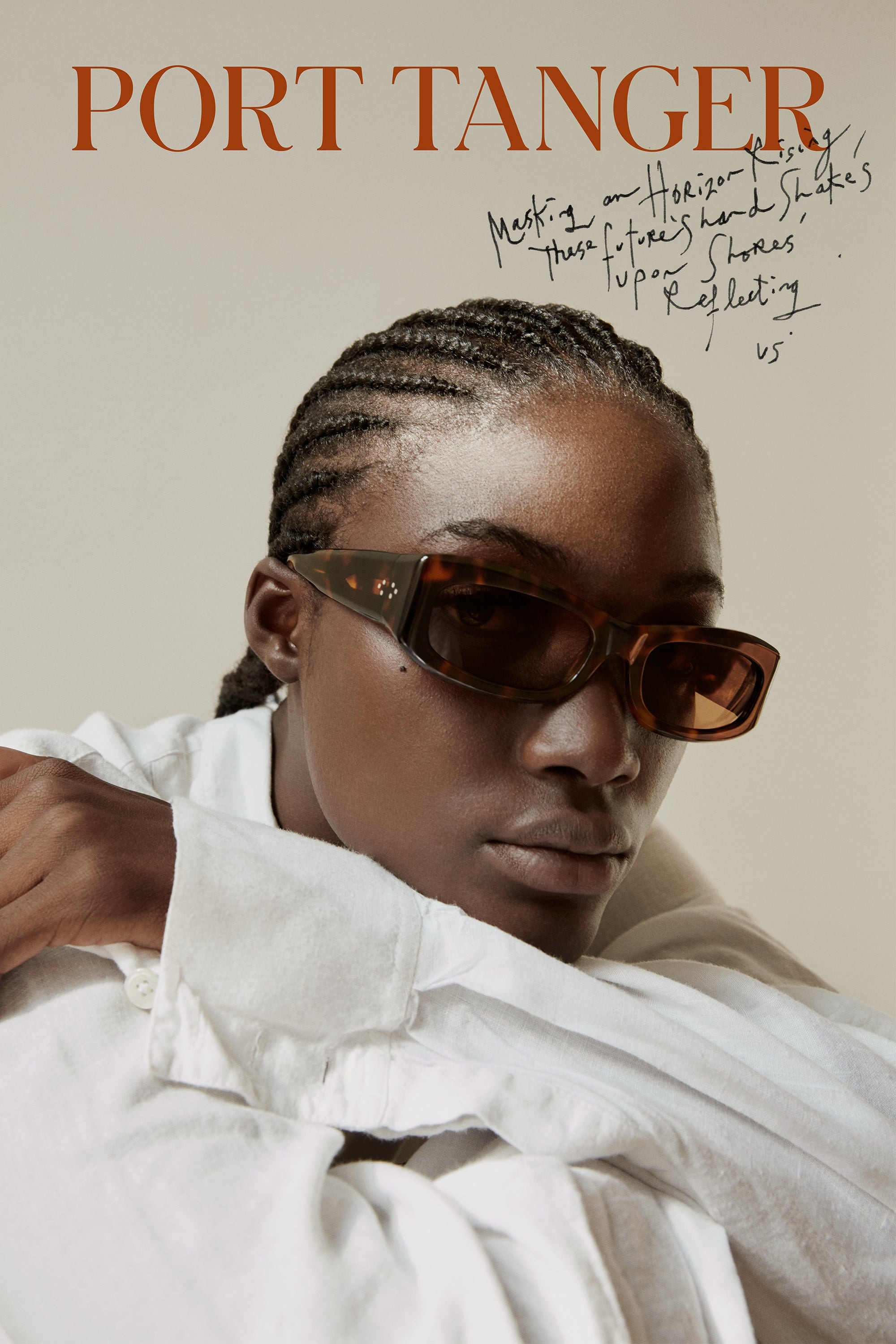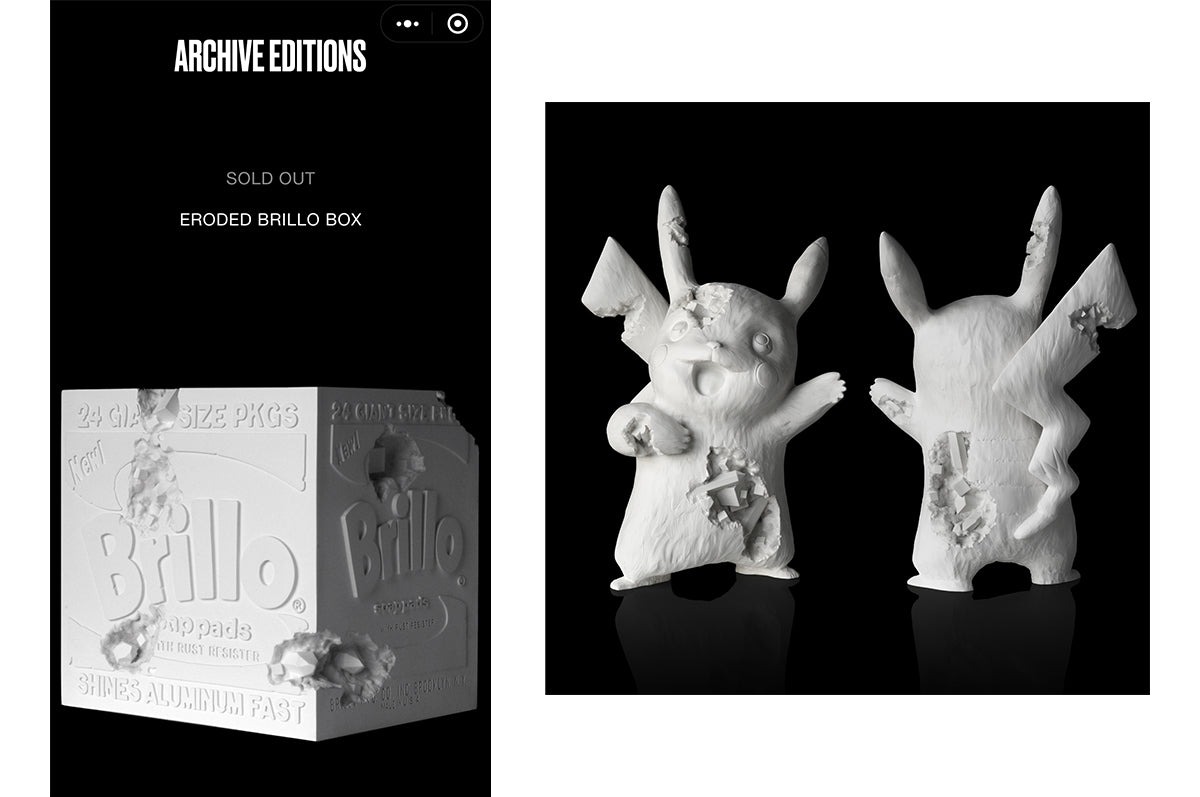So, you’re based in LA right now.
“In Los Angeles now, yeah. I haven’t really gone much of anywhere except for Colorado once to go see my mom. I drove 16 hours."
But you grew up between New York and California. So, is Chinatown Market influenced by both these worlds?
“I would say that Chinatown Market was more influenced by New York City Chinatown. The idea of the stores, the t-shirts, the rapid commerce that happens. Not just the idea of bootlegging because I think that’s just the easy scapegoat of what Chinatown is. There are so many clever, fun, and amazing things that come out of these marketplaces that were always so interesting. Every day I'd be on my way to school or work and I’d go to appreciate the amount of different things that were coming out of these places. Every week, these dudes would have a new pun t-shirt that made fun of the most trend-based, new age thing. They were just on it, but they weren't getting the credit they deserve. So, it was kinda like a funny moment where I took a step back and thought ‘You know what? Some of these shirts are some of the most classic shirts ever’ because we’ve seen them since we were young. Now even the classic ‘I Love New York’ shirt, rest in peace Milton Glaser, but the other kind of funny ones, ‘I’m with stupid’ or whatever, obviously that one is a dumb shirt forever, bad example, but they’re a nostalgia point and really interesting in that sense."
So, in a way you’re paying tribute.
“You know in the initial creation of the brand, it was the idea of that innovation and that constant creation that really inspired what we do. Looking at what Chinatown Market is today and it’s still what that is. We have an entire innovation lab, all of our kids are in there, always creating new things, we’re constantly putting out new ideas, and there's a new product created every single day. It's truly that kind of spirit that is what Chinatown Market is referencing. It’s not referencing Chinese culture. I think a lot of times there are misconceptions and I have to draw a clear line. It’s a very serious thing to me to be culturally sensitive and respectful of those things."
You’re someone who has seen amazing results from taking risks. For example, the Frank Ocean X Nike shirt. As your business grows, becomes more established, and collaborates with bigger brands, do you still feel capable of taking the same level of risks you once did when you first started out?
“Yes, but it’s also hard to stand out. Even online; everyone on Instagram is influencing each other in a way, and the algorithms push it even further.
I think there are definite risks in a lot of this, but it's a calculated risk. It's the idea of asking for forgiveness not for permission. For any young creative, I'm not trying to help you go bootleg, I'm more trying to say go shamelessly create what you believe needs to be created, and if you believe it needs to be created then go make it. If it needs to be made, then it needs to be made. I put a swoosh on a pair of Converse and we didn't make it so I could sell thousands of swoosh Converse, but it ended up on Lebron James. He wore it before the finals last year and it became this crazy moment and it was literally just a funny idea. I'm not the first one to do it actually, but it became a thing we’re now known for."
Are there any projects you’re particularly proud of?
“Honestly, this last one is the most proud I've been of a project coming together and being executed at the highest level. It was this Grateful Dead project we just did. Basically, we did everything, we bought a 1969 VW campervan, we got a guy to fully gut it, wrap the whole thing, fully custom, the entire interior was done too. It was one of these moments where we planned to essentially recreate the Grateful Dead experience where you go to these different spots and you can experience the music and buy this bootleg merch. The whole idea was how can we do that now during Covid-times? Go get a parking lot, only allow a certain amount of people, bring the van out and create an experience. I think with the Grateful Dead though it was also because...and I hate to keep saying Lebron James, but...Lebron James wore the stuff before one of the games again recently and it created a huge moment for us. I think being able to work with these iconic properties, as a brand like Chinatown Market while sure we're growing and building a bigger fan base or whatever, we're still tapping into a totally new crew of people that have never seen us before."
You seem to really want to empower young people. Why is that important to you?
“The biggest thing to me, beyond just empowering the business side, is empowering these kids to make decisions, to step up and say stuff. When I was coming up, no one wanted to hear my opinion and no one wanted to get my thoughts, it was like, you do what we tell you and if we ask you then sure say something, otherwise shut up and go over there. While as our company grows there is a little bit of the ‘shut up and go over there’ because you can’t have 100 voices in everything, I do believe we created an environment where we have a team meeting every week, everyone submits an idea, we have a challenge, there's an ability for someone to walk over to the design area and say ‘I have an idea to do this’ and literally the next day we have a sample of it. To me, that’s the beauty of what we do. Anyone can affect our business. One of our warehouse kids came up with a t-shirt idea one time and we sold hundreds of units of it, and so it's like a beautiful moment where we were like ‘Yo dude, amazing! You literally came up with this in a team meeting and now look what happened, the shirt is real and now you can see your idea went from concept to creation."


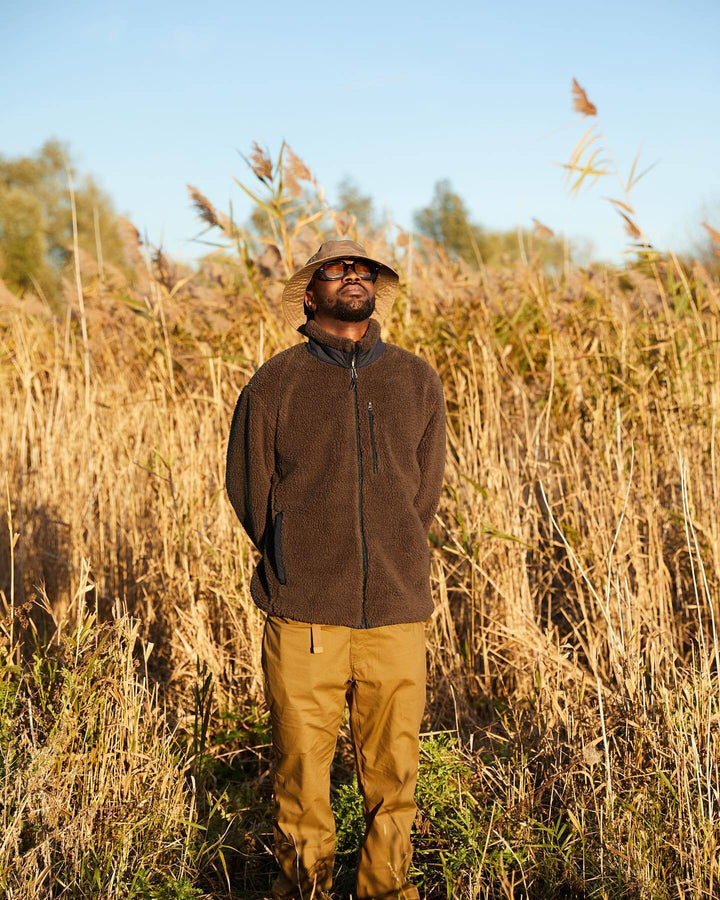
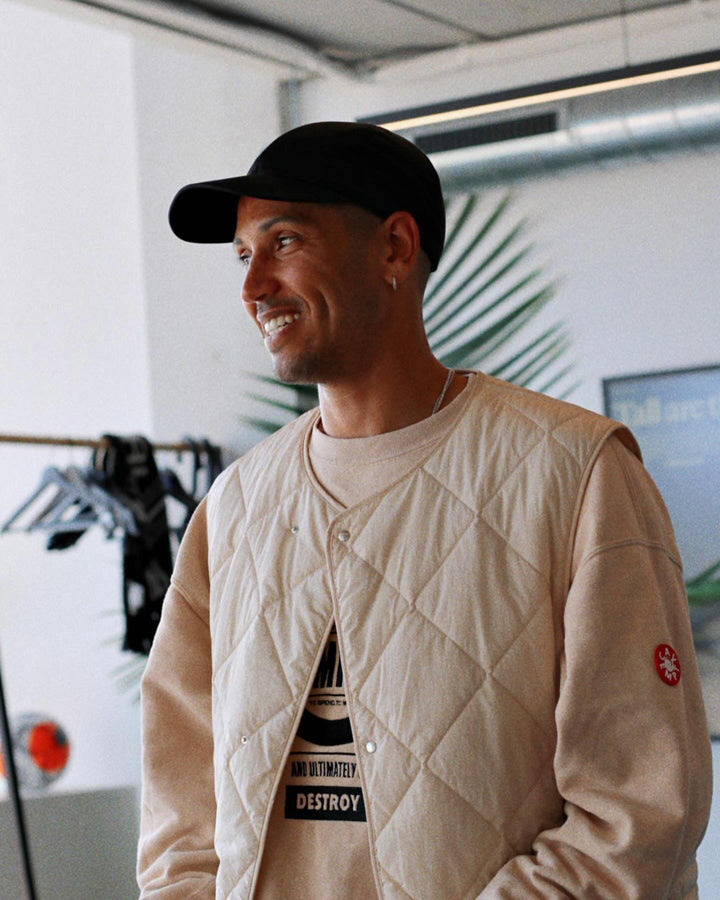
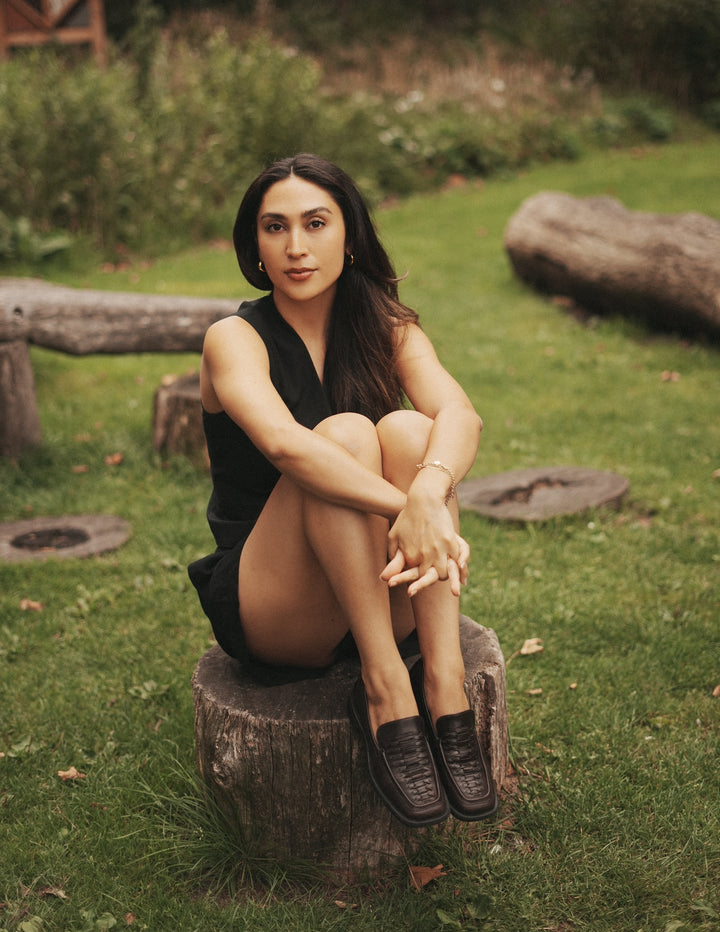
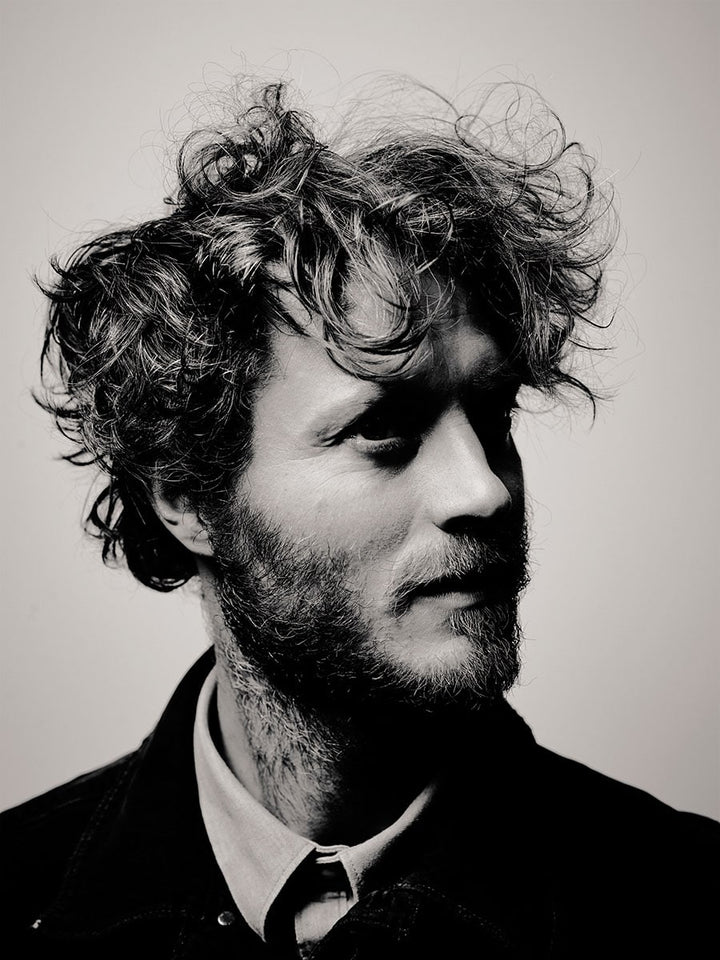

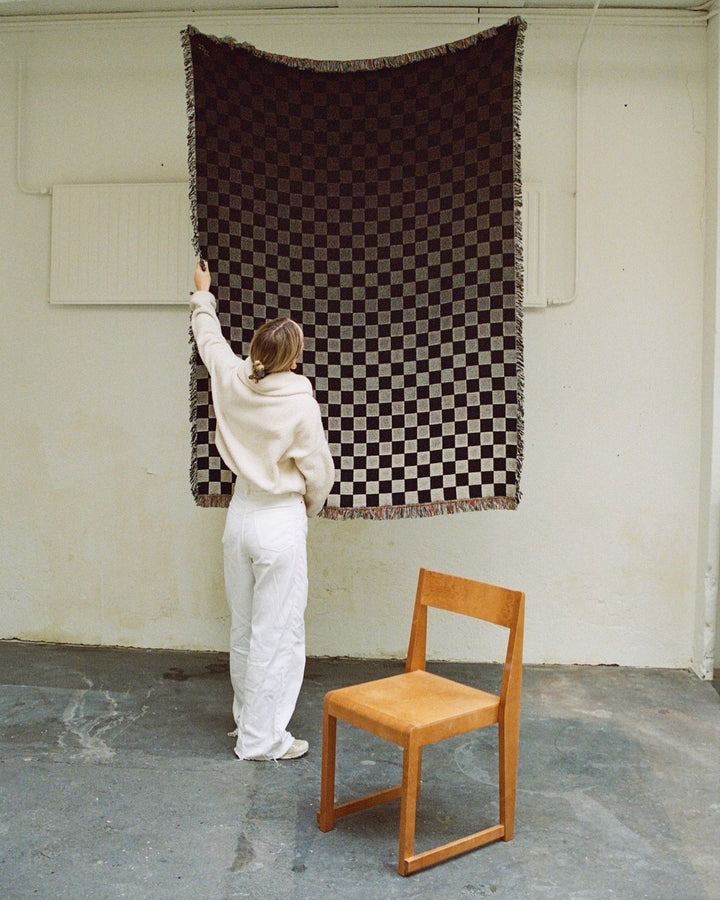
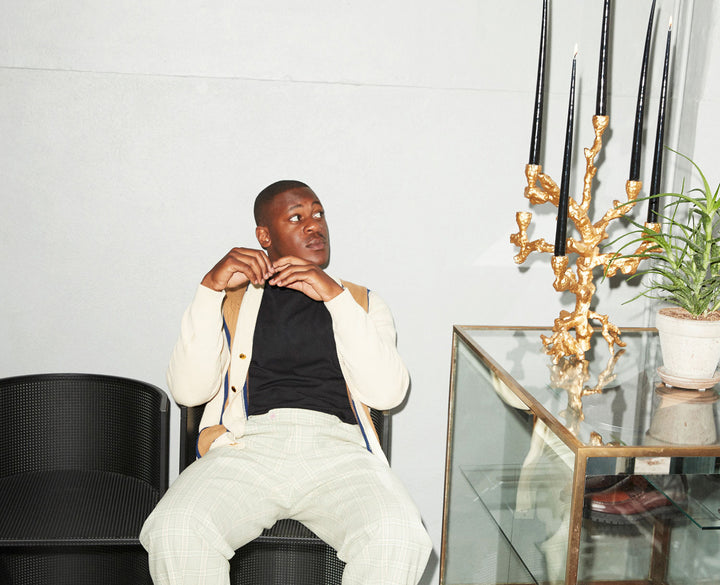
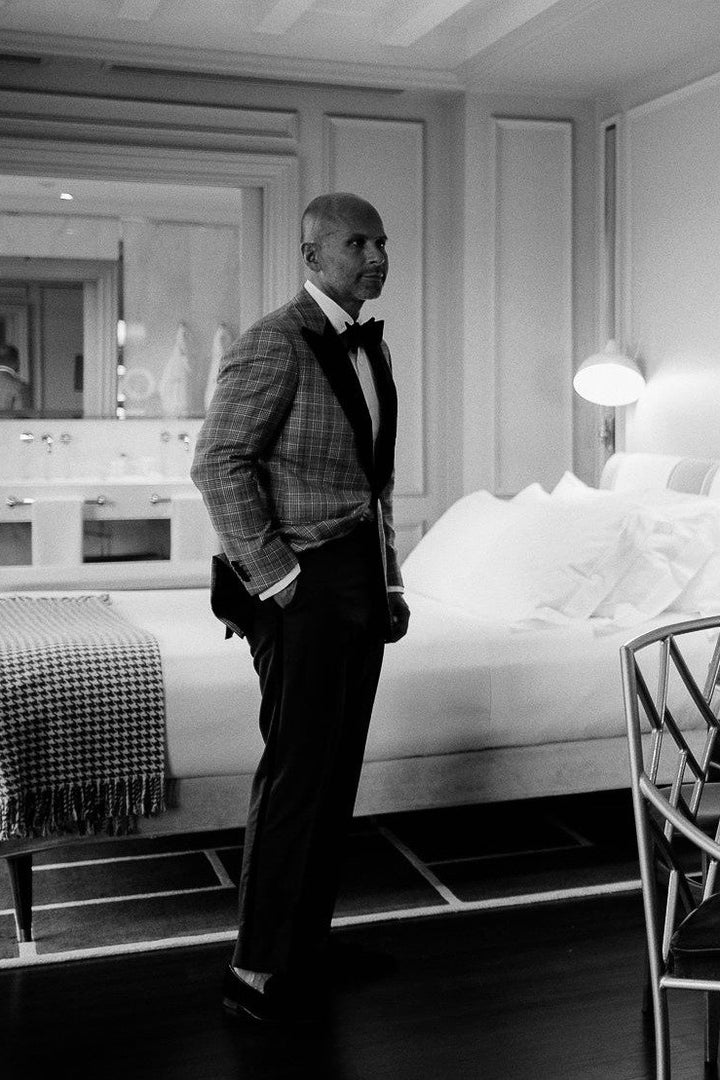
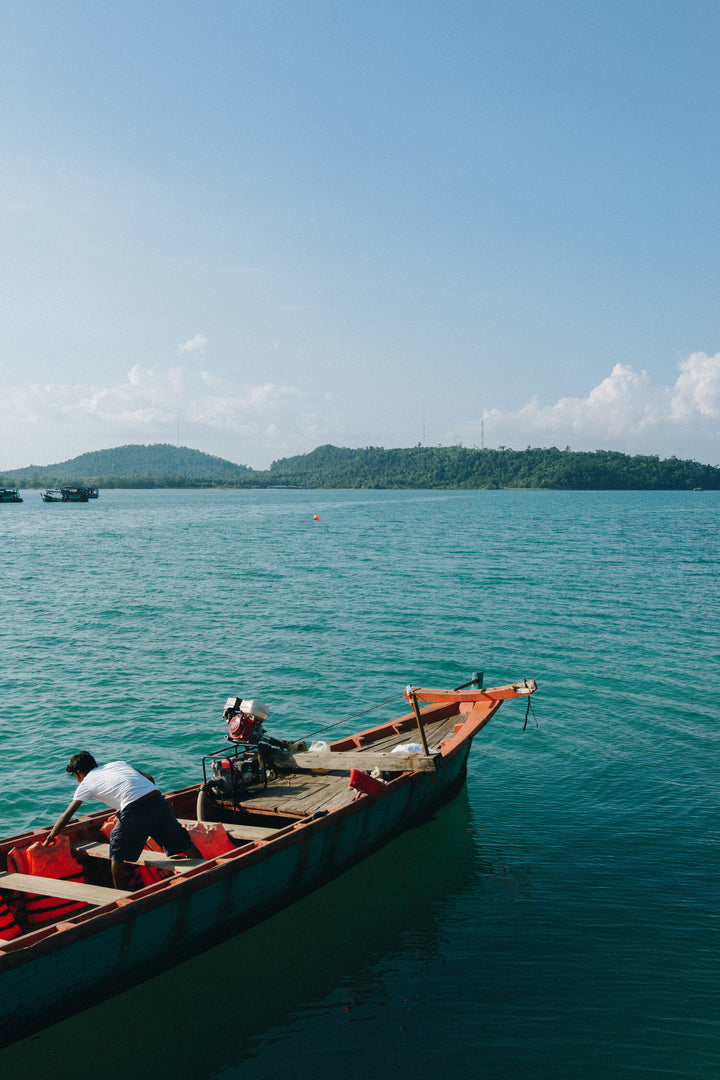
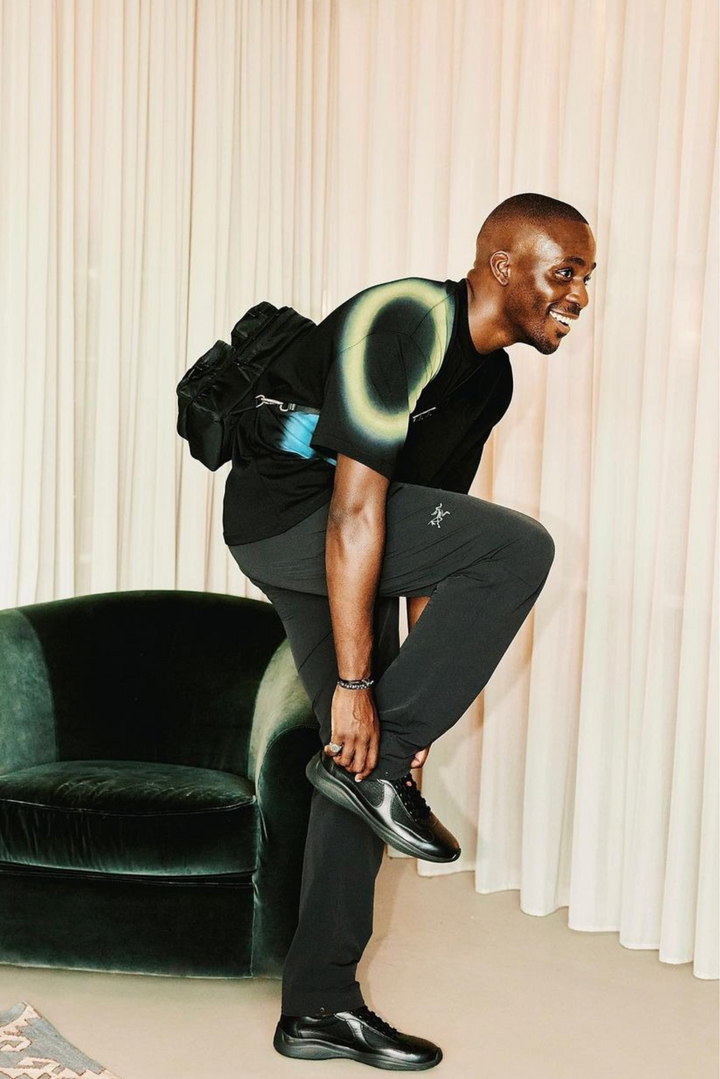
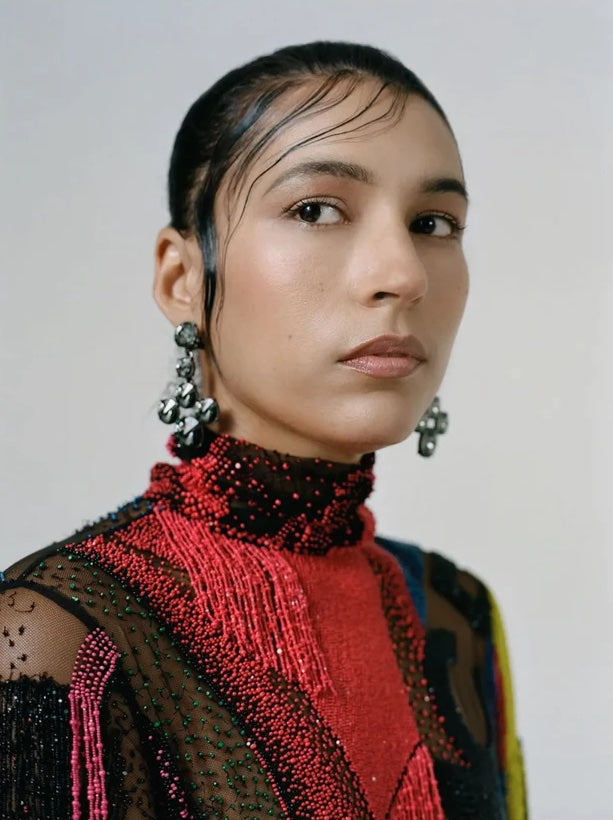
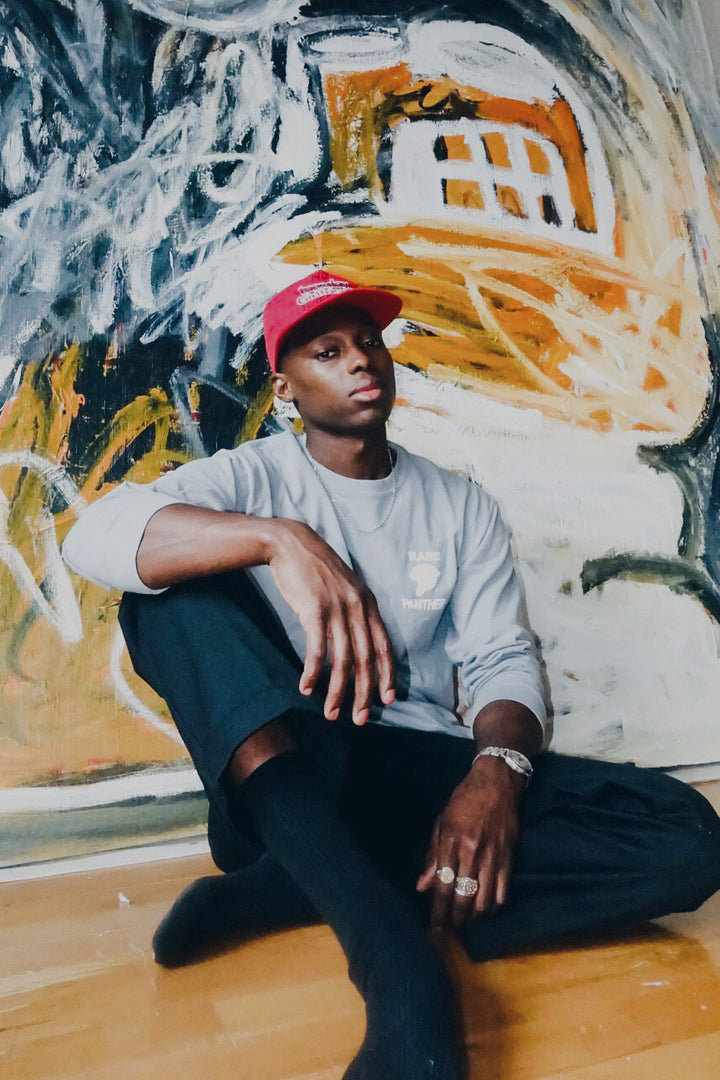
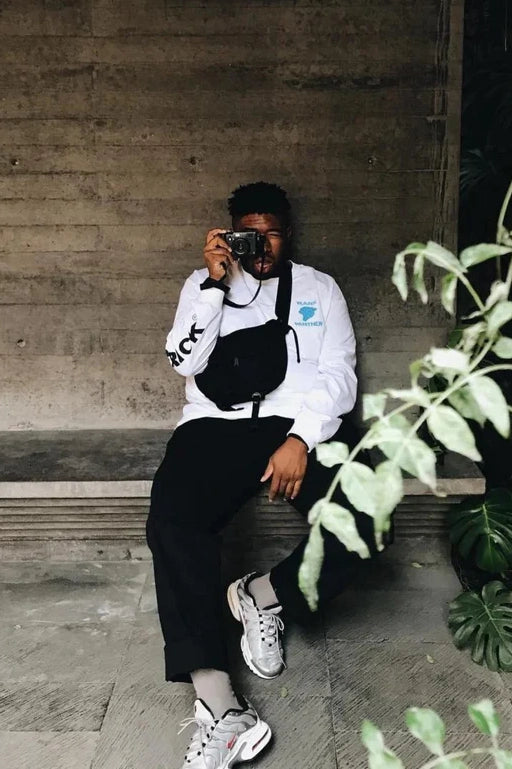
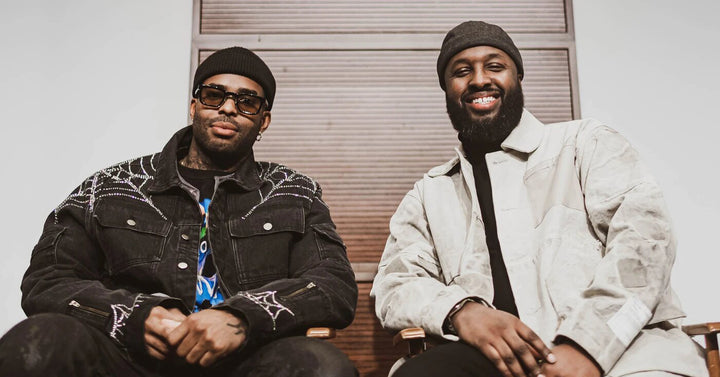
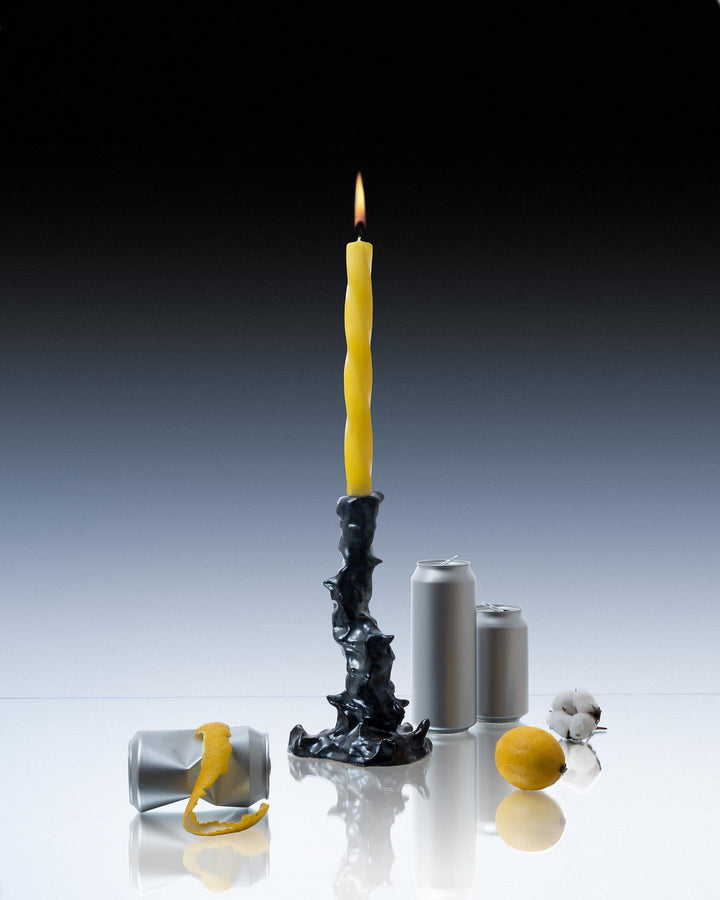

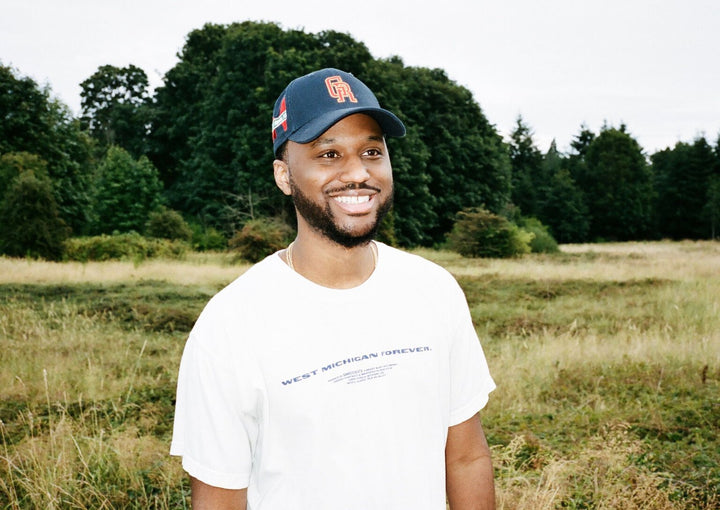
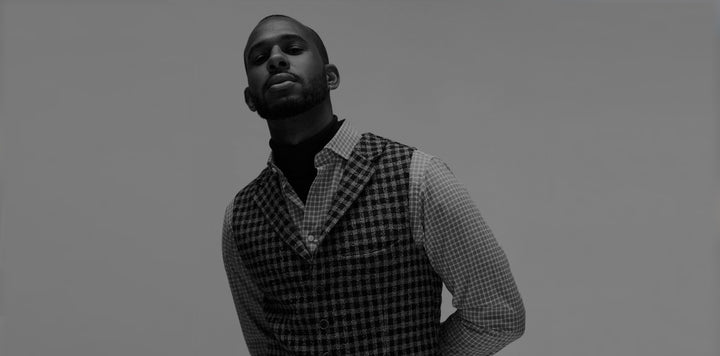
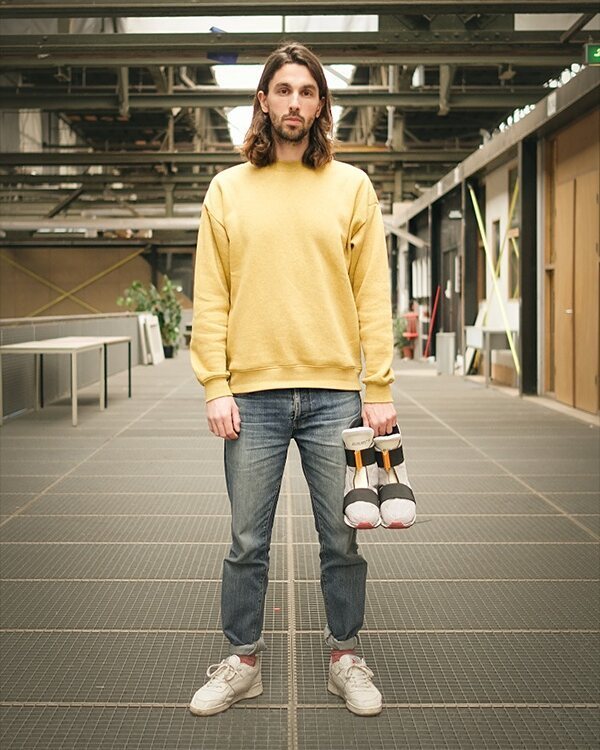
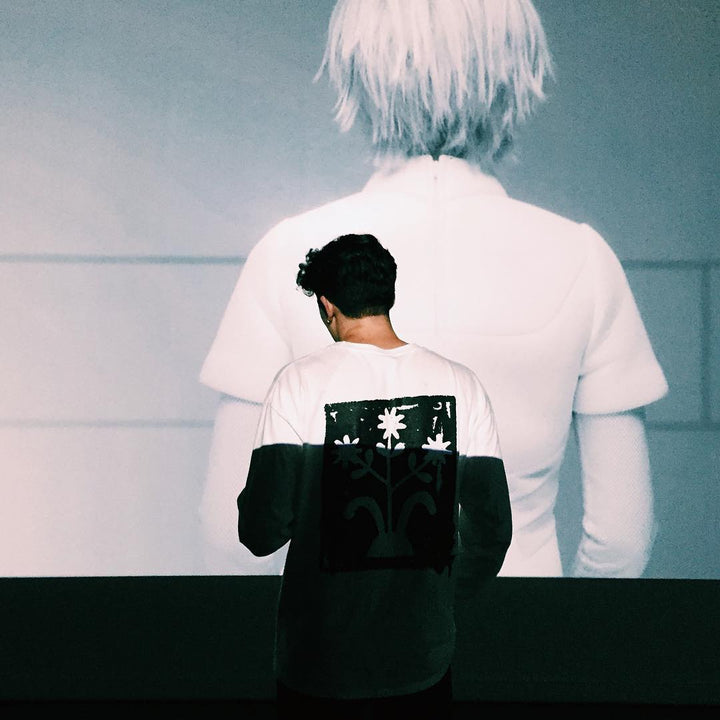
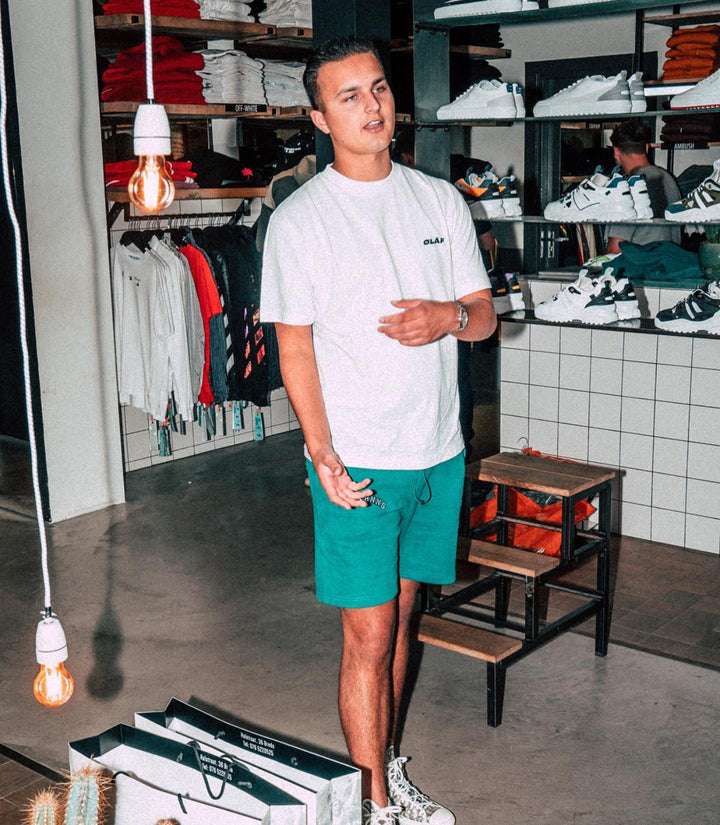
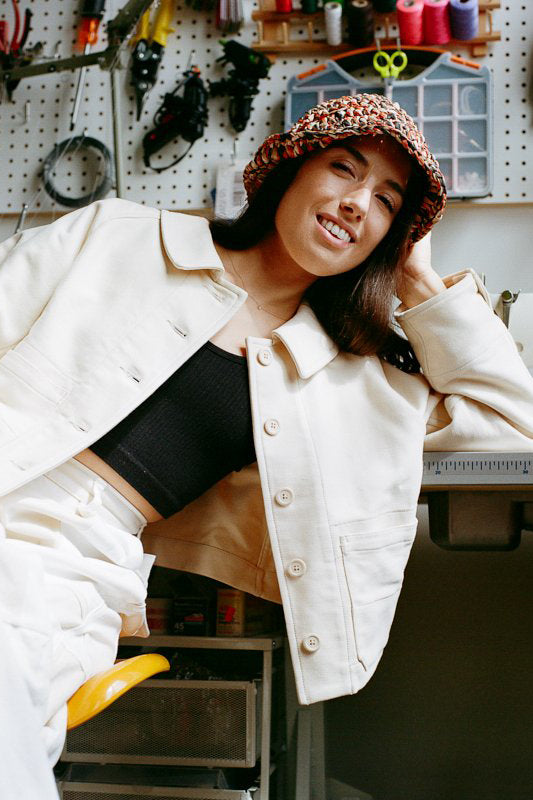
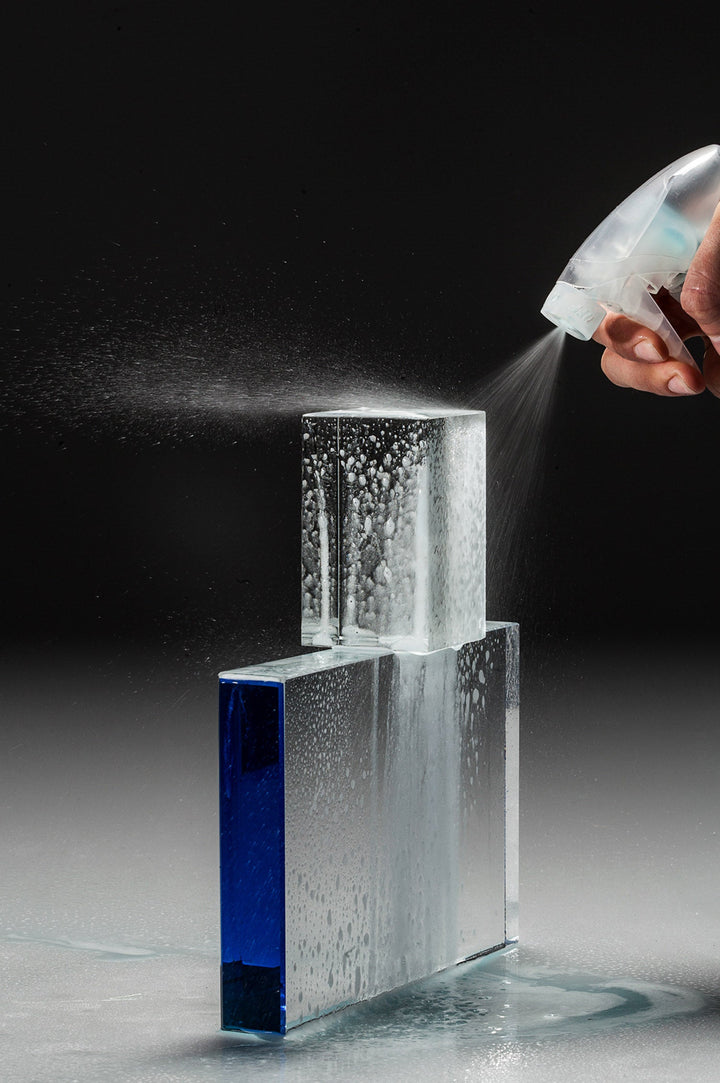
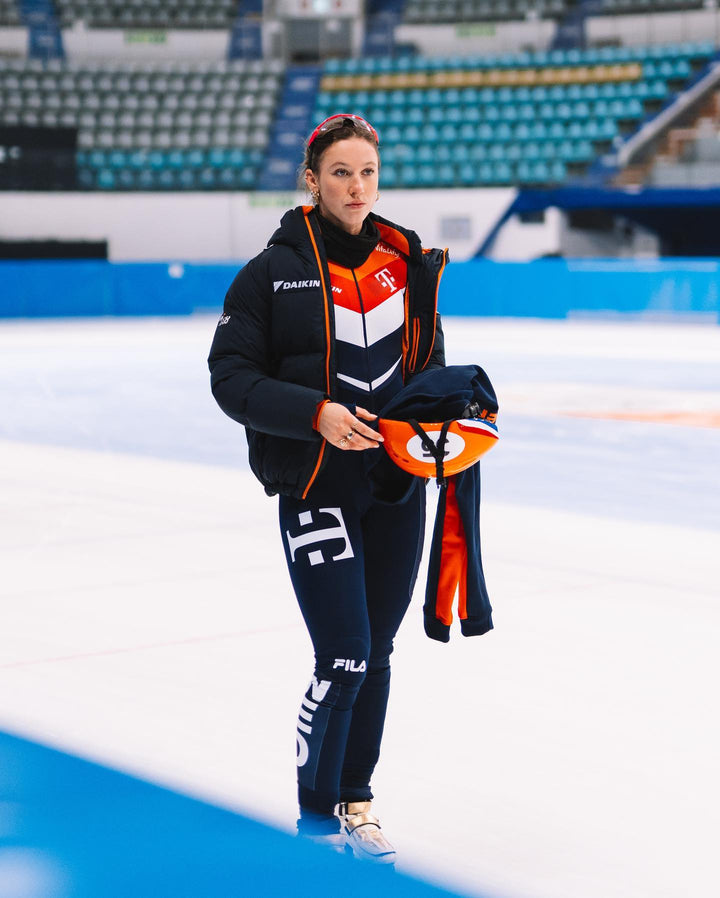
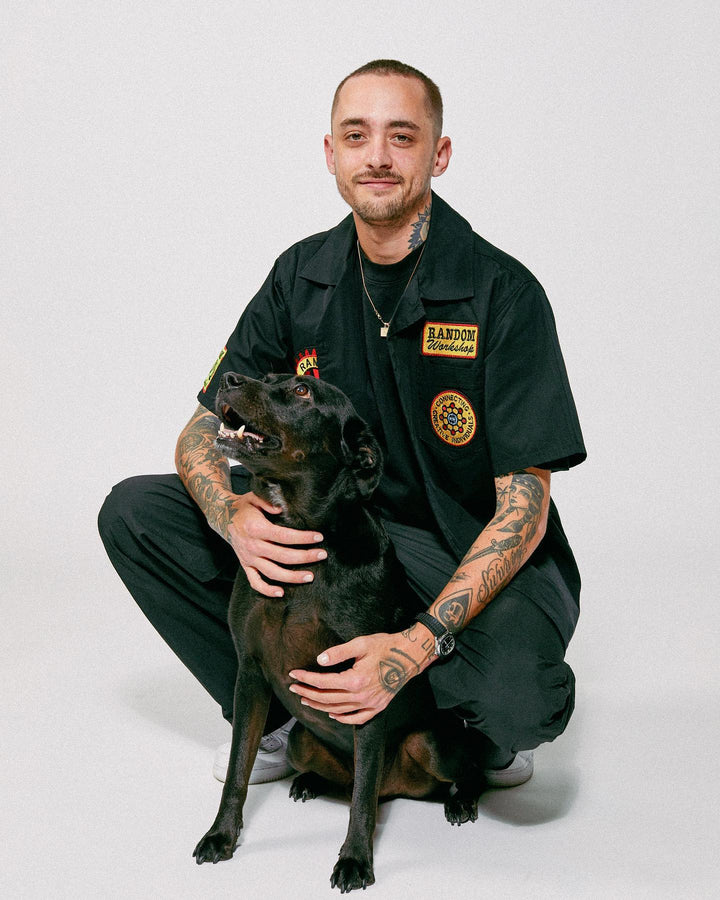
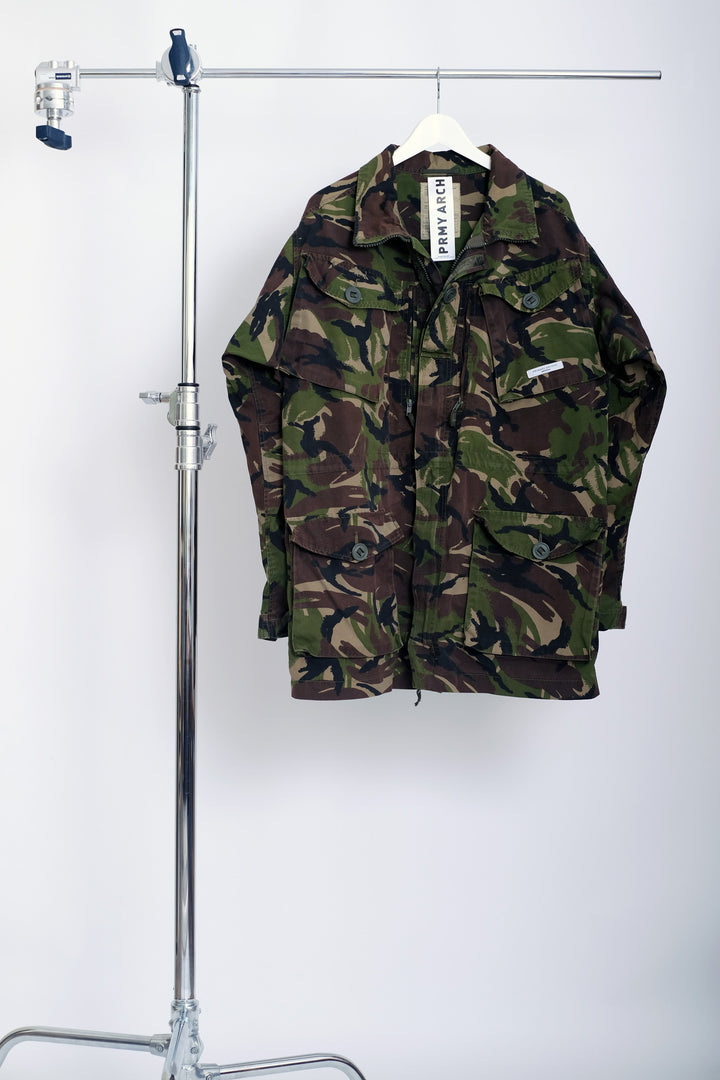
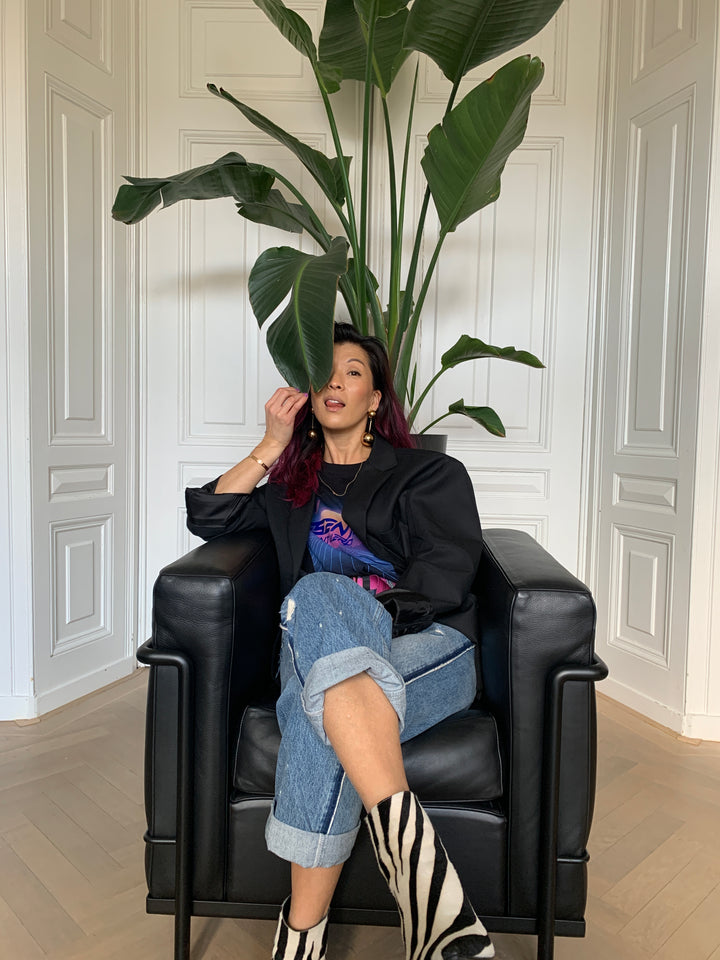
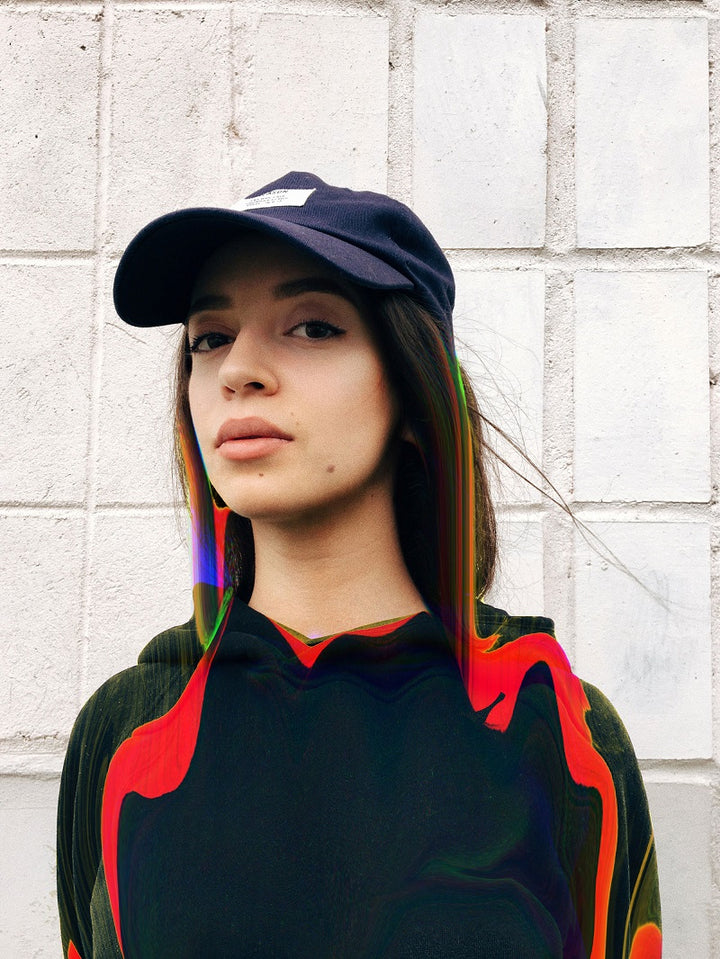
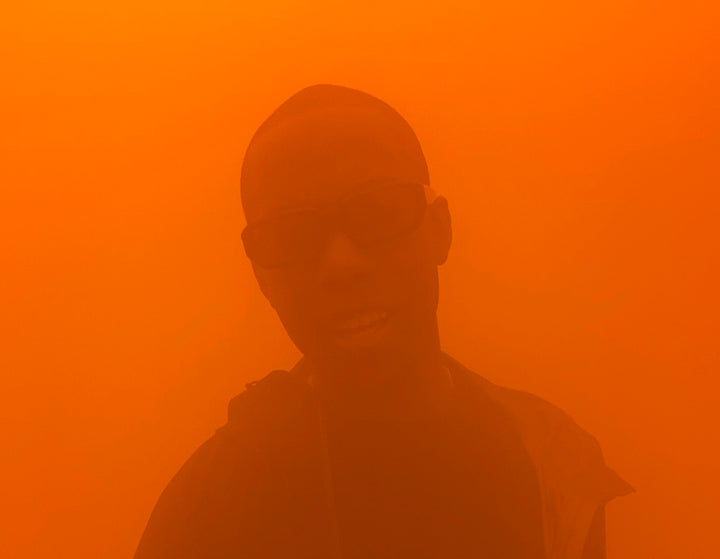




















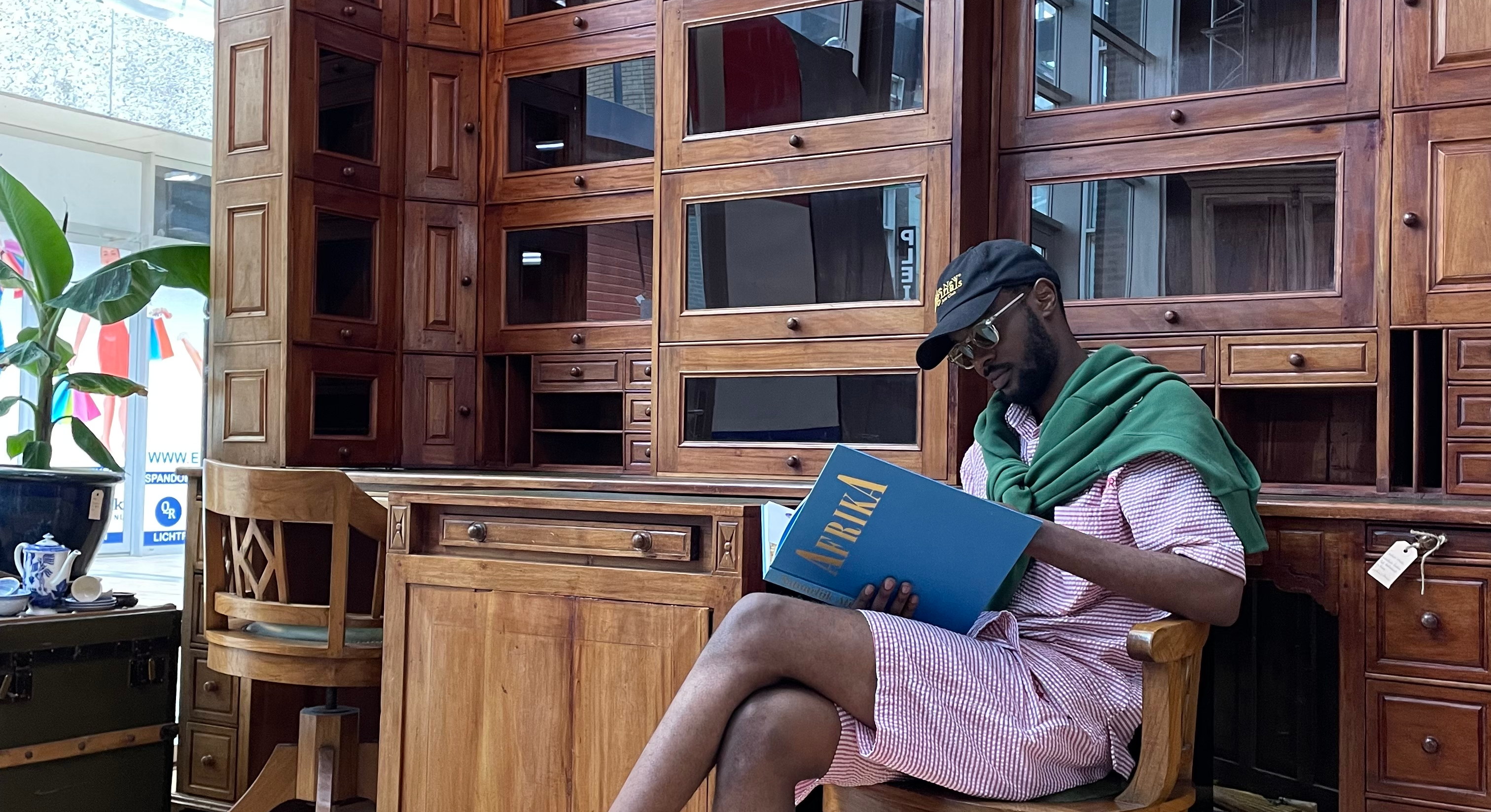
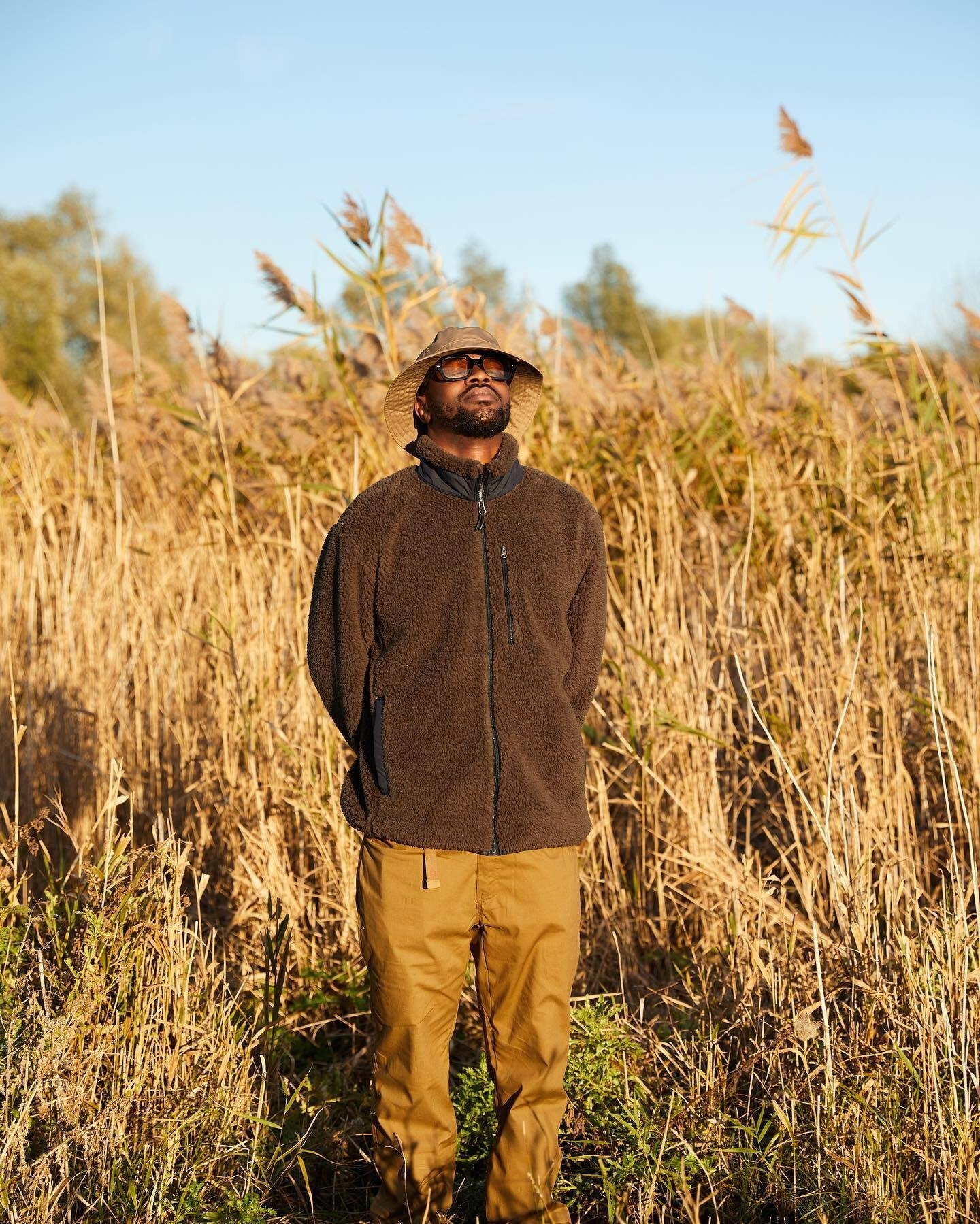
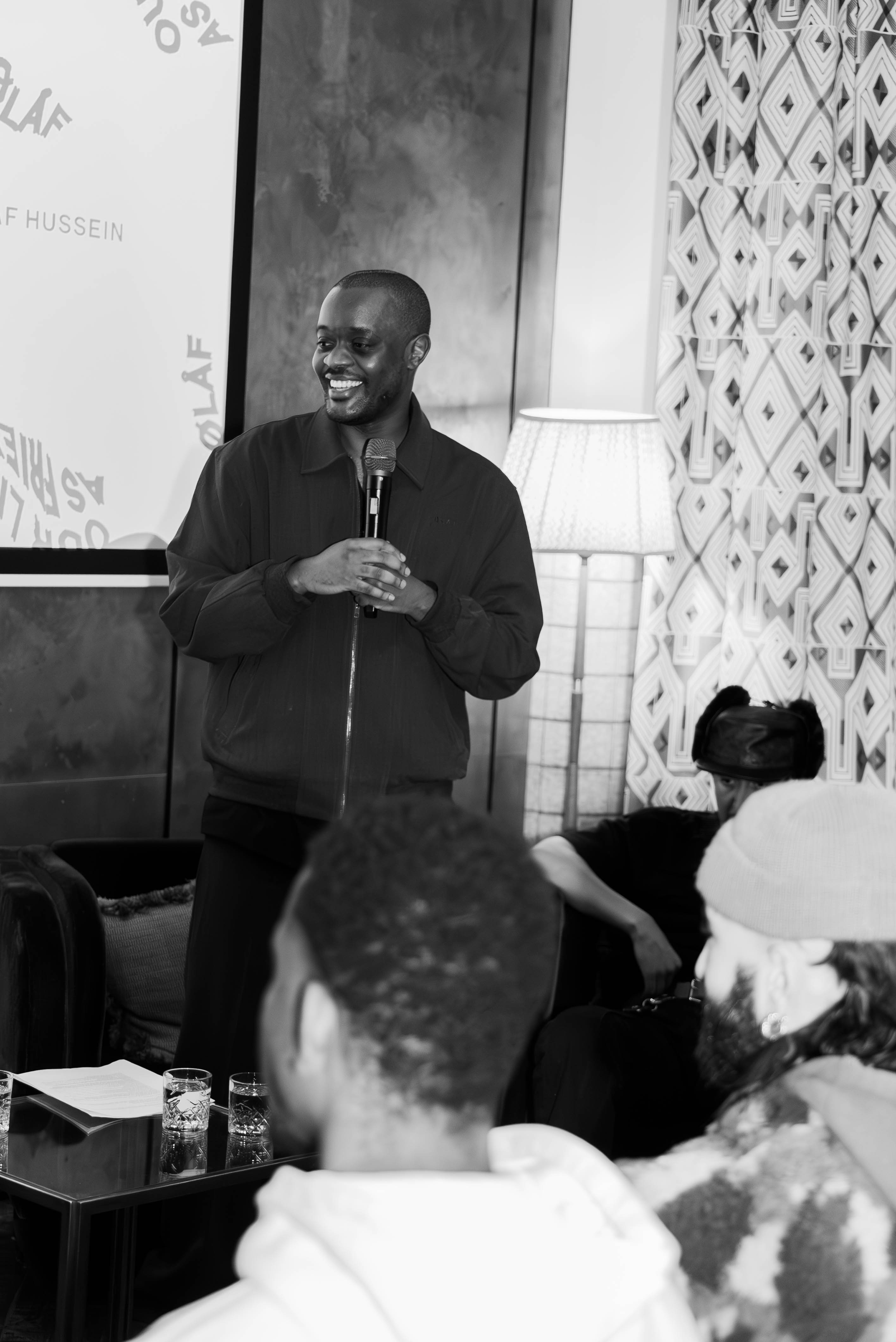
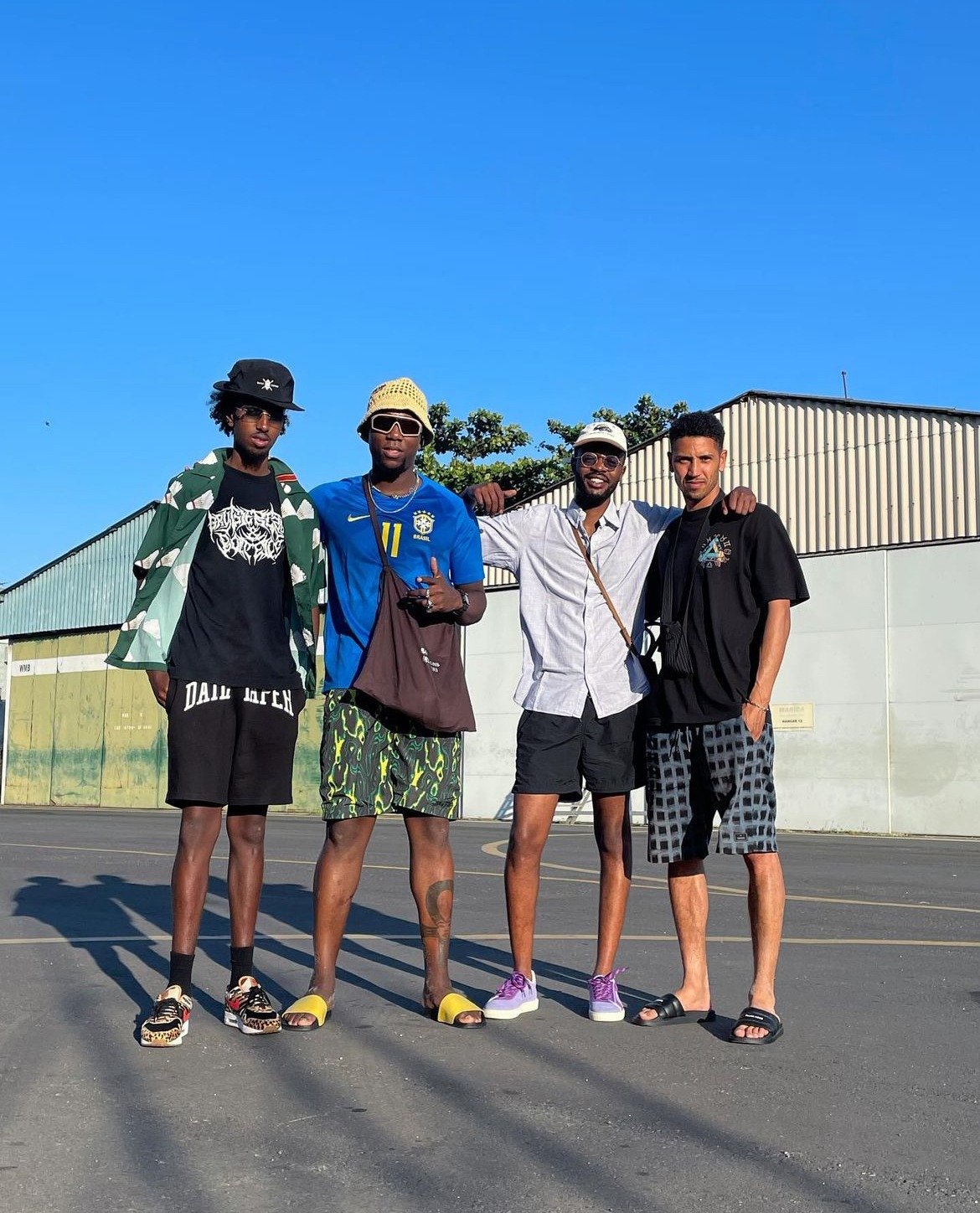

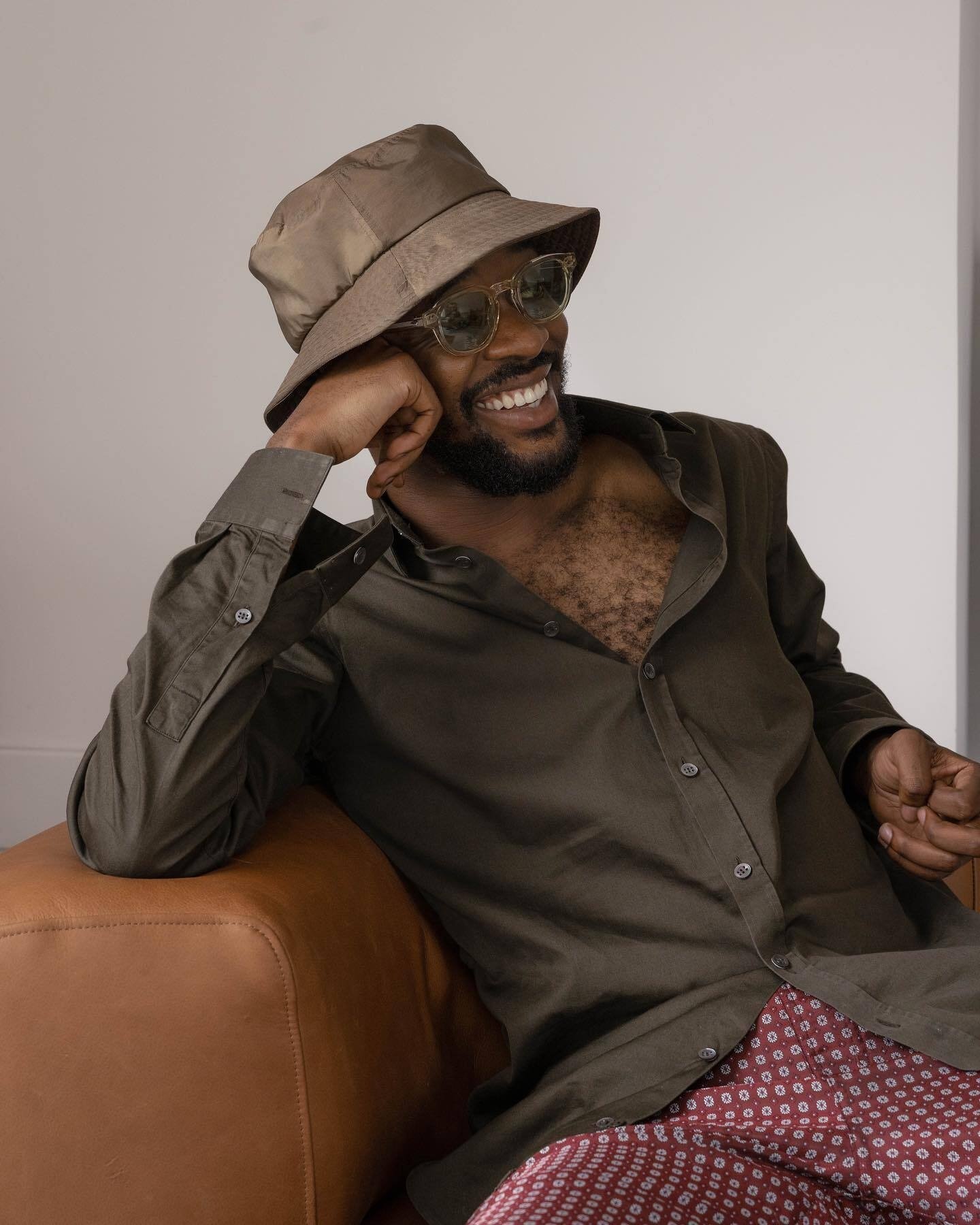
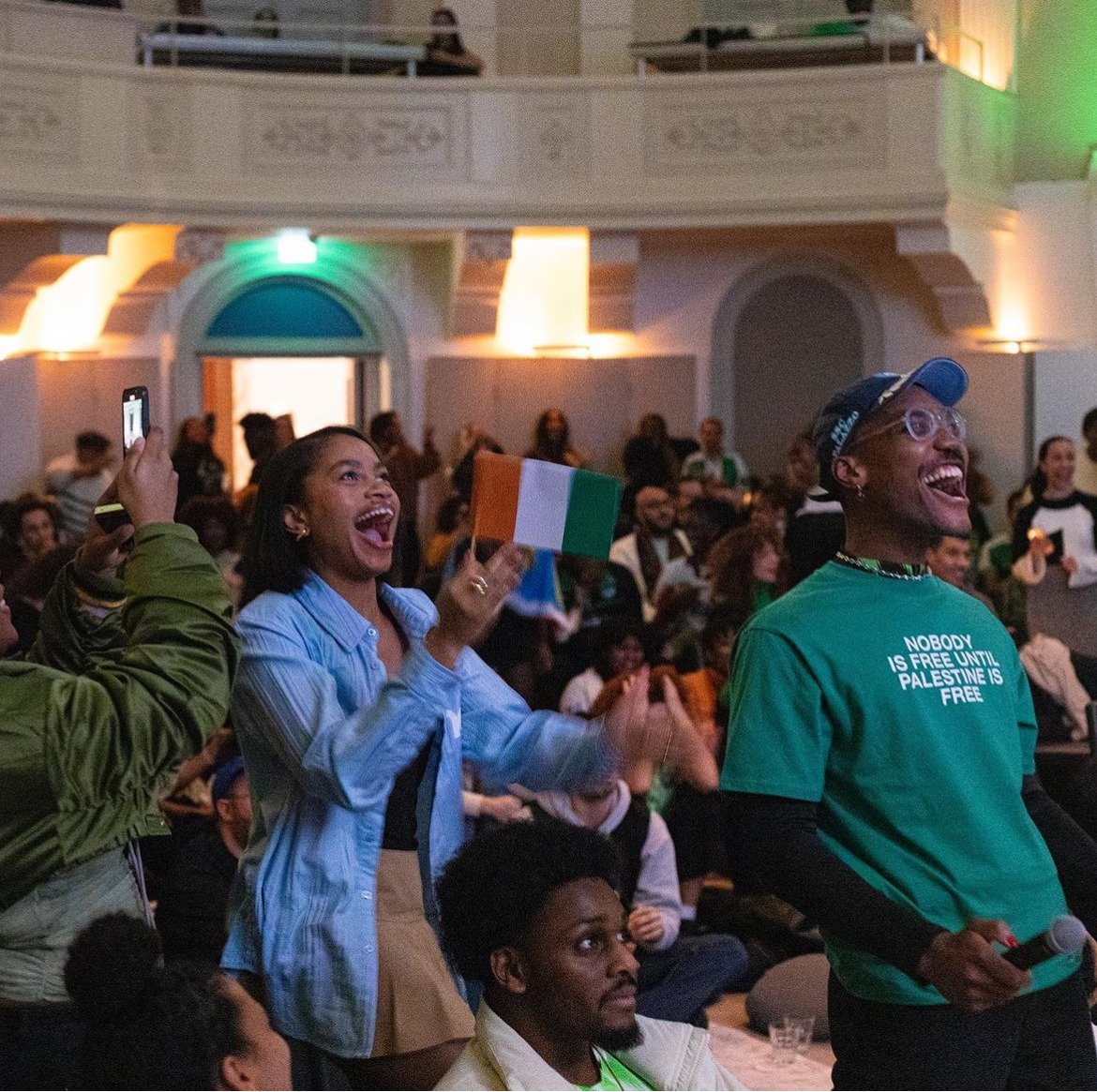
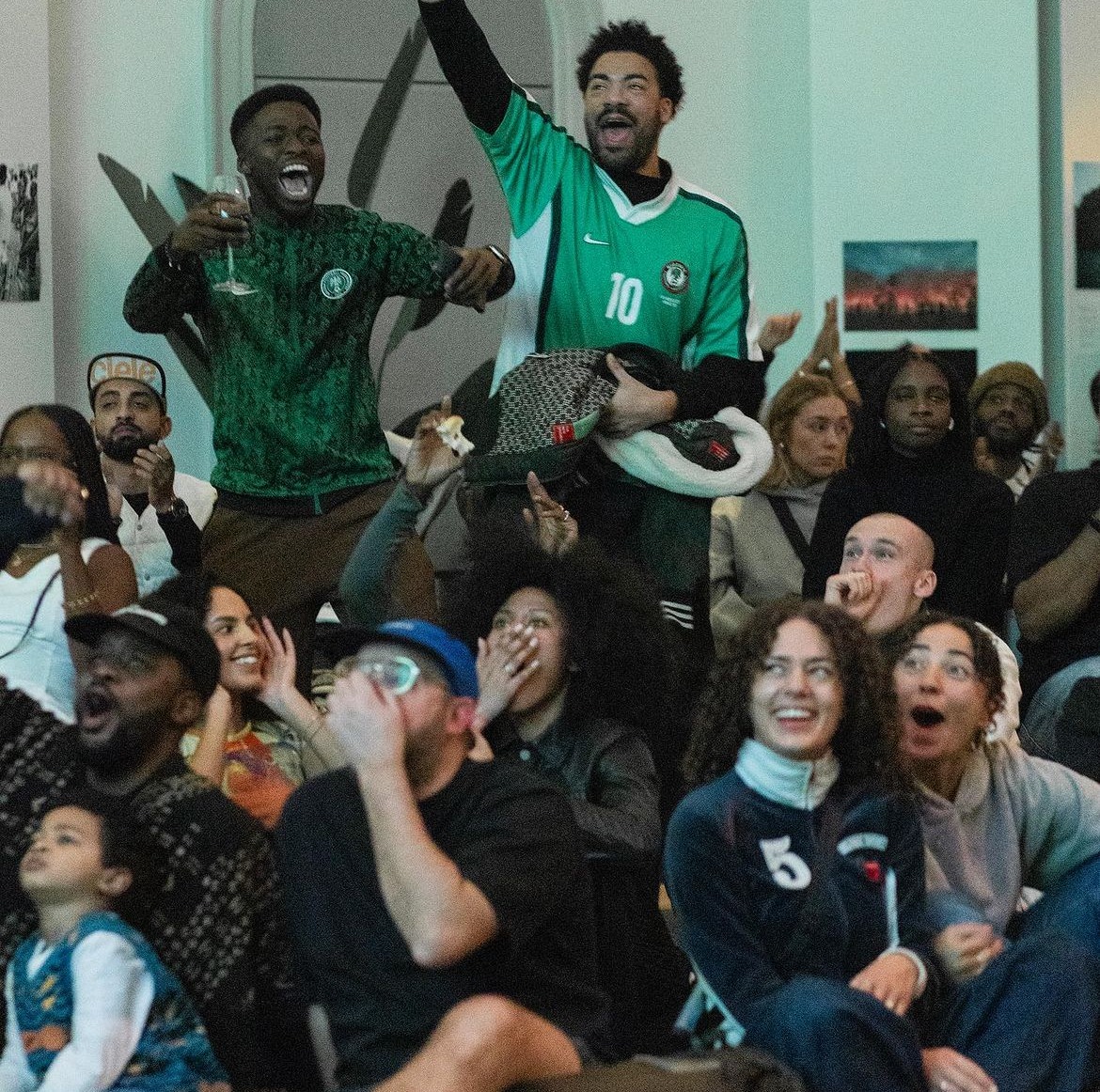
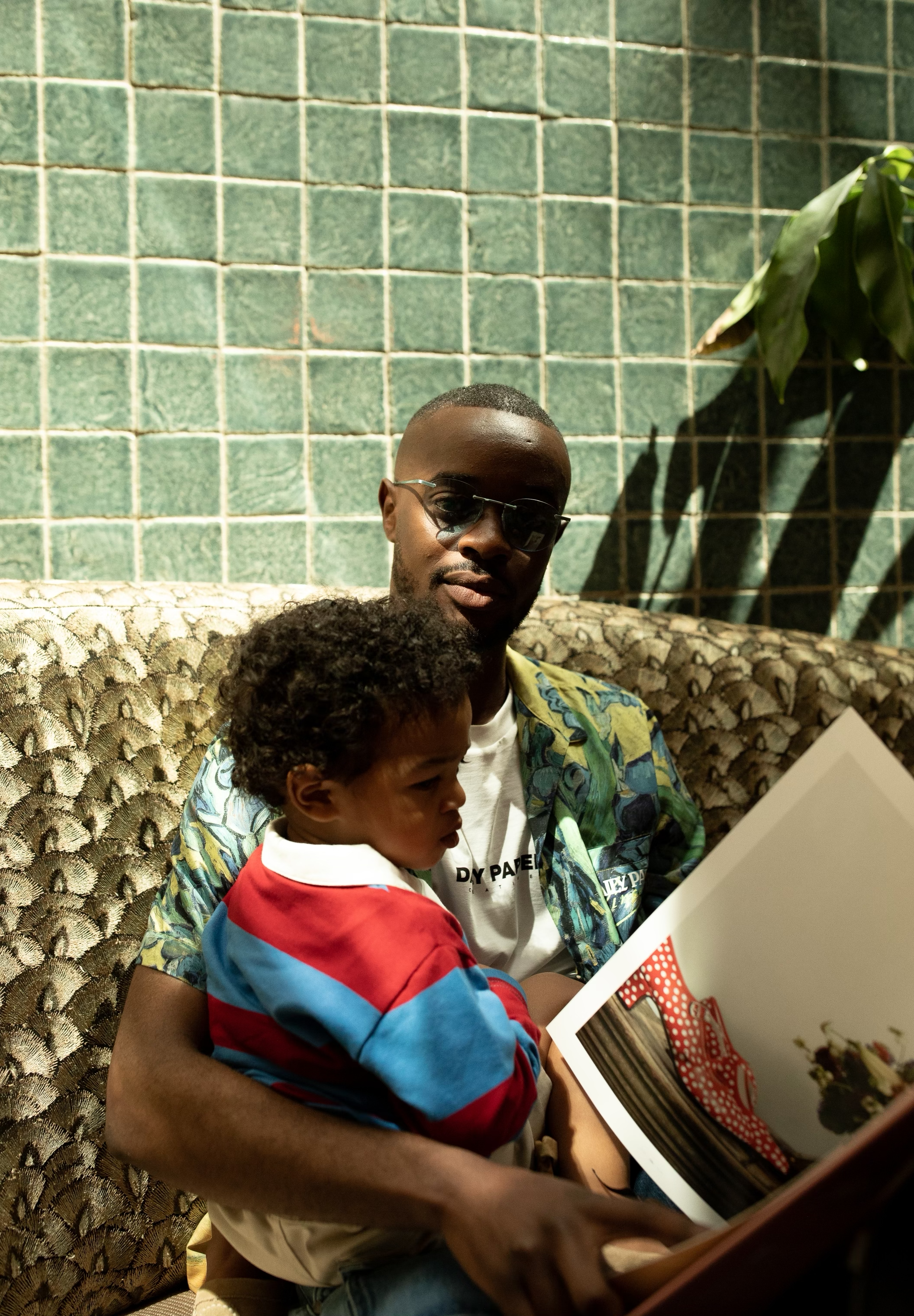



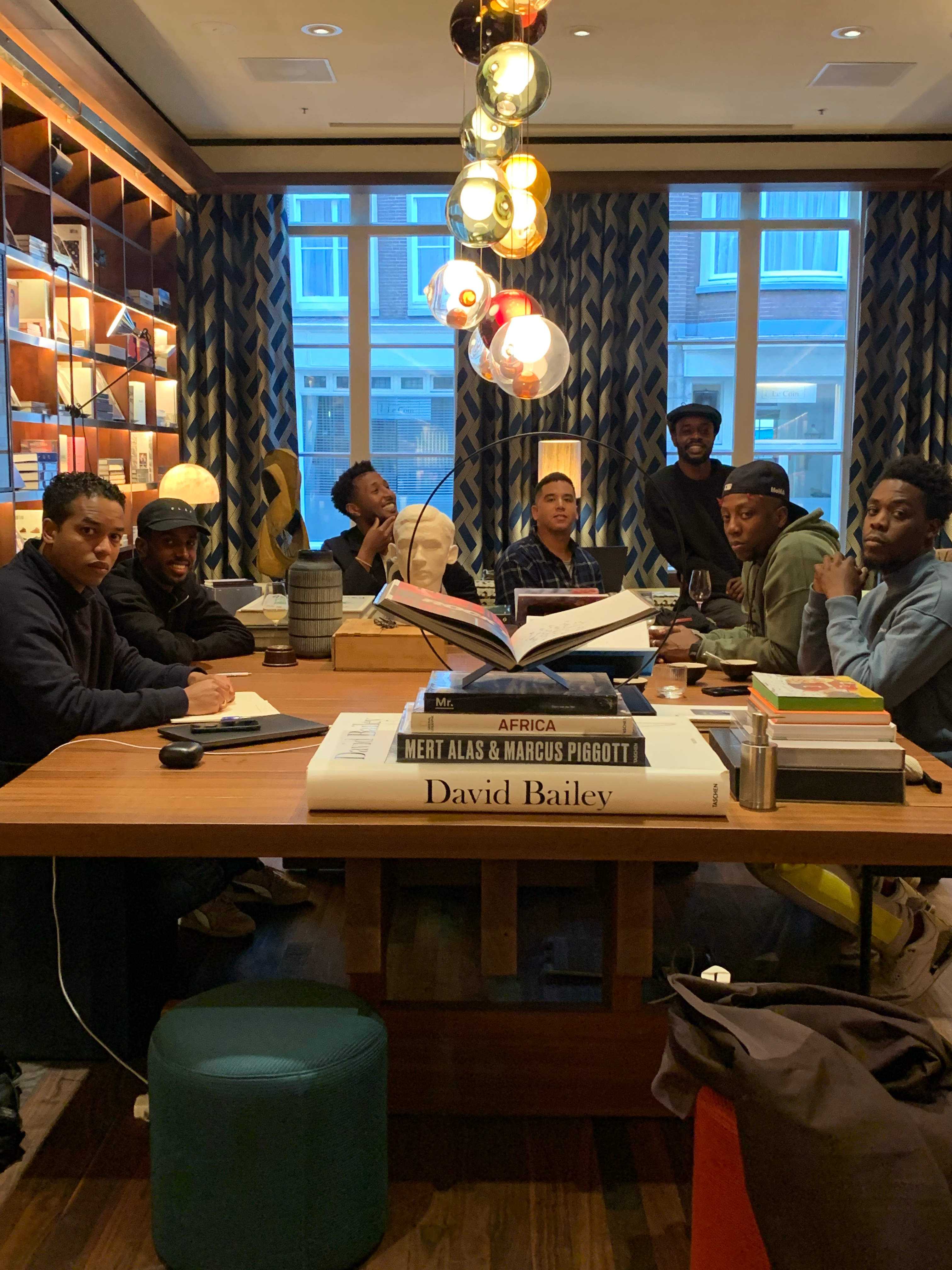


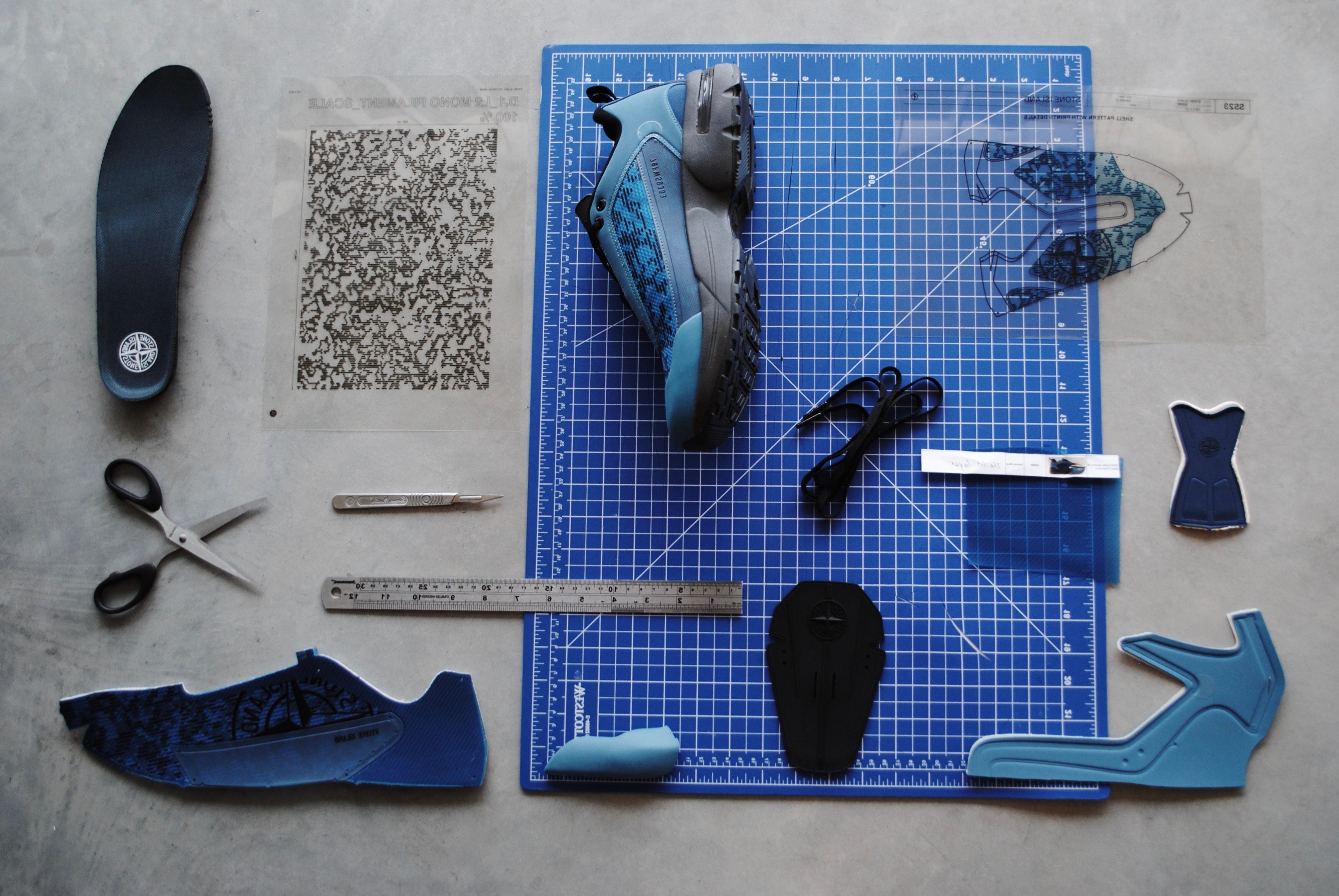
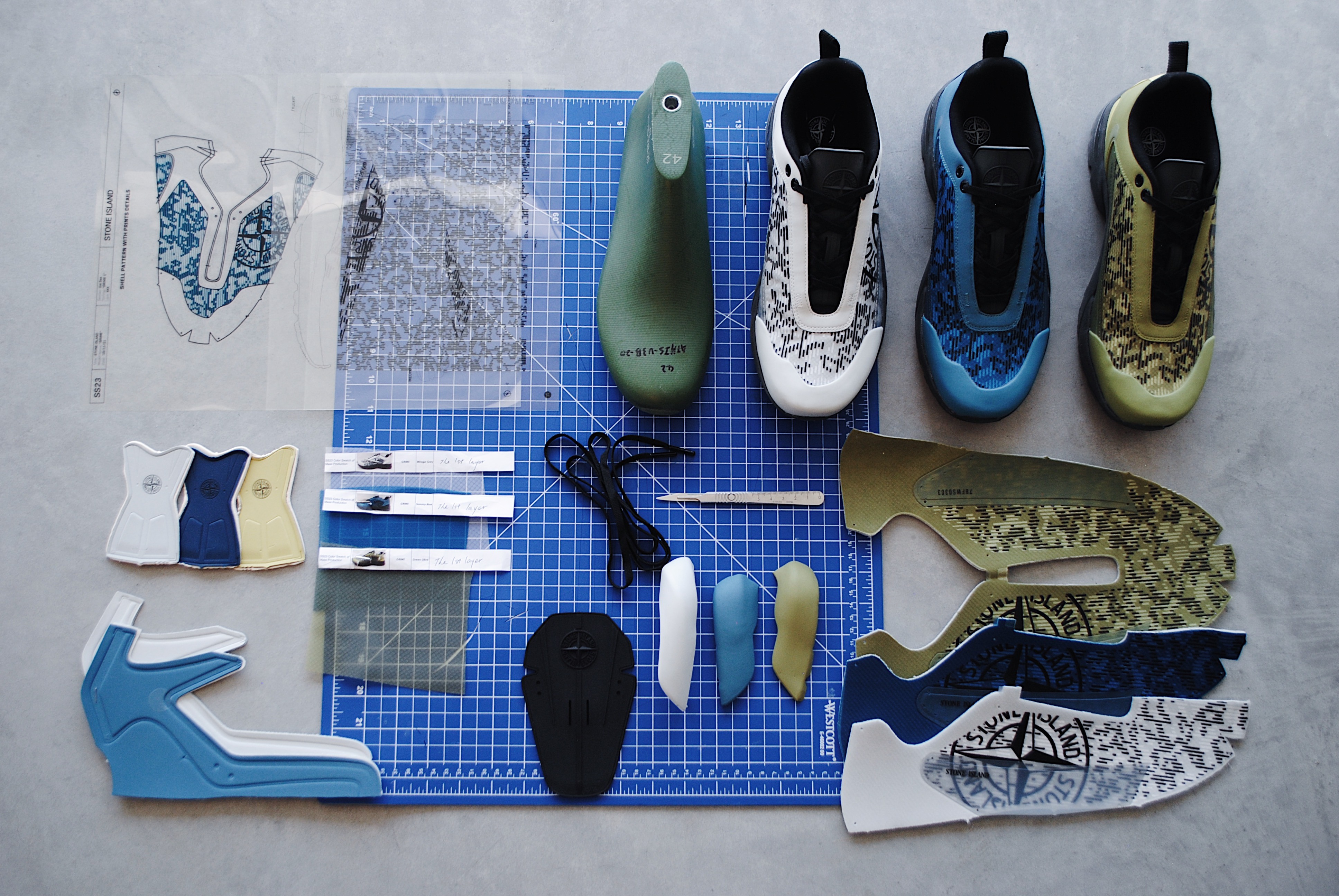


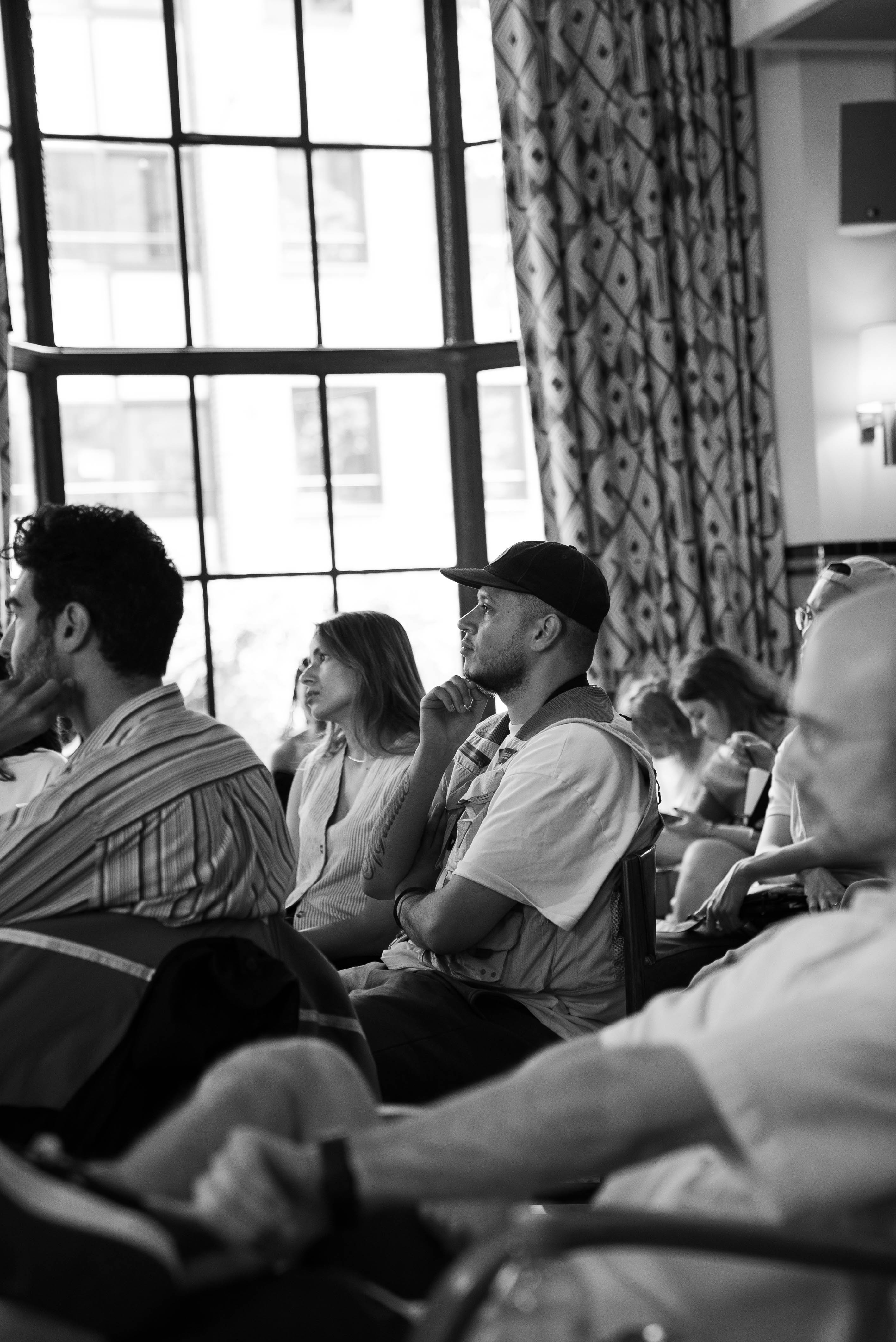
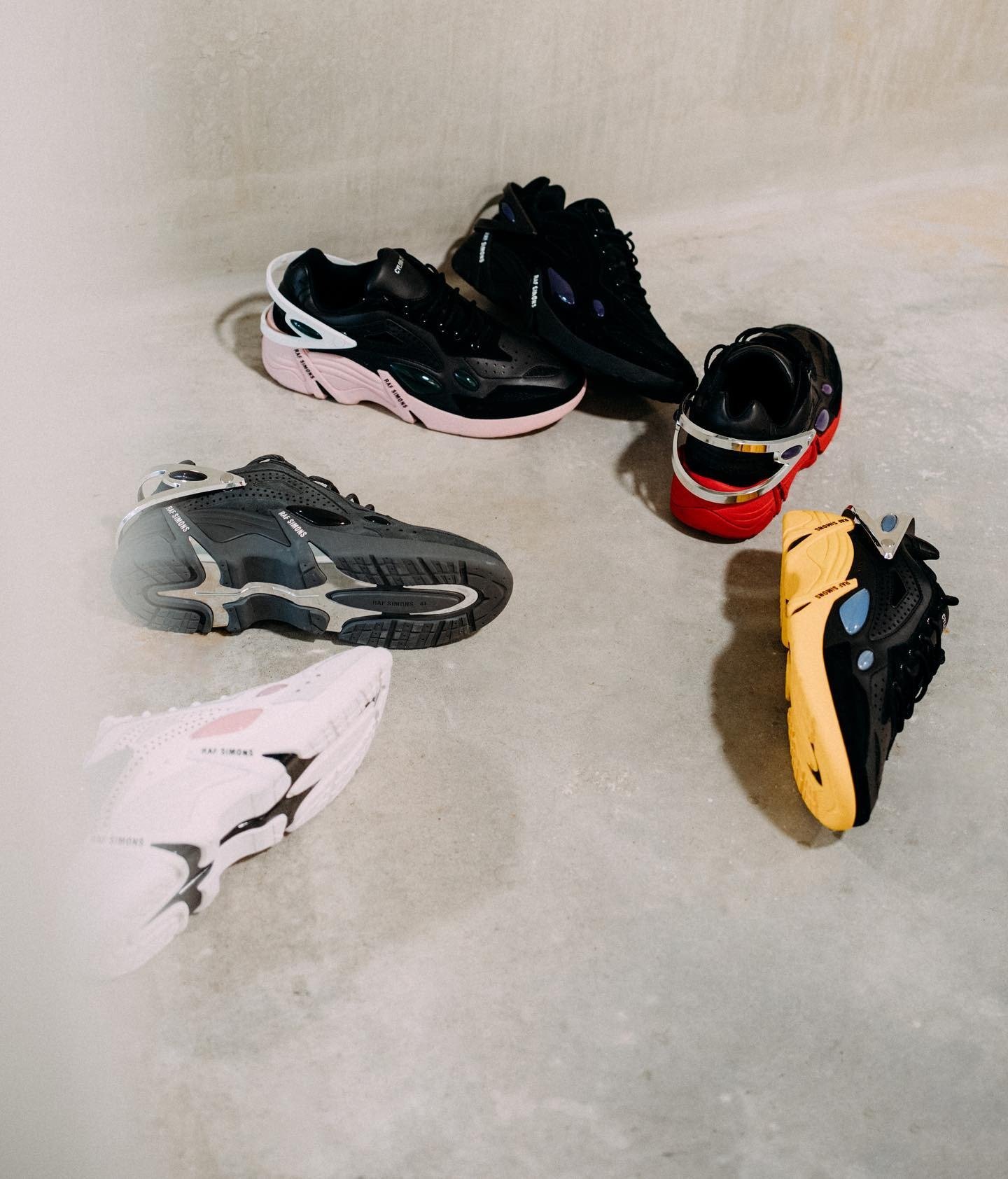

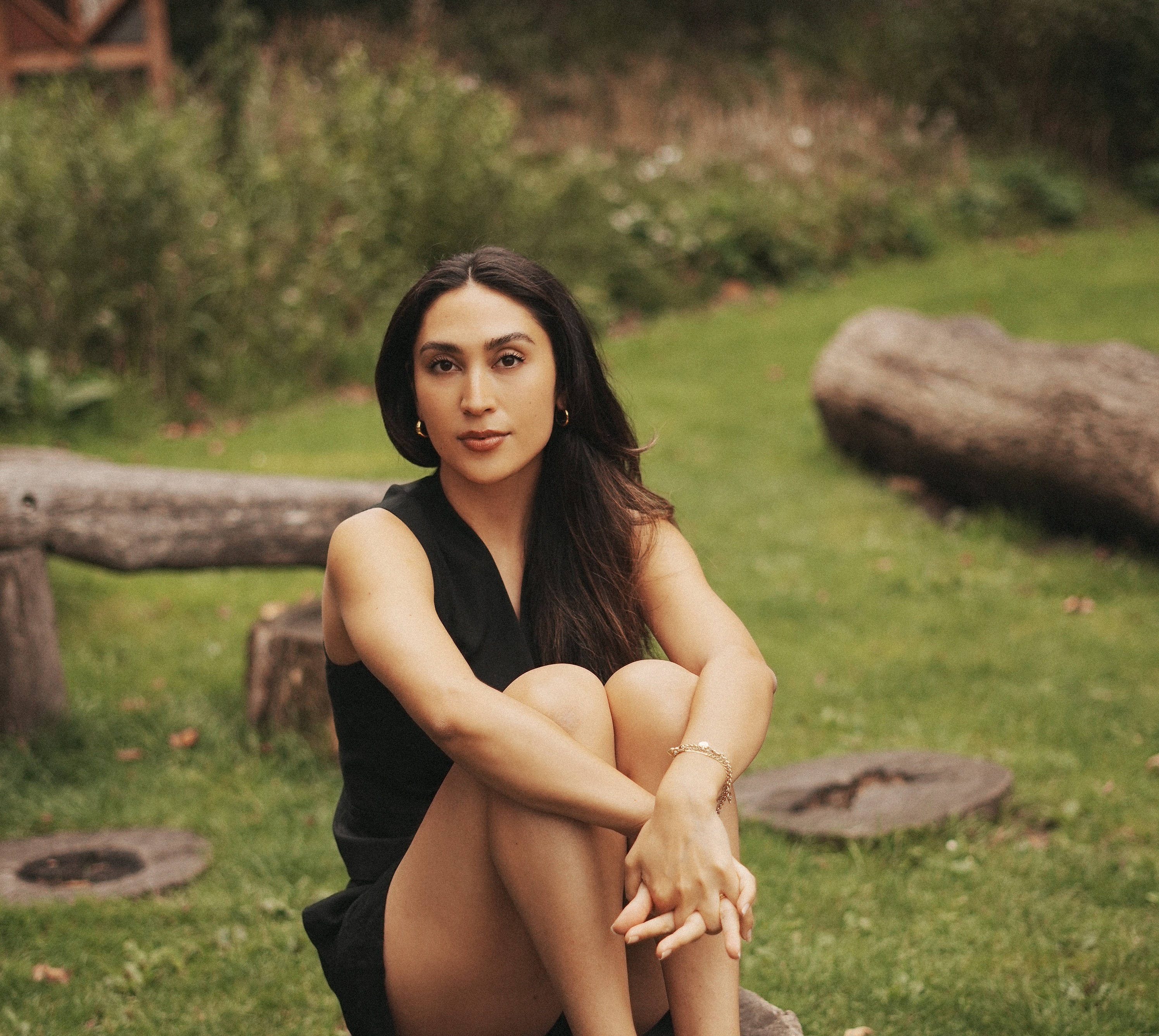

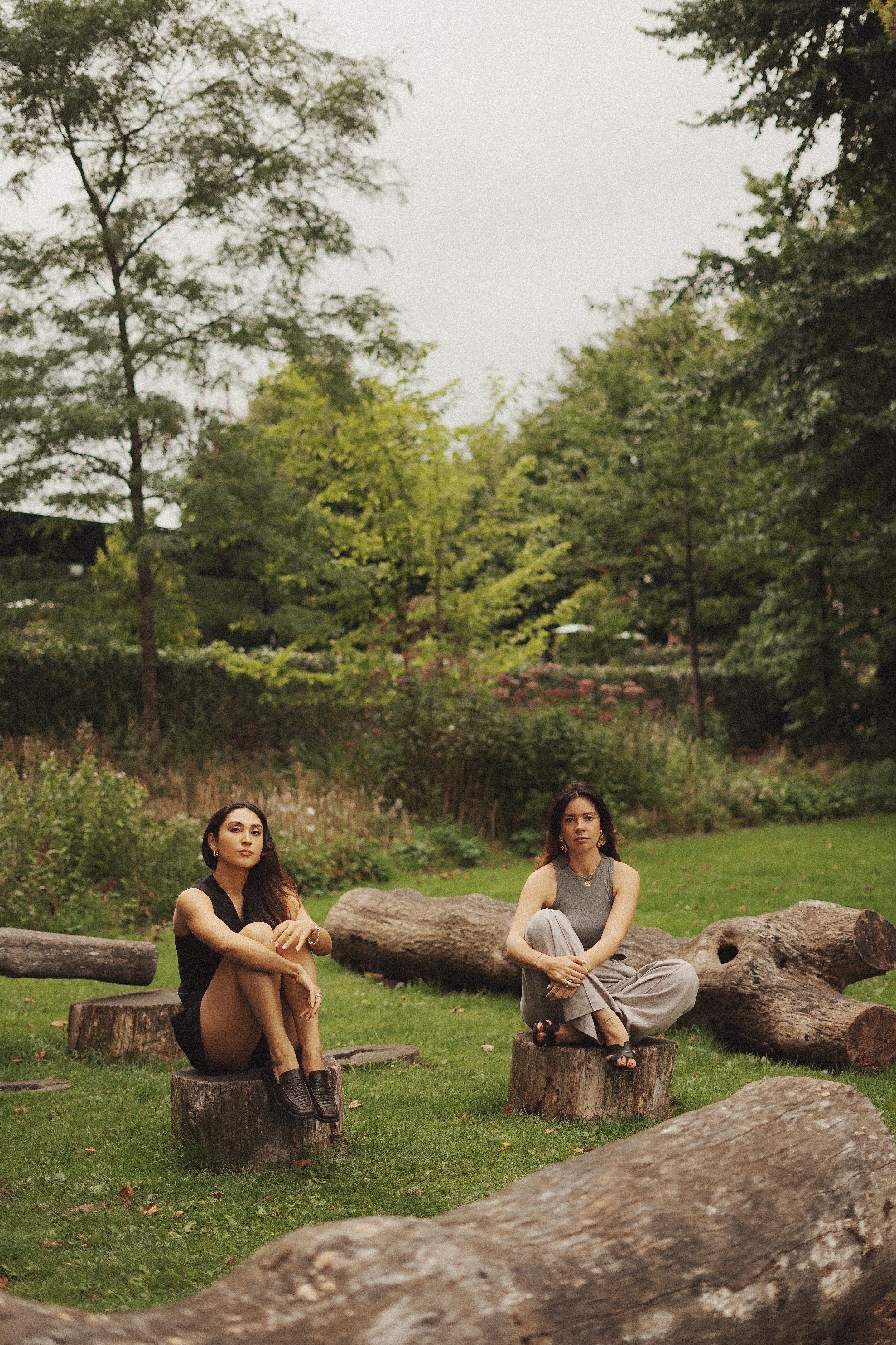
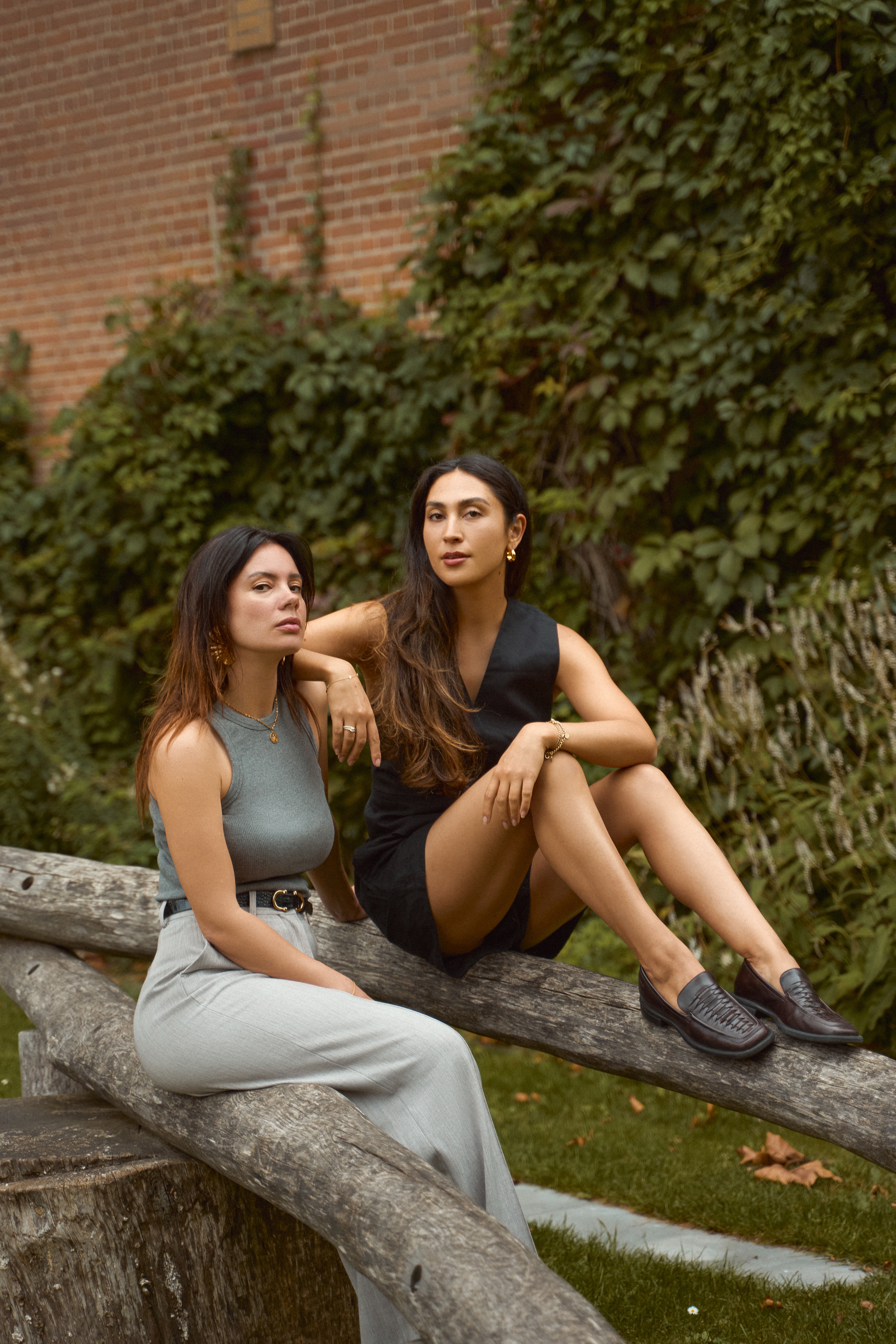
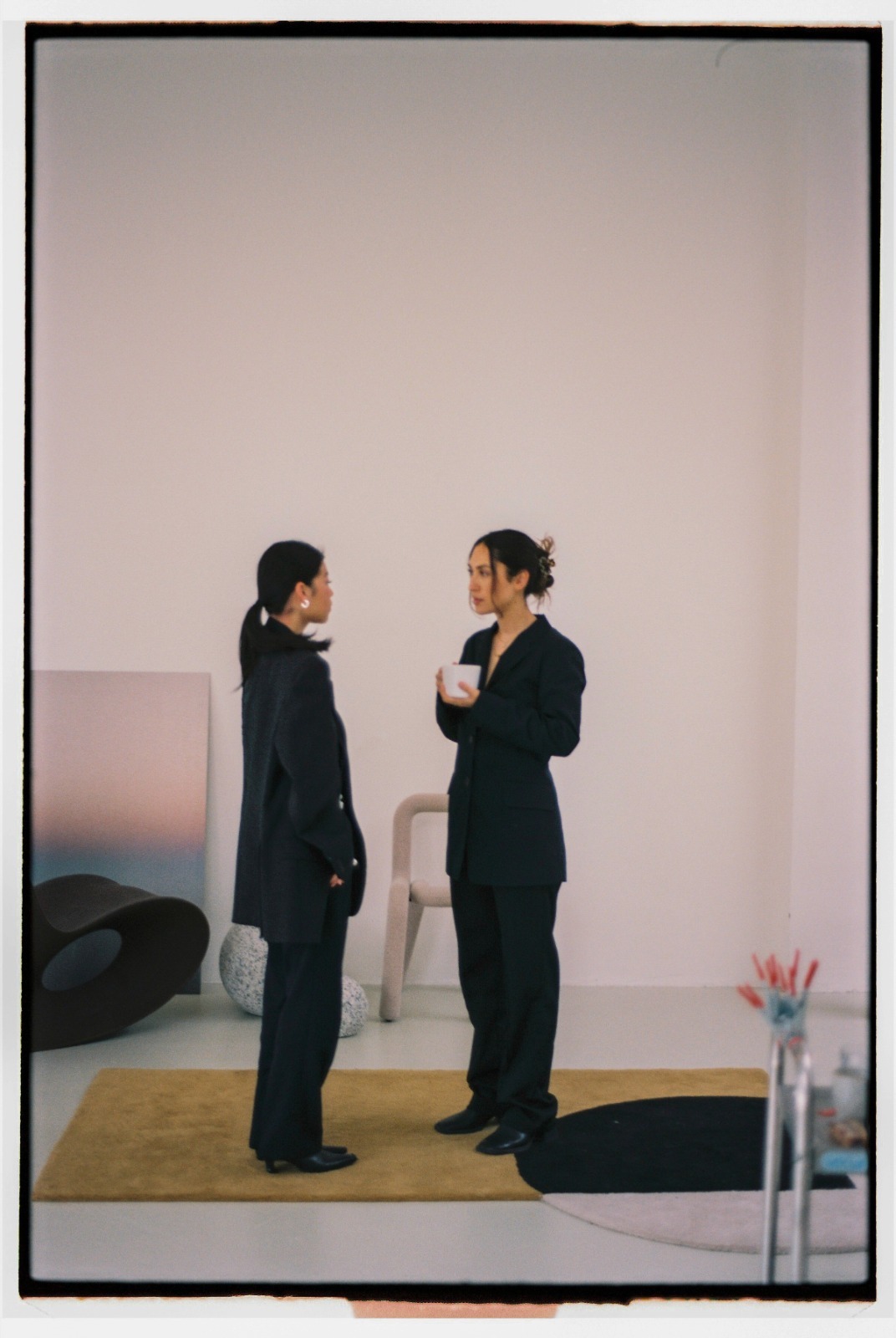
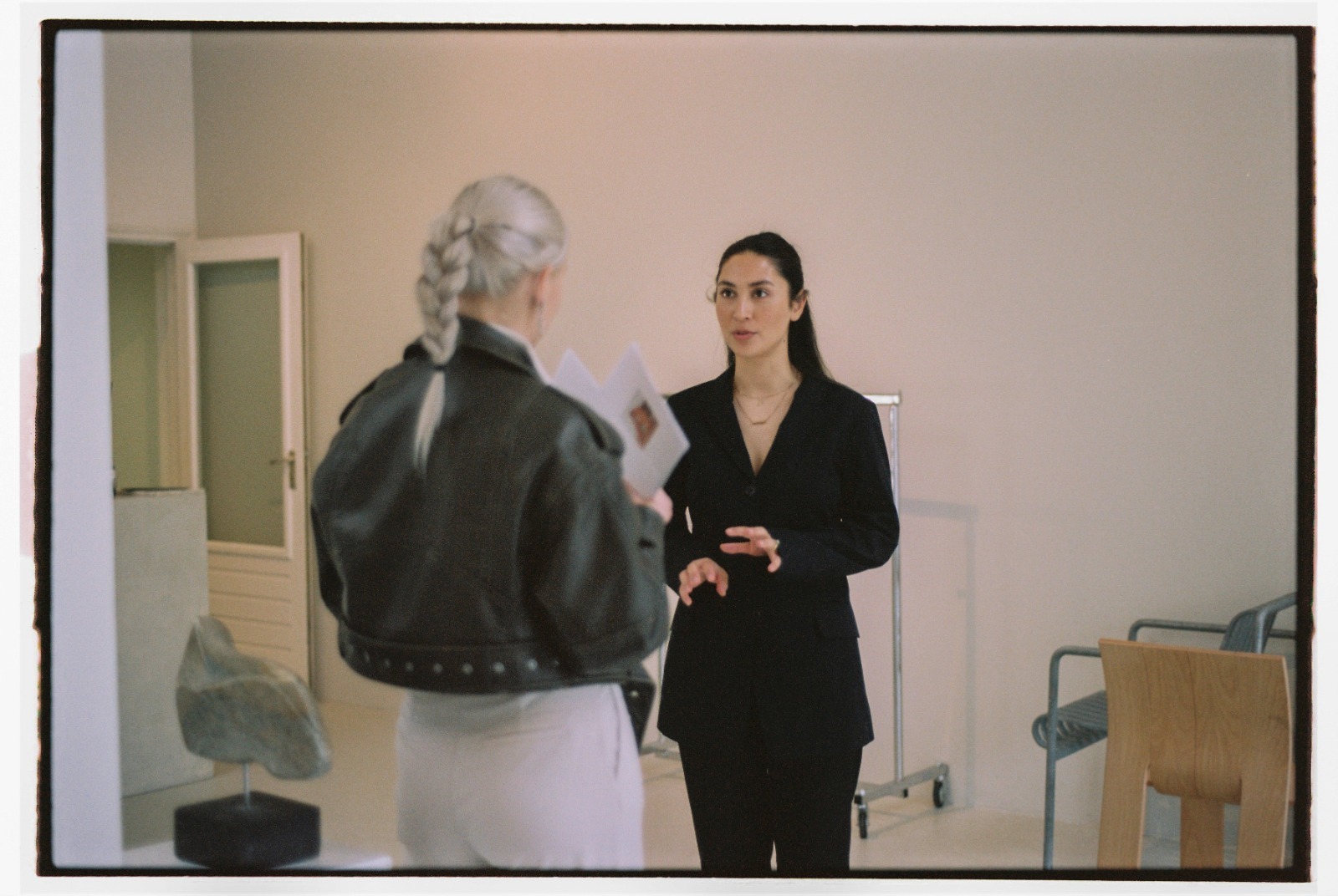
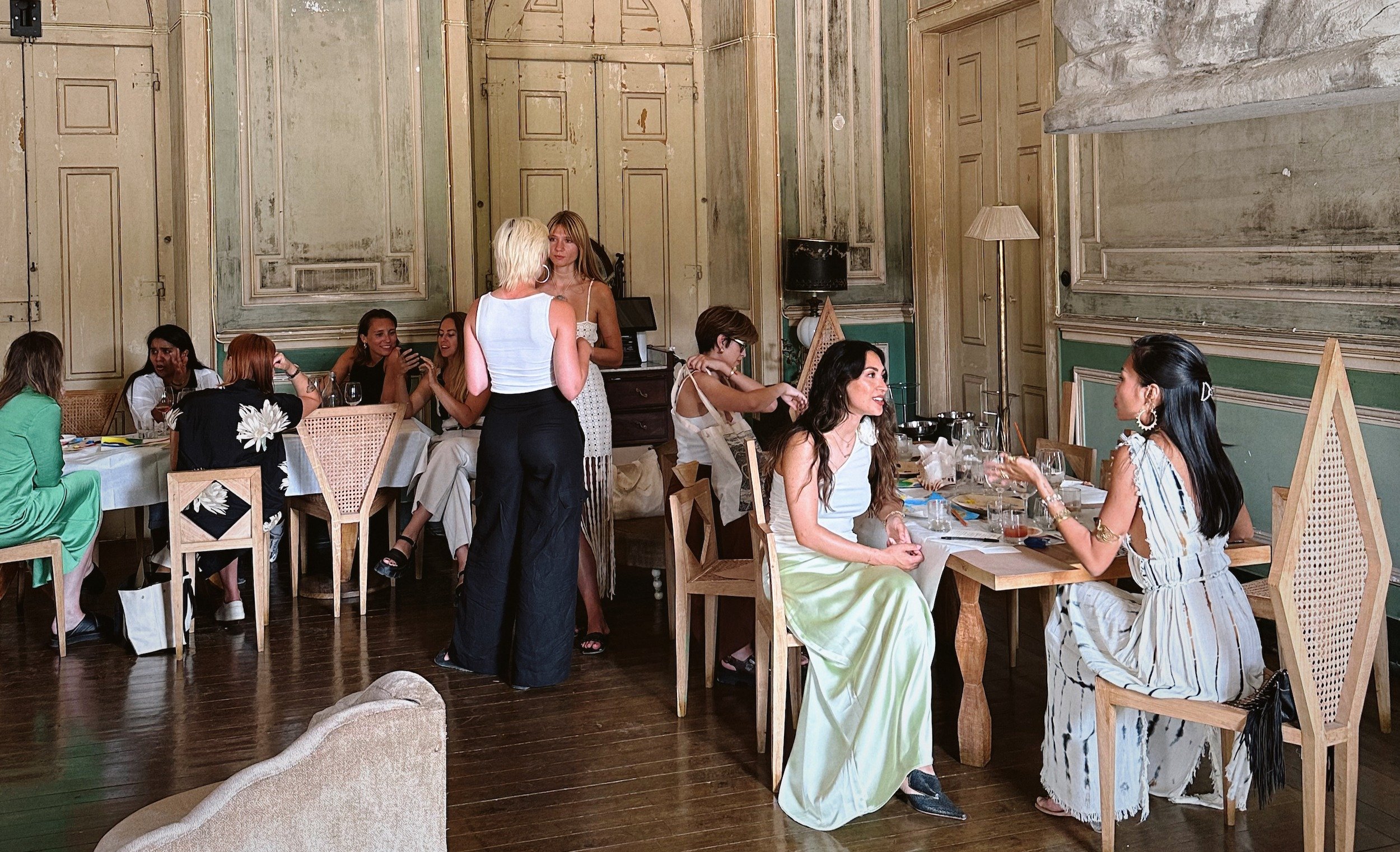



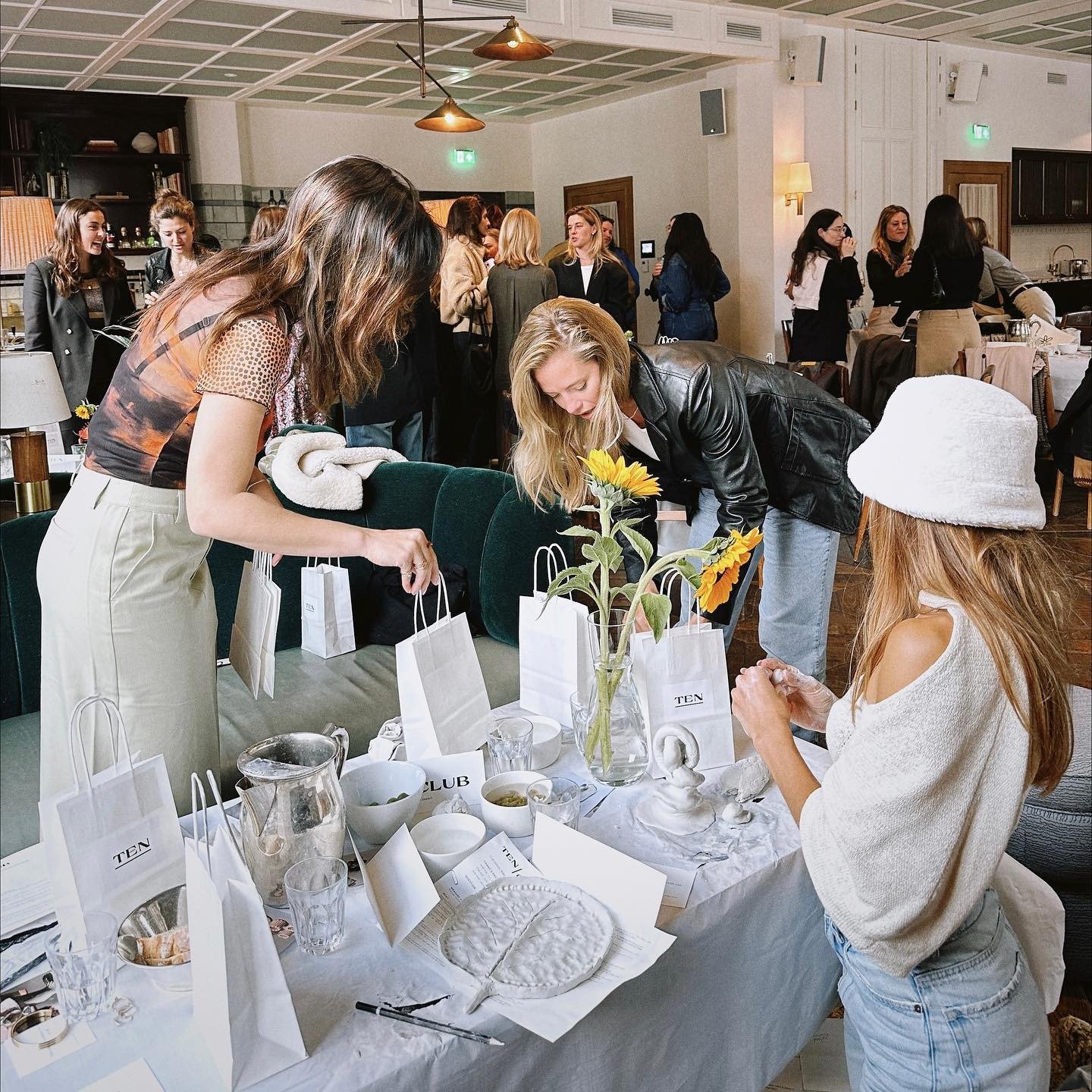

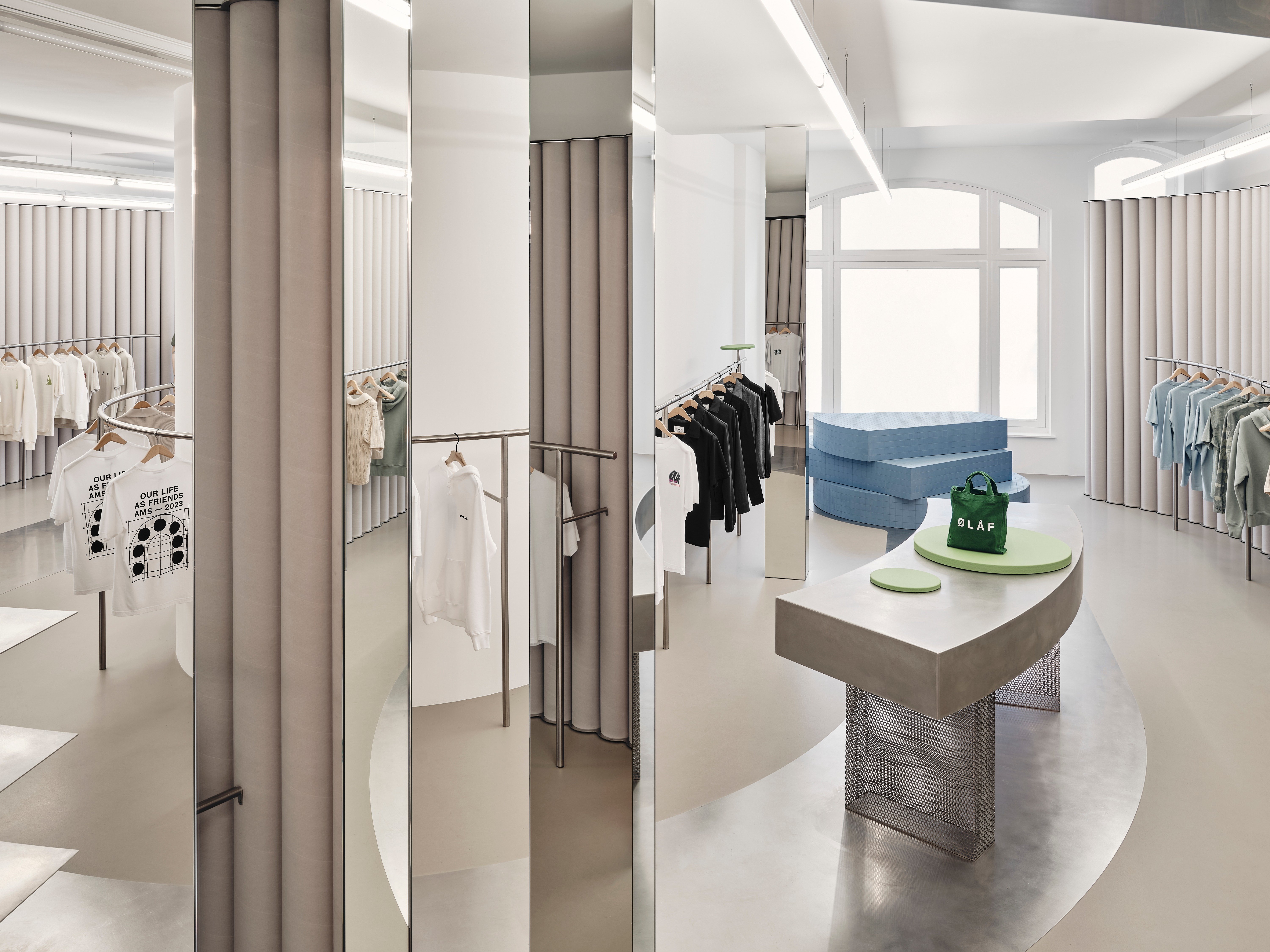
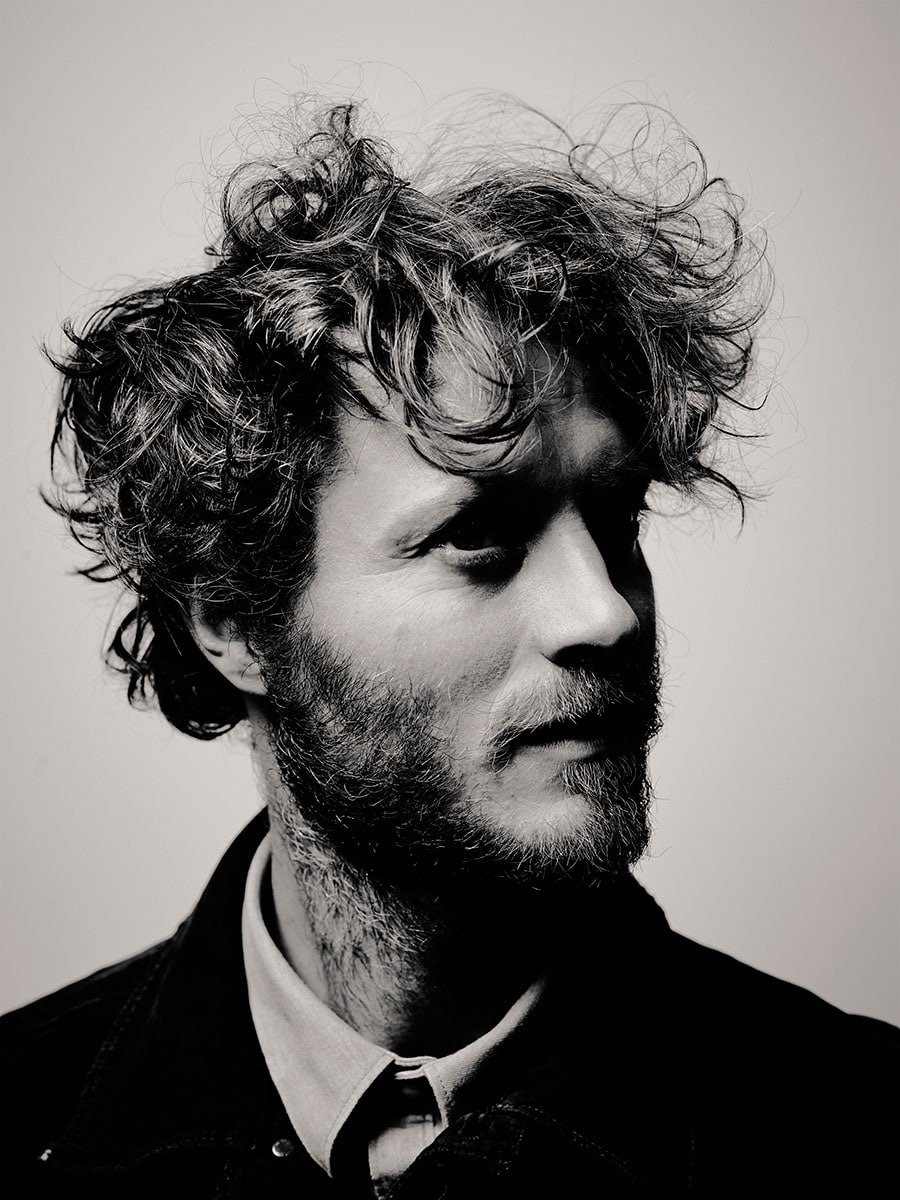
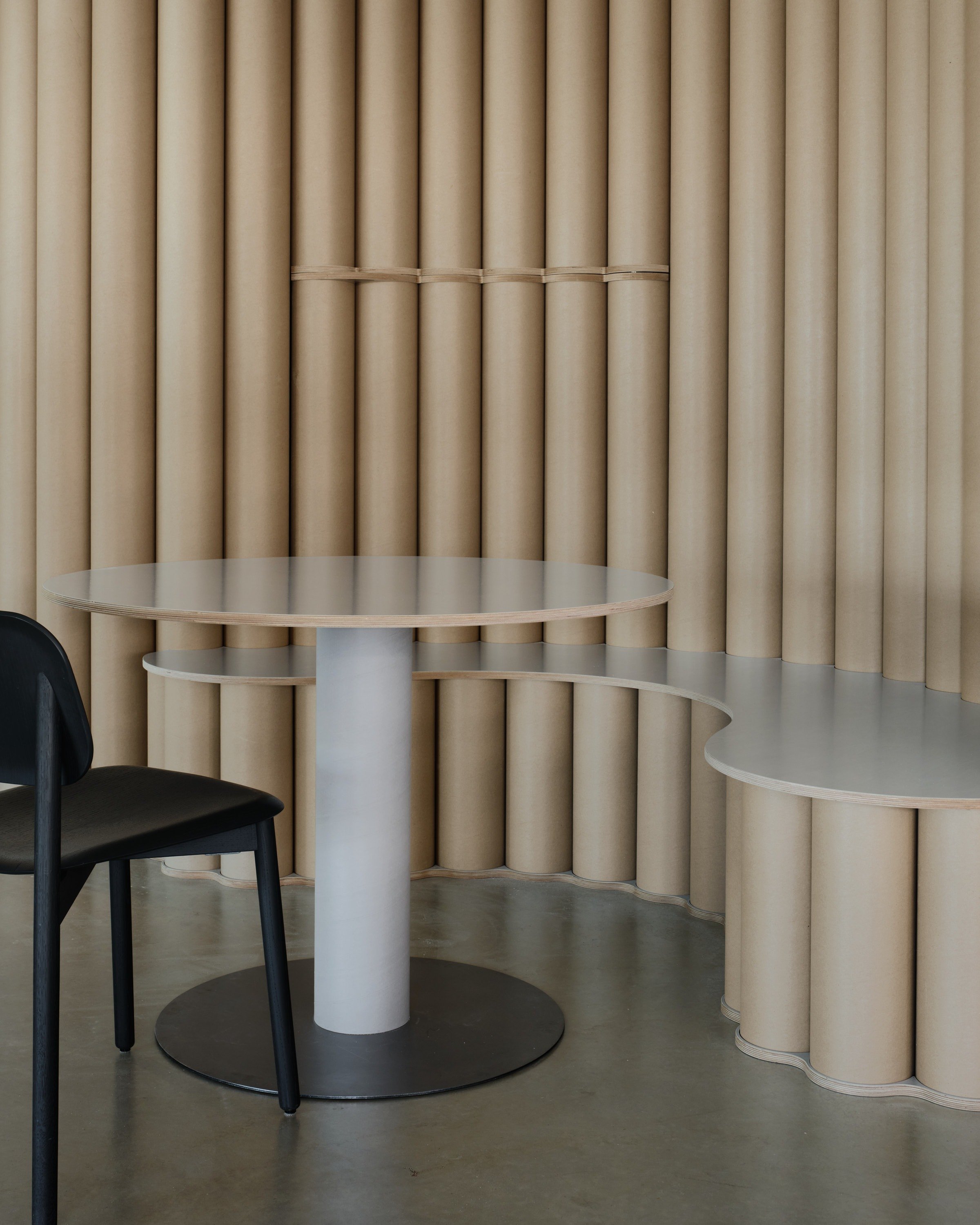
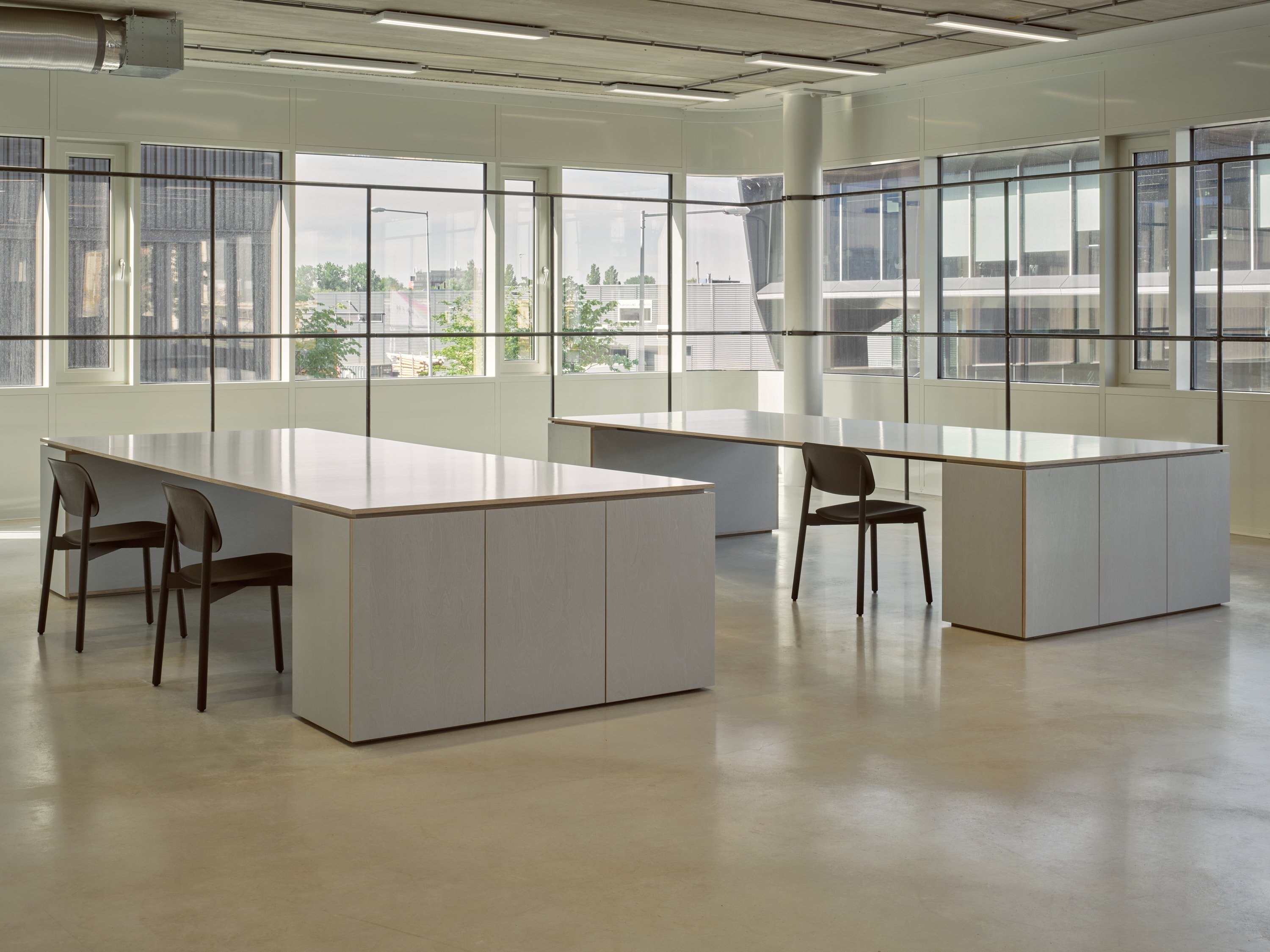
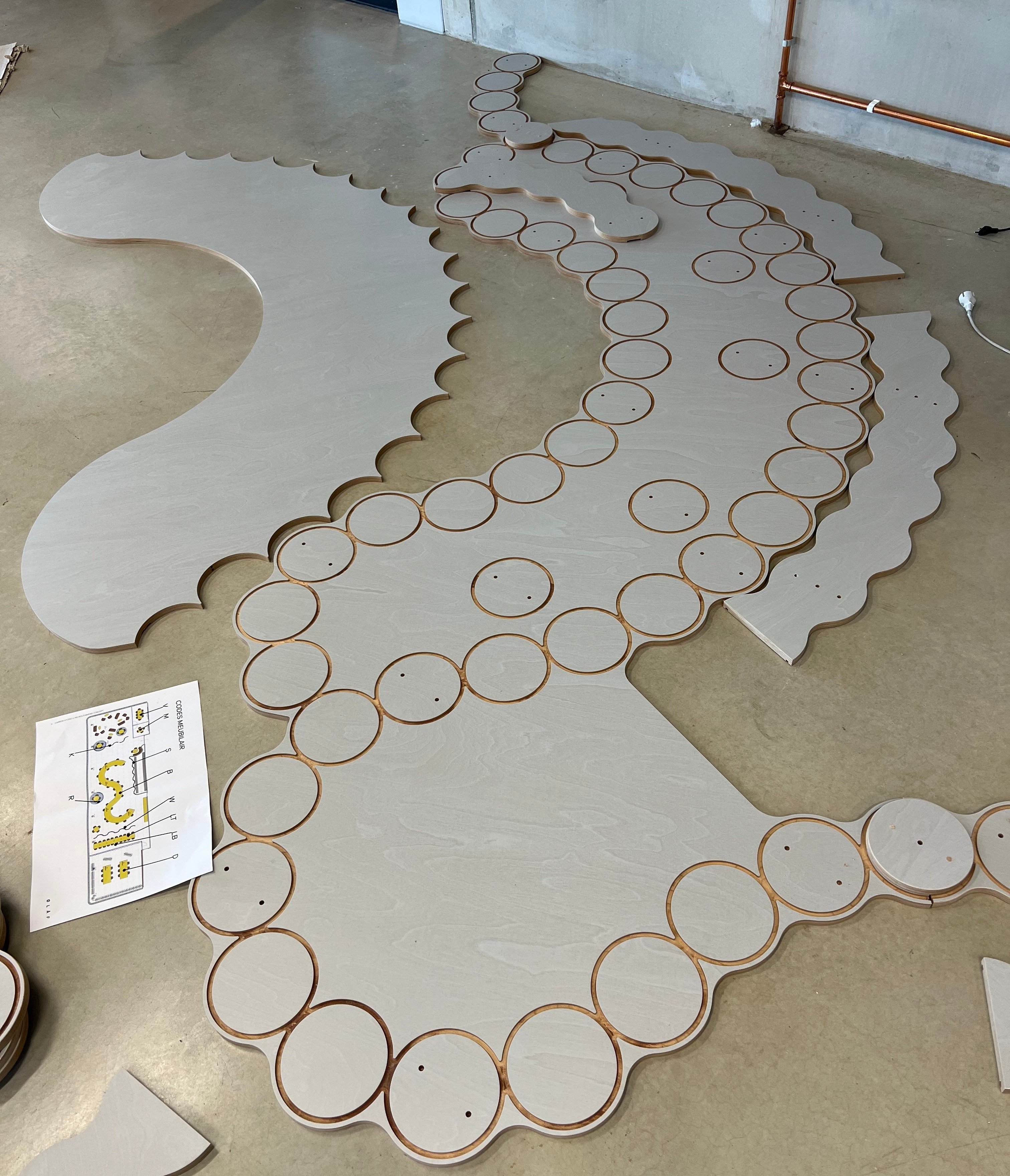

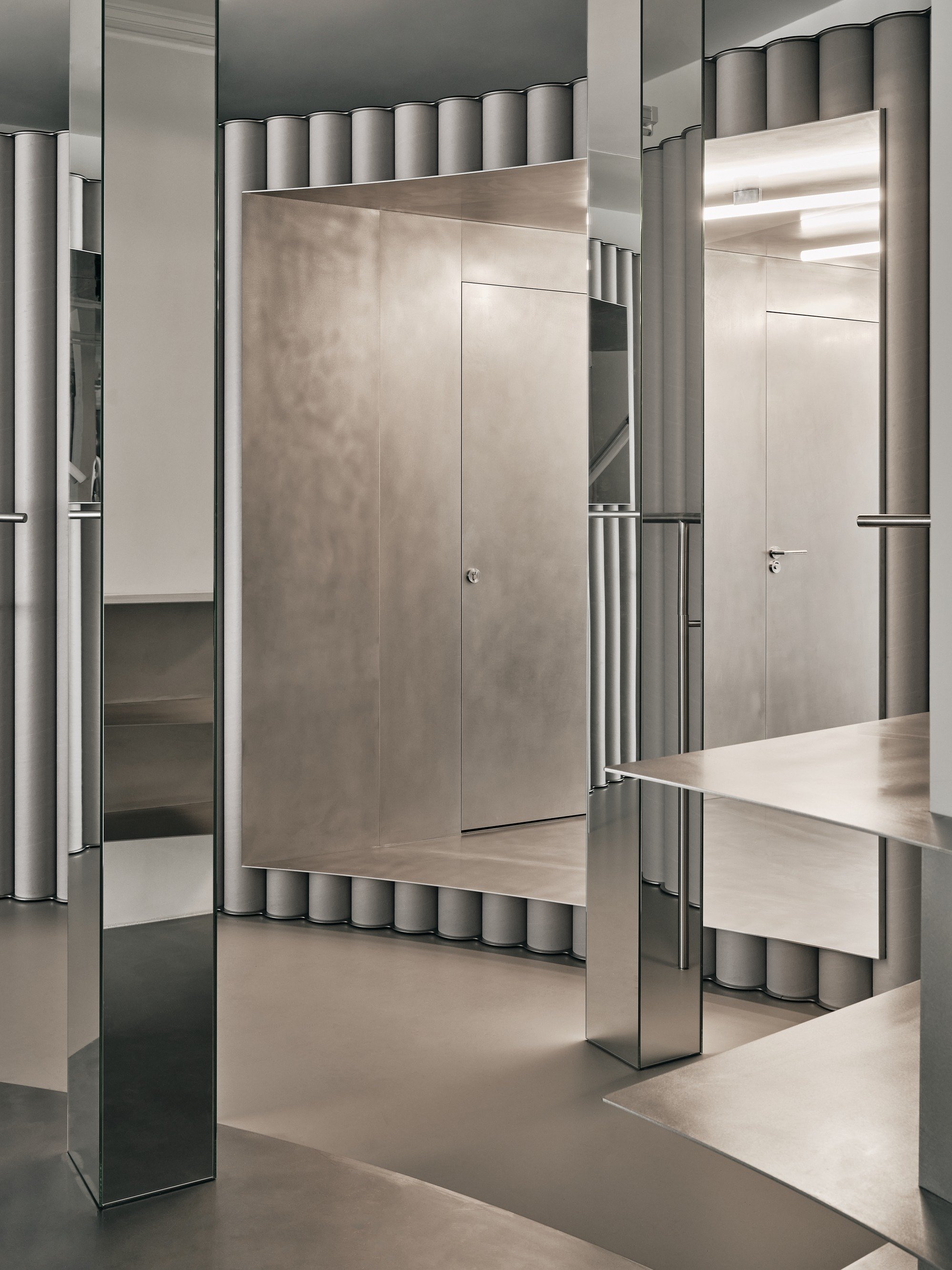

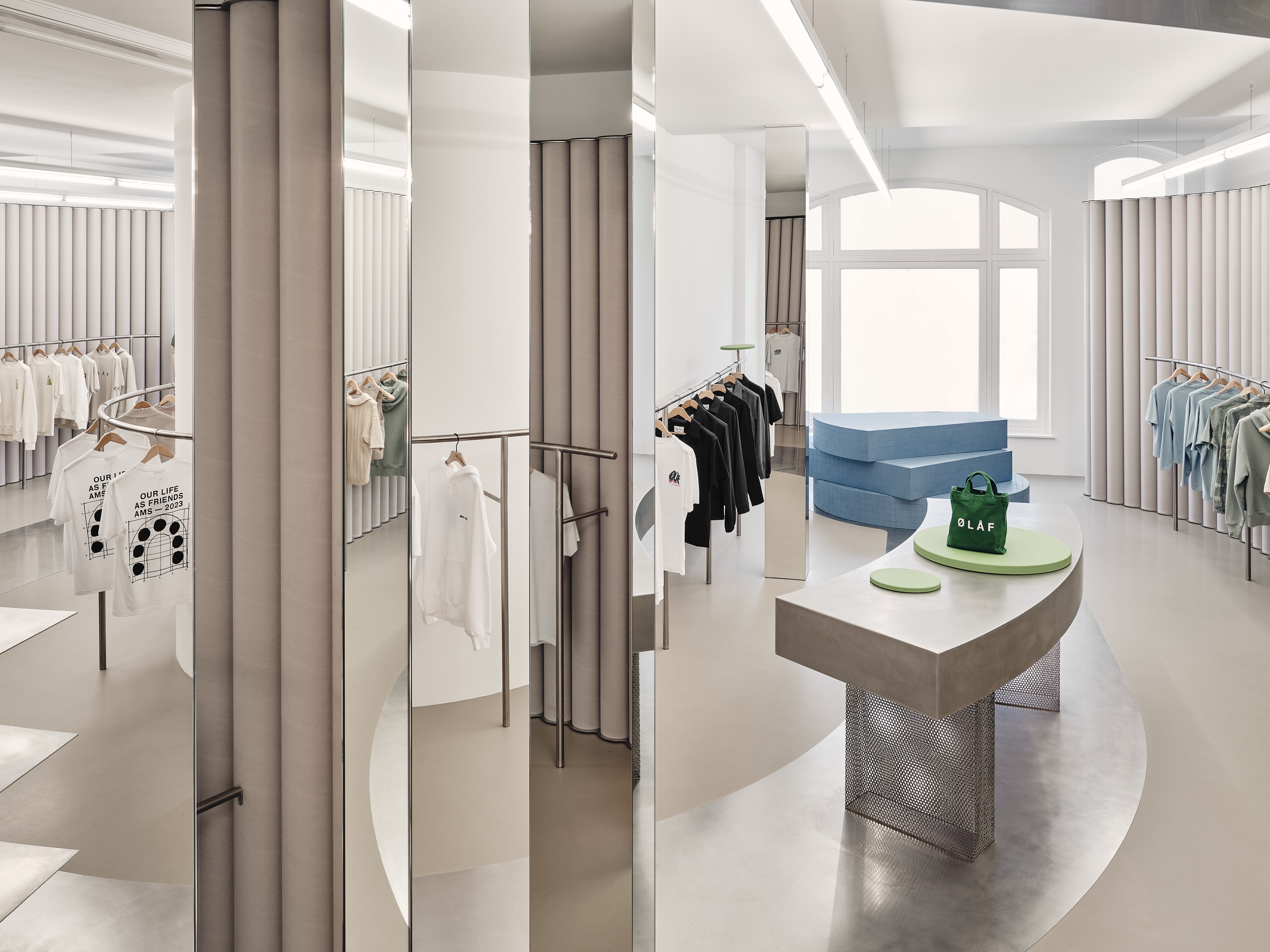
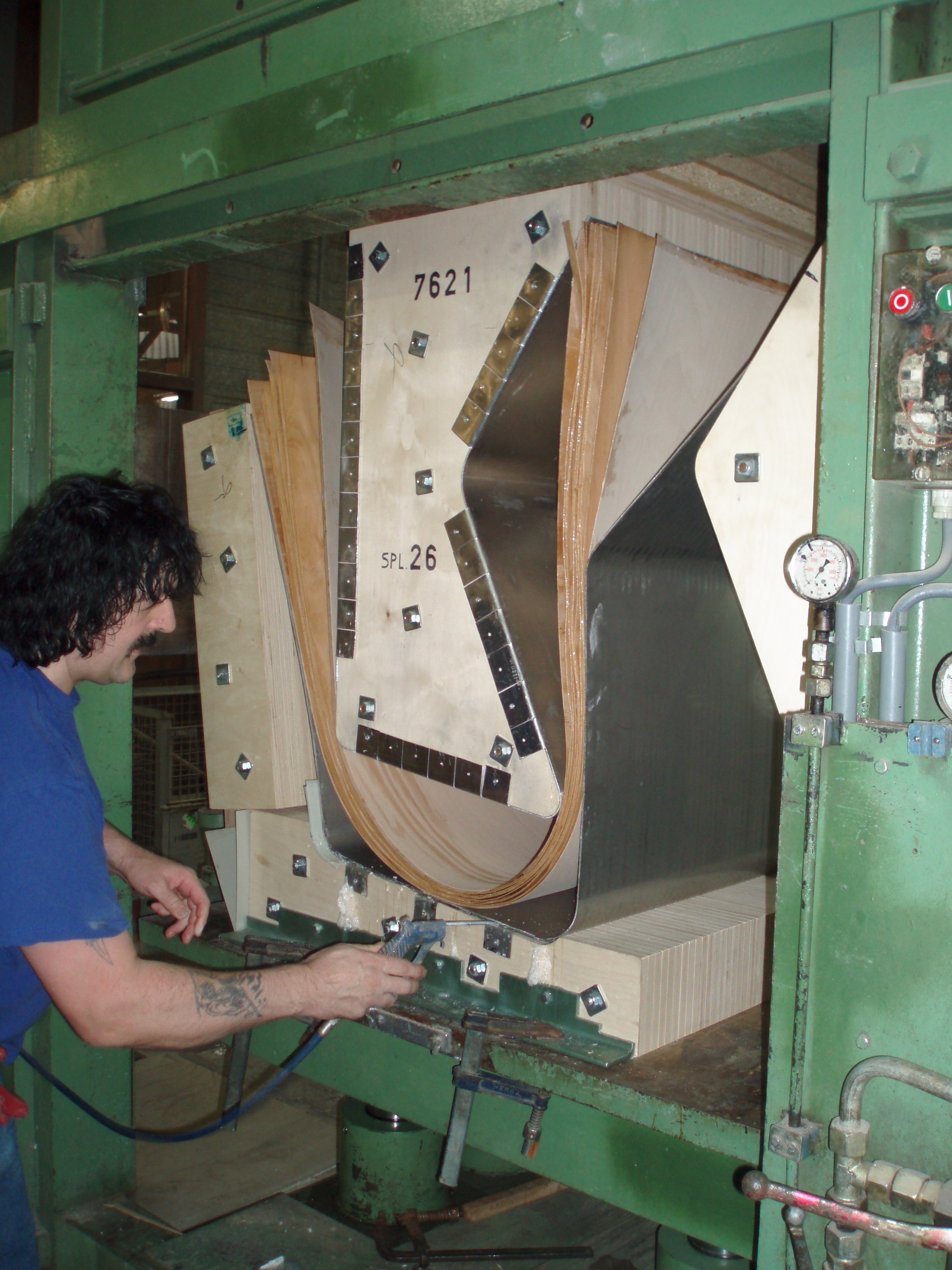
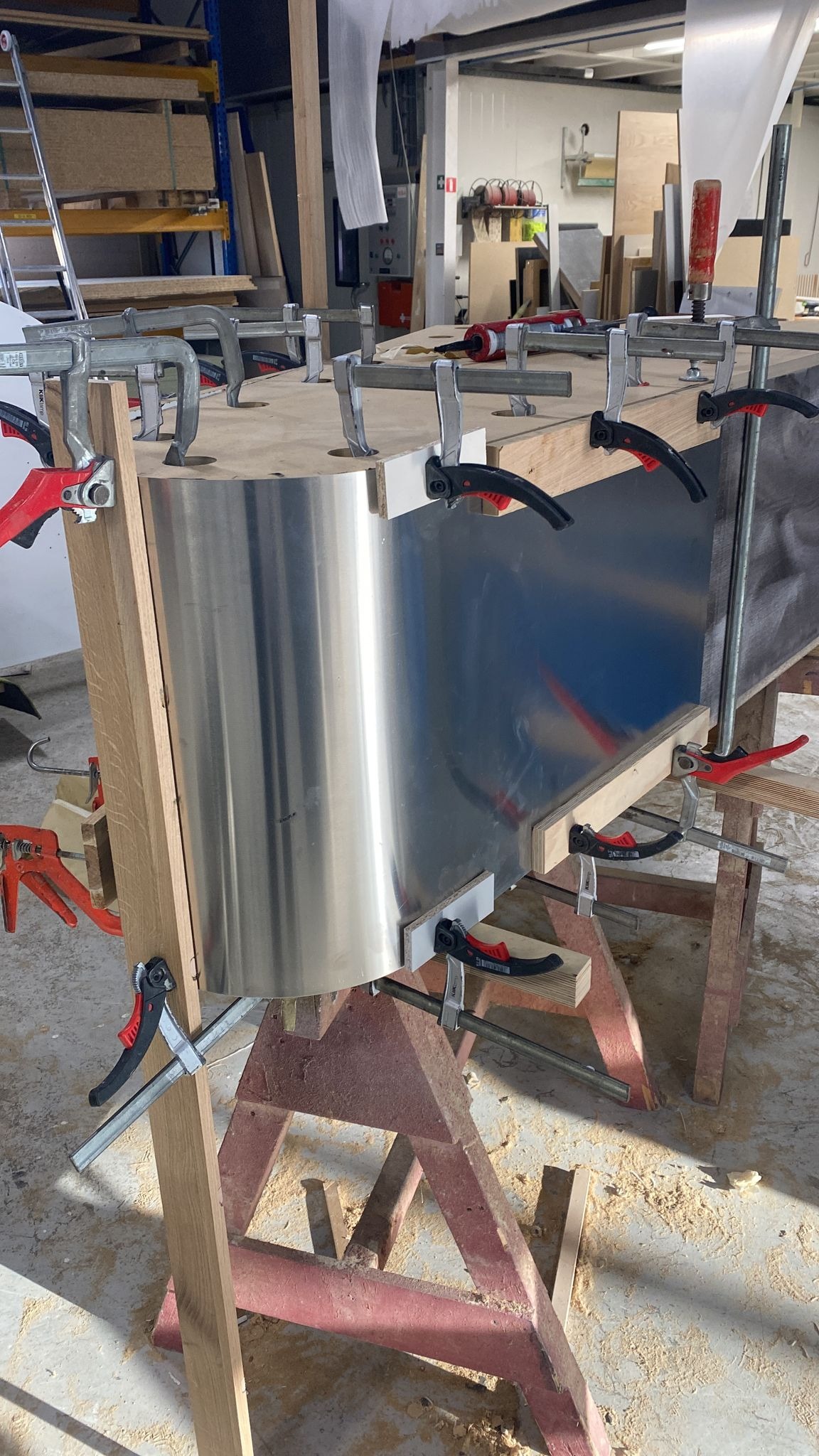
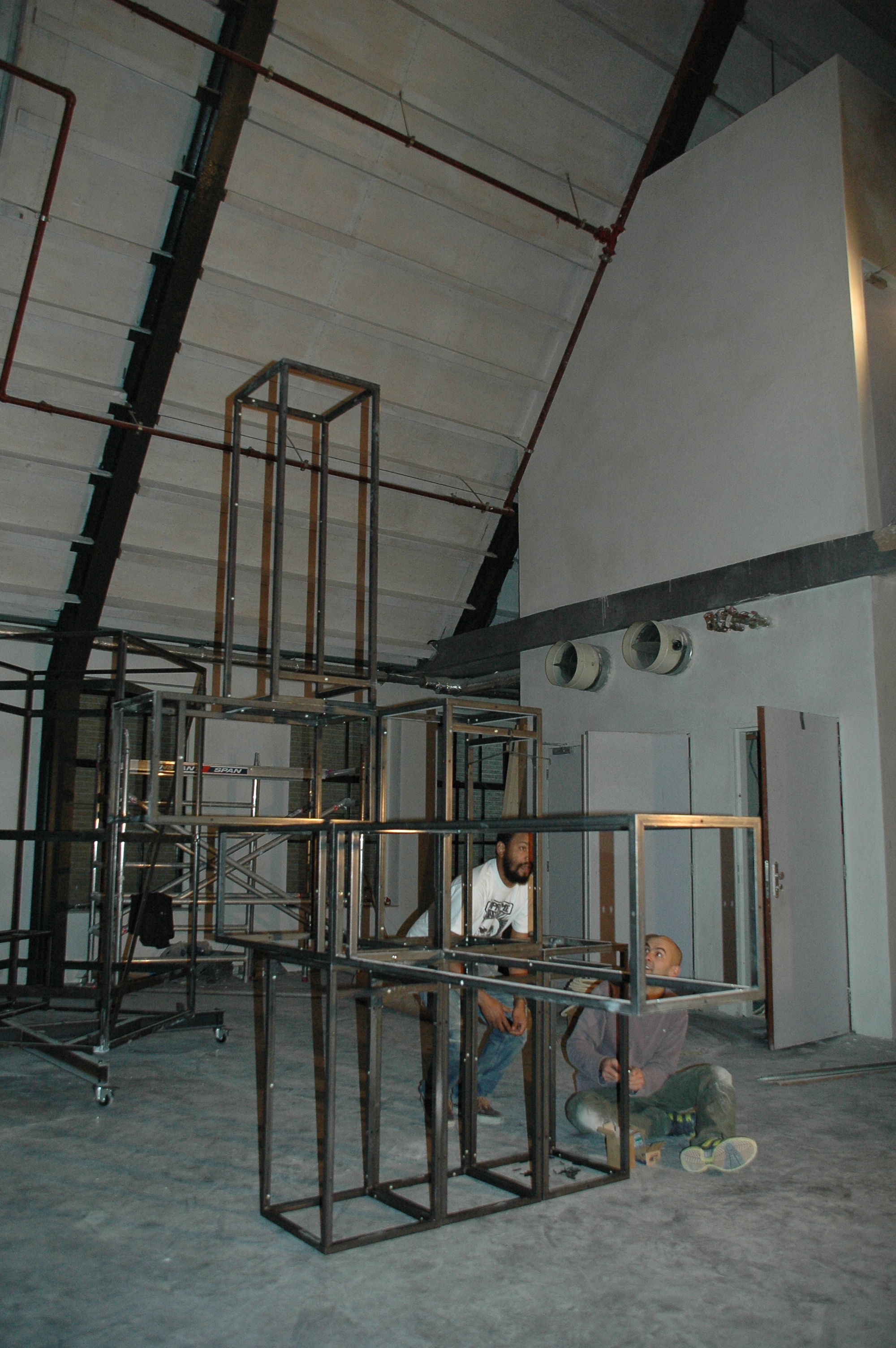
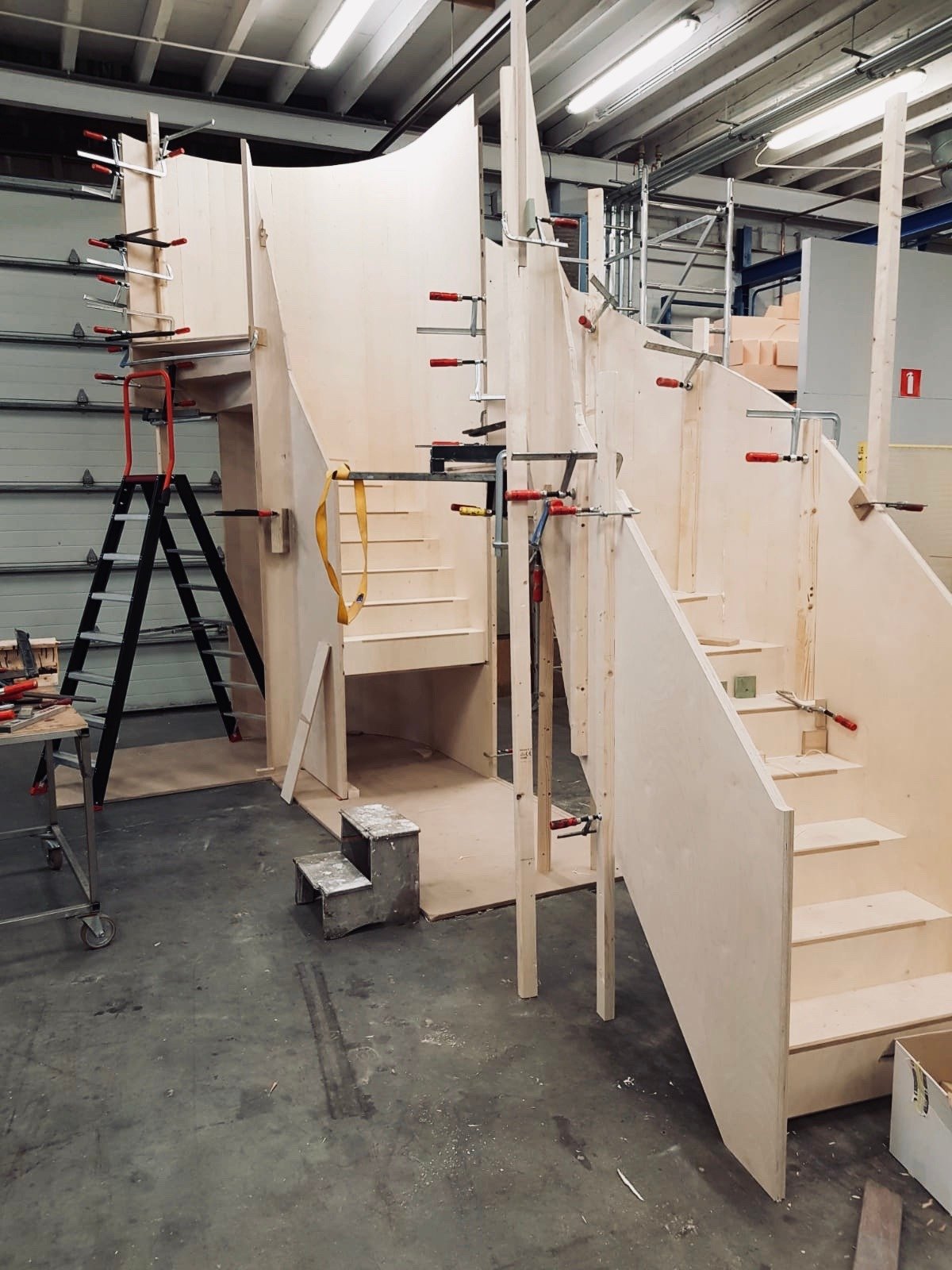
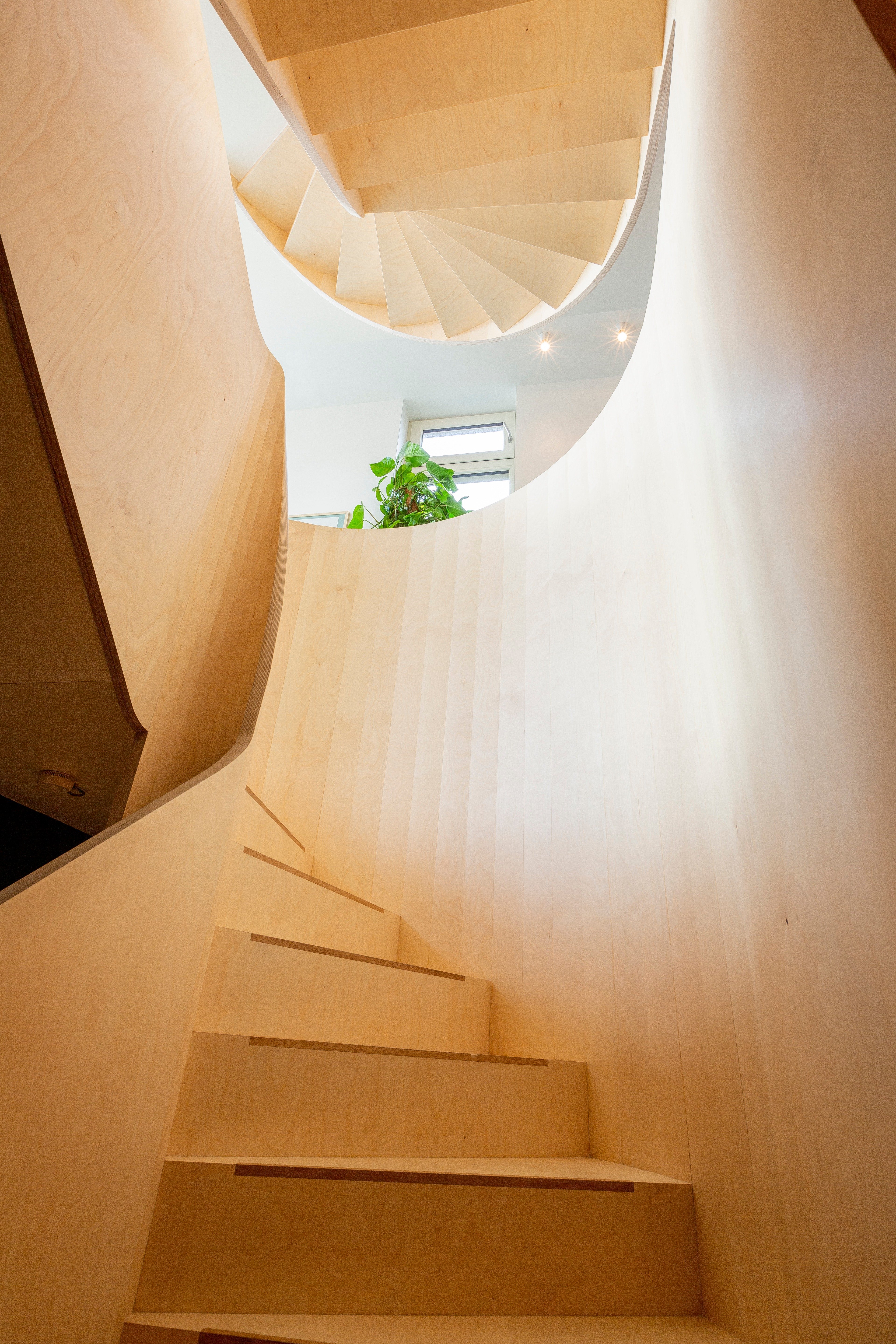
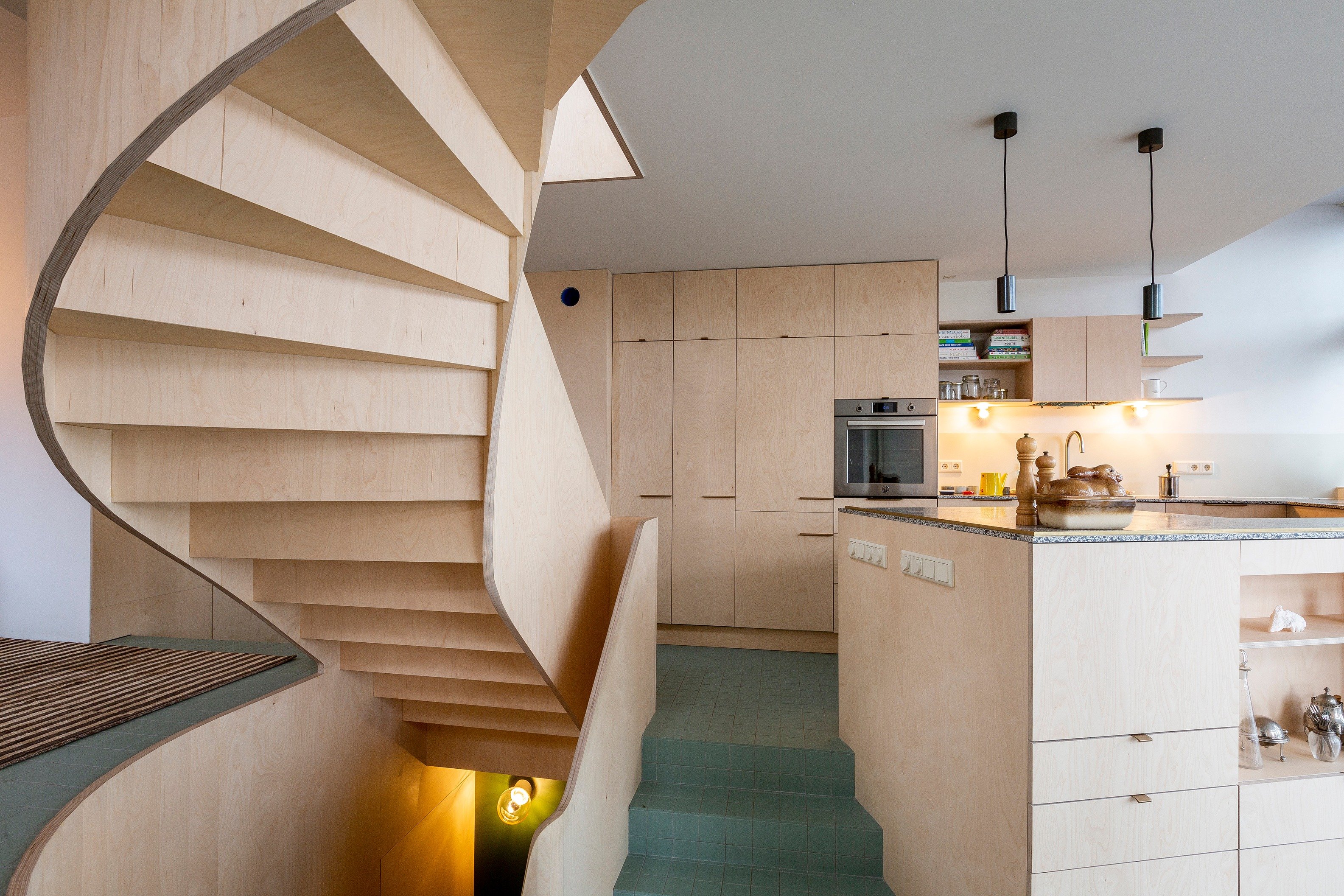








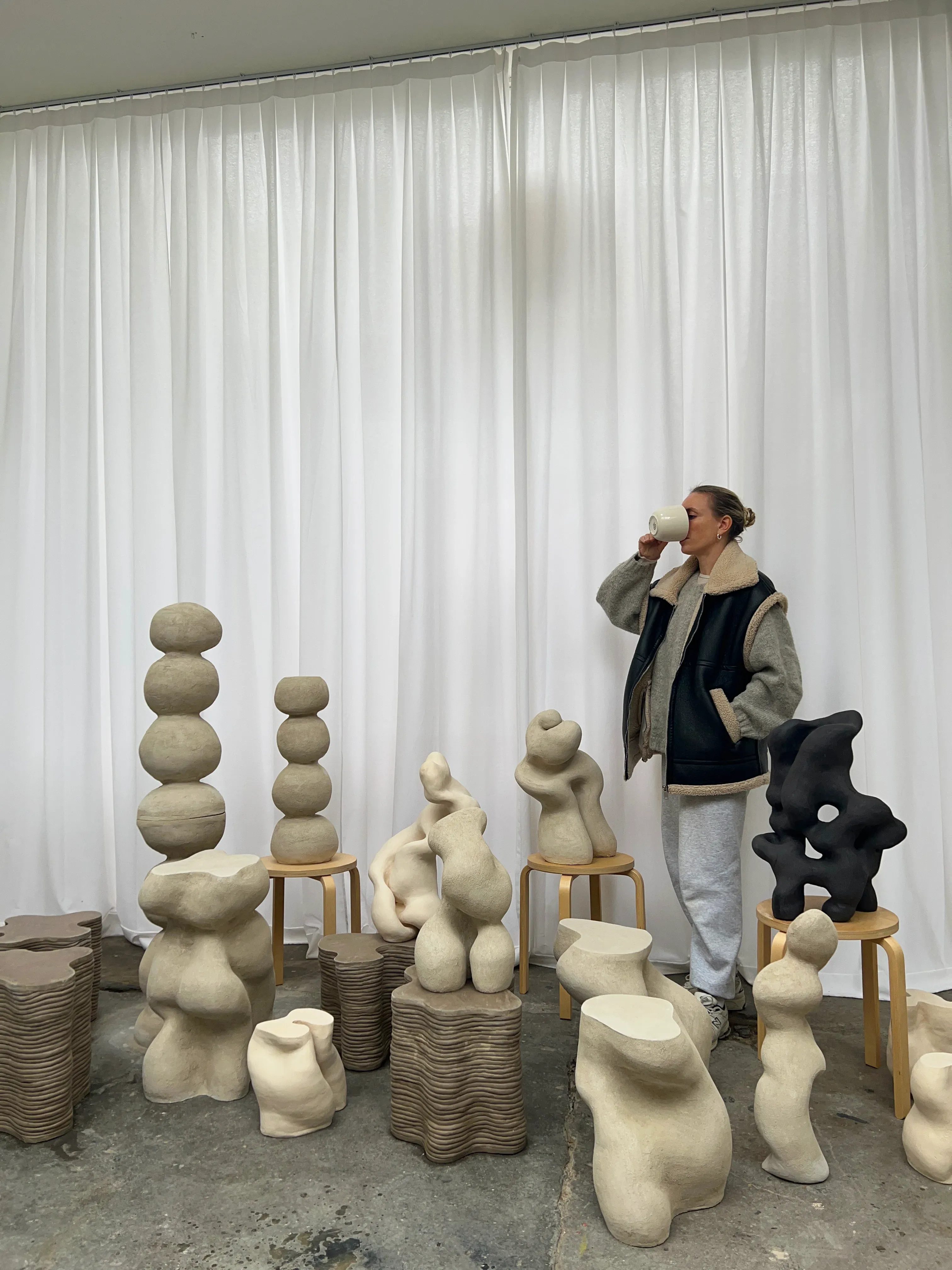
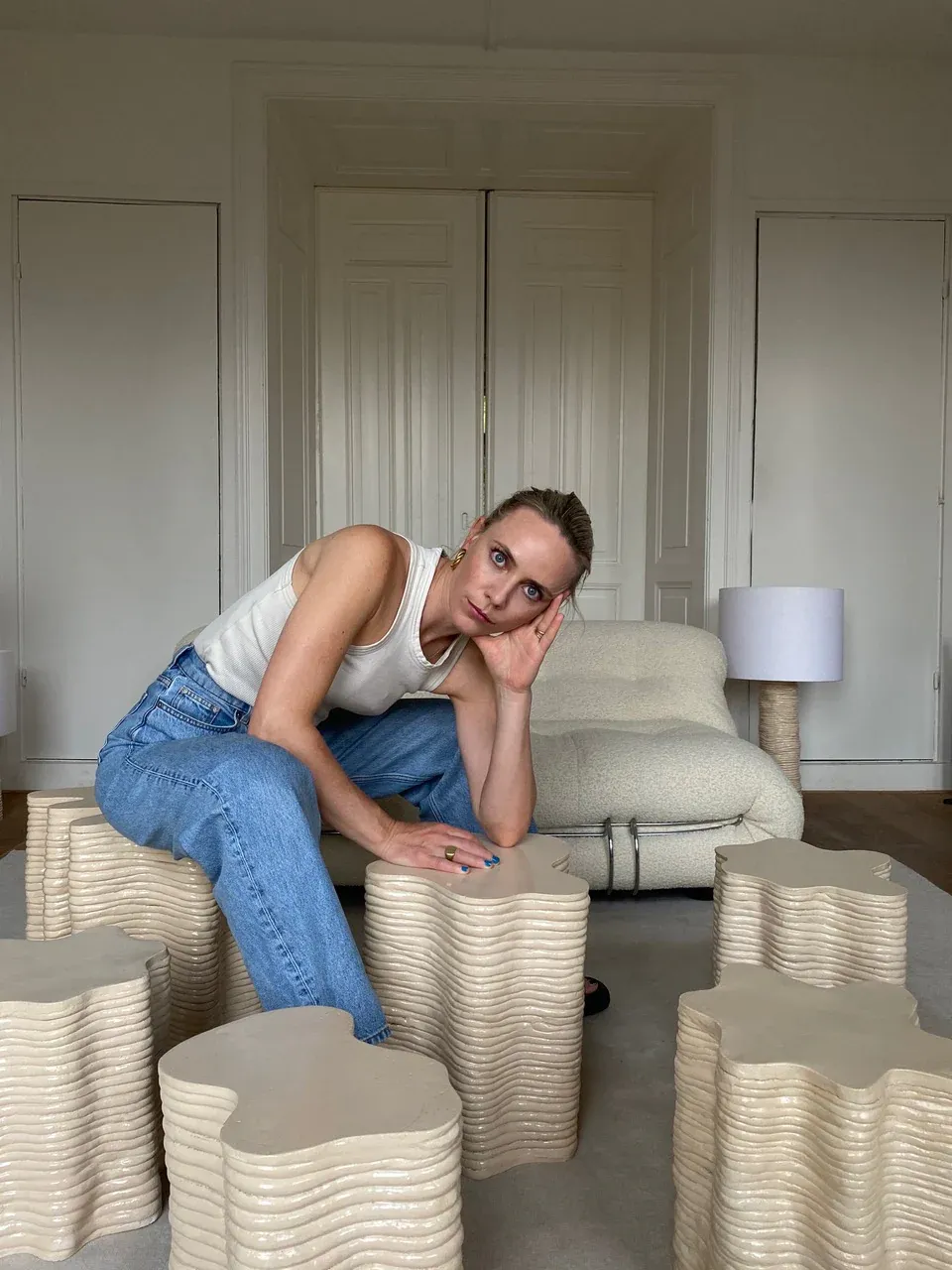

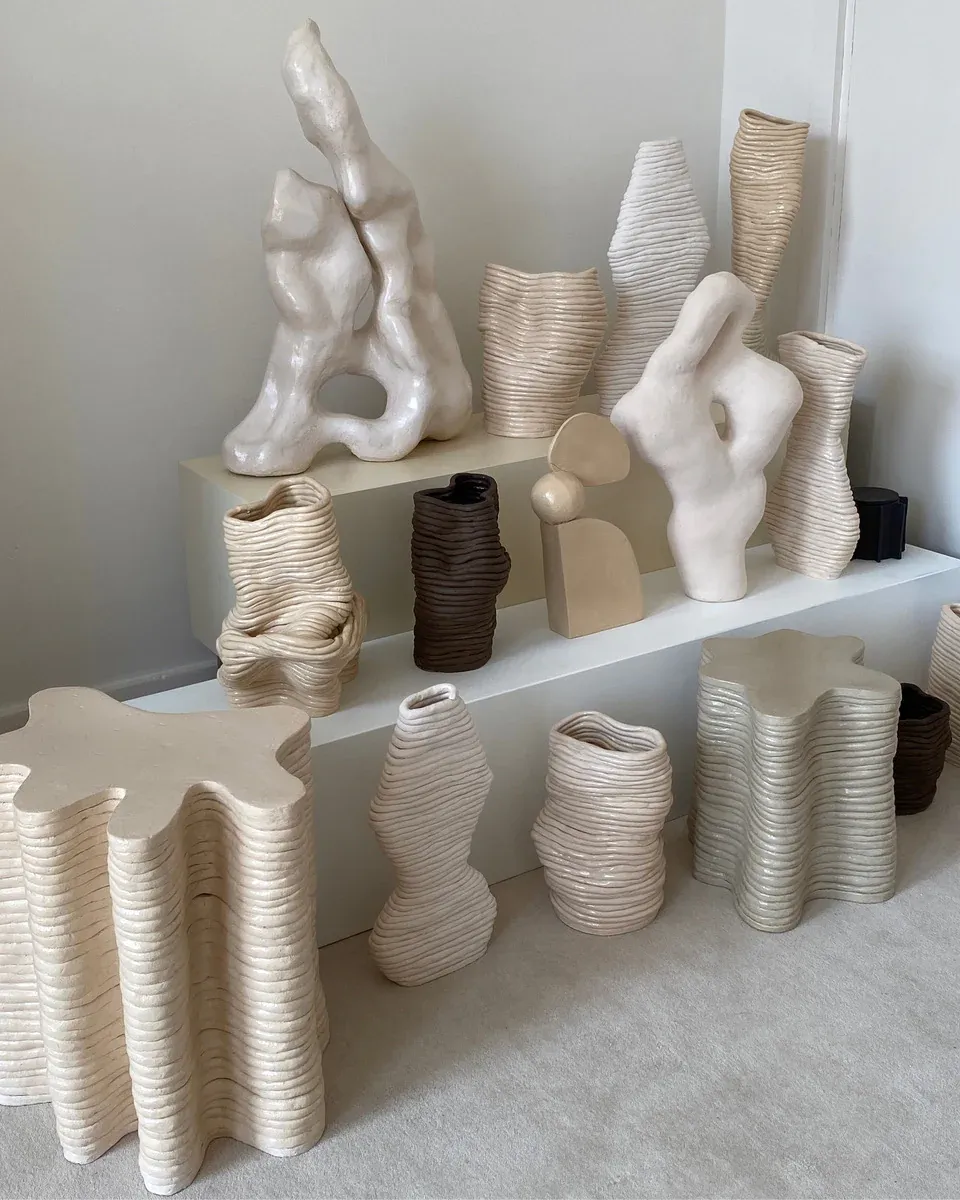


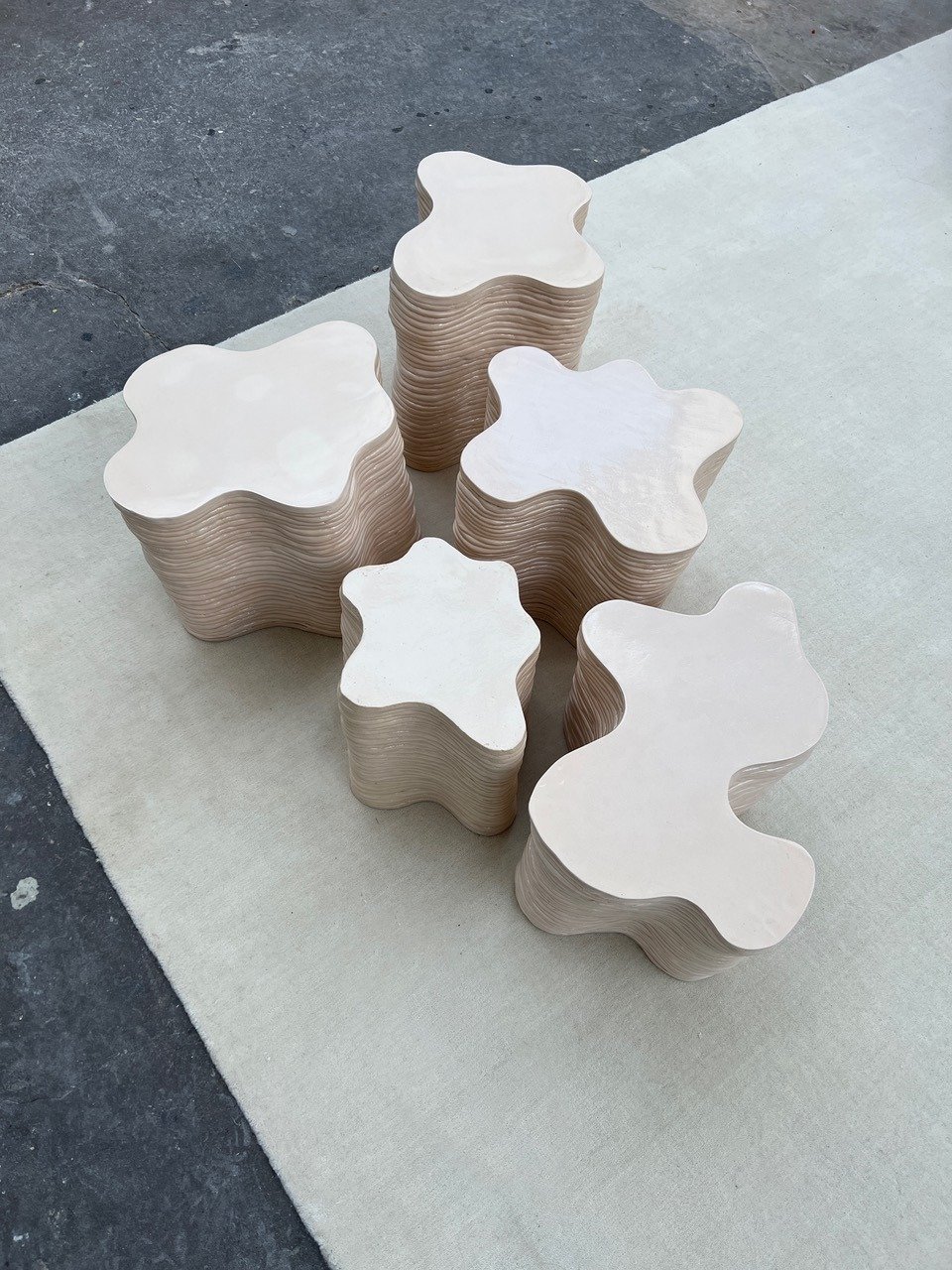
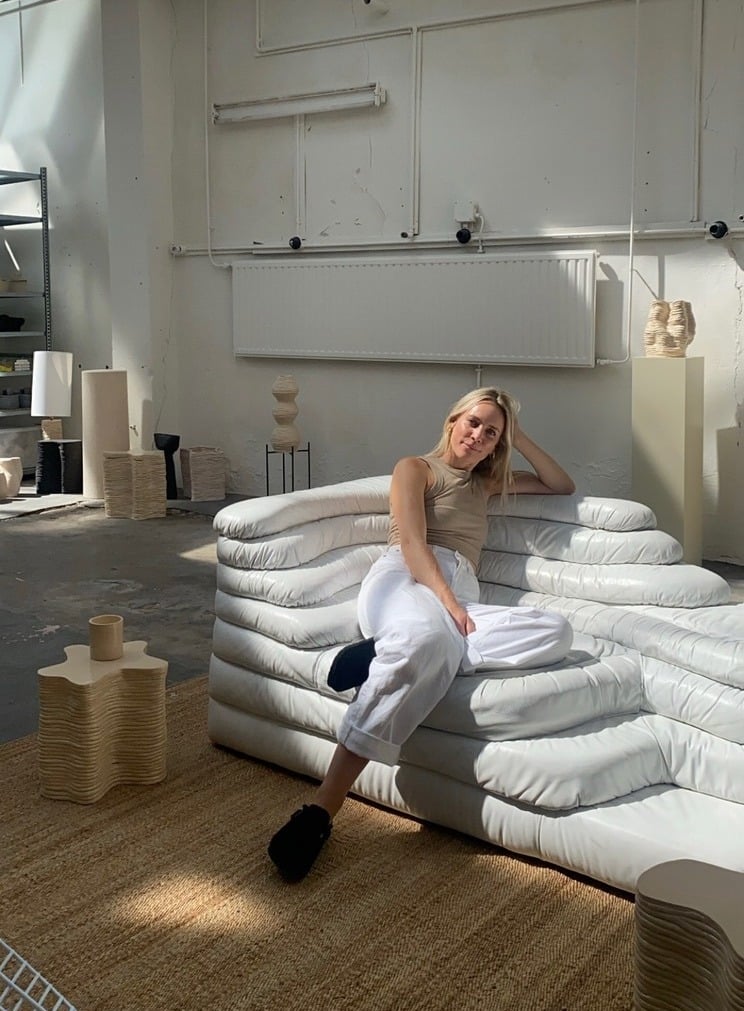
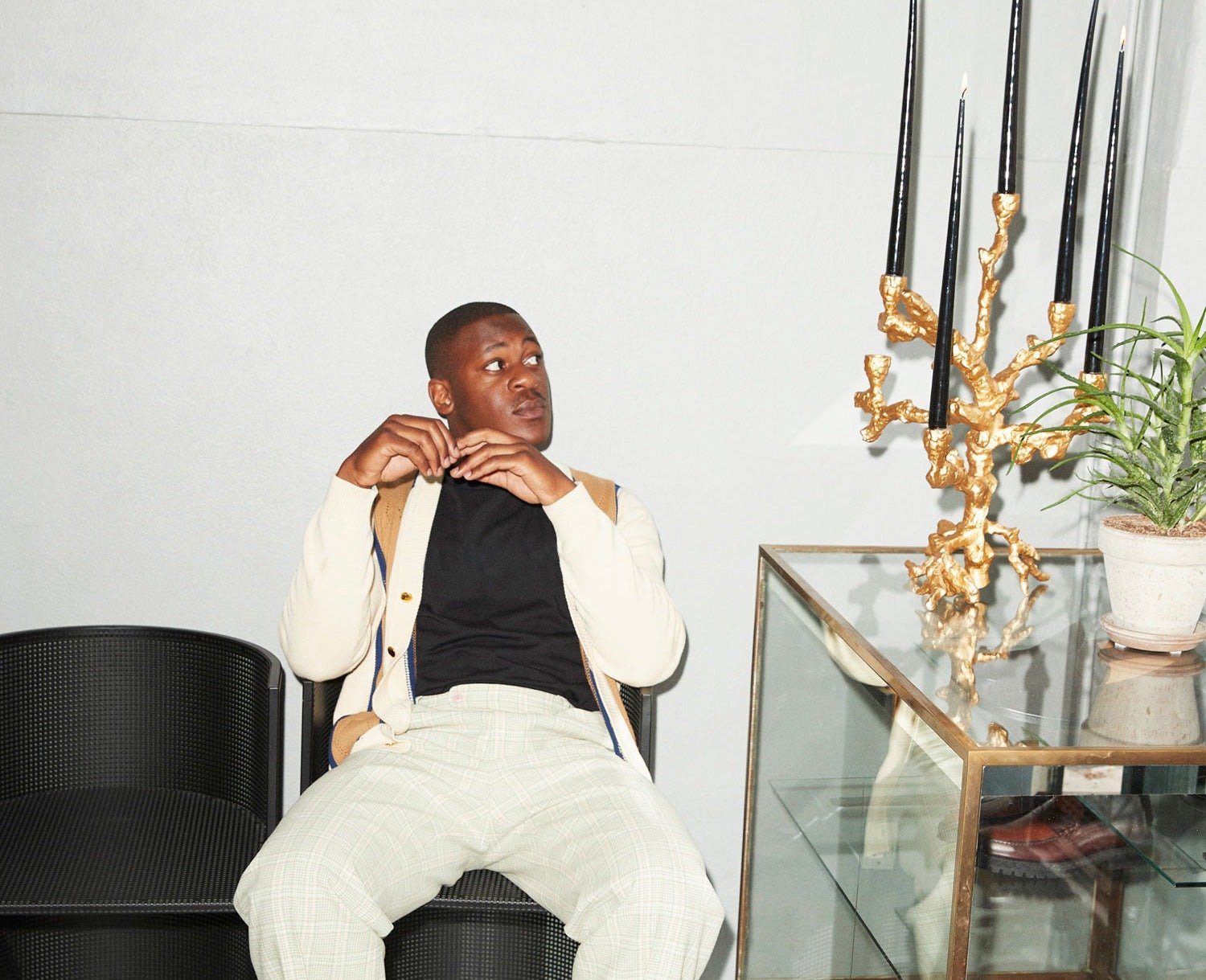
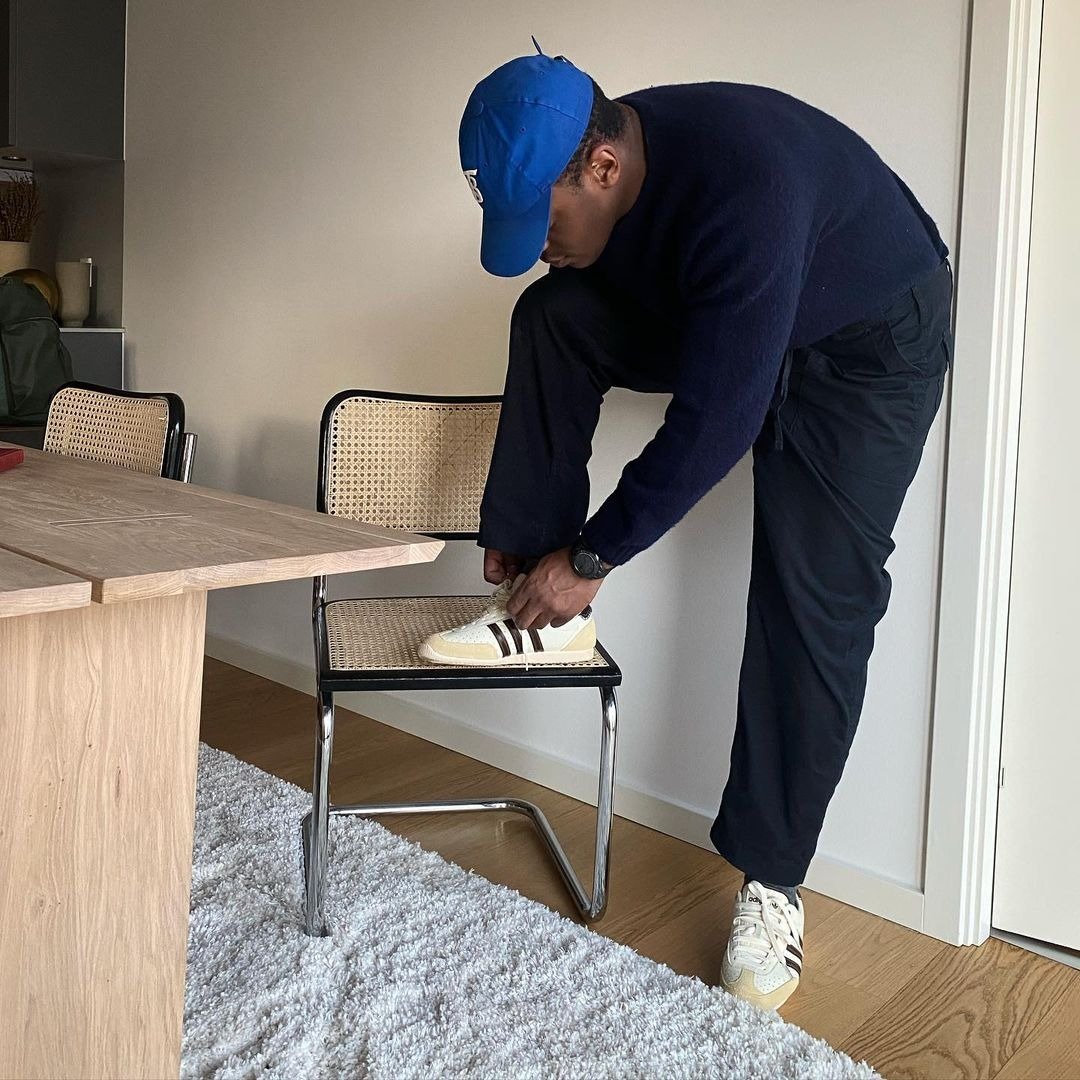
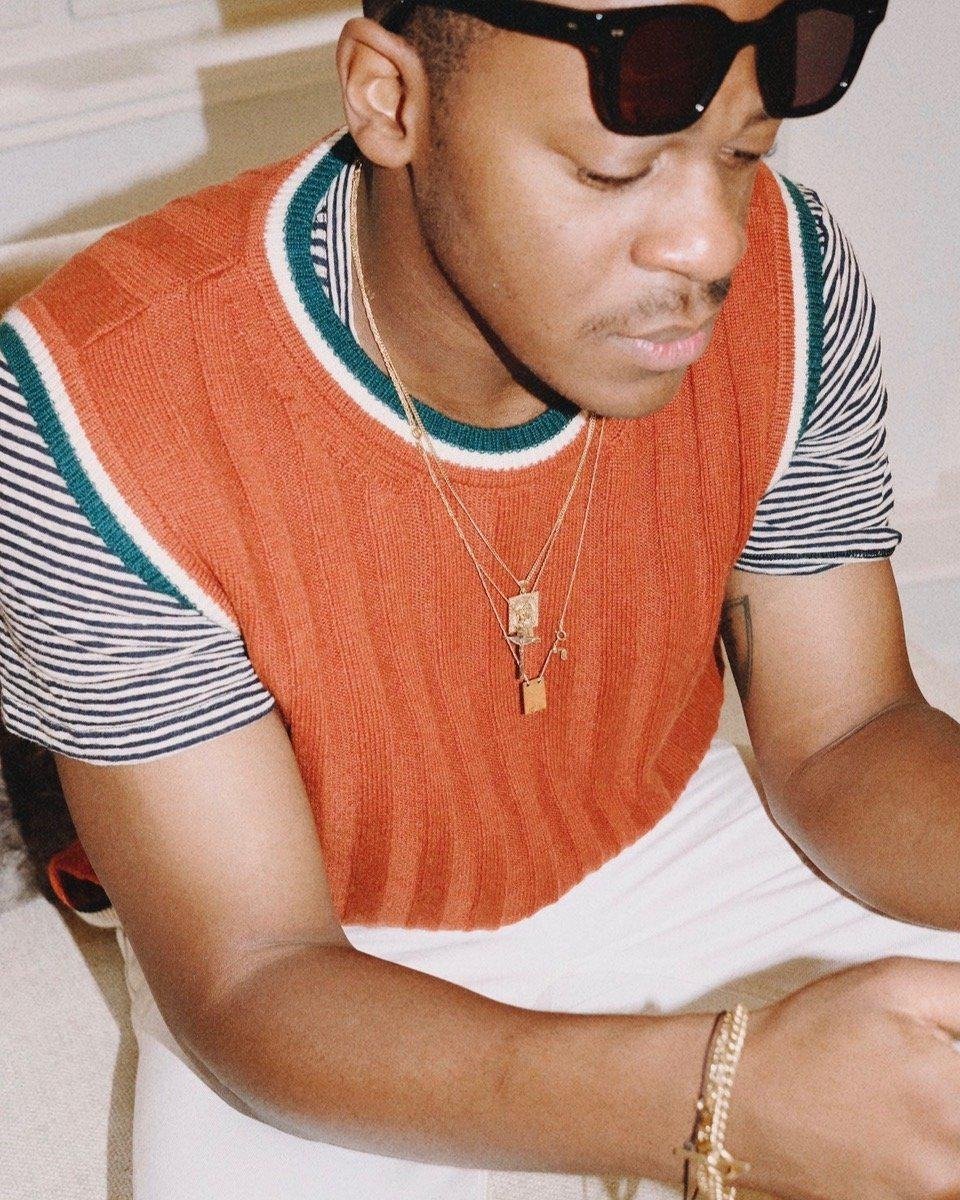
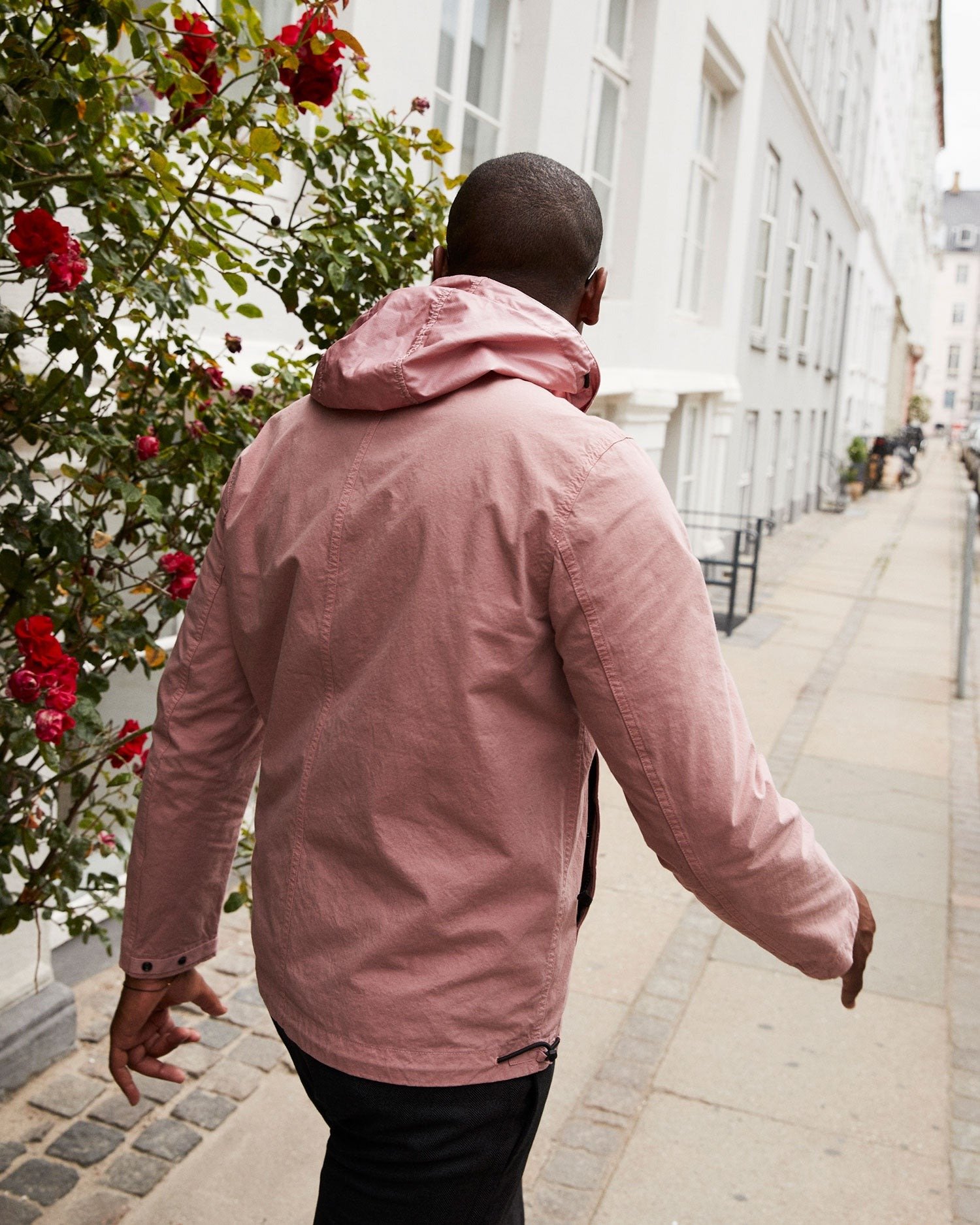
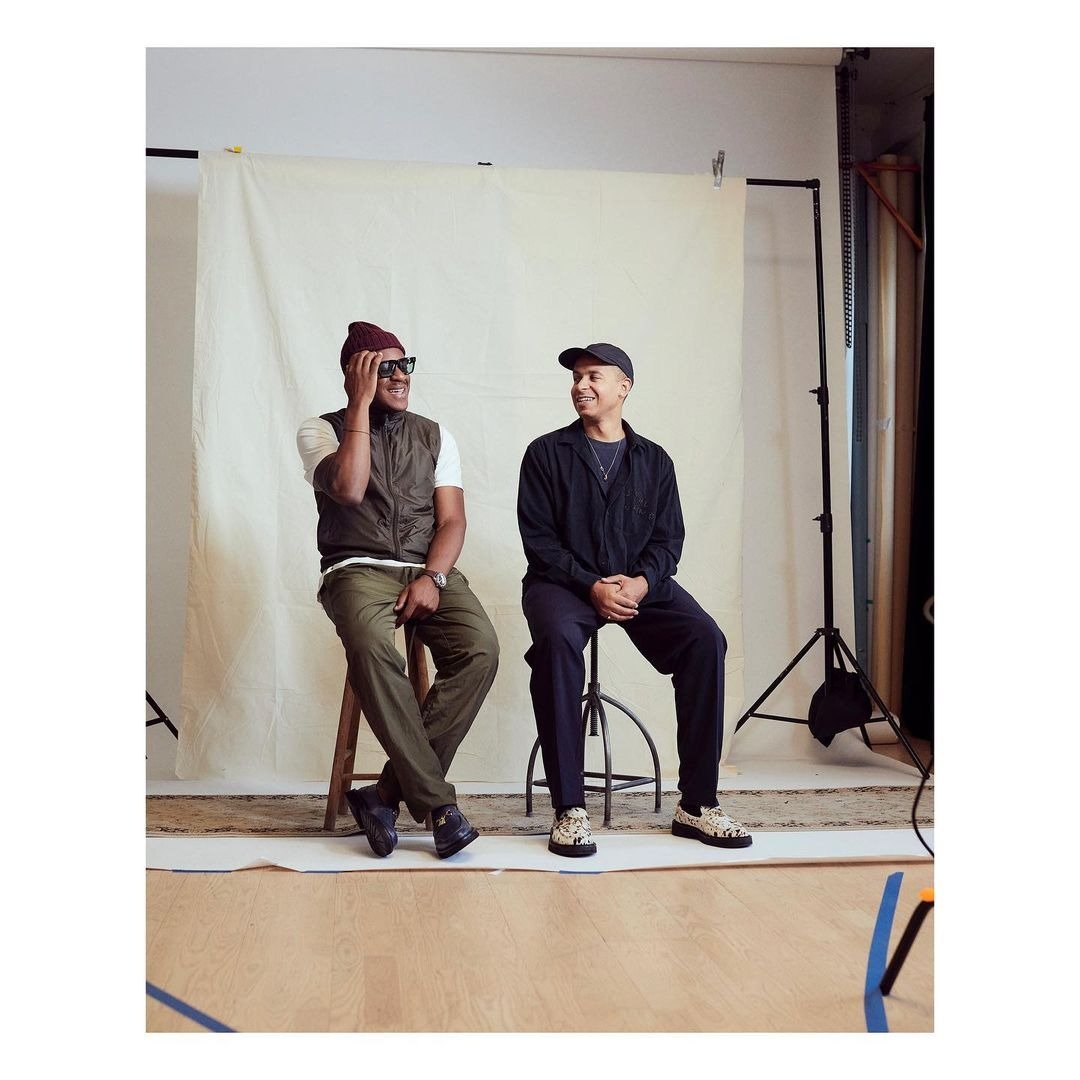


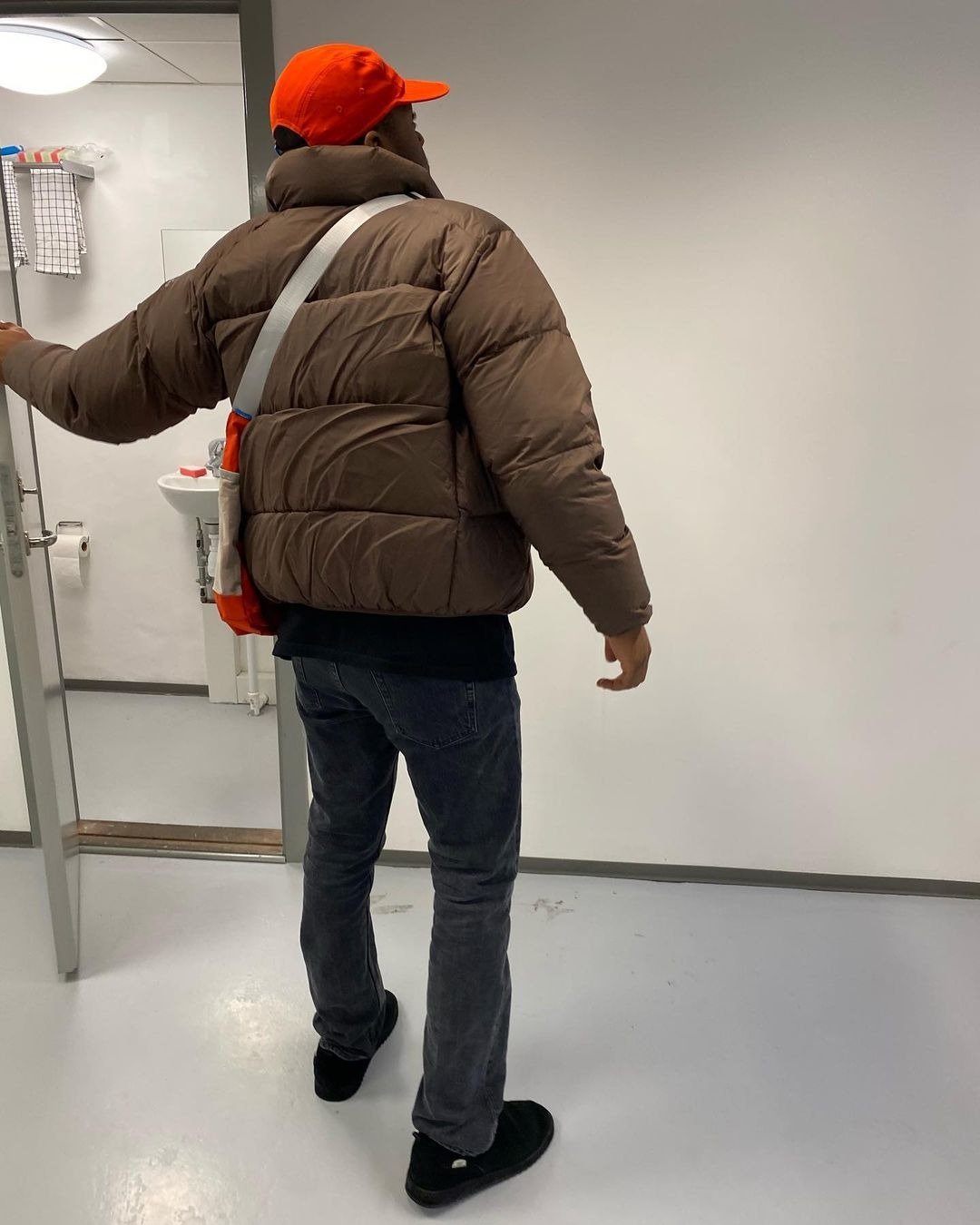
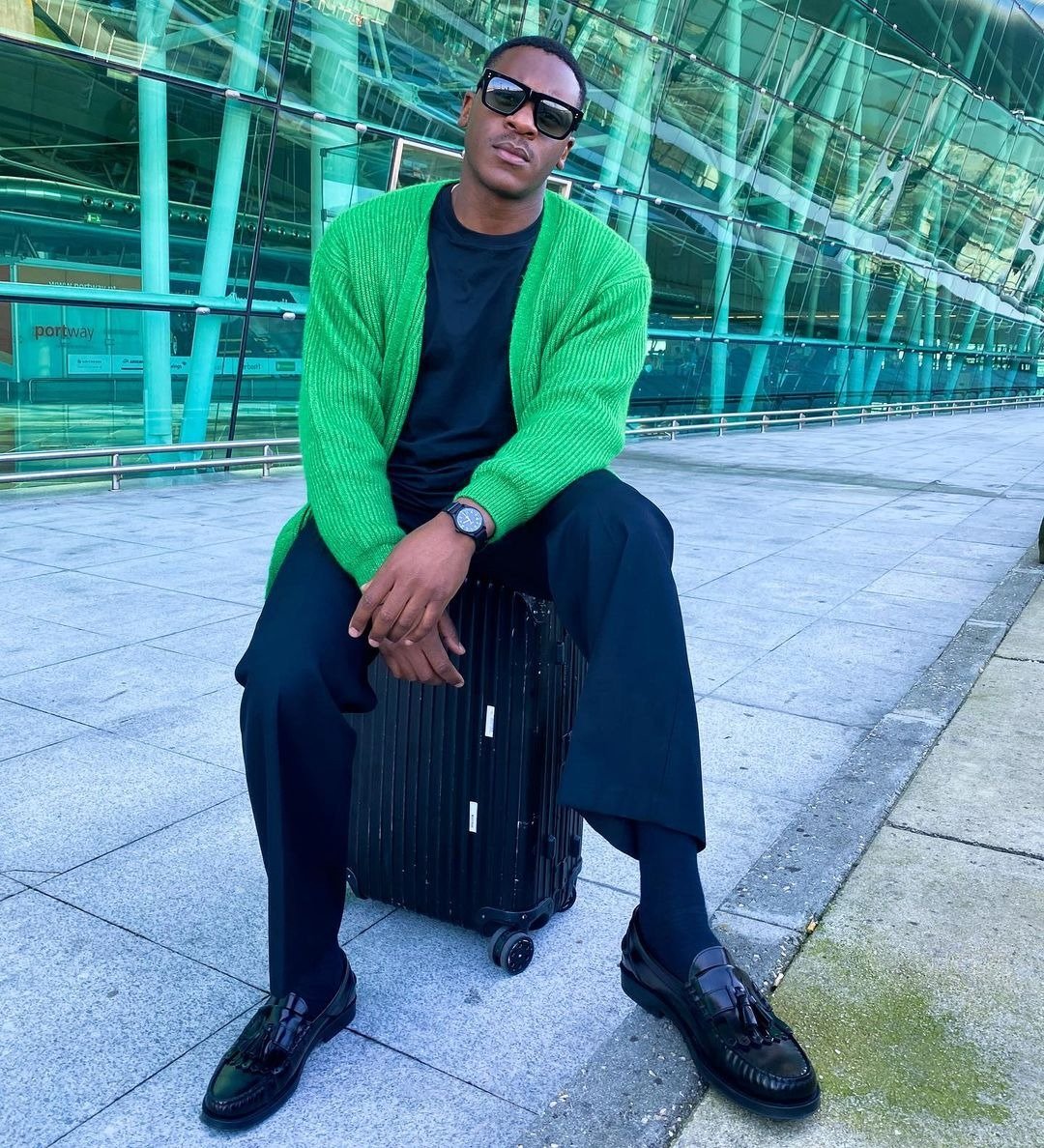
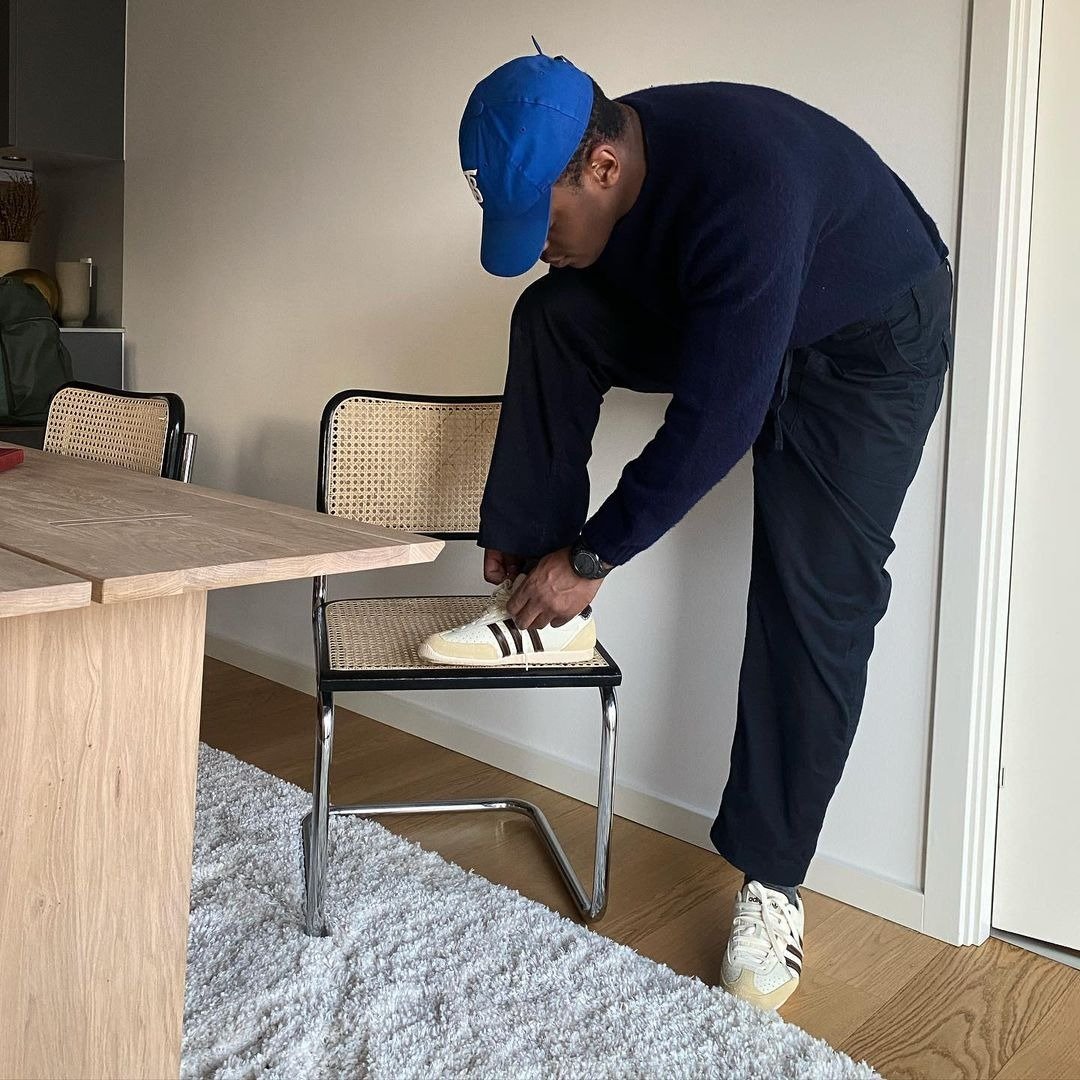
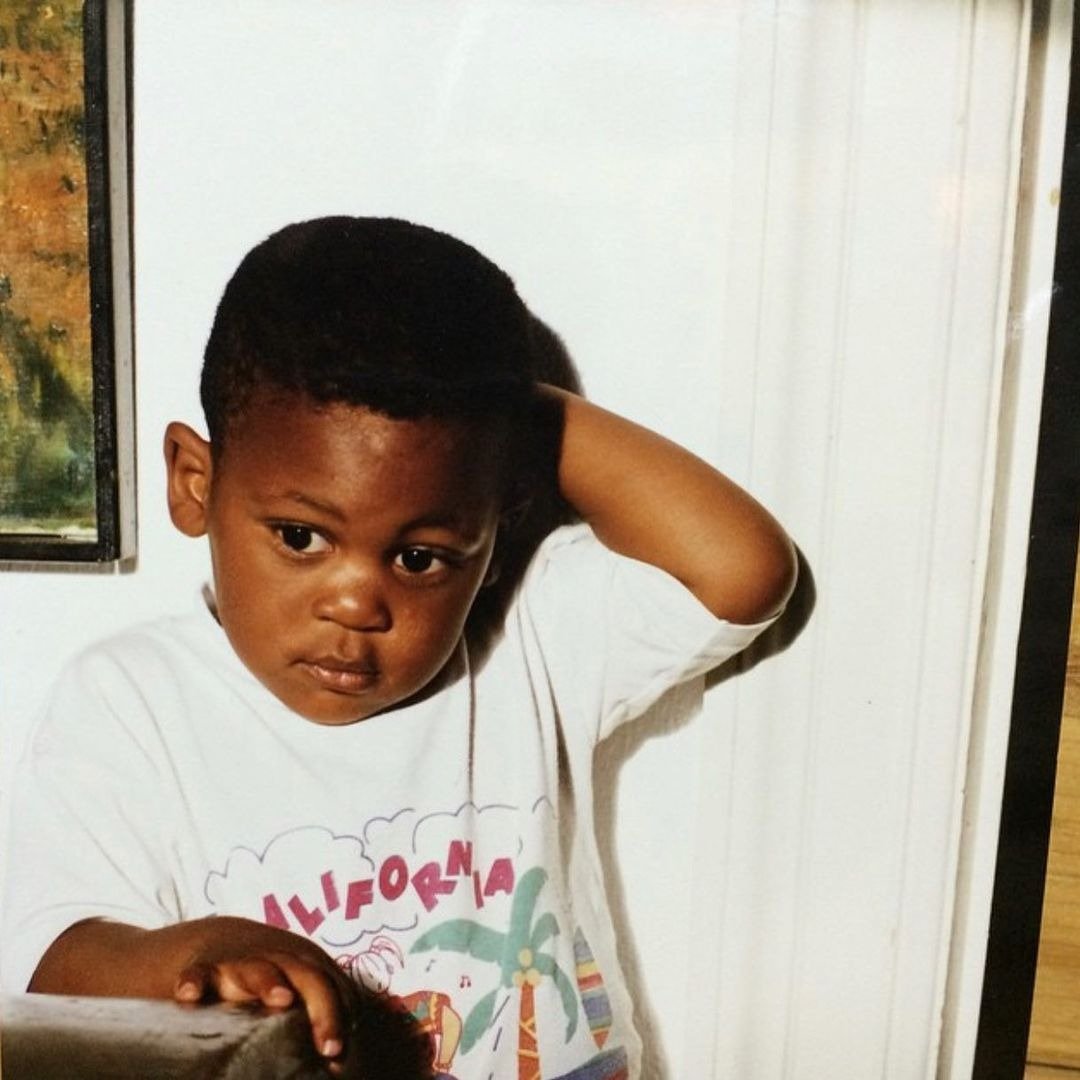
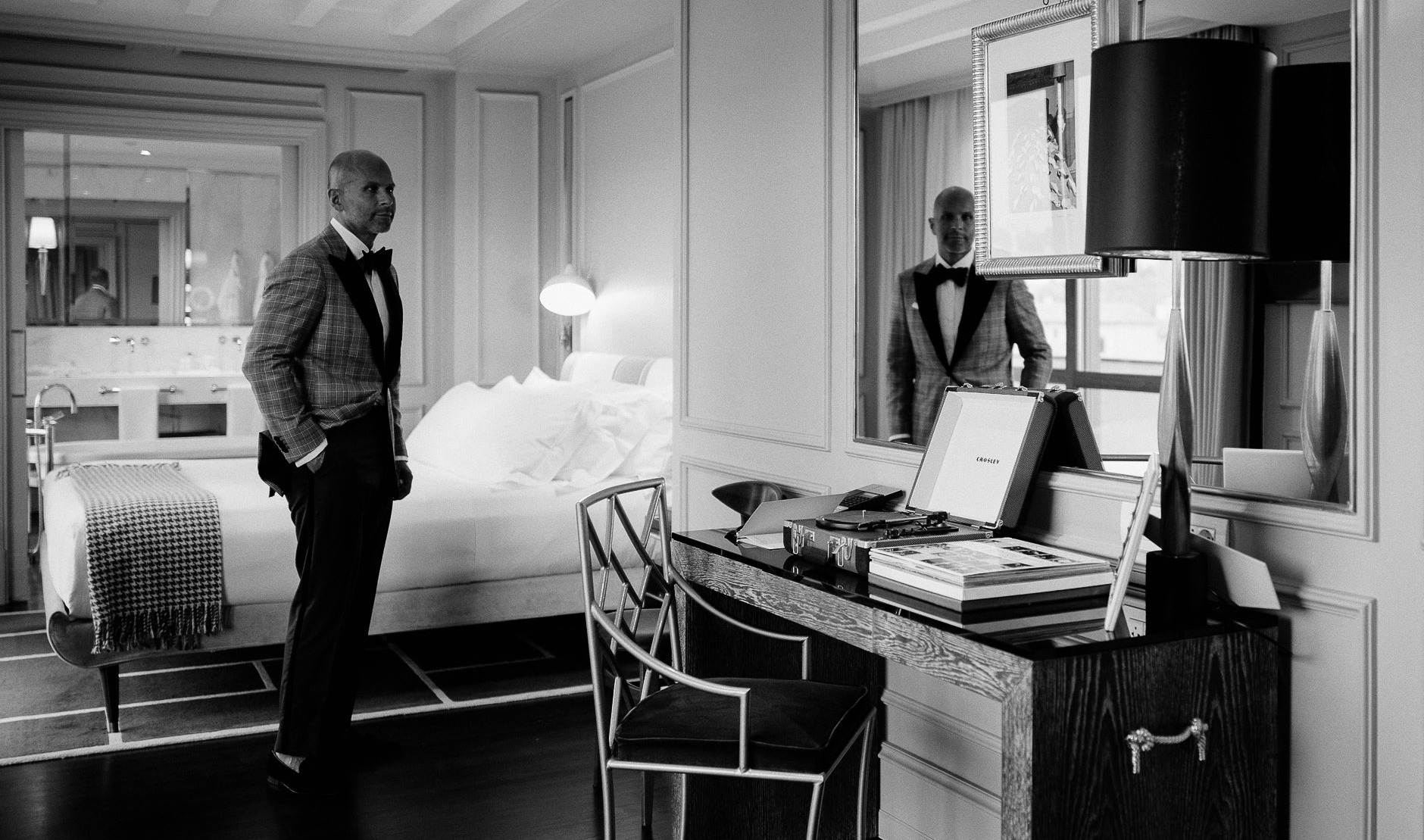
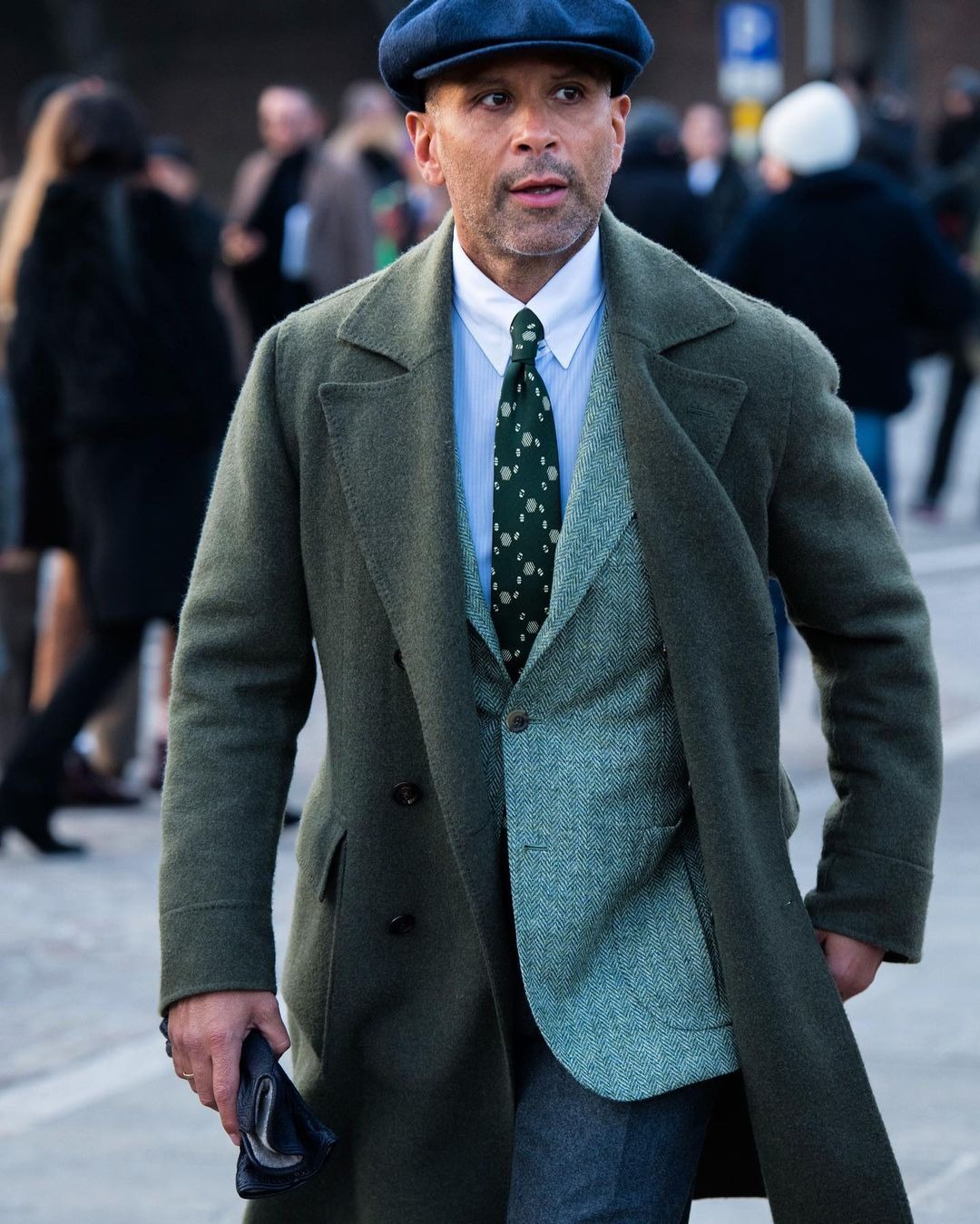
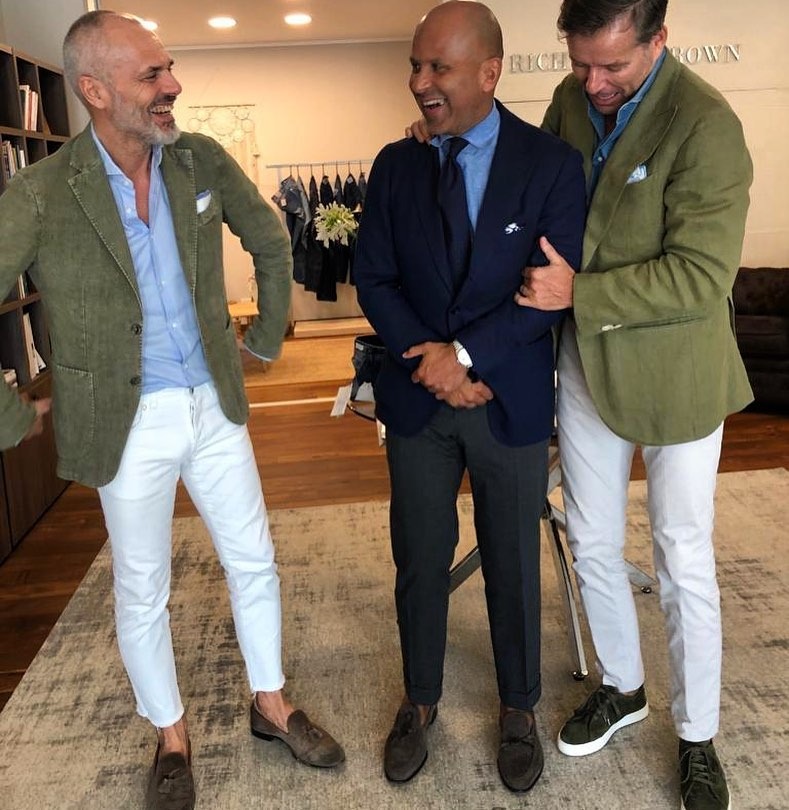
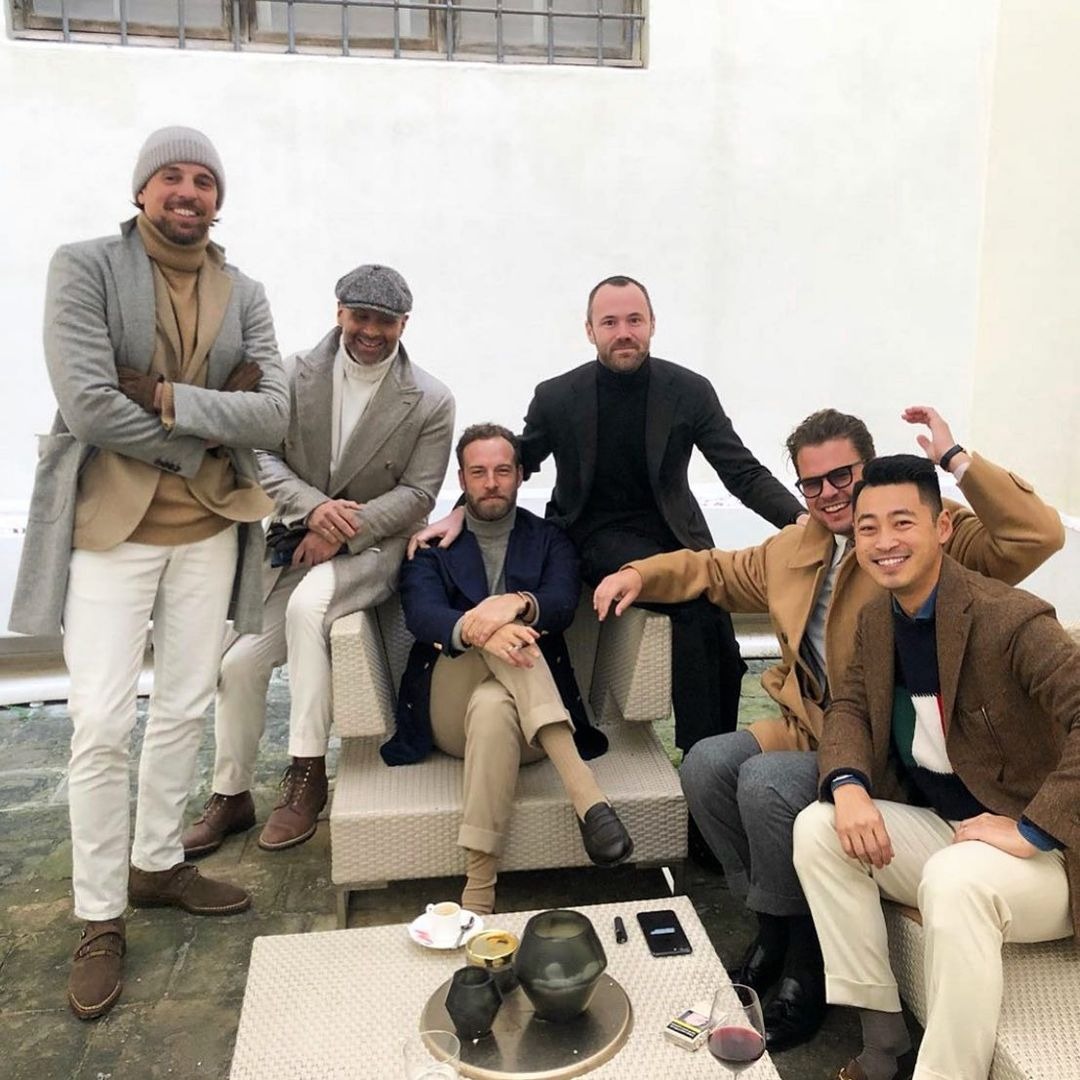
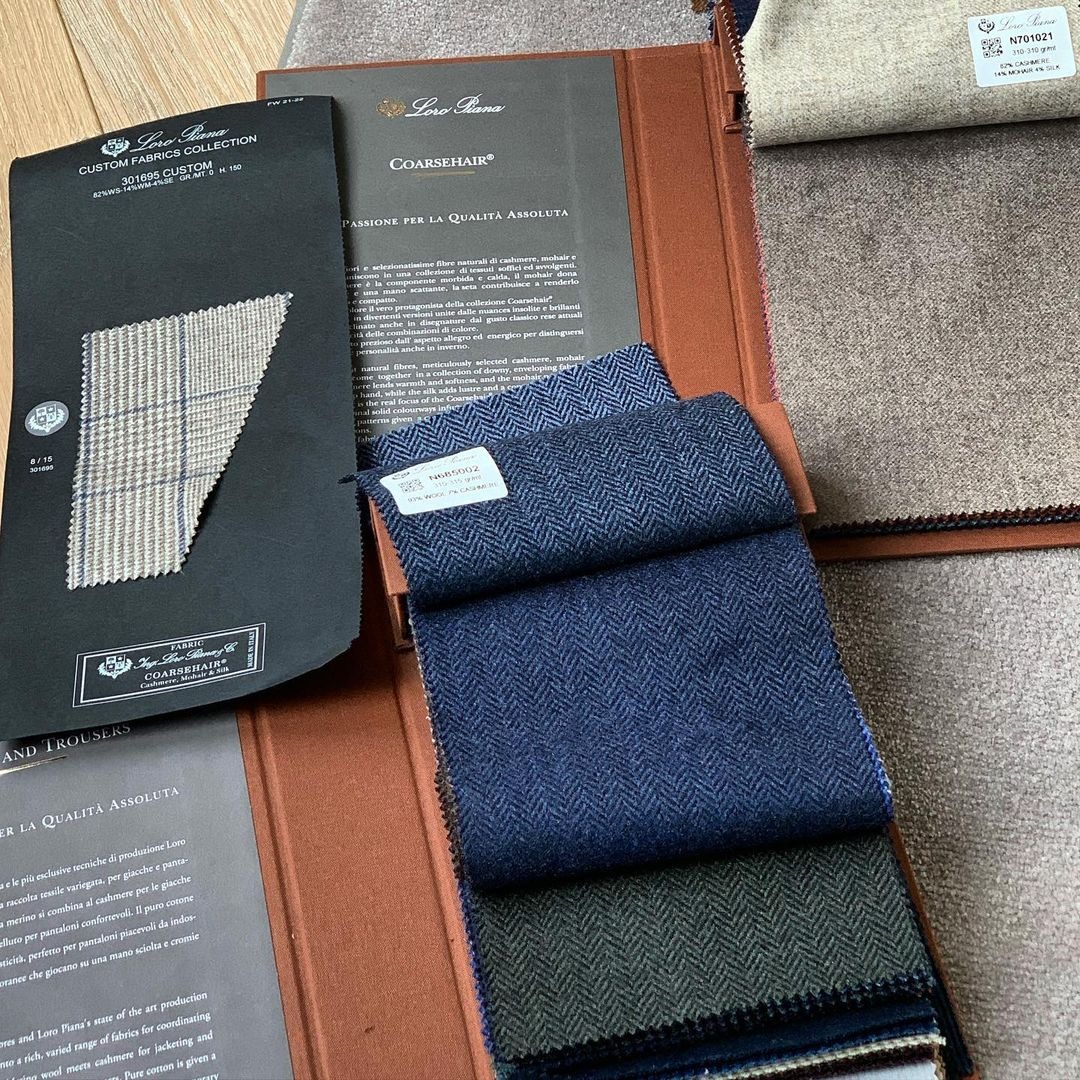
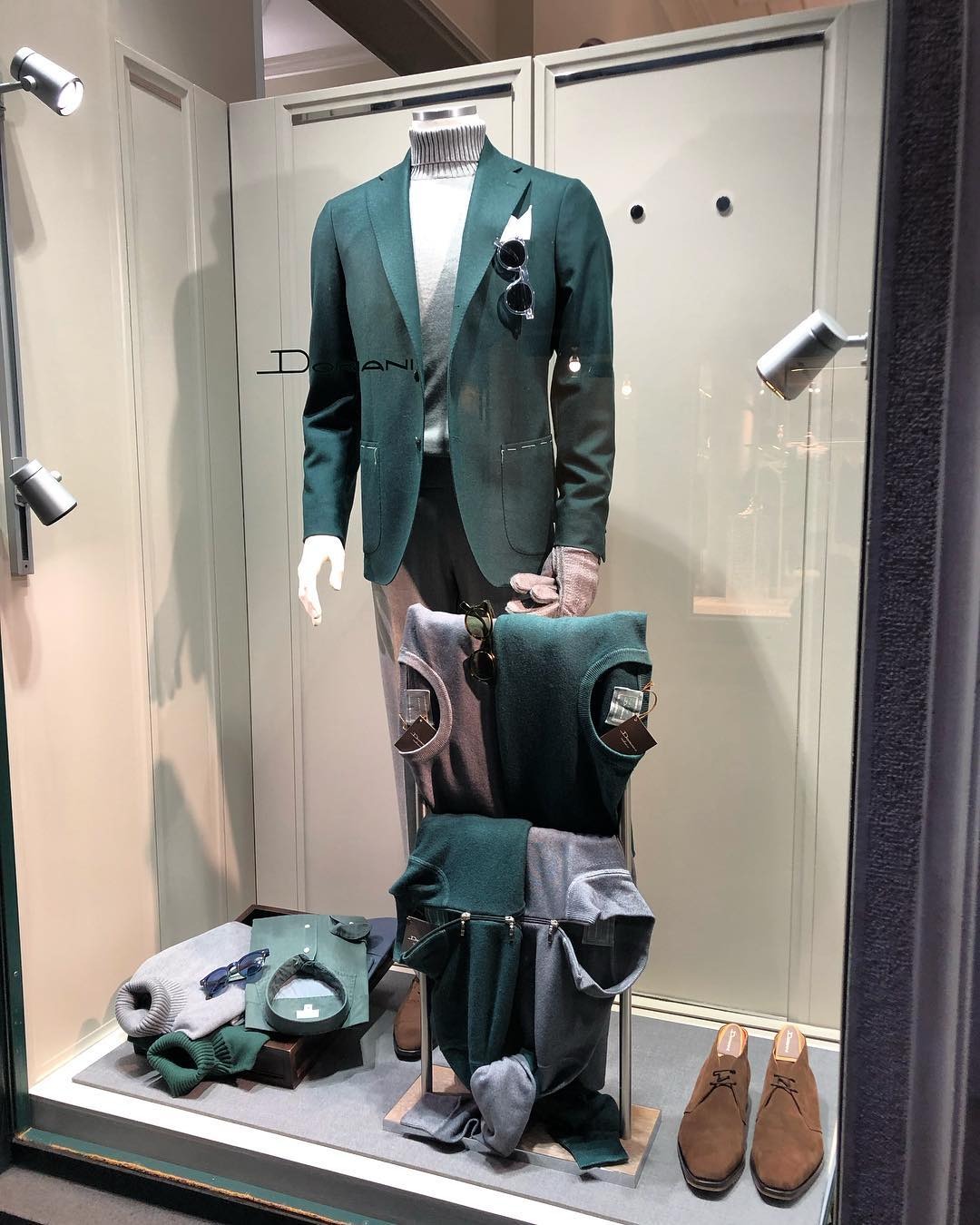
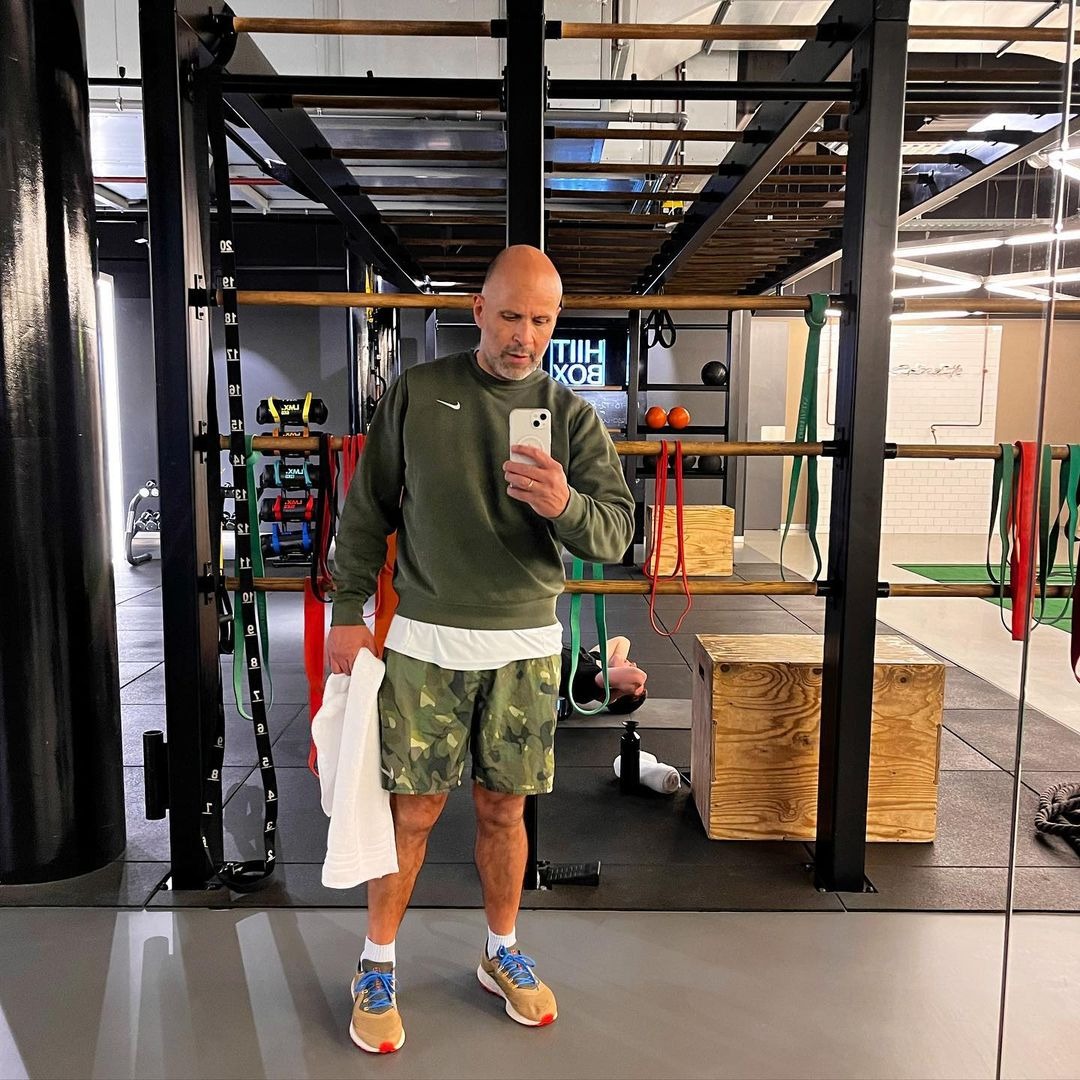
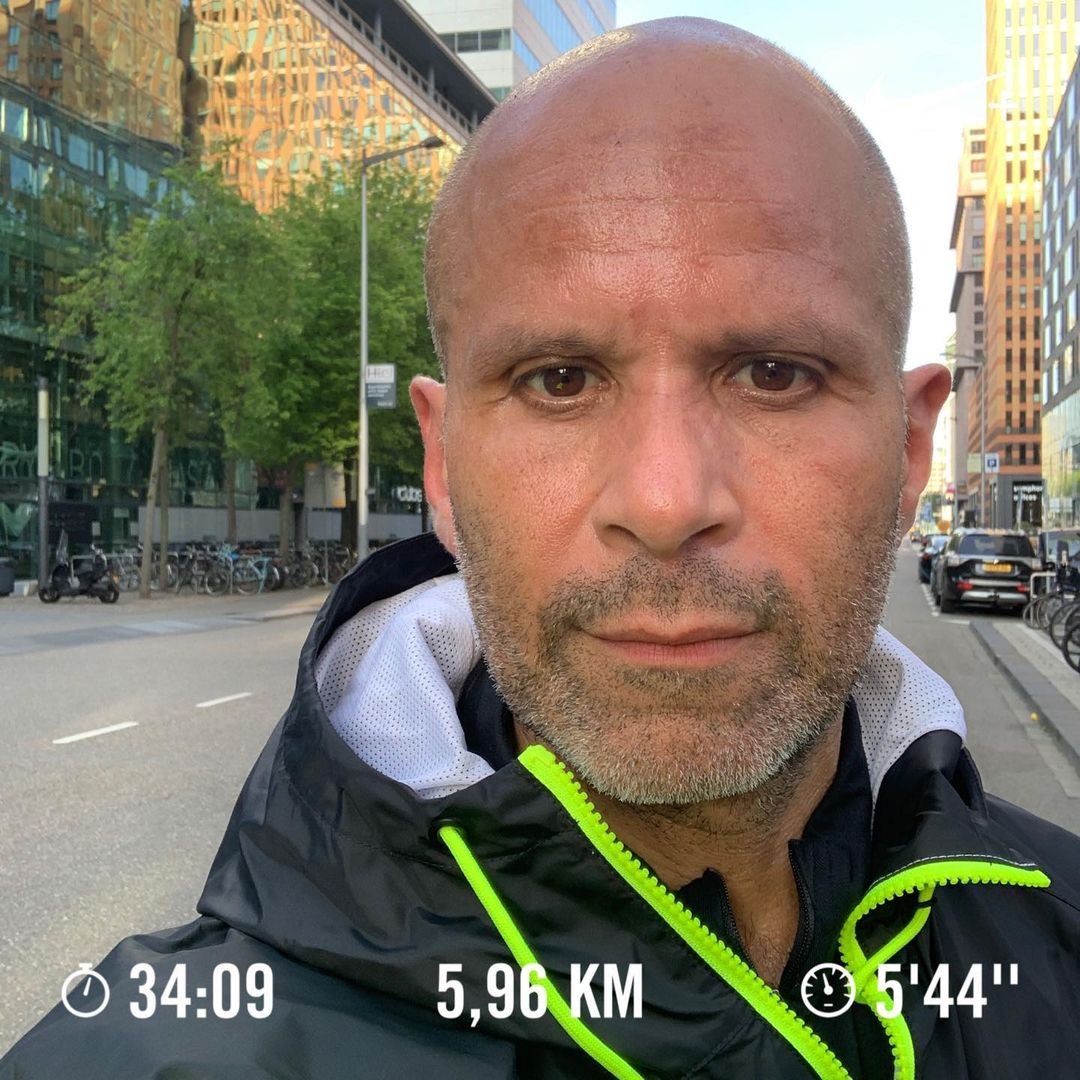

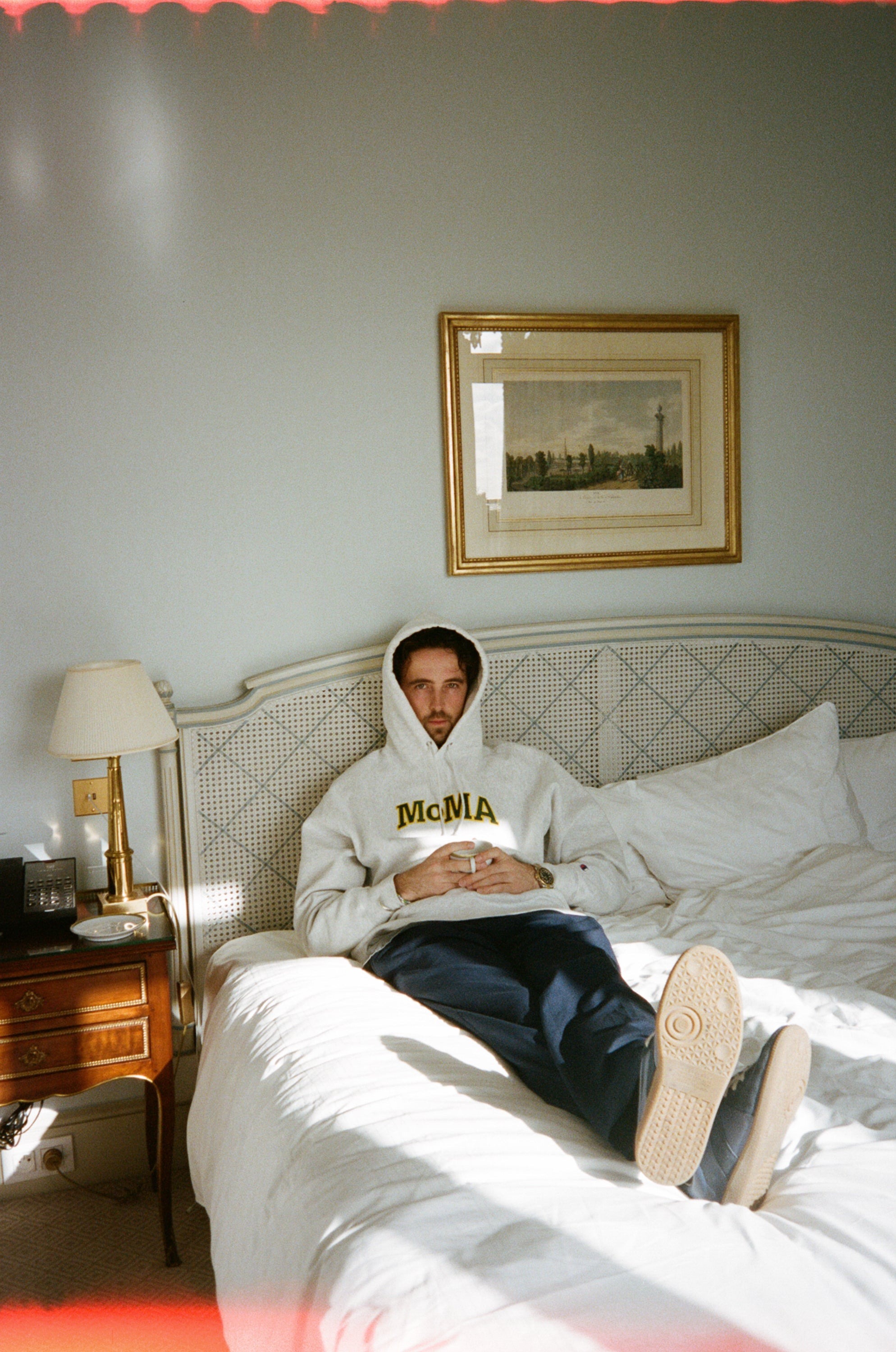
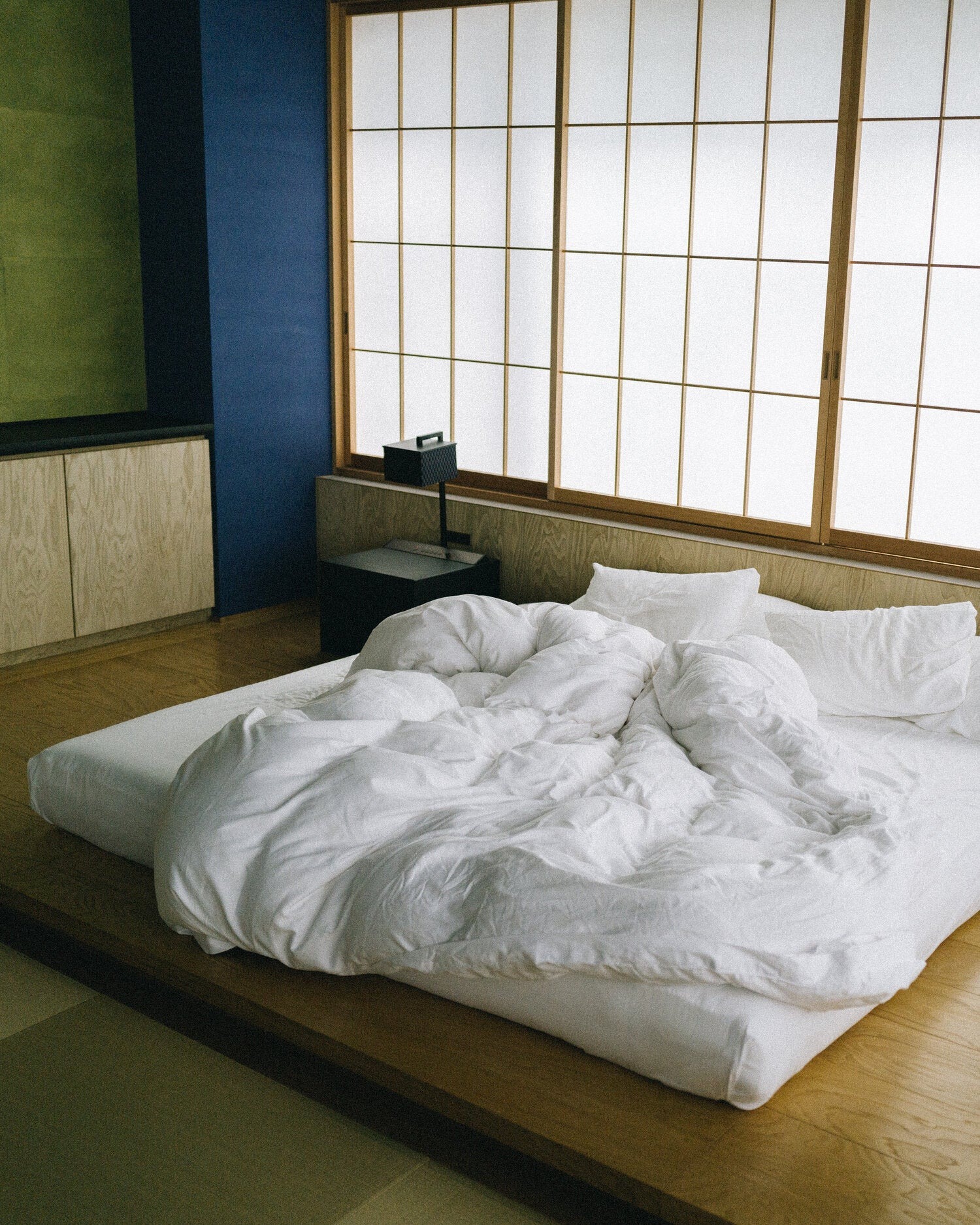
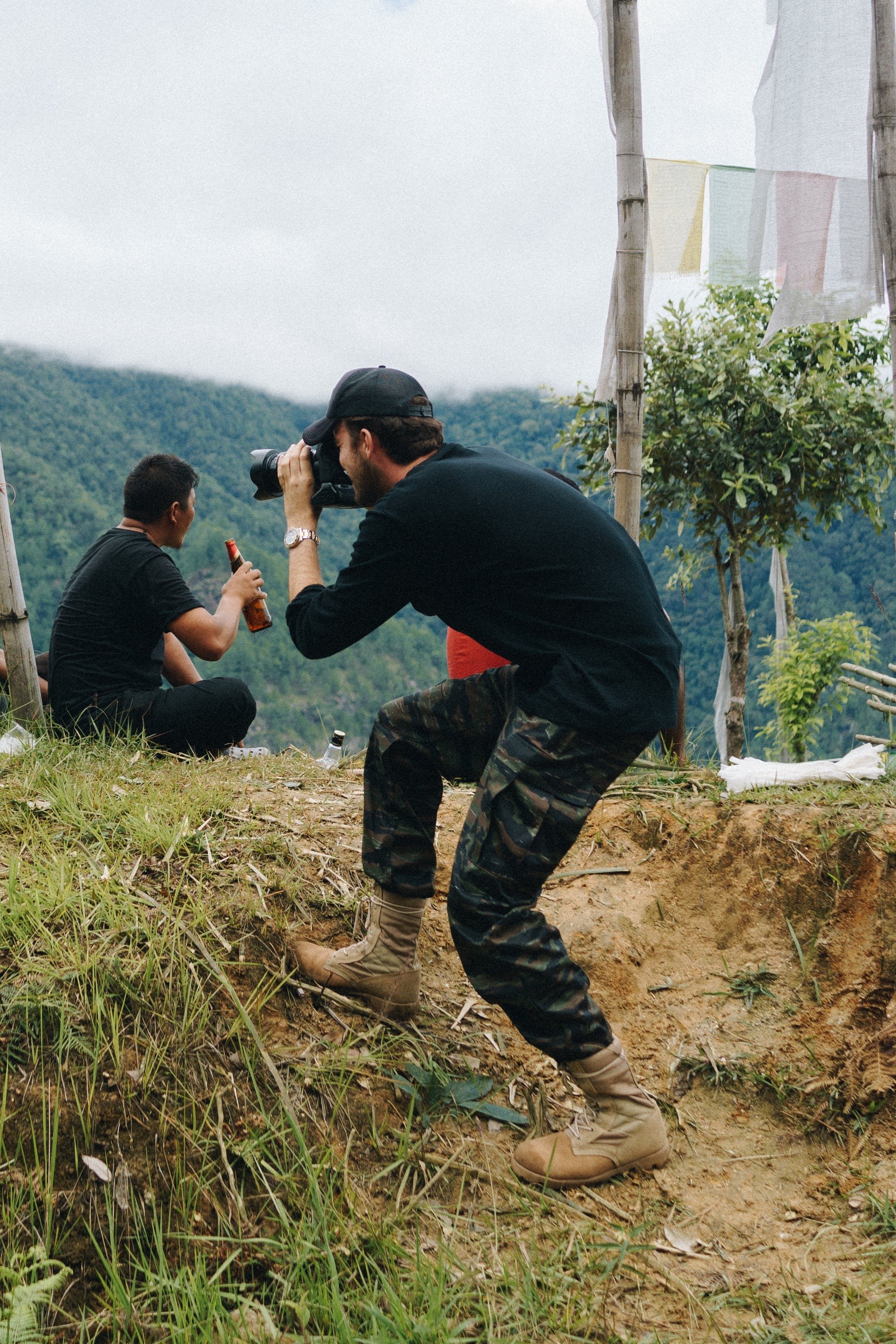

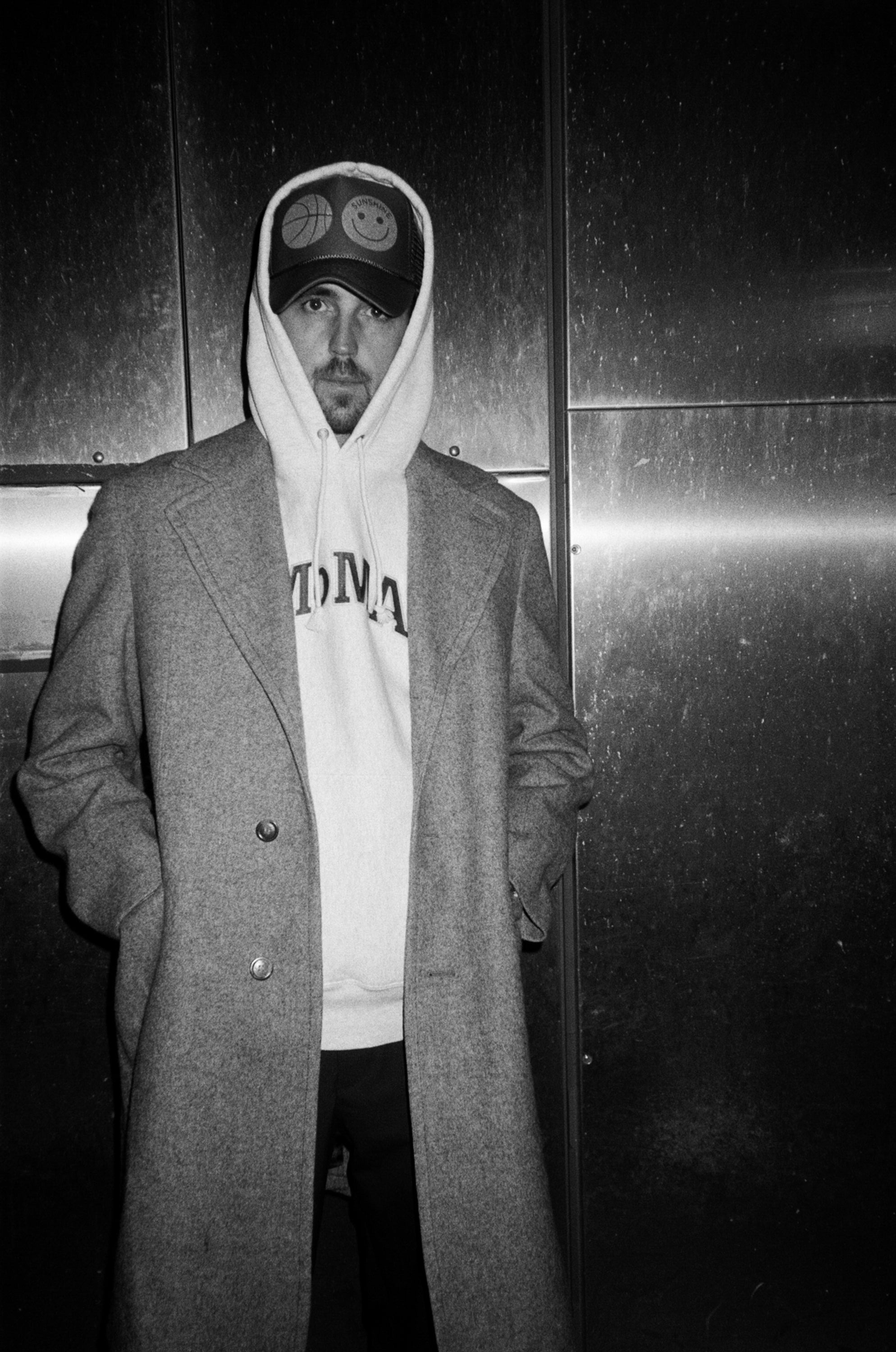
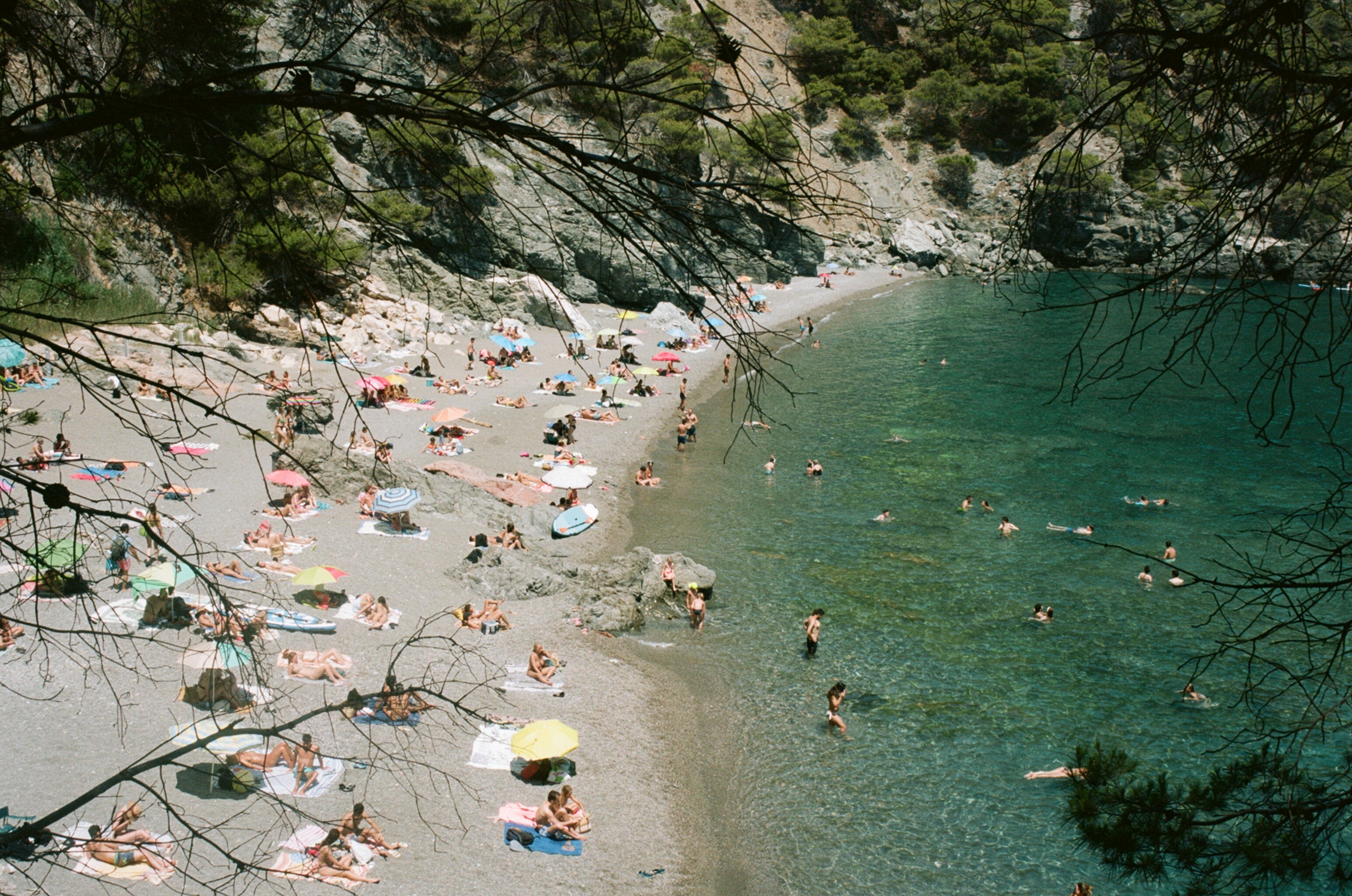

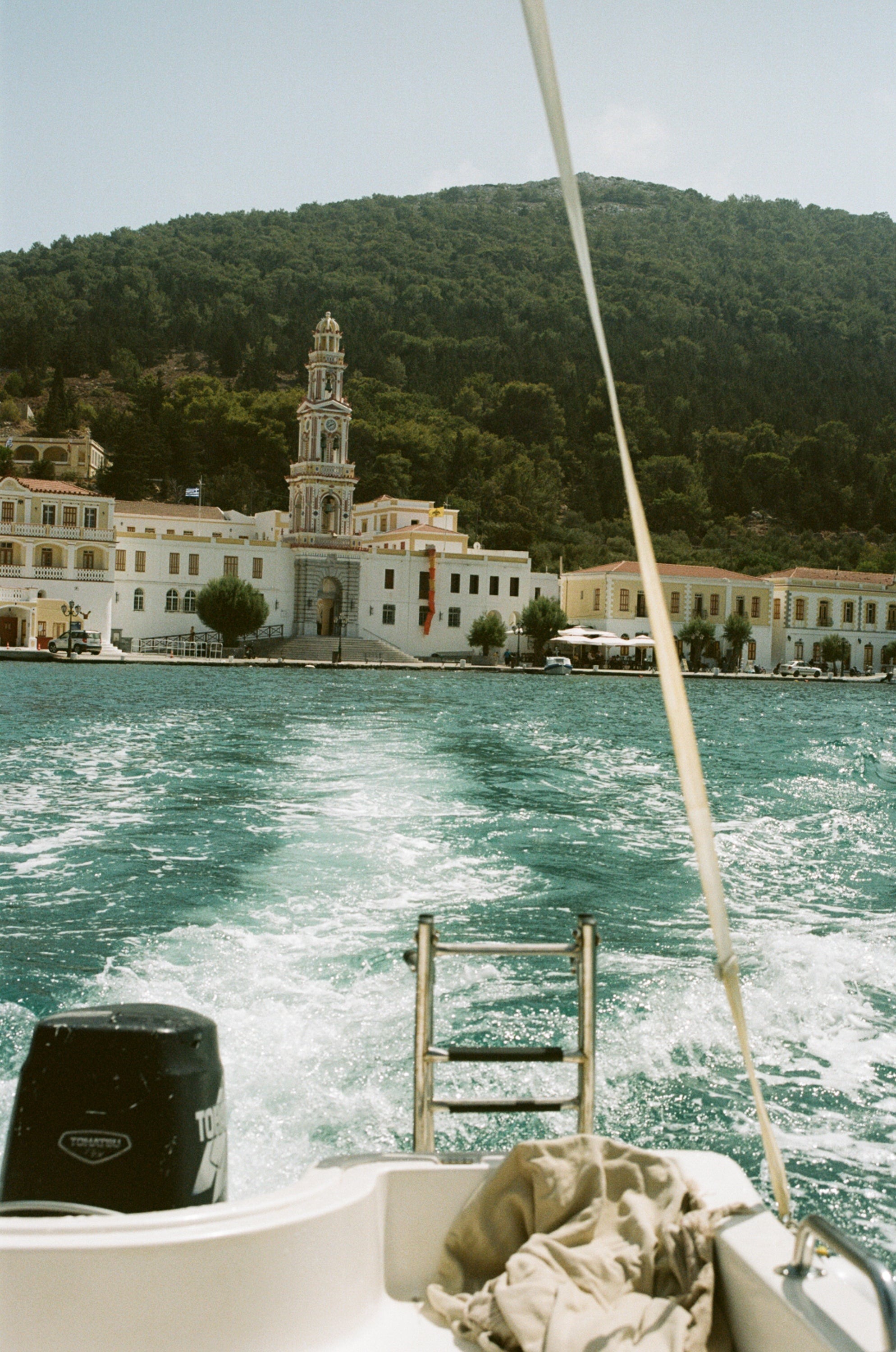
.jpg?v=1680084457897)


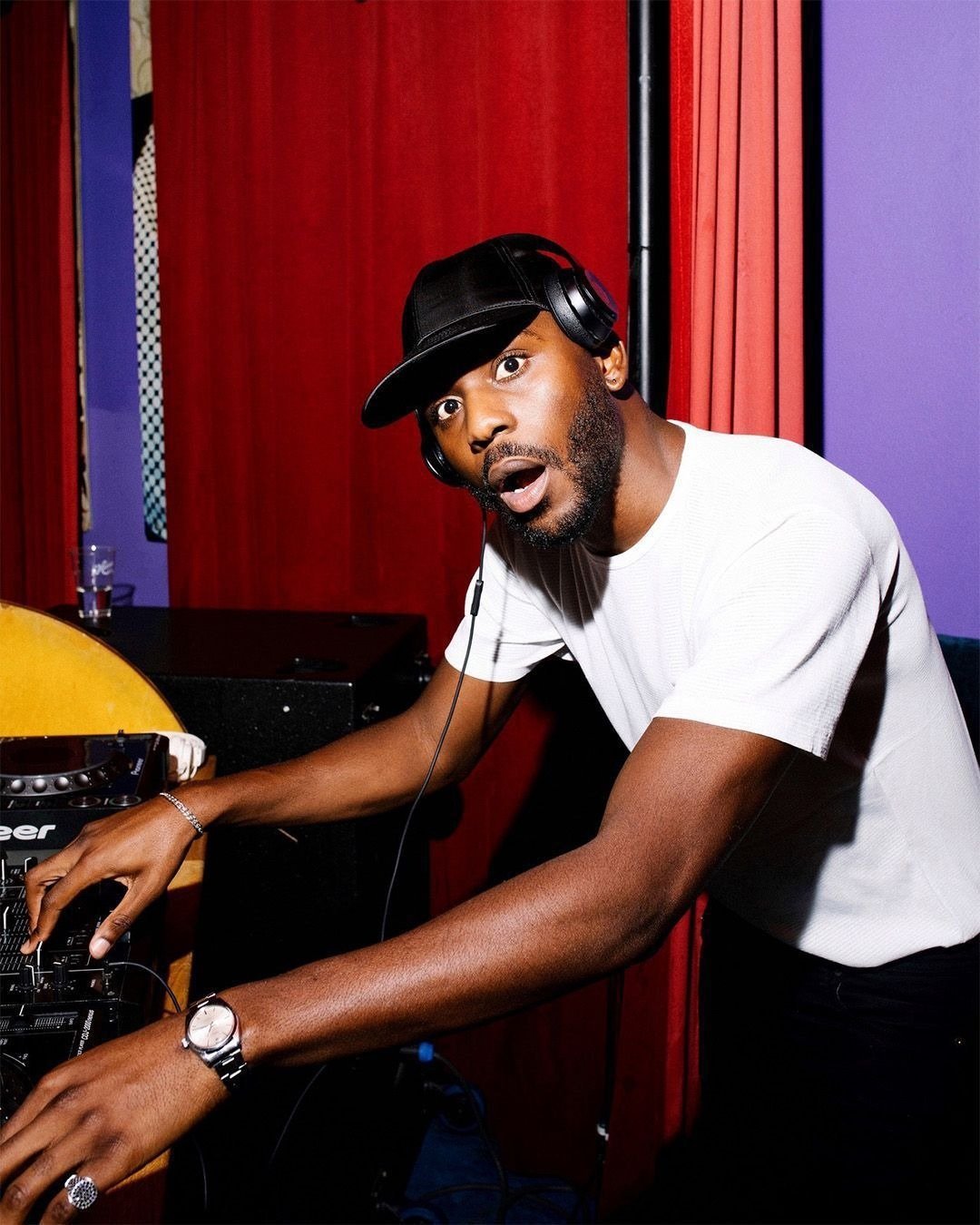
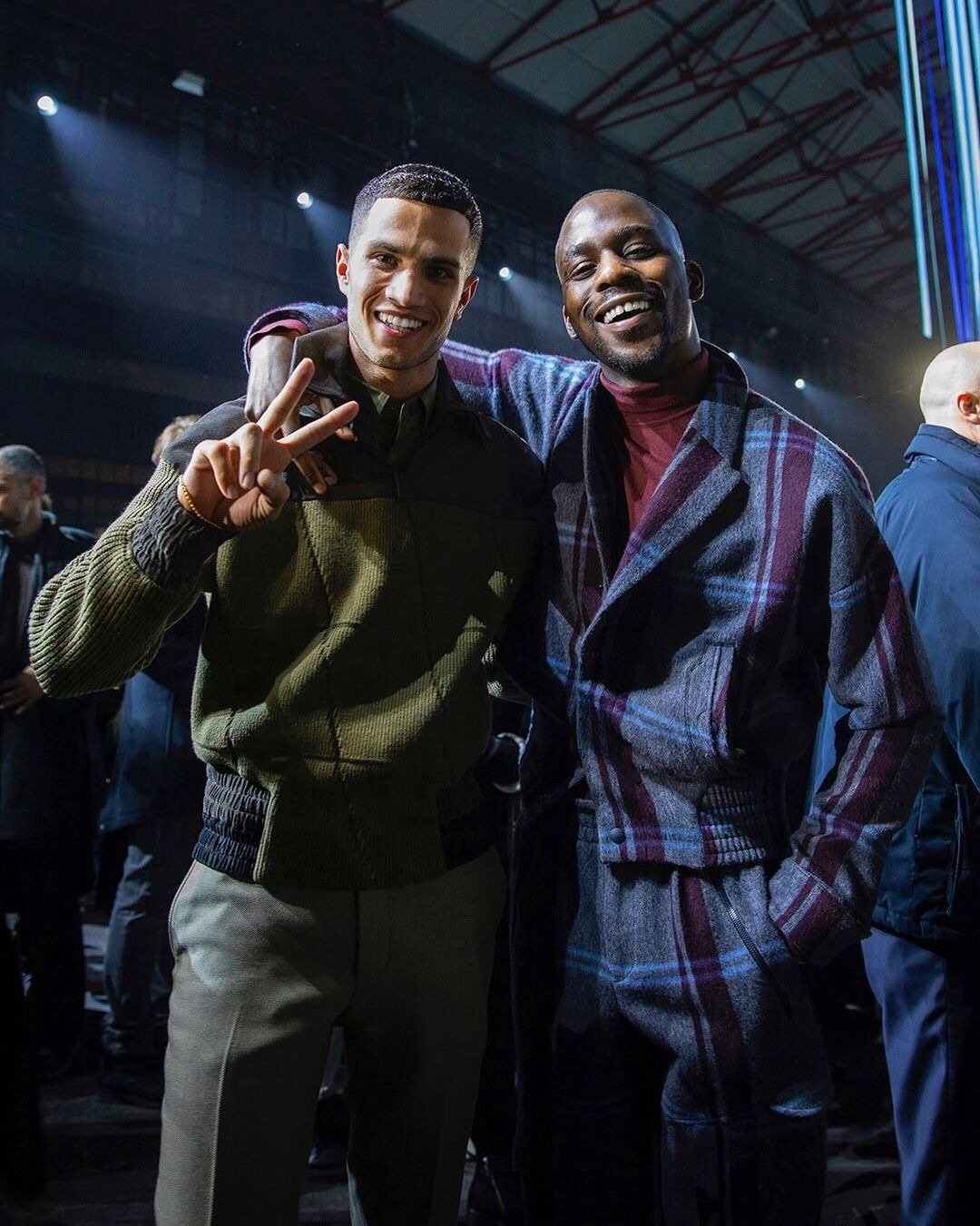
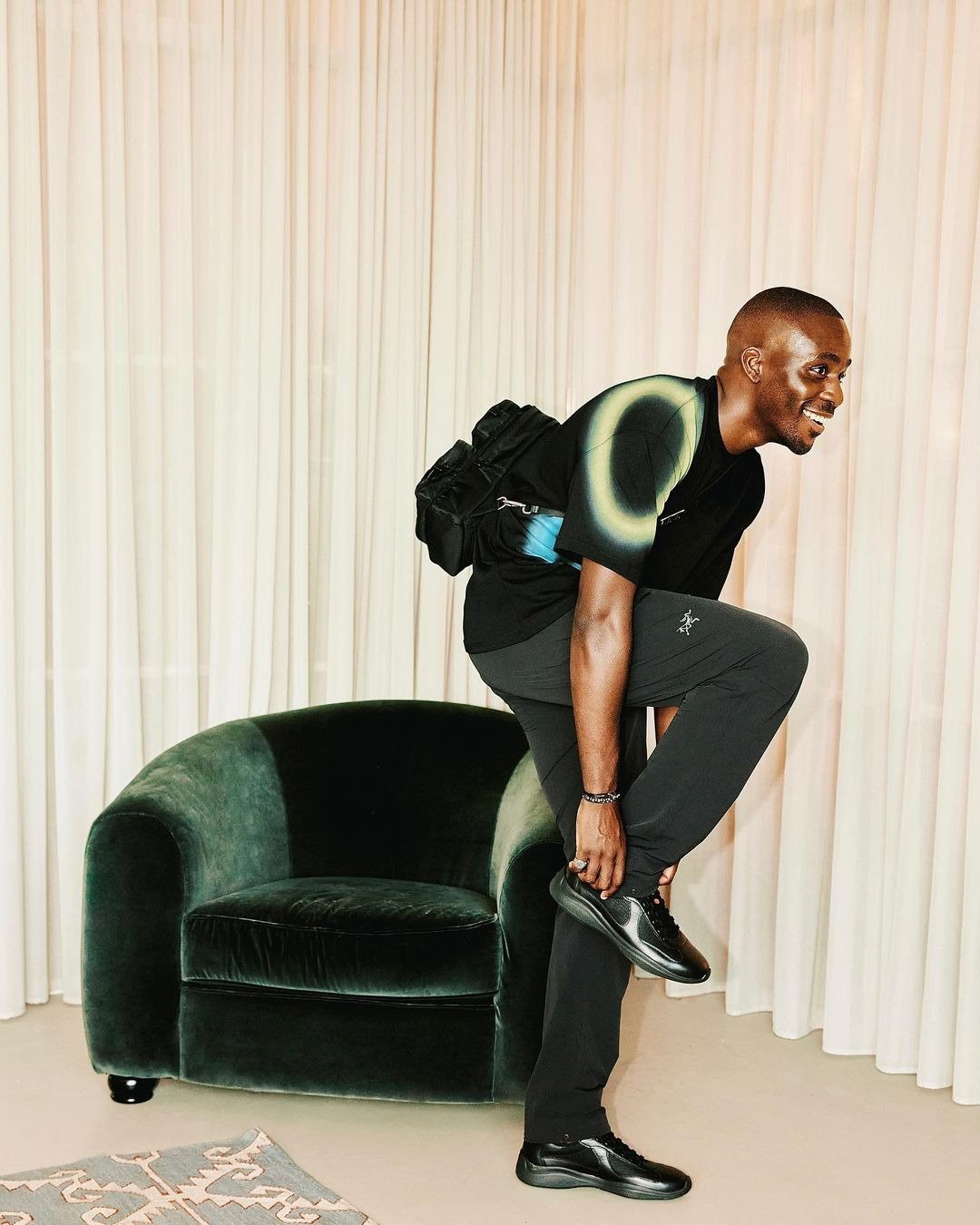

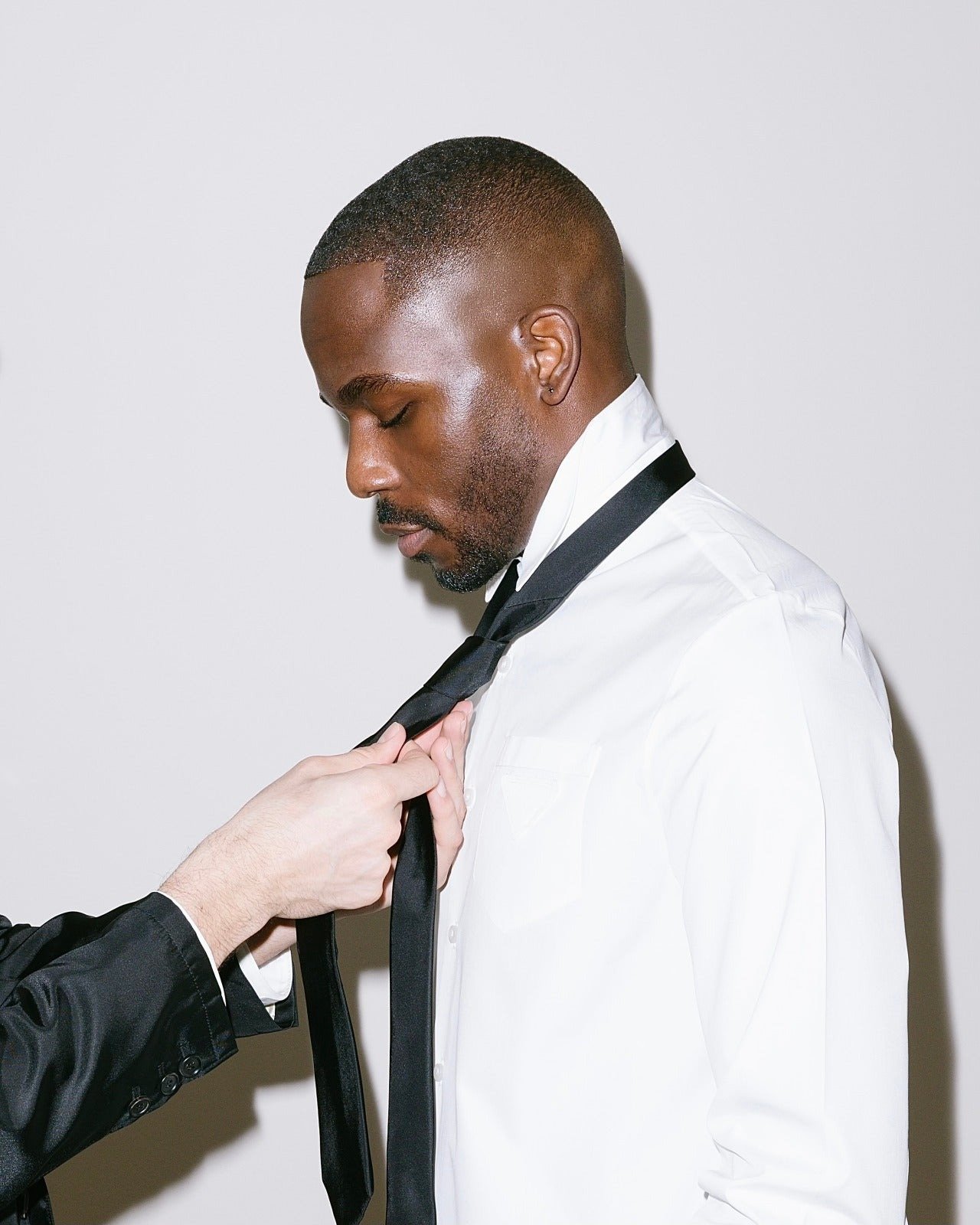
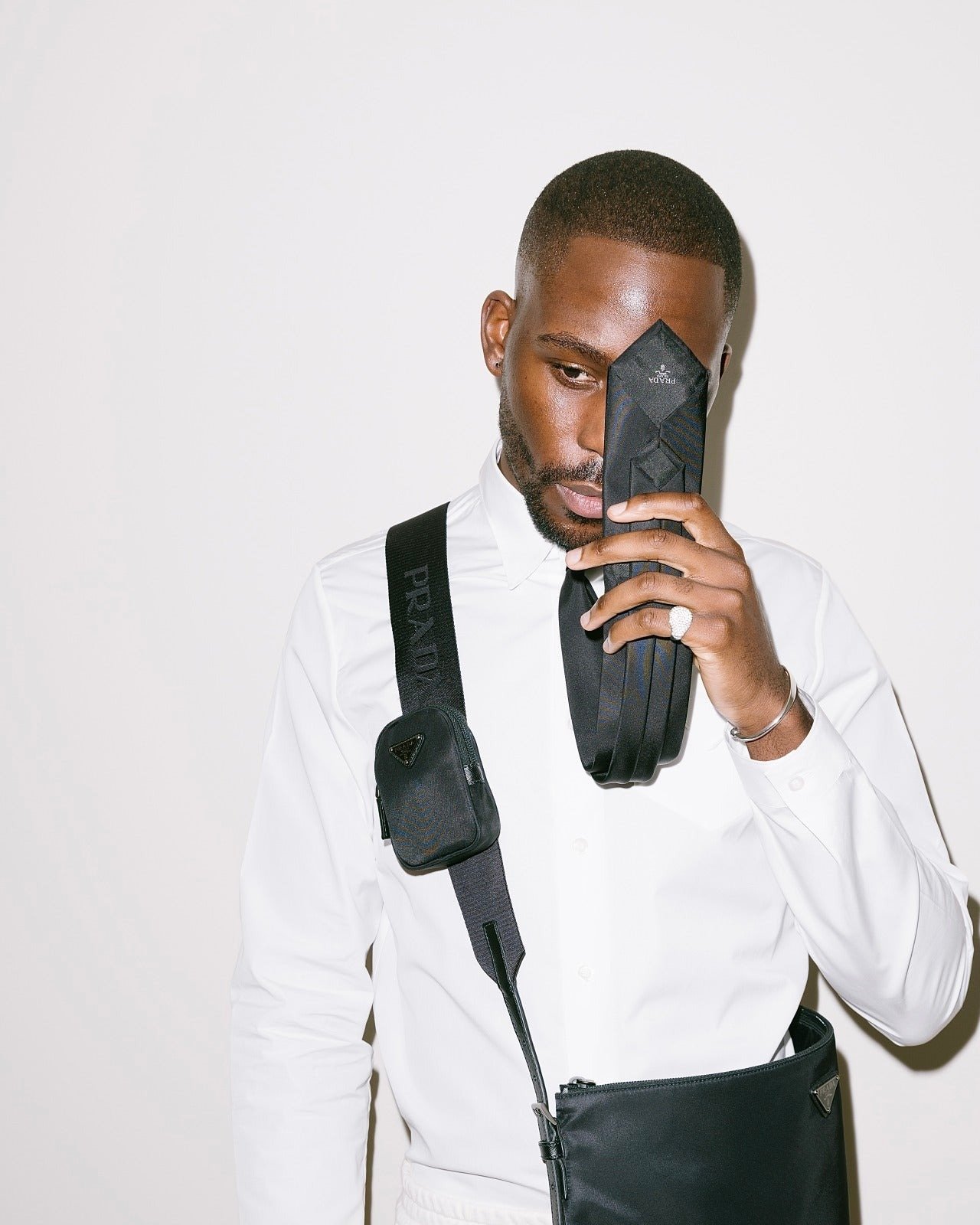

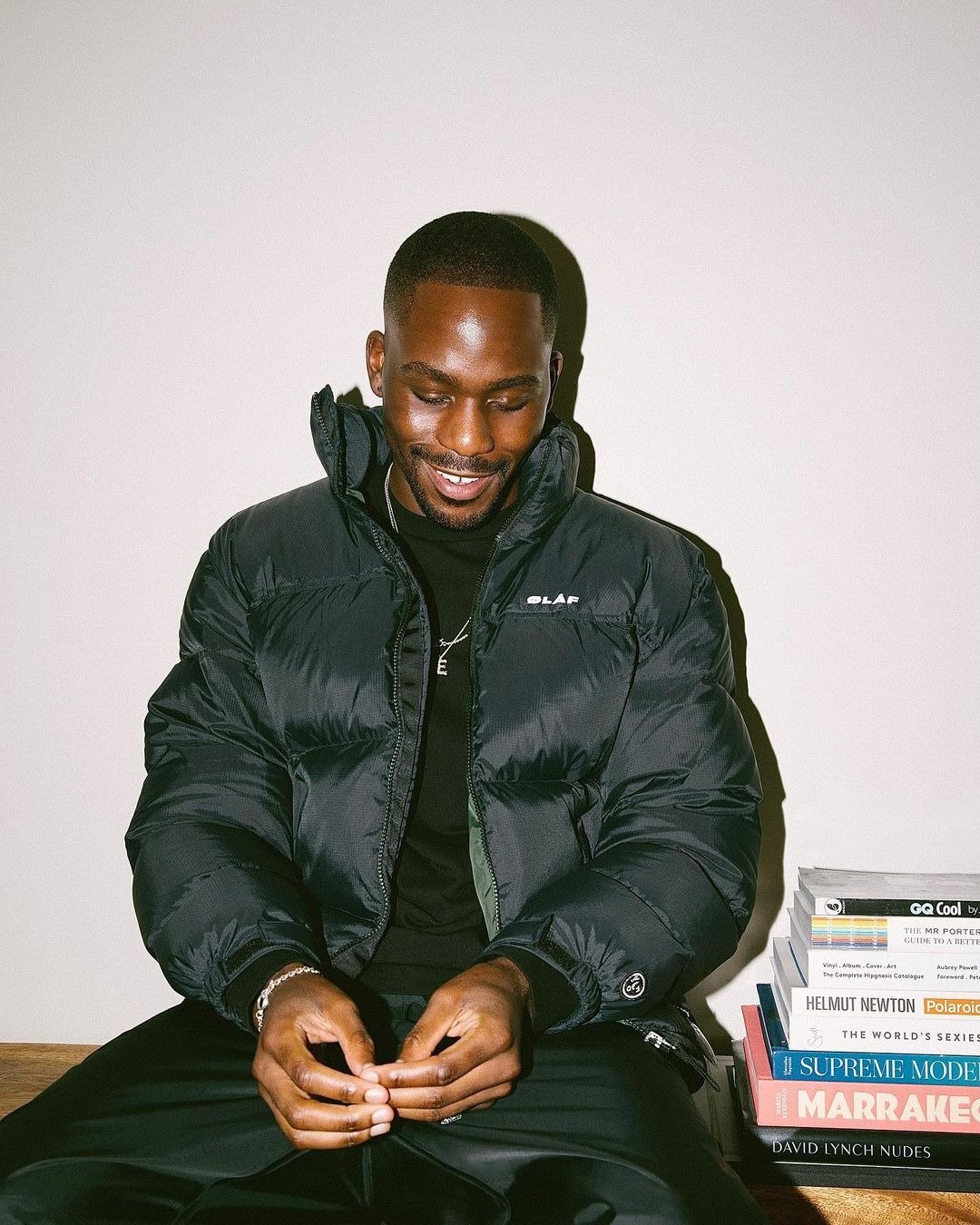
.jpg?v=1680102098033)


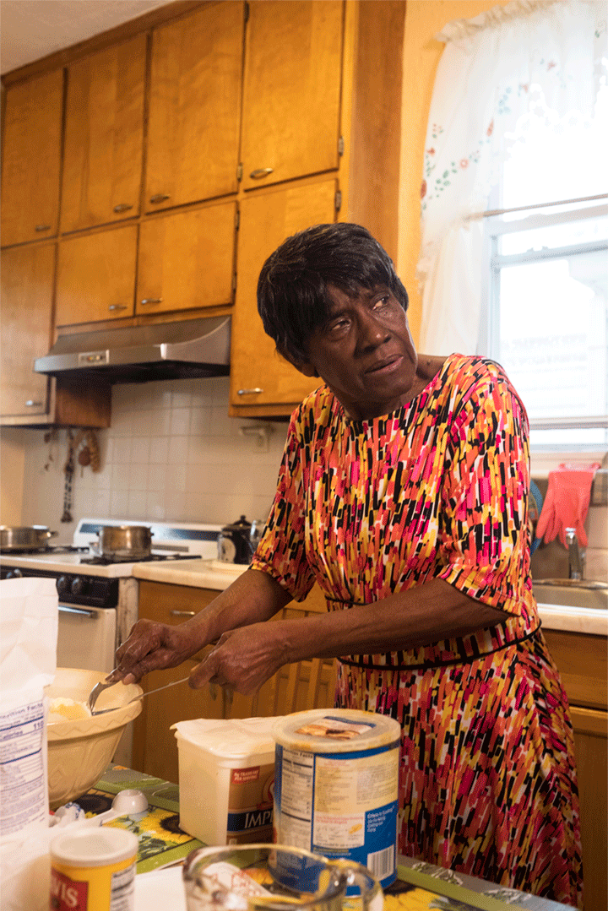
.jpg?v=1680102774950)
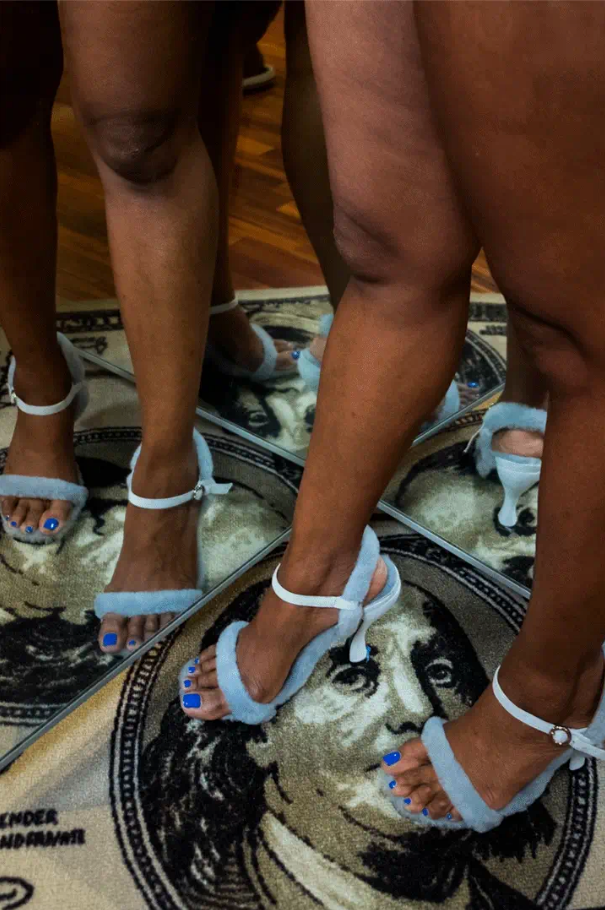


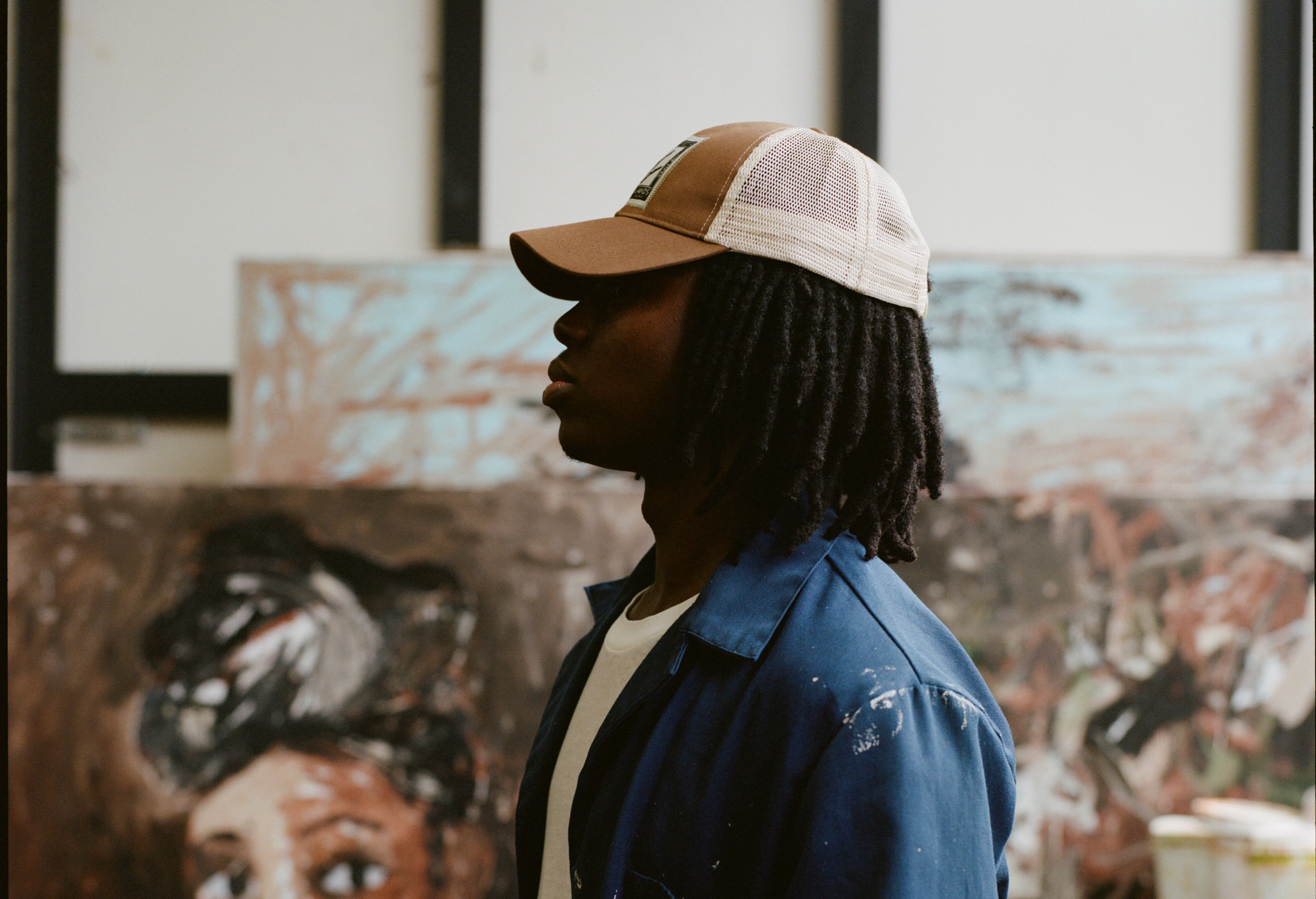
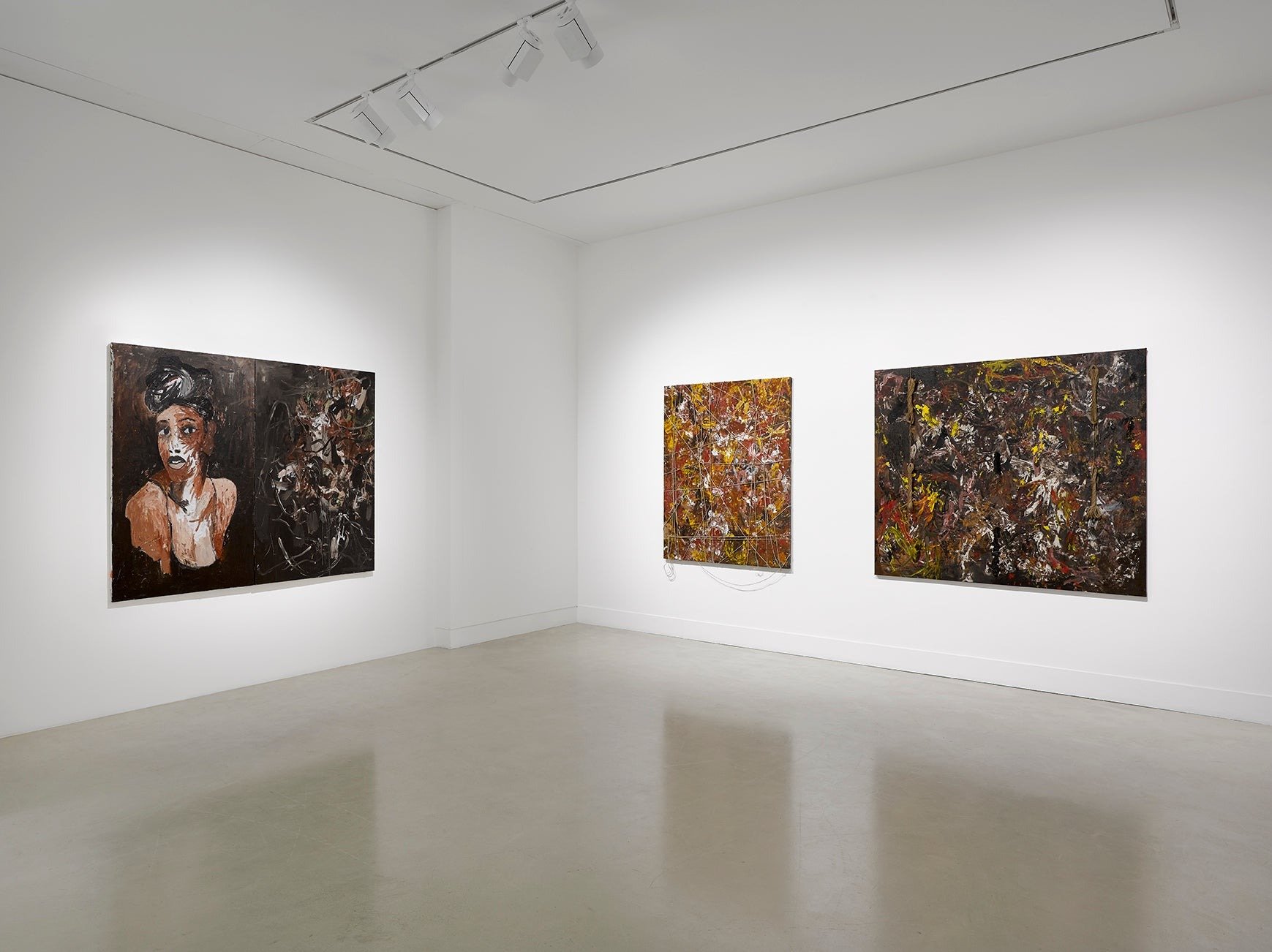
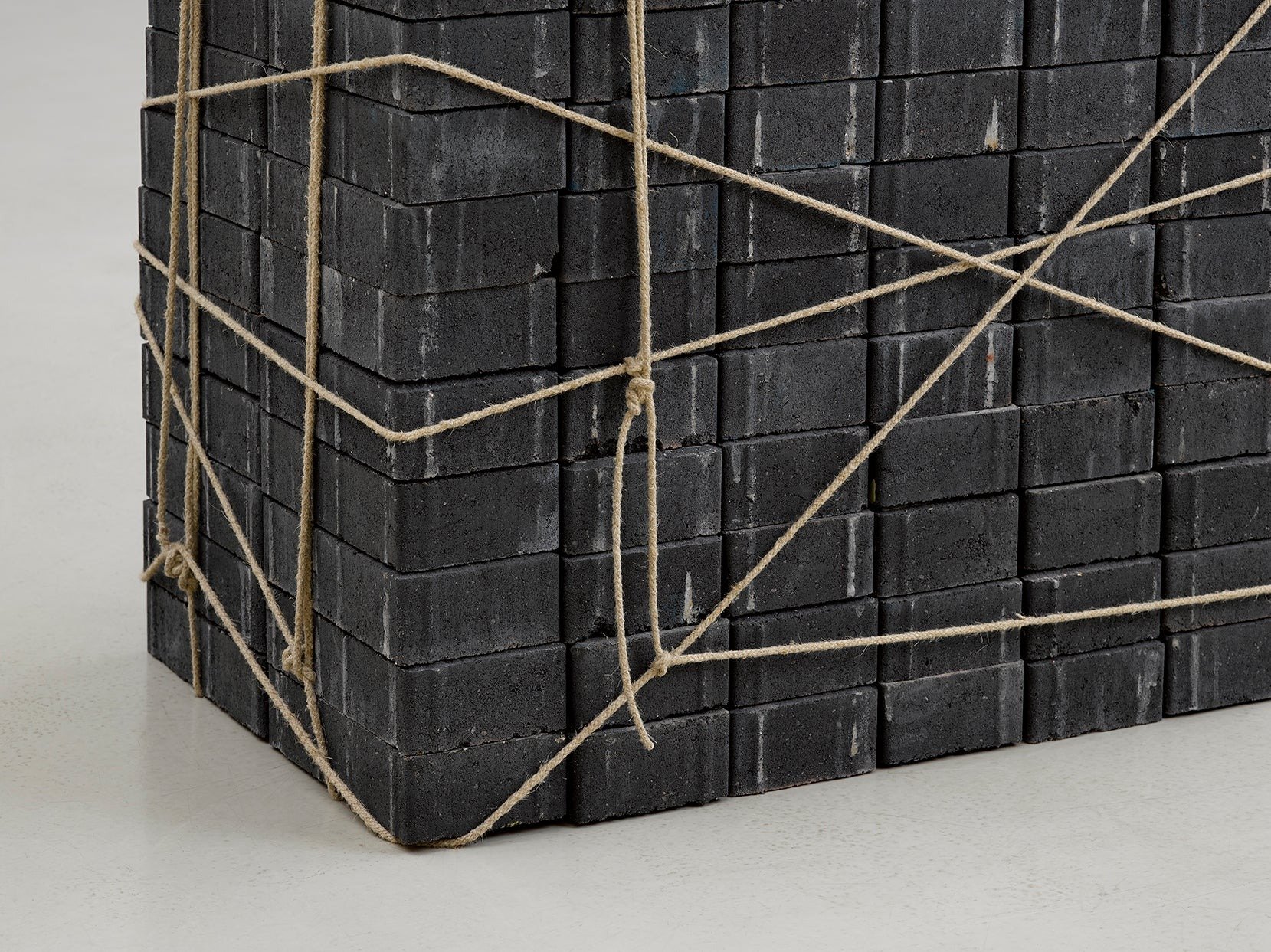


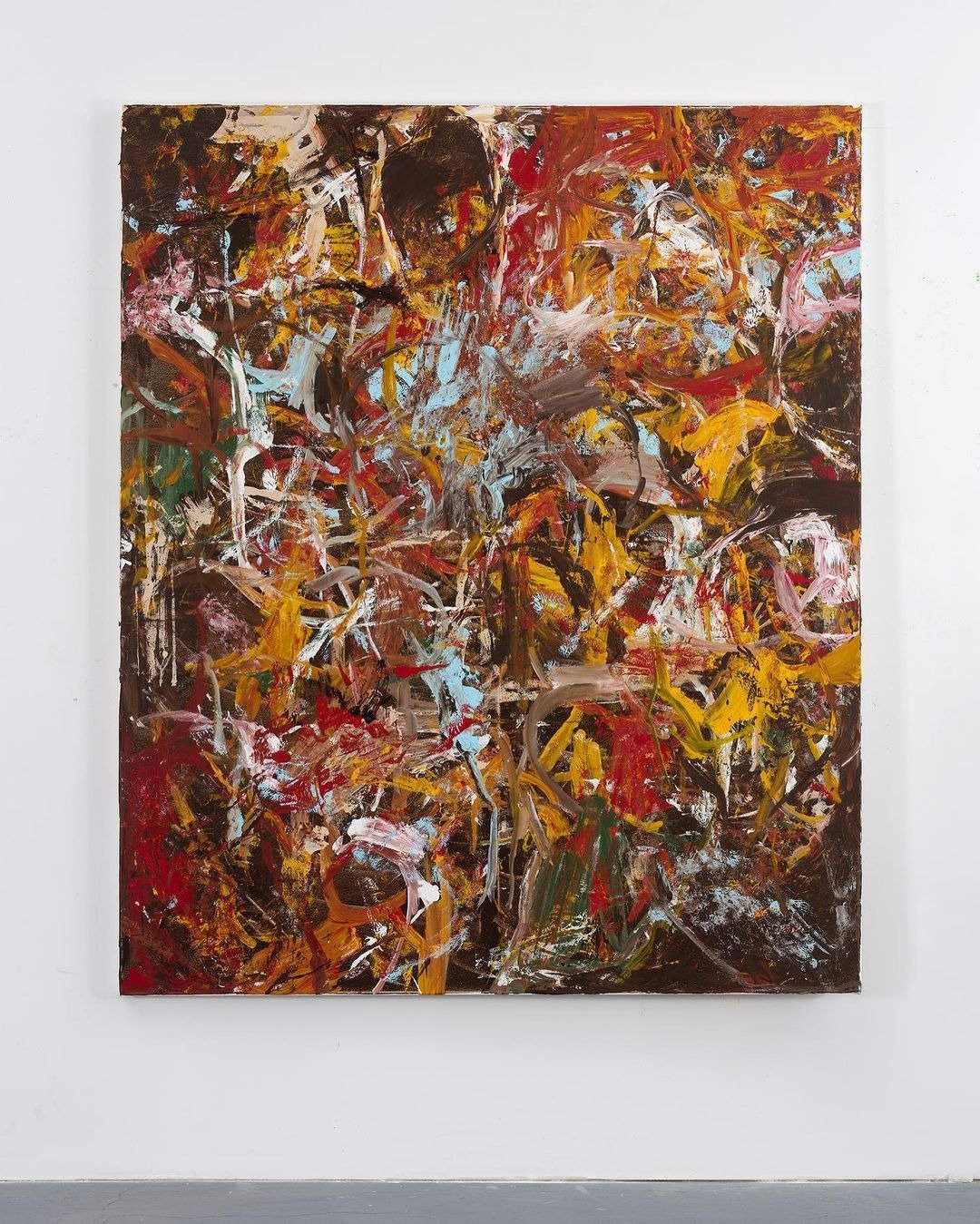
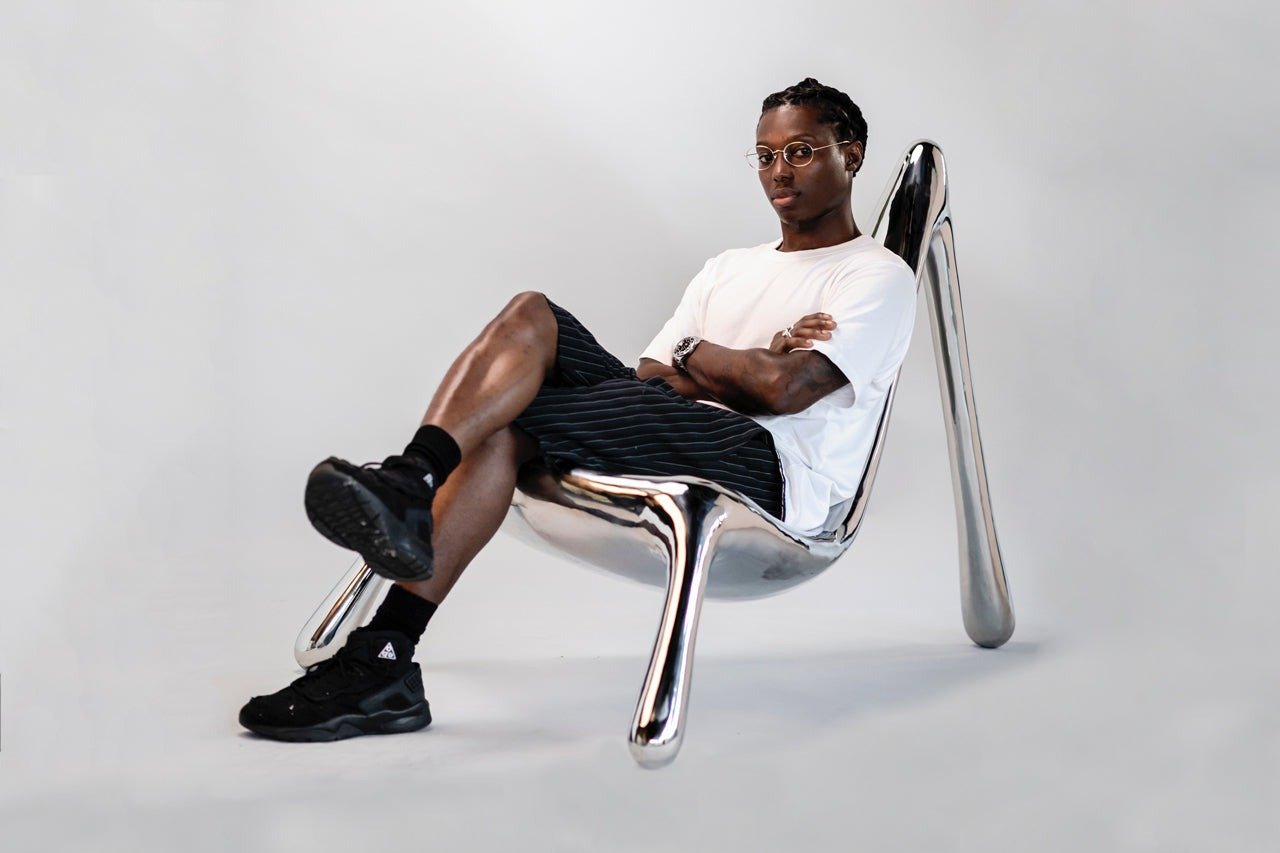

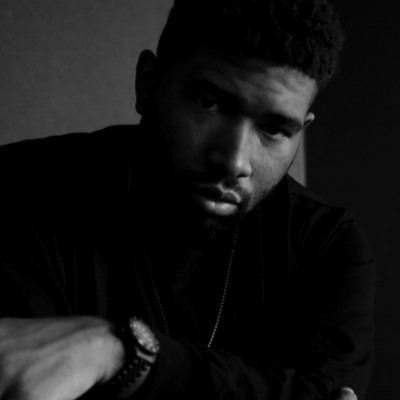

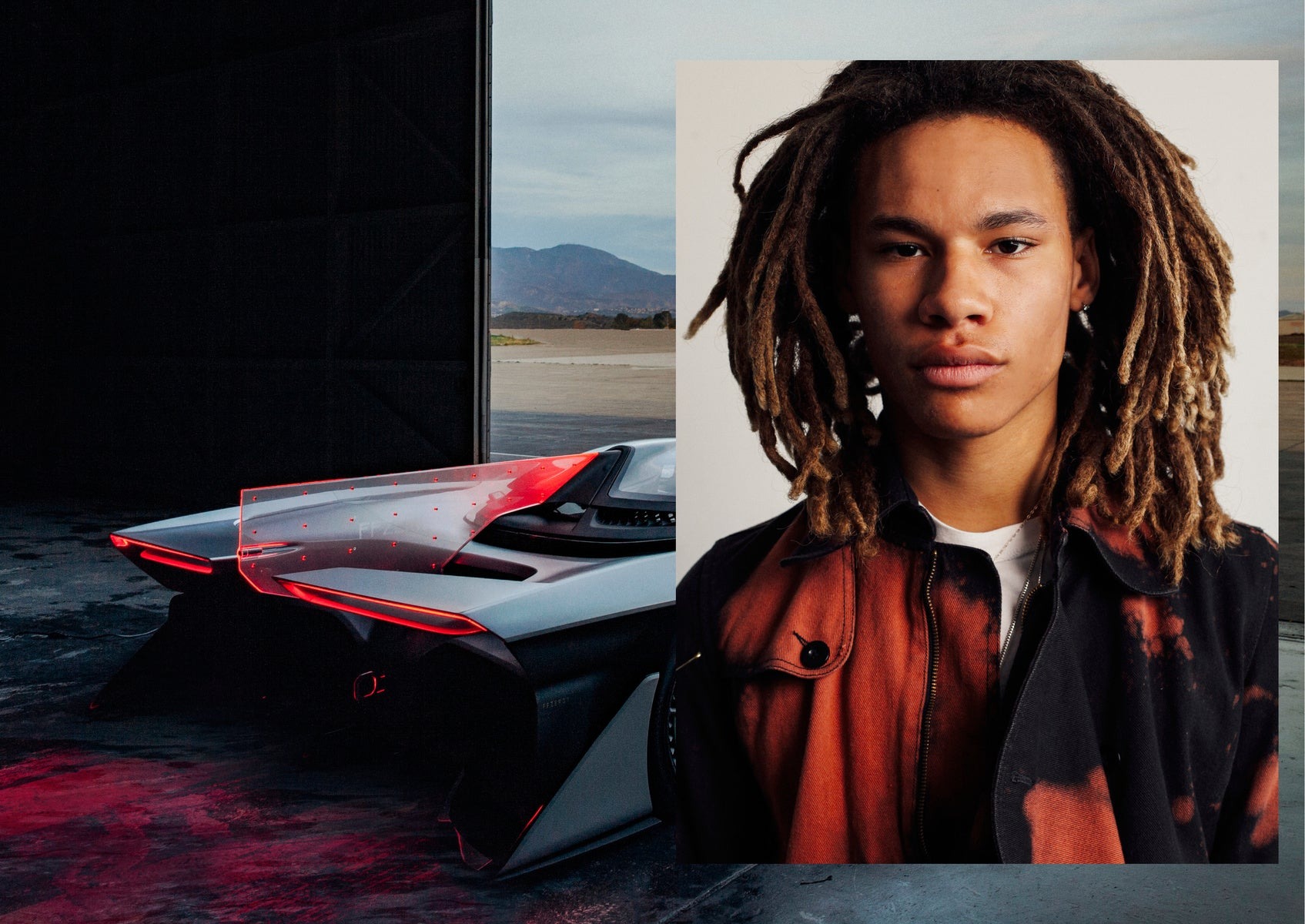
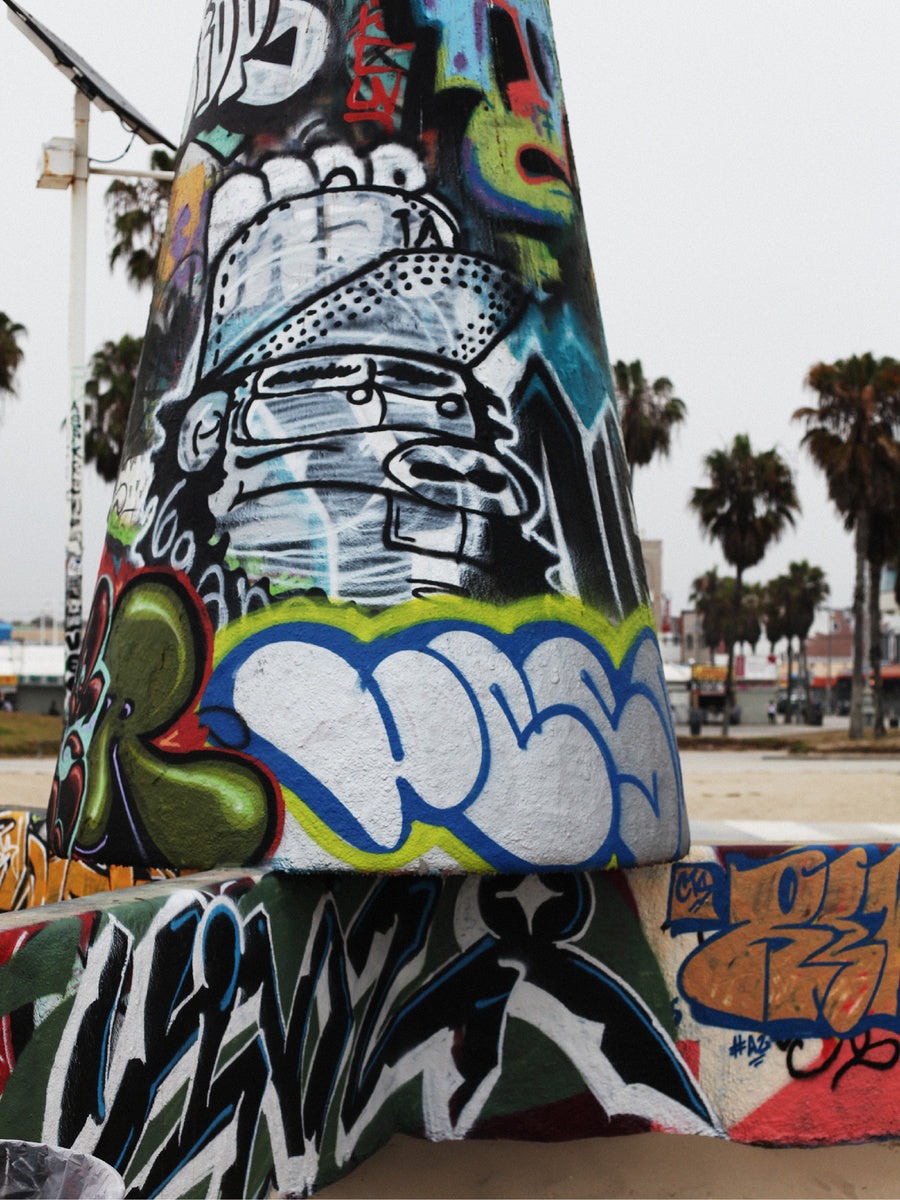

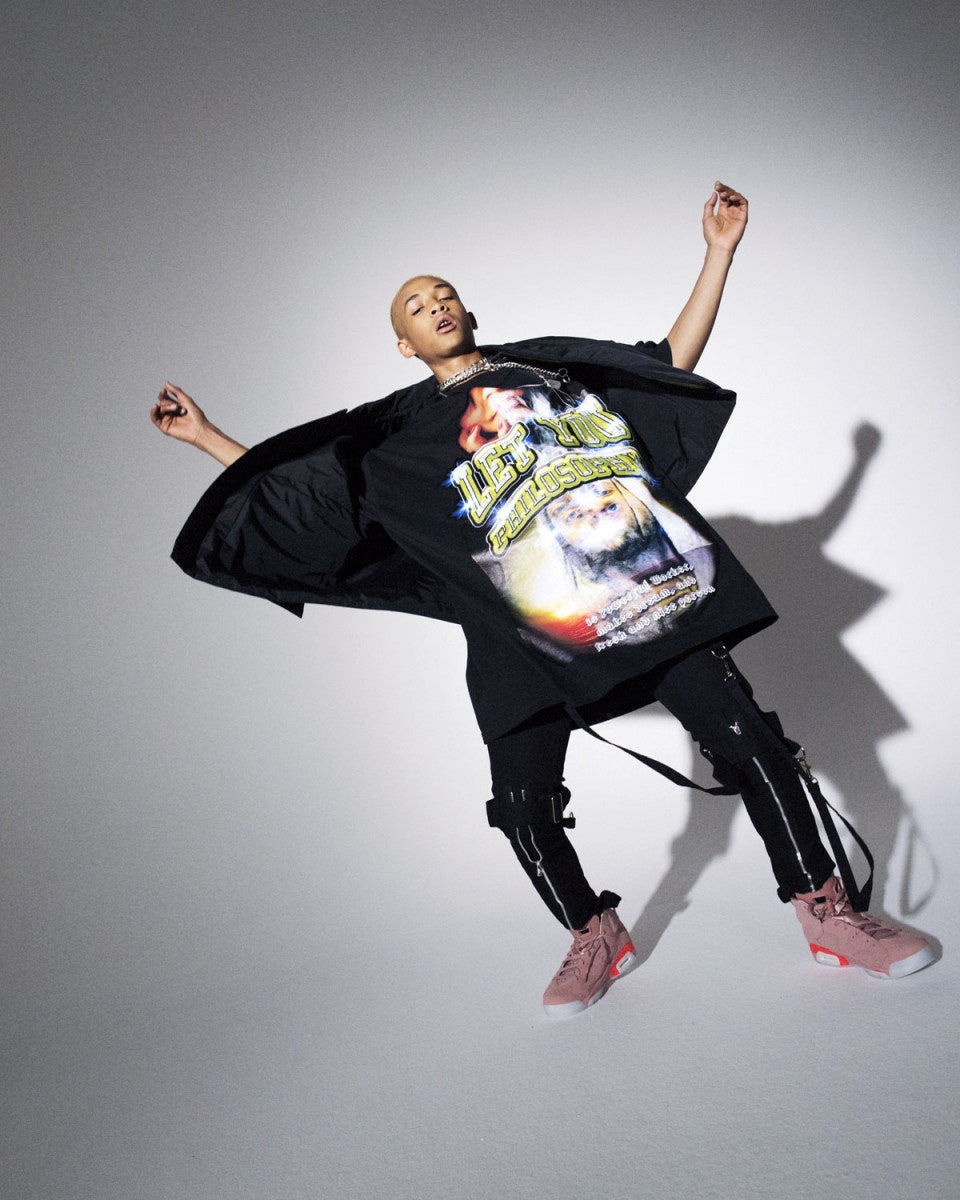
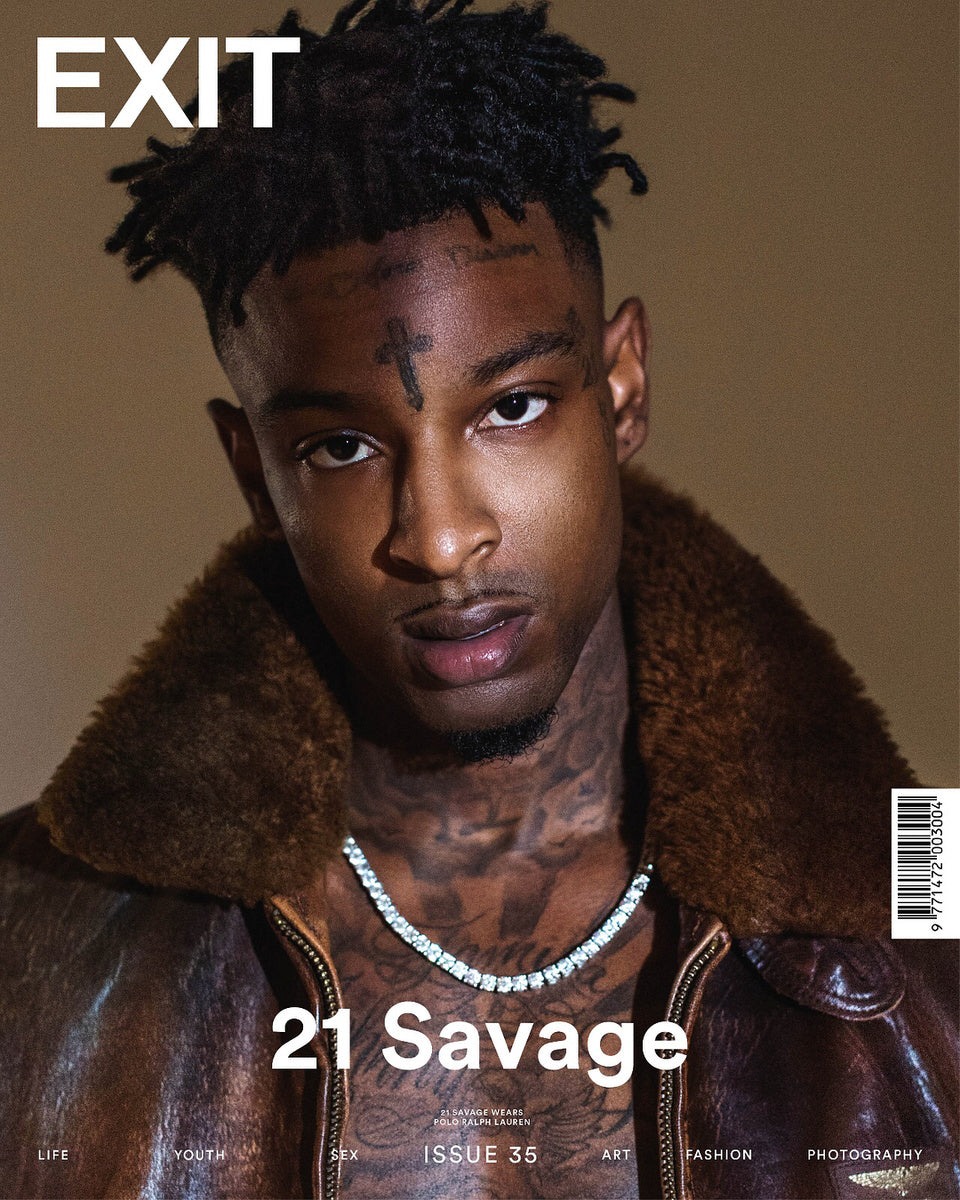
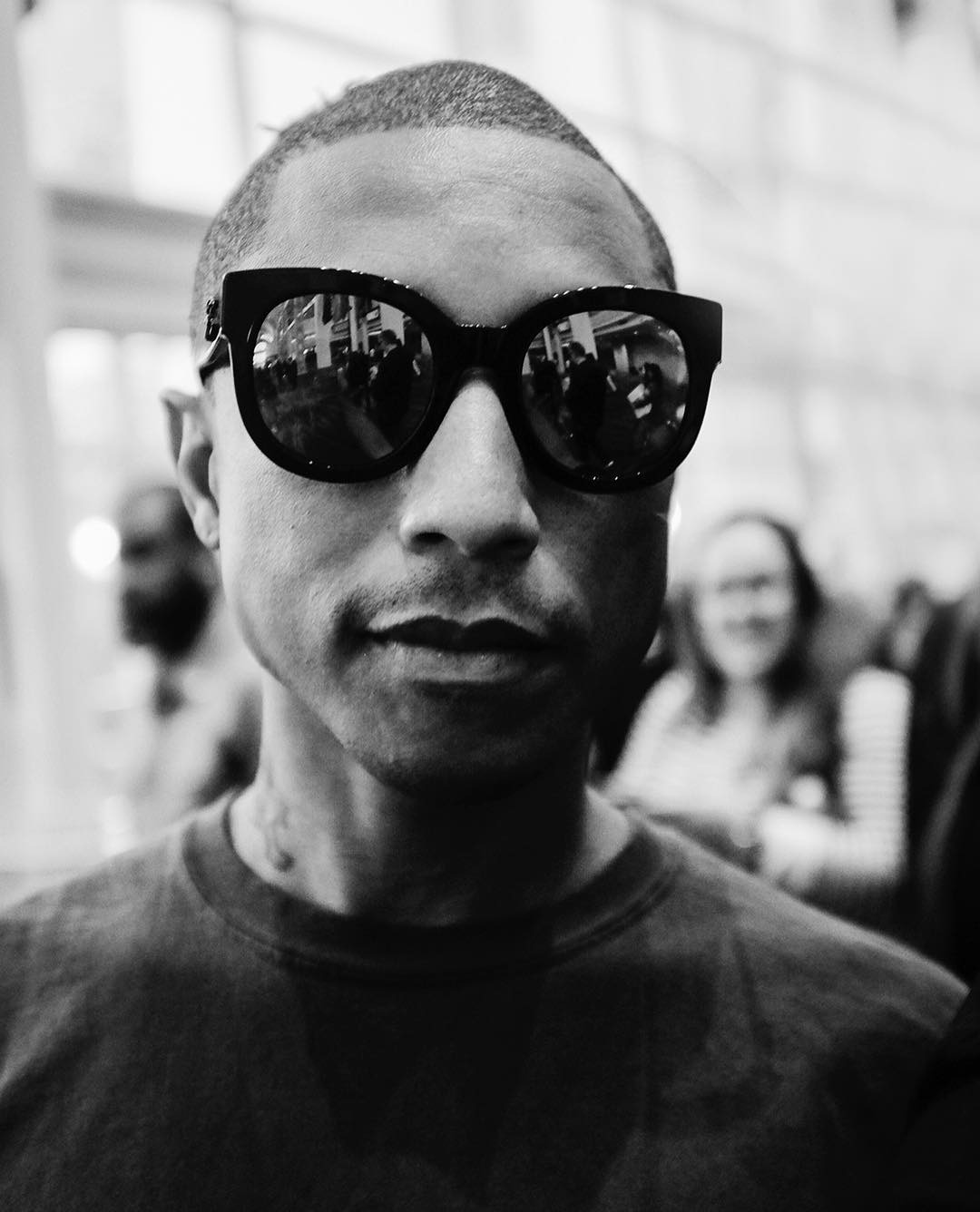
.jpg?v=1680532621575)

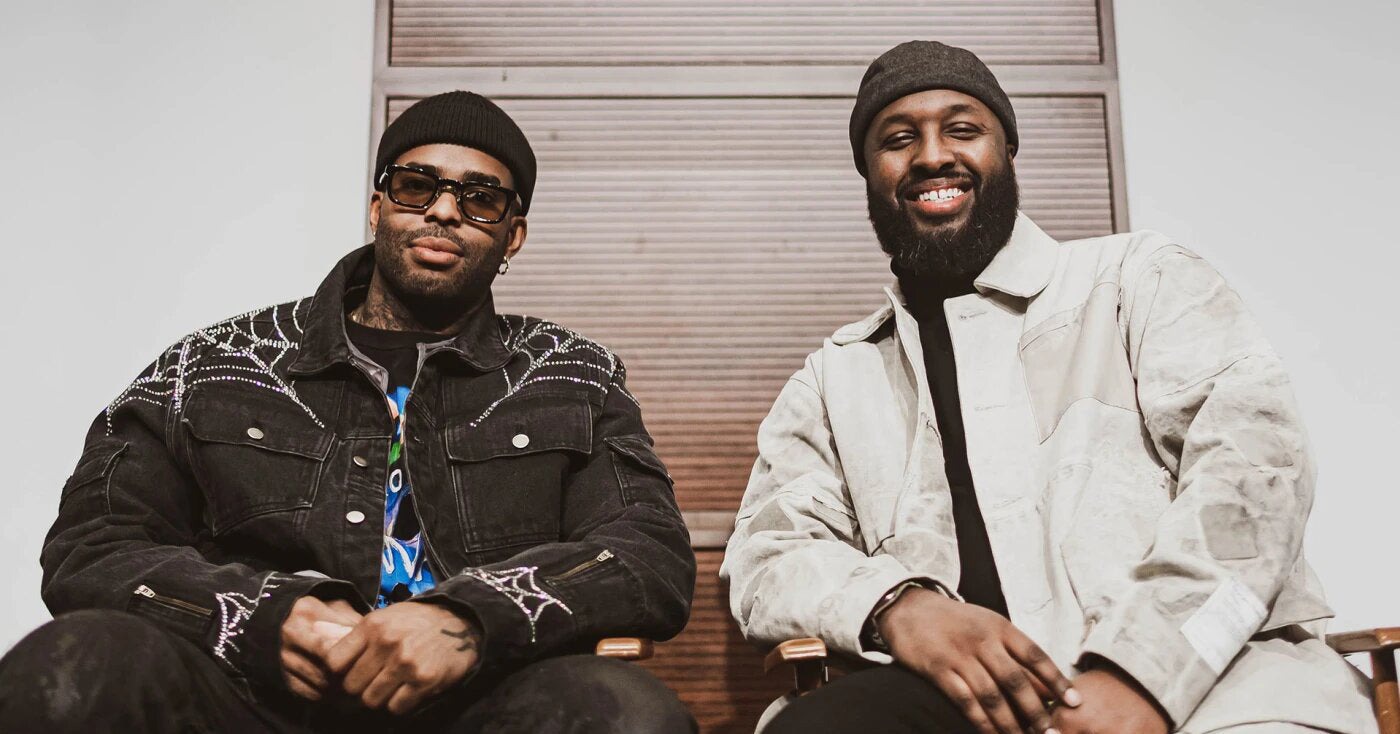

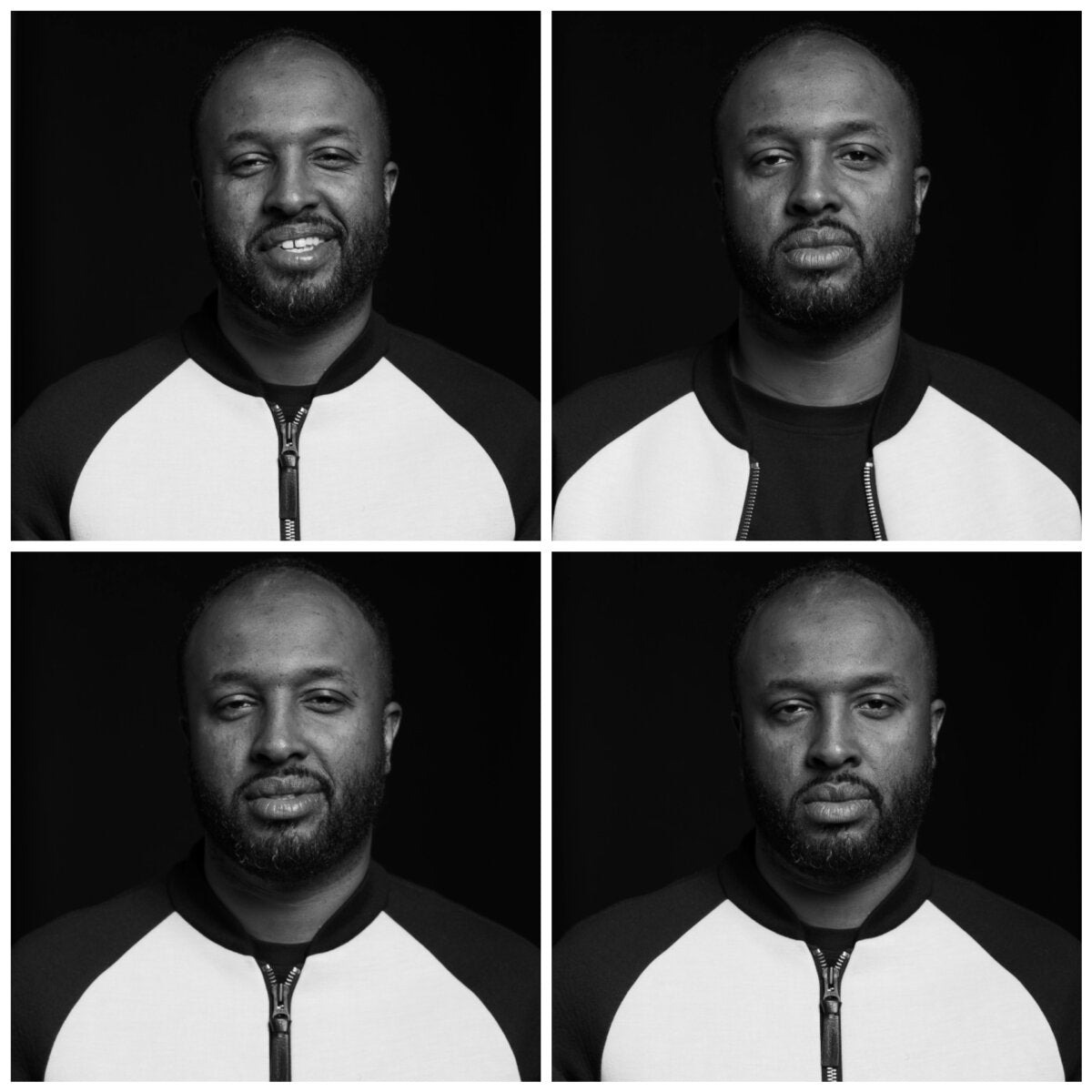


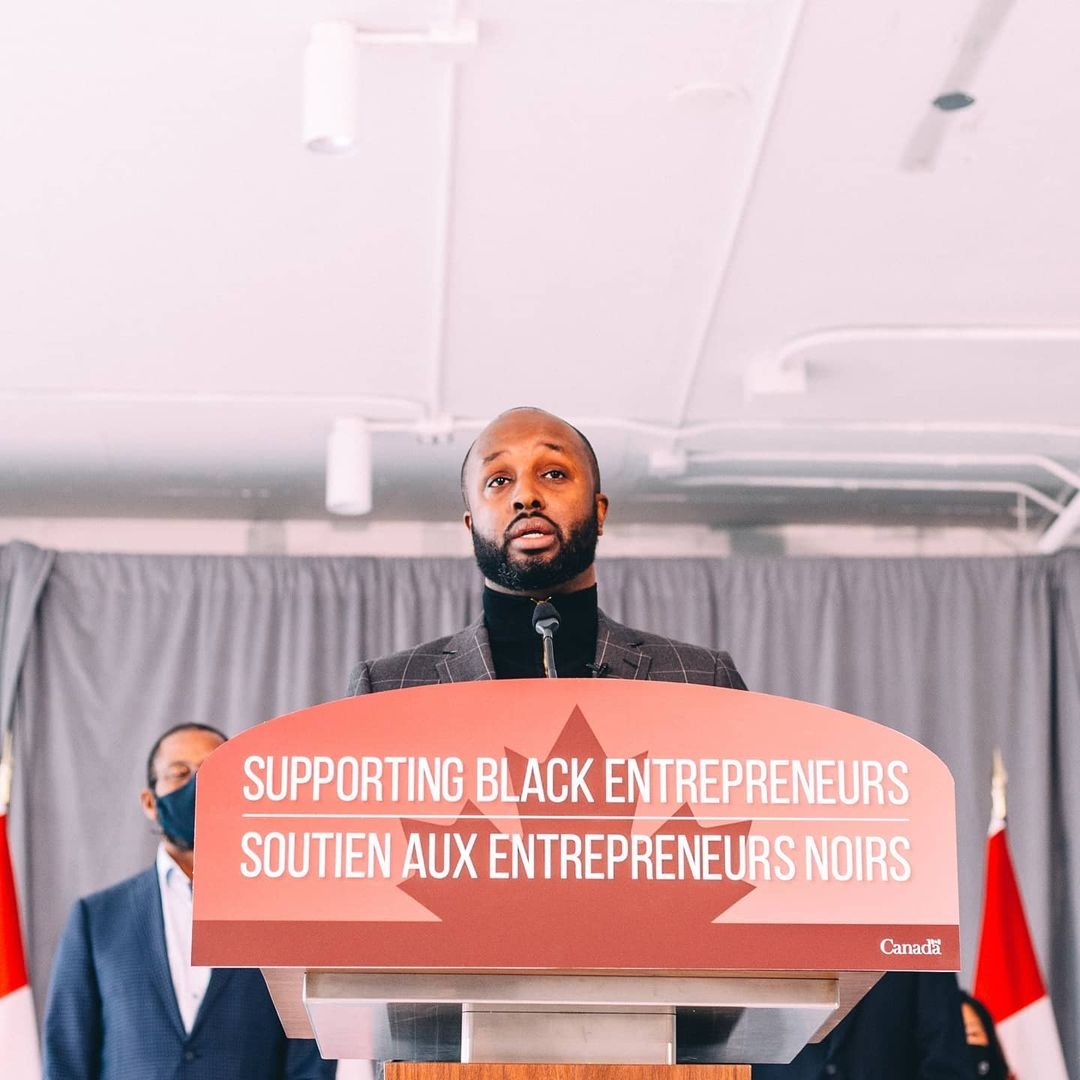

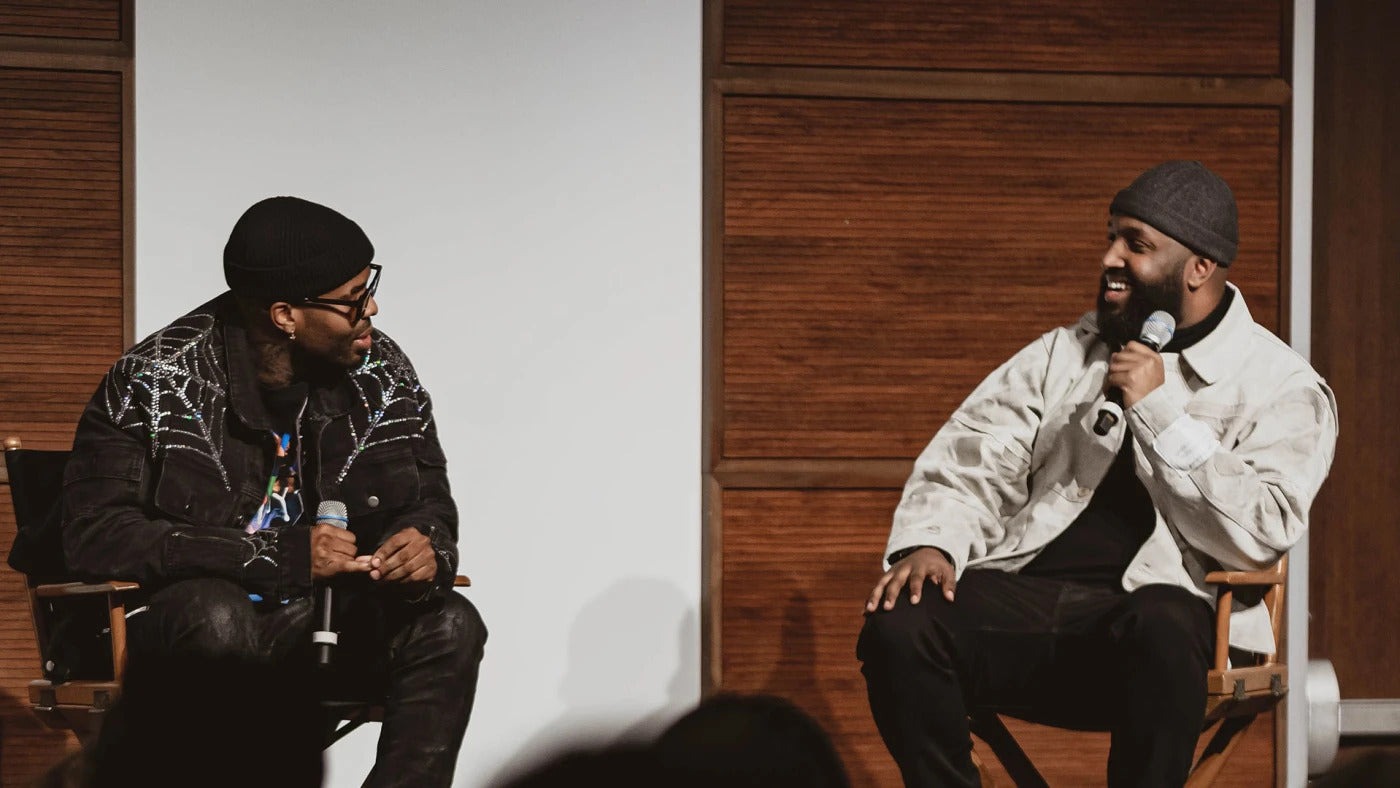

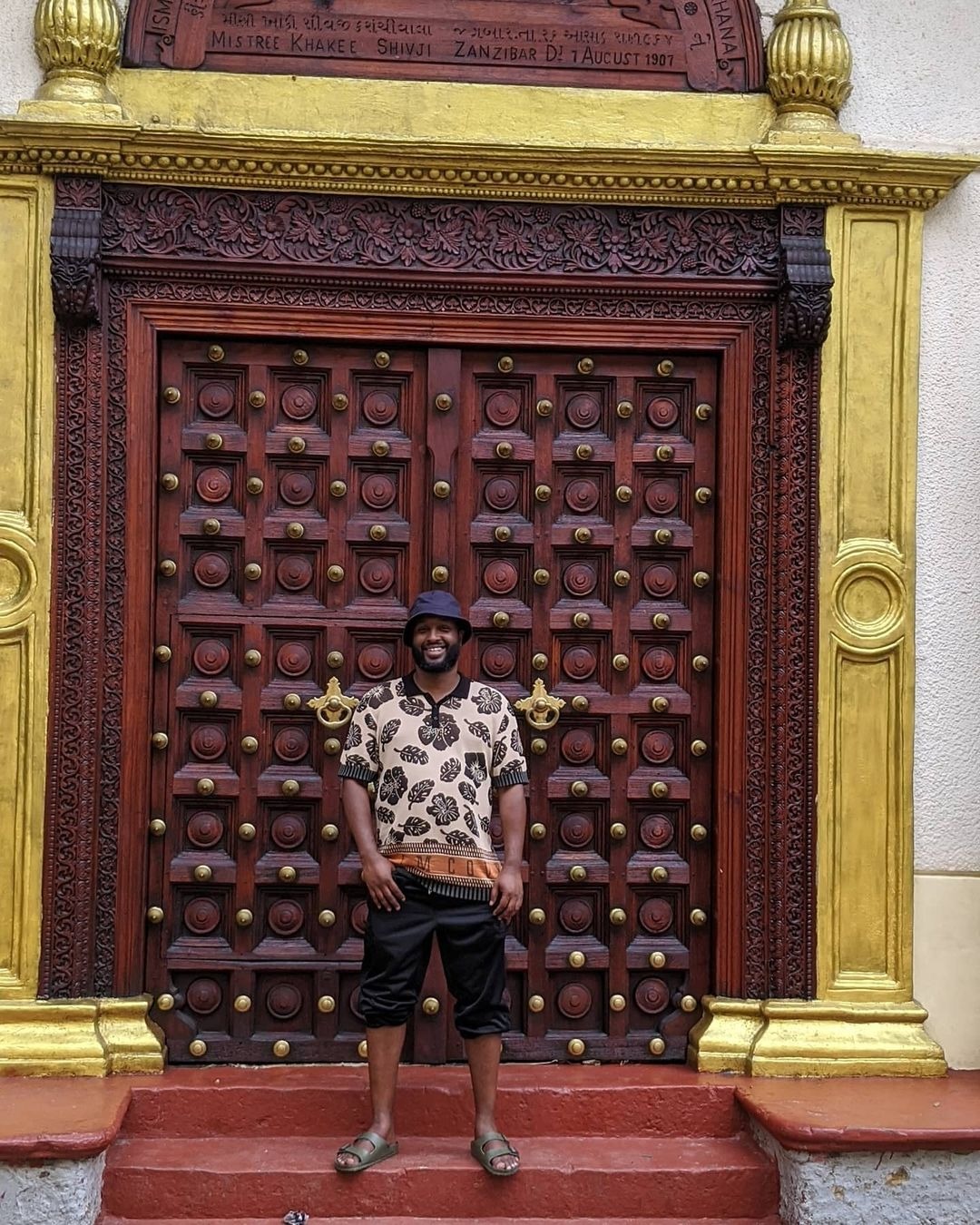

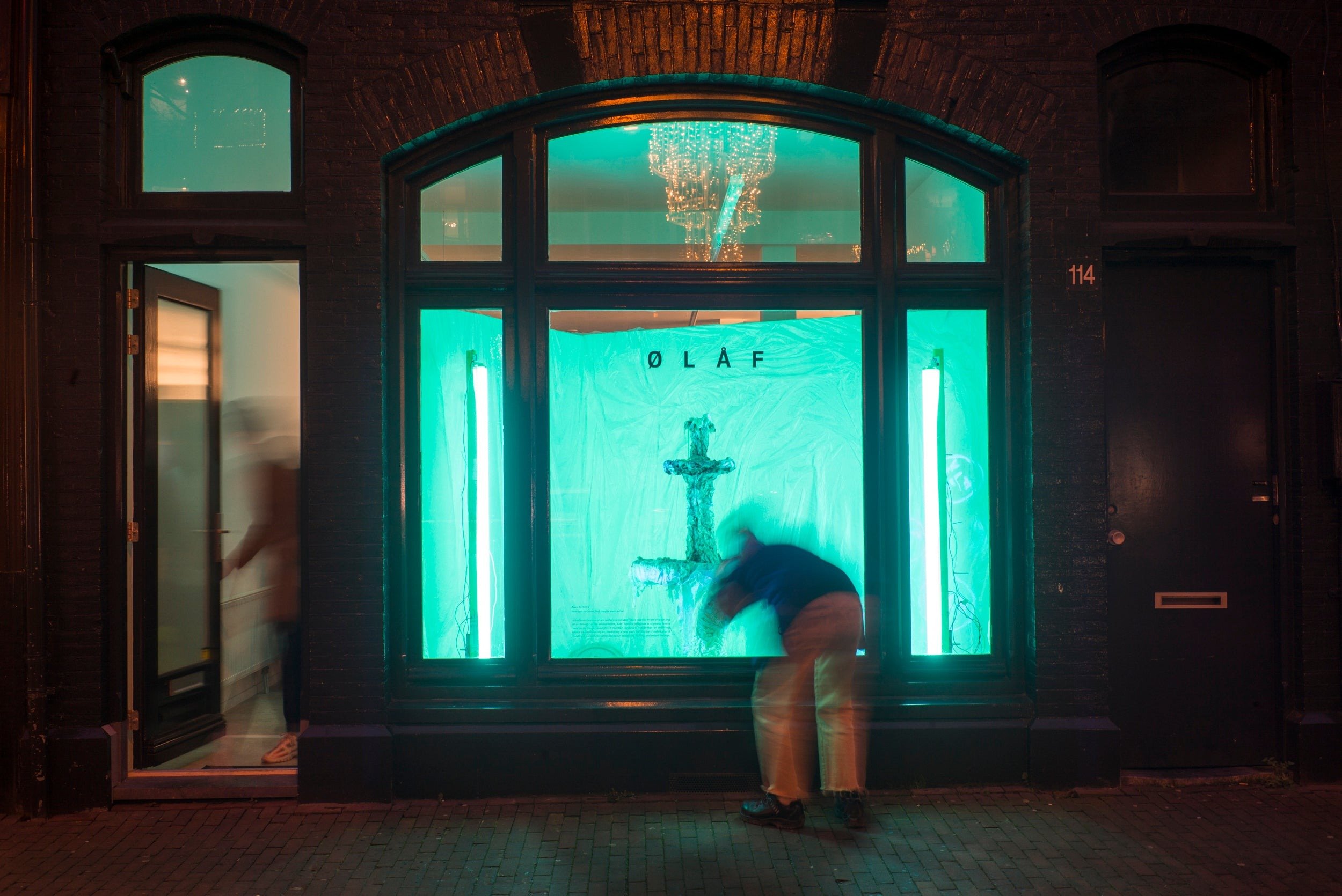
.jpg?v=1680536670889)
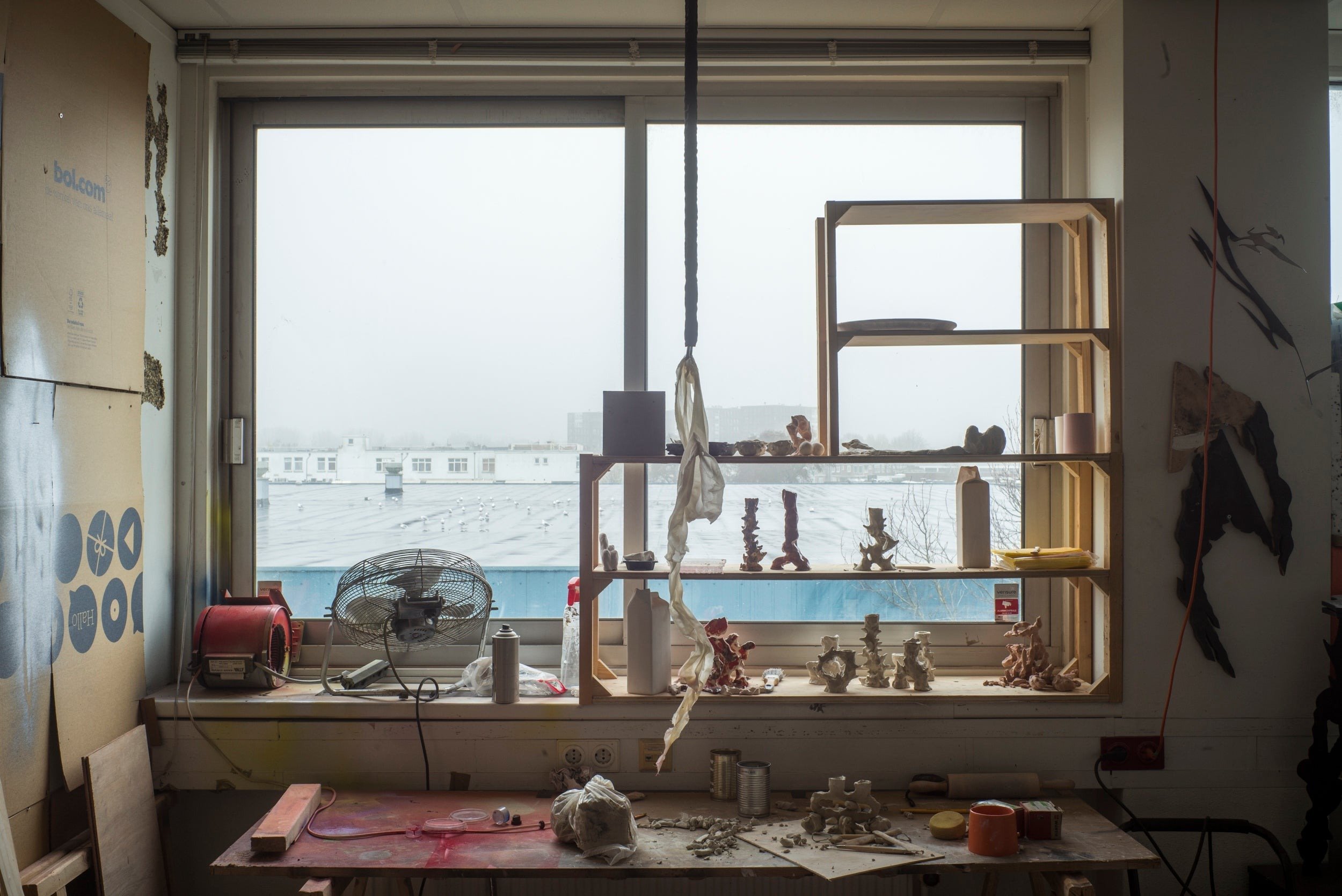
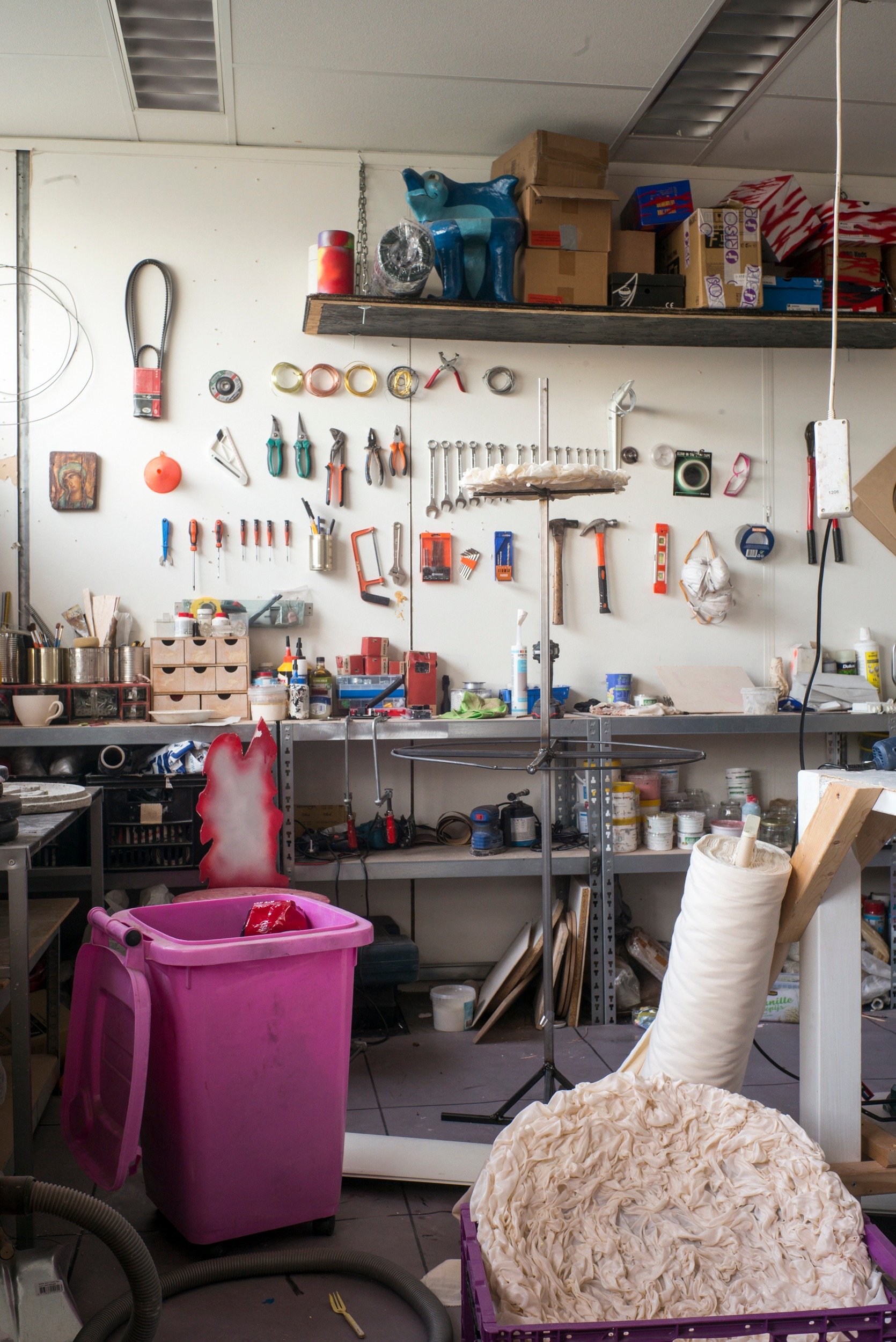
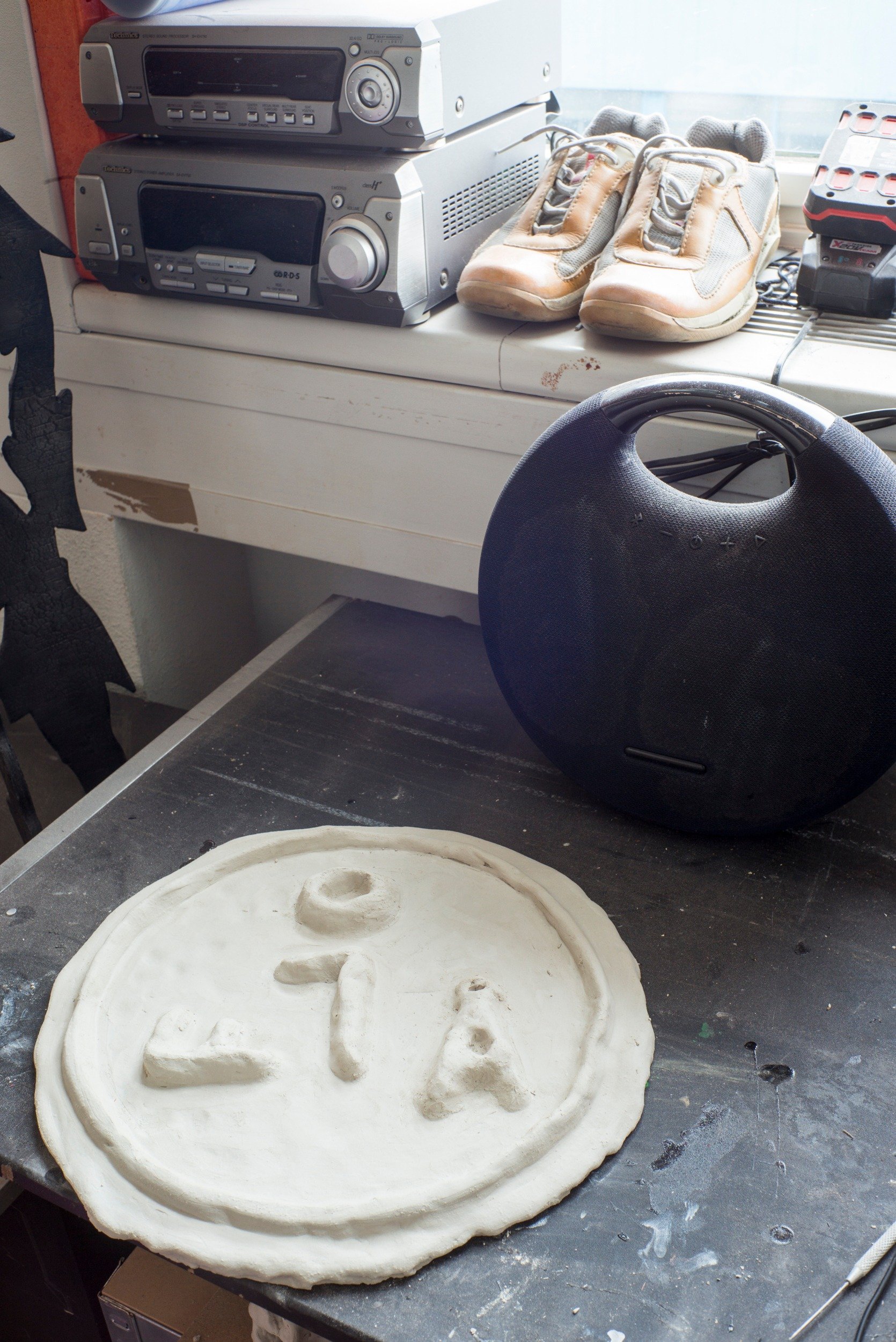

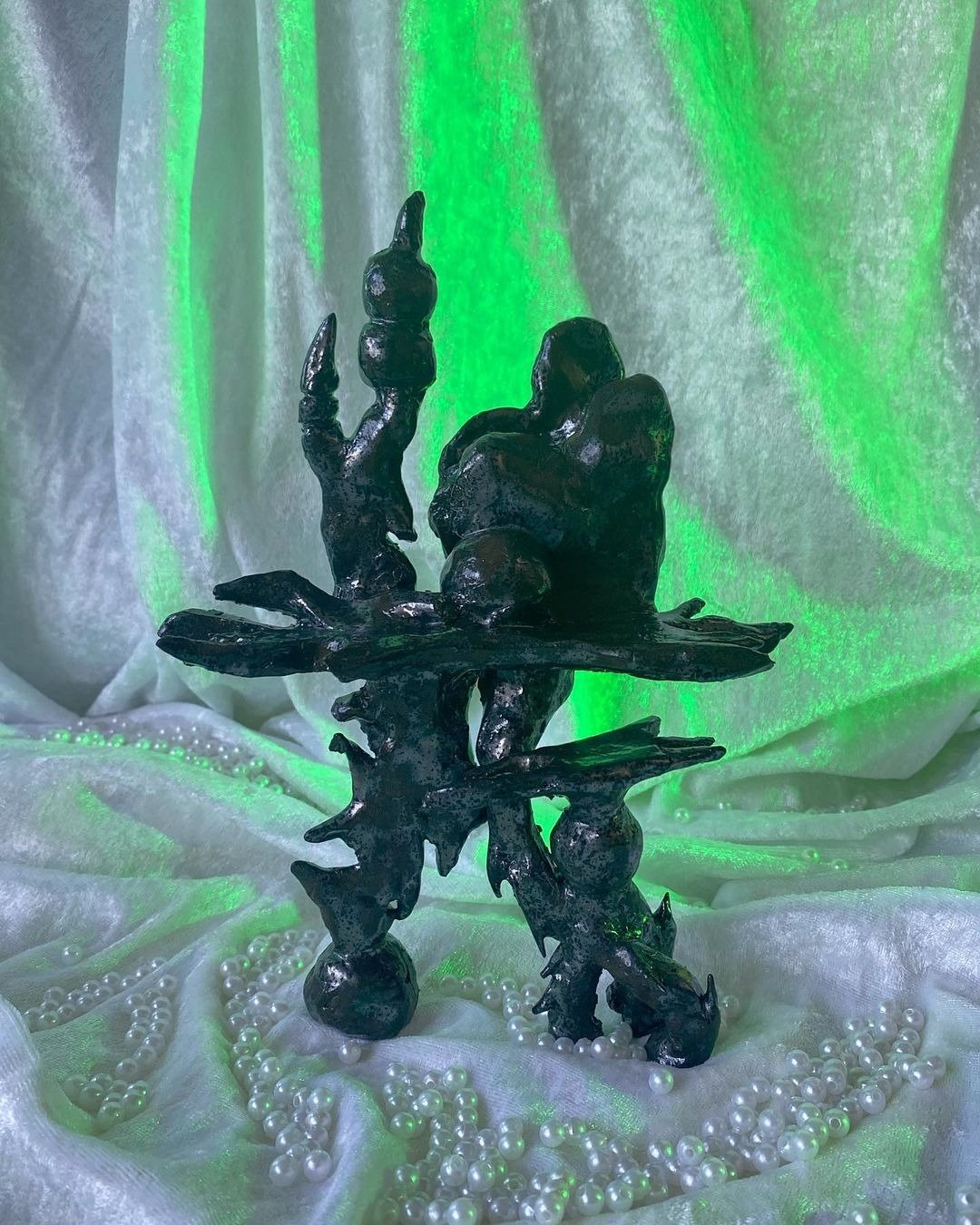
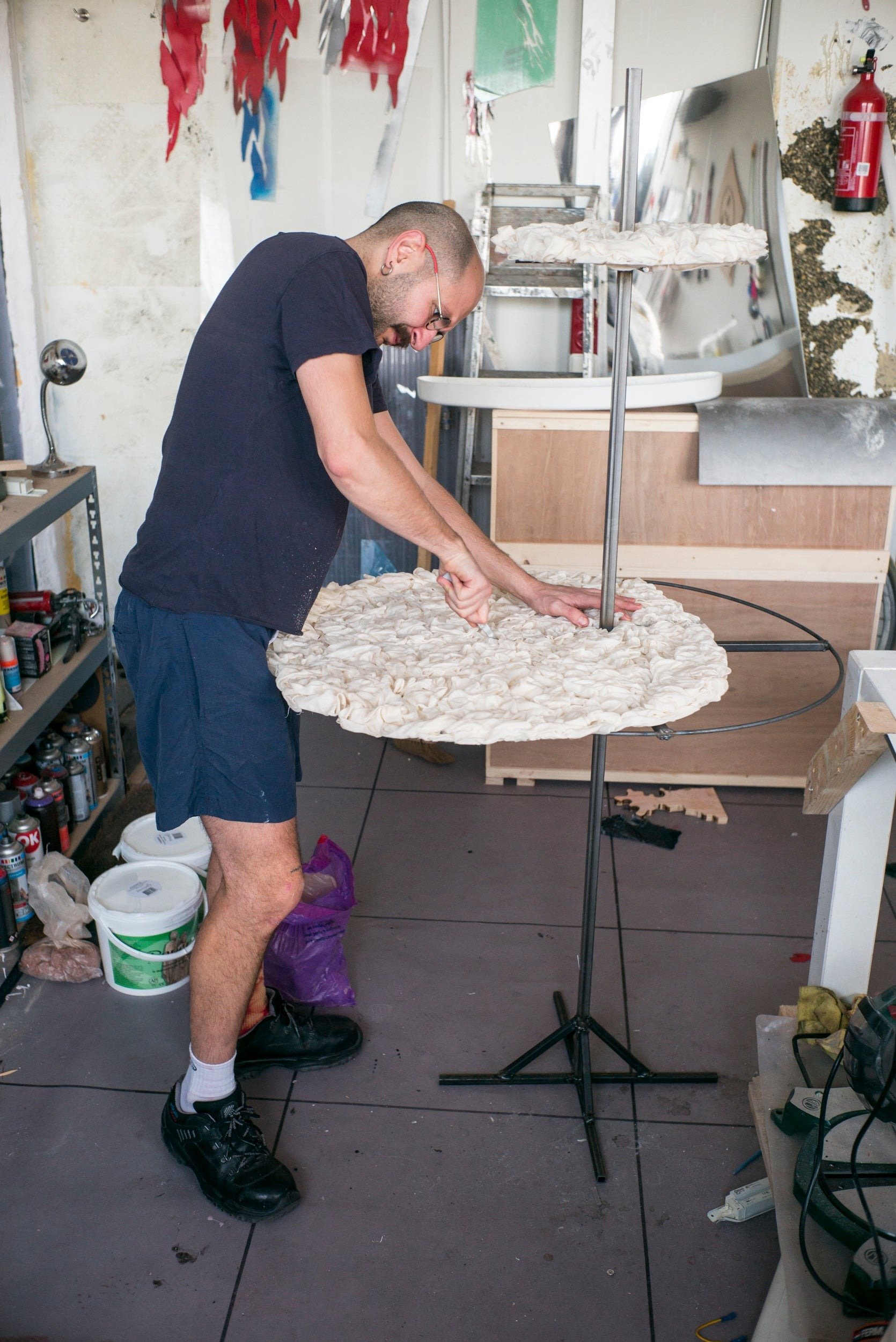

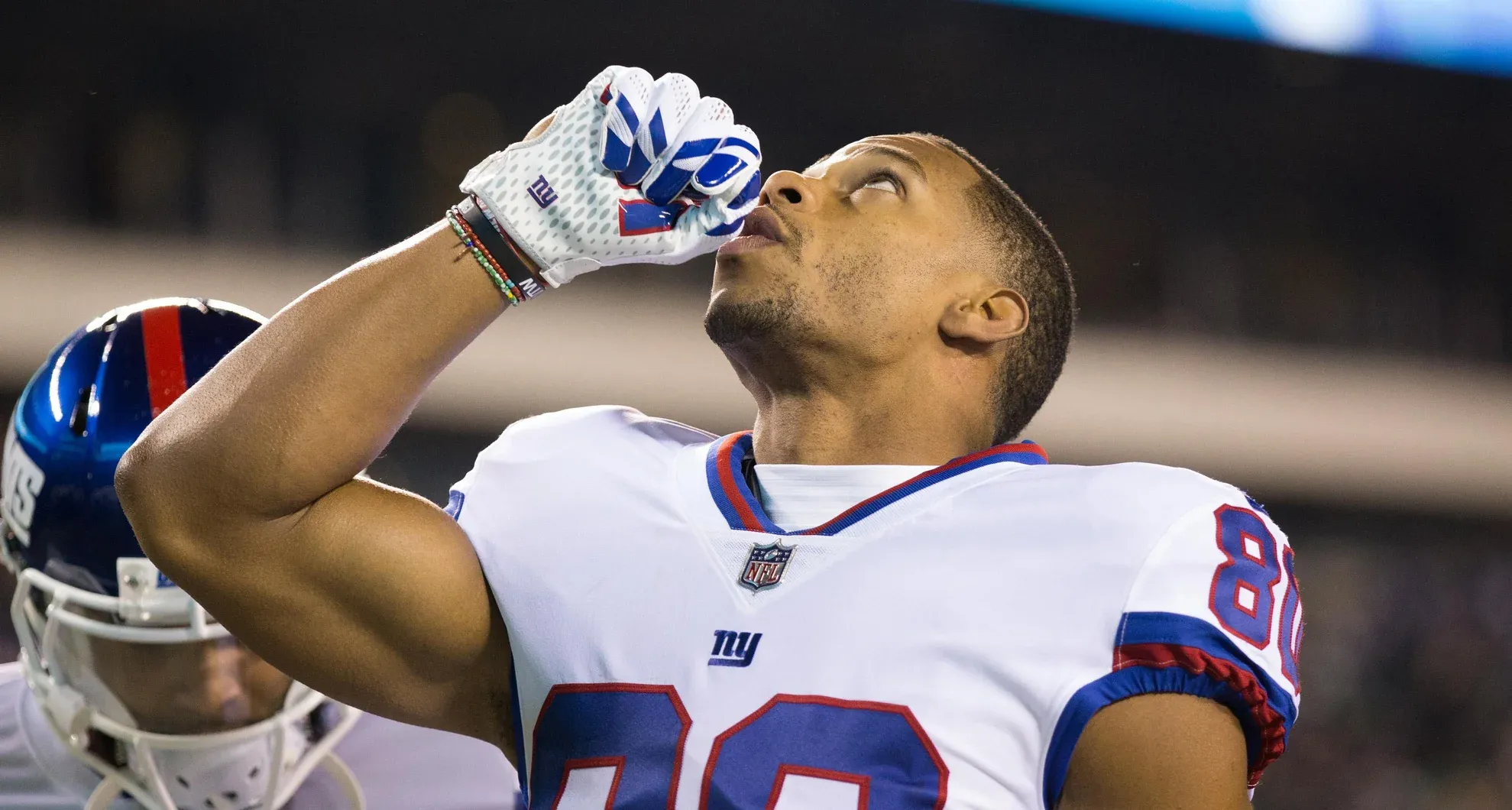

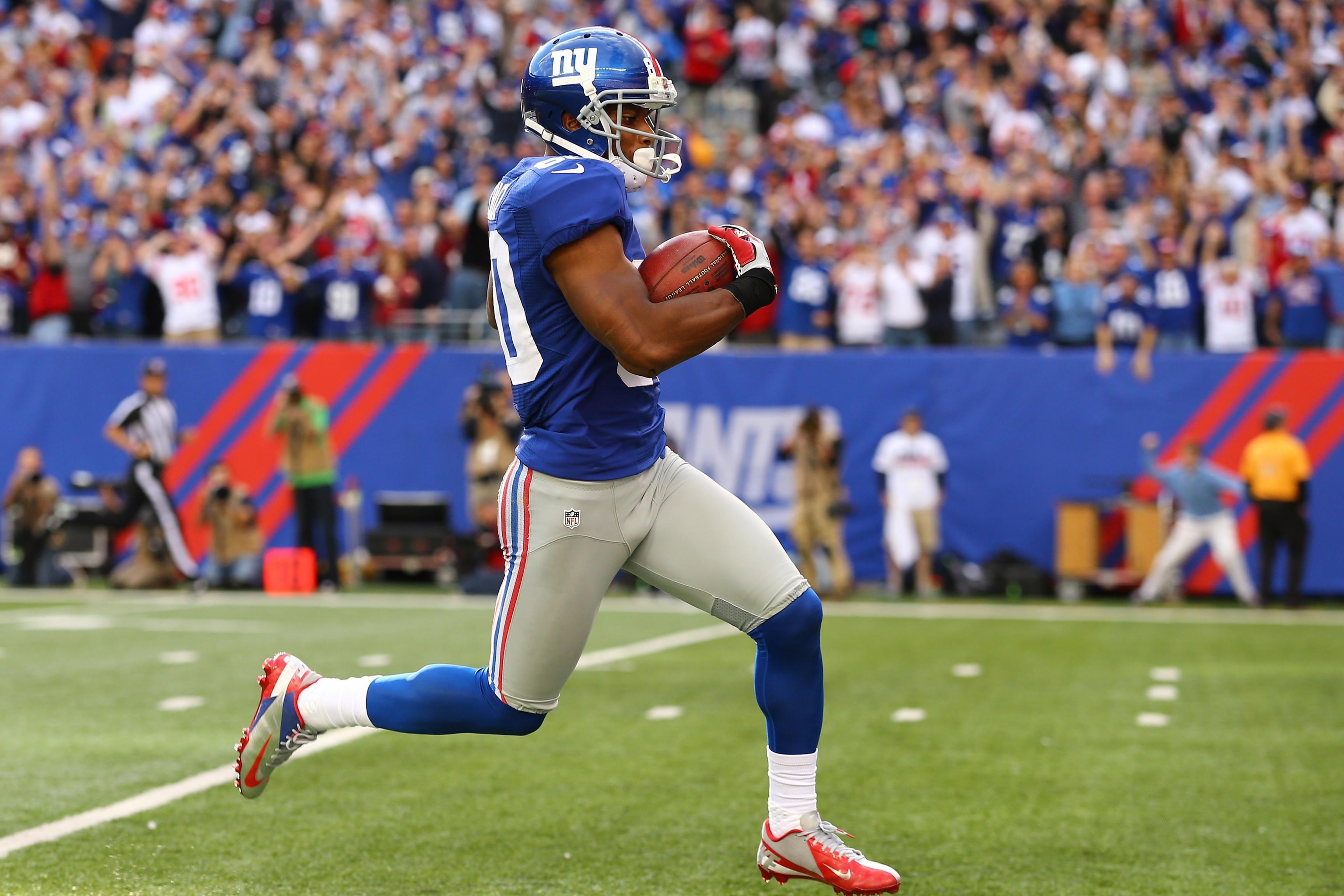

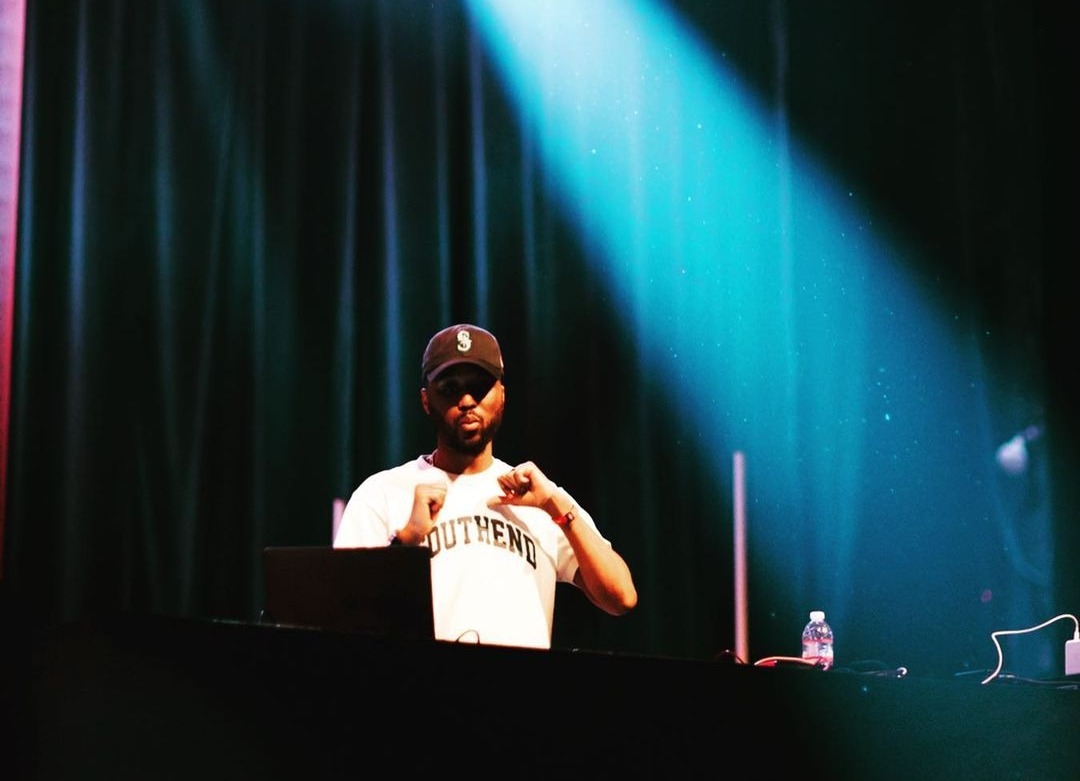
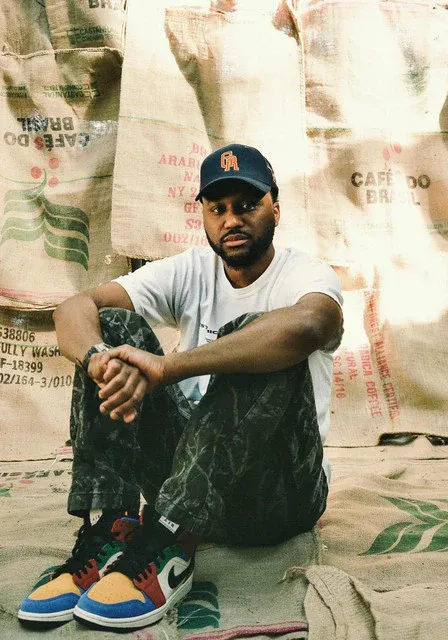
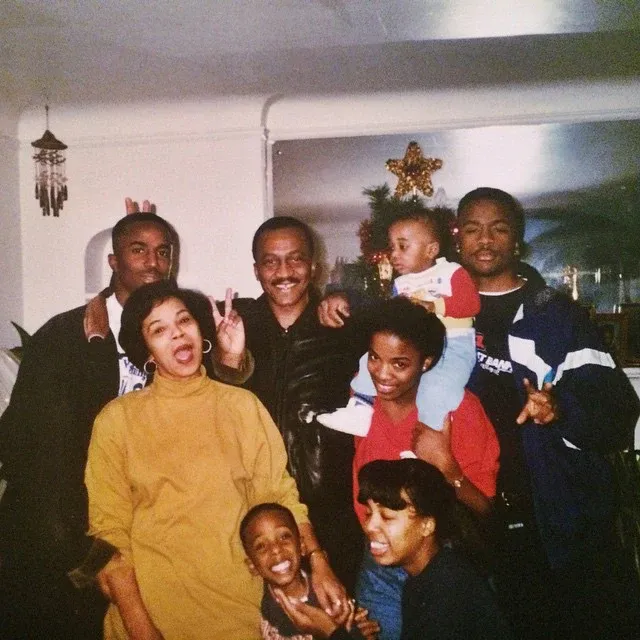
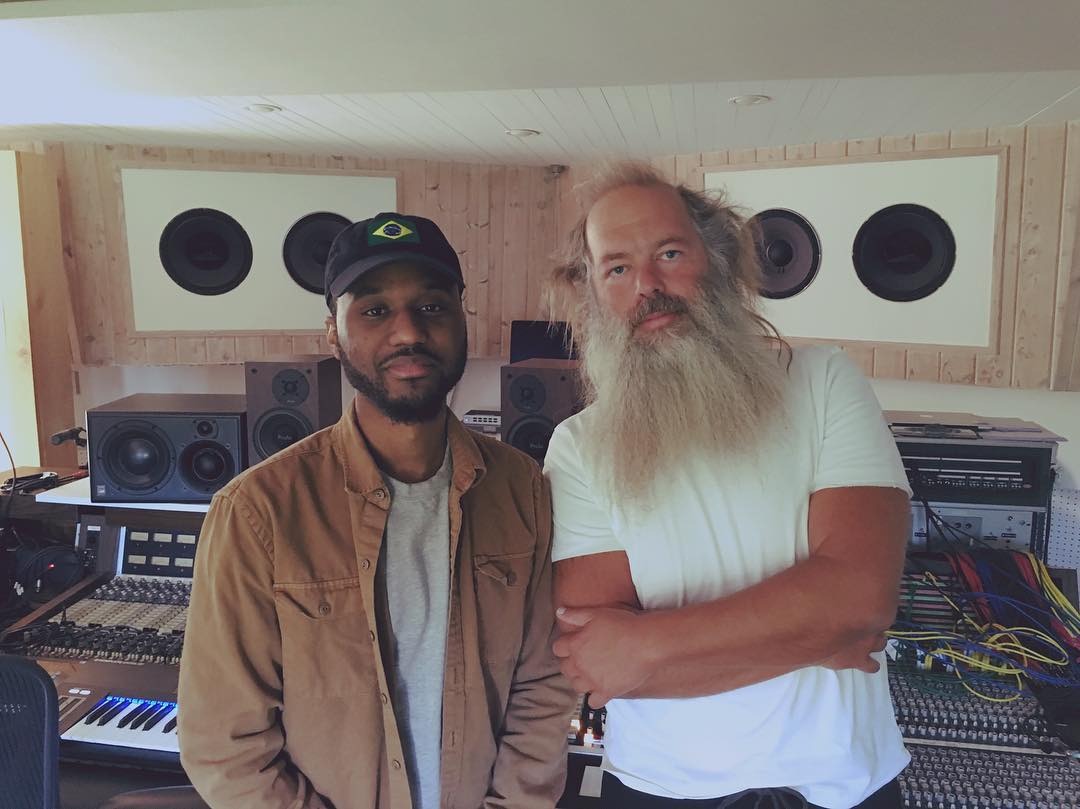

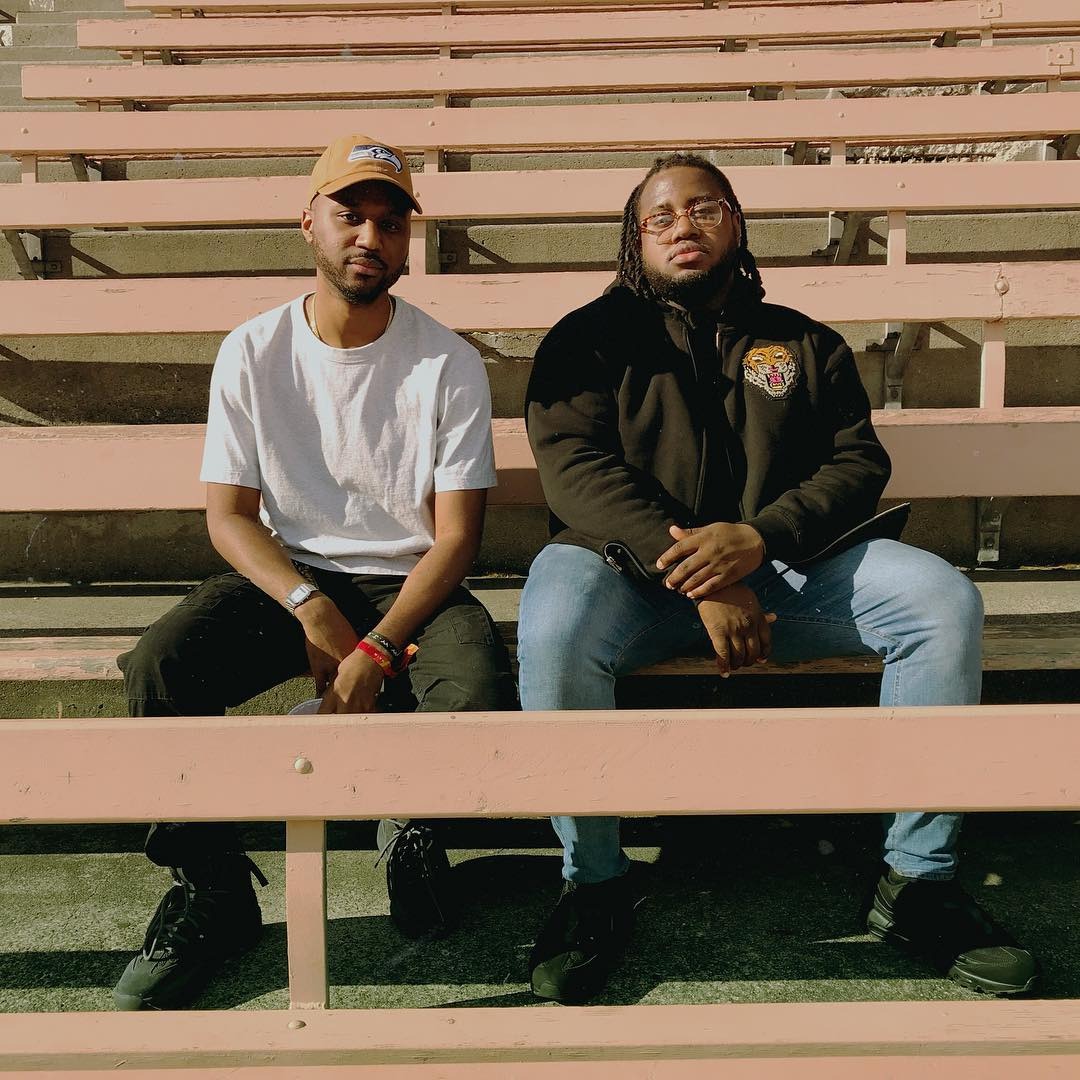

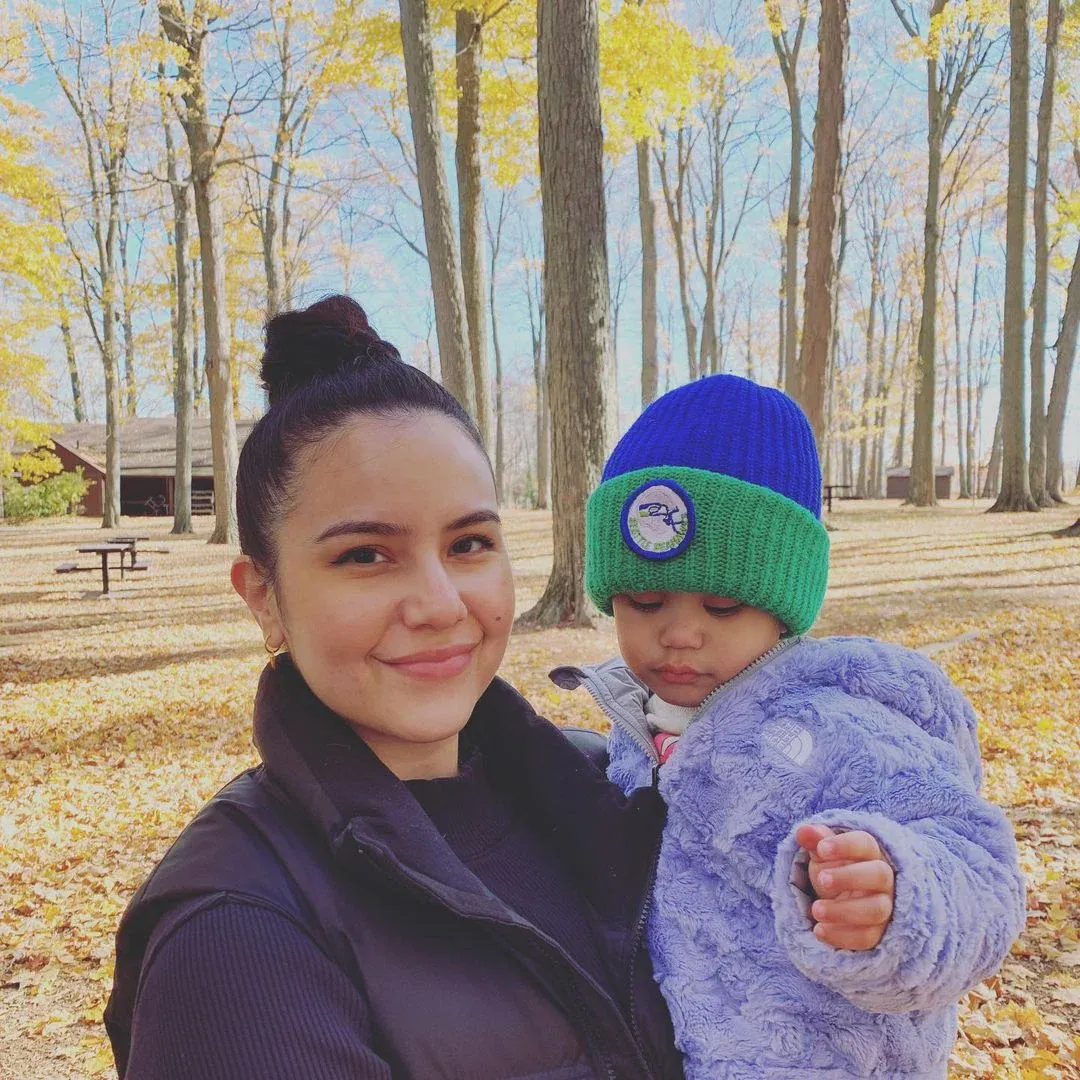
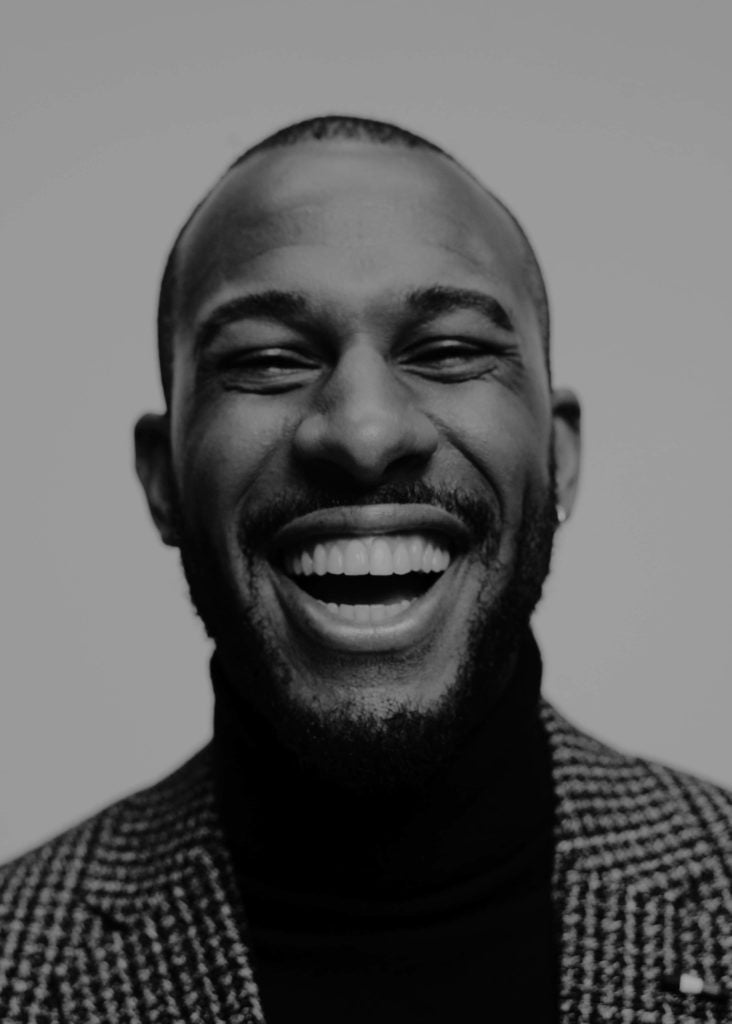

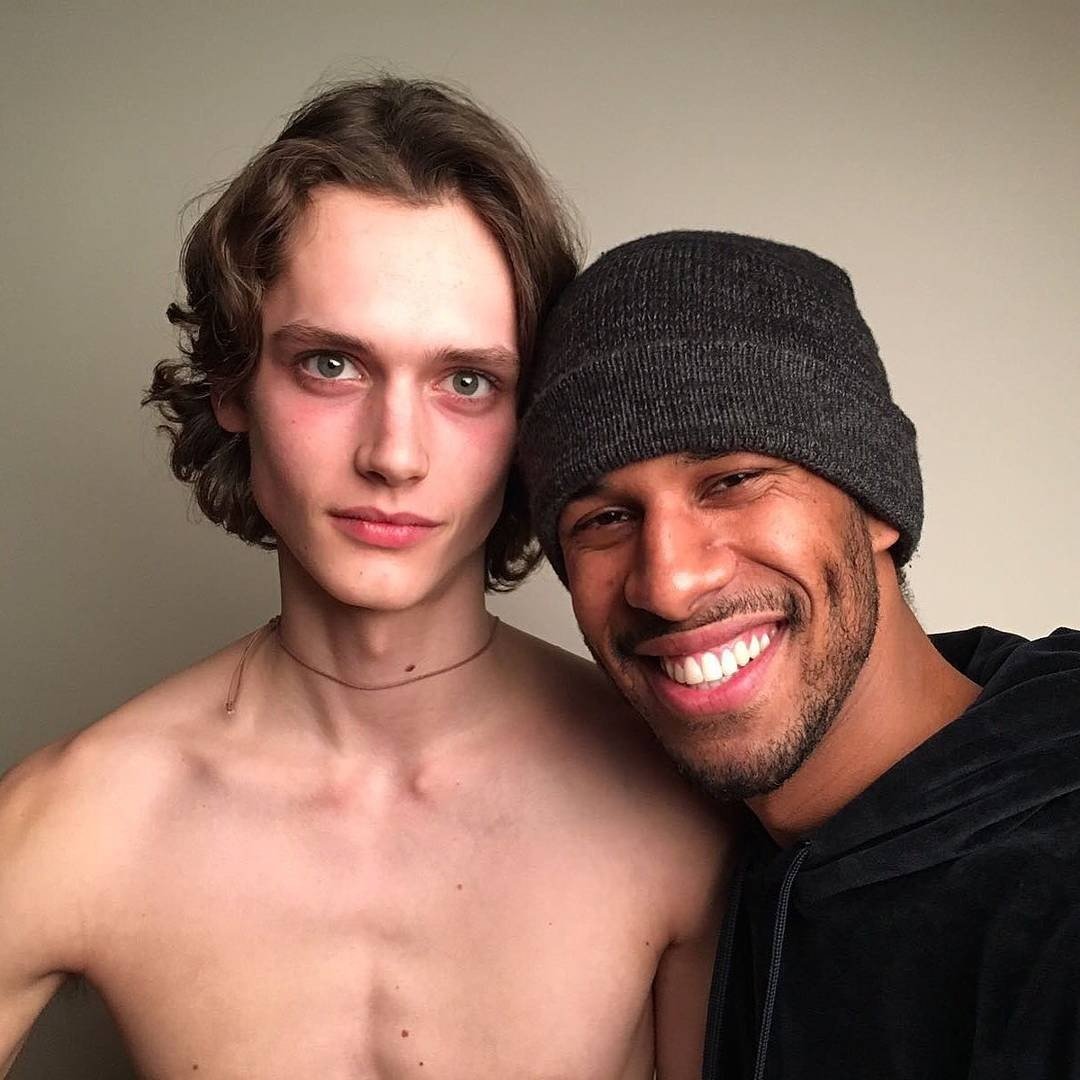
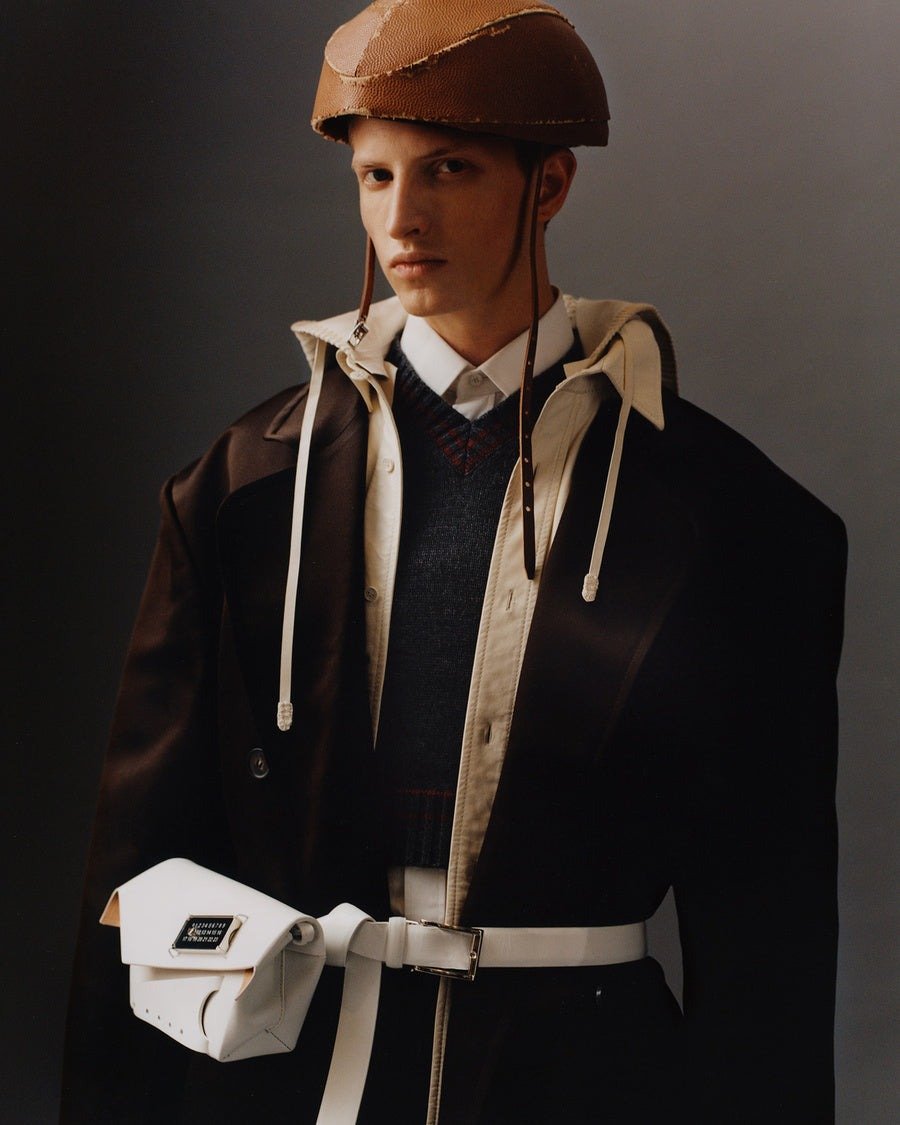
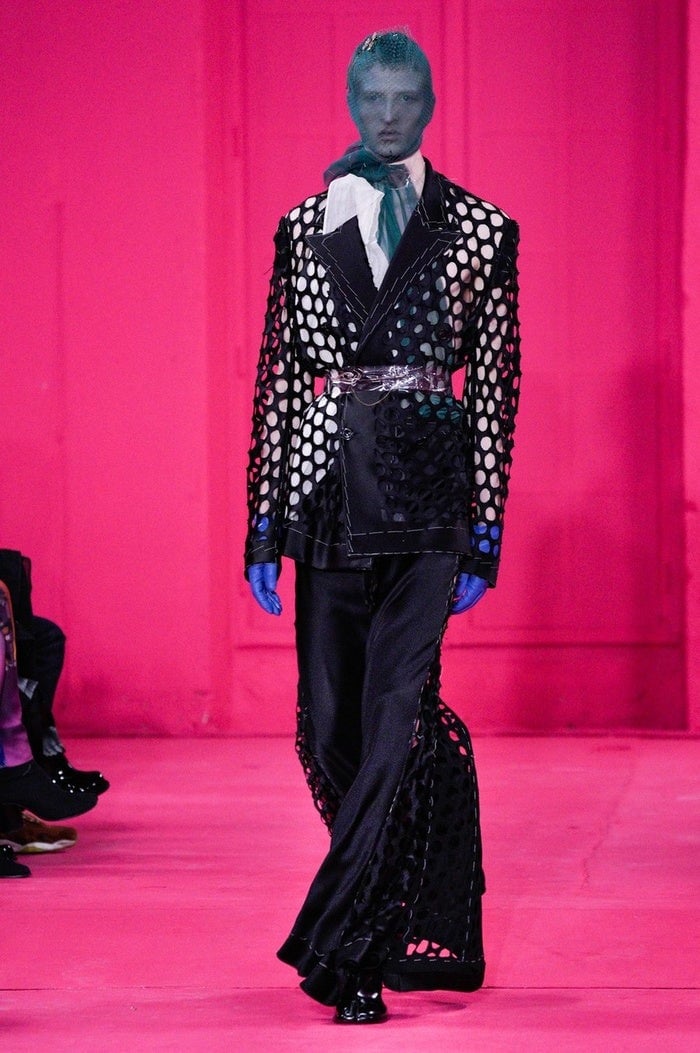


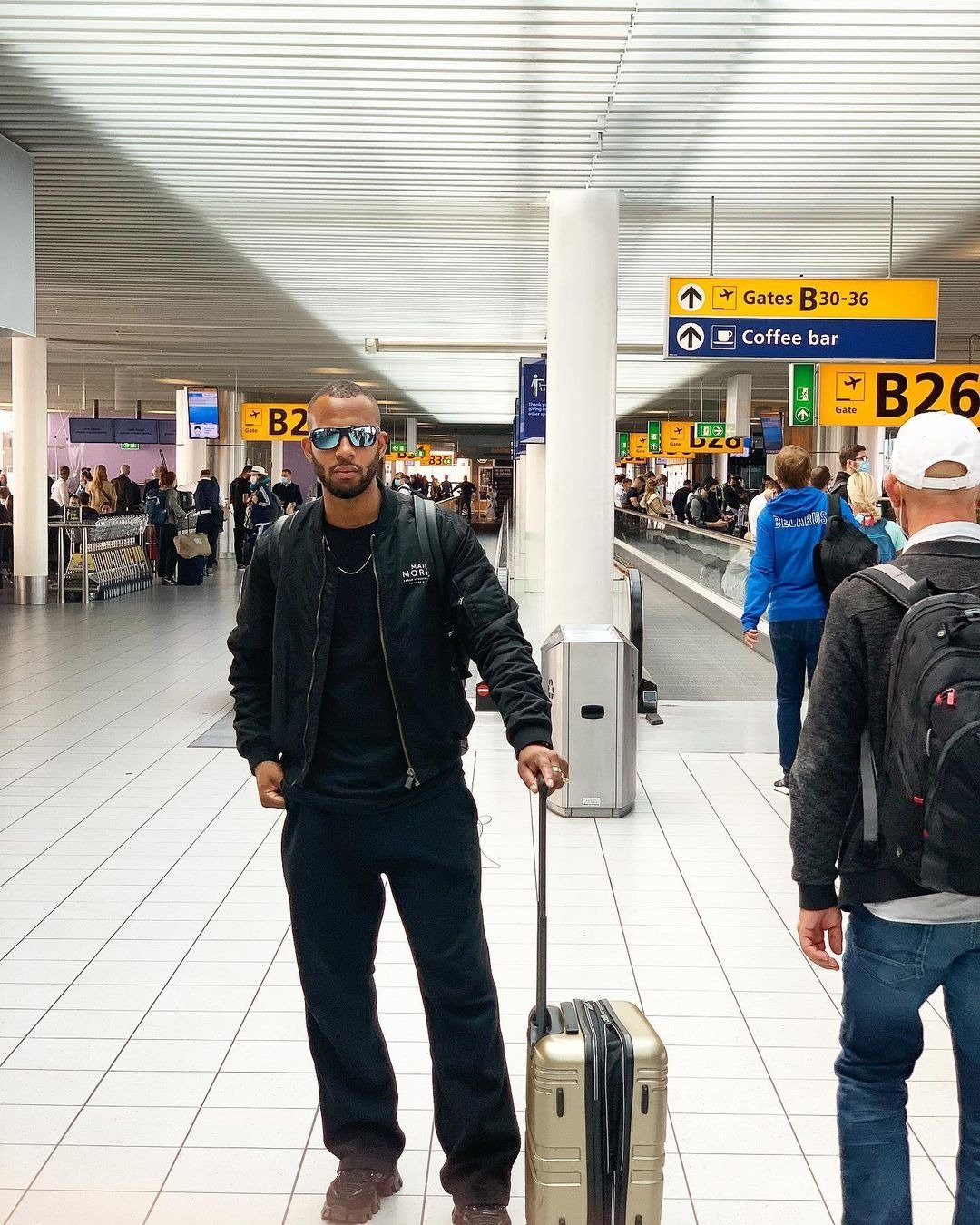
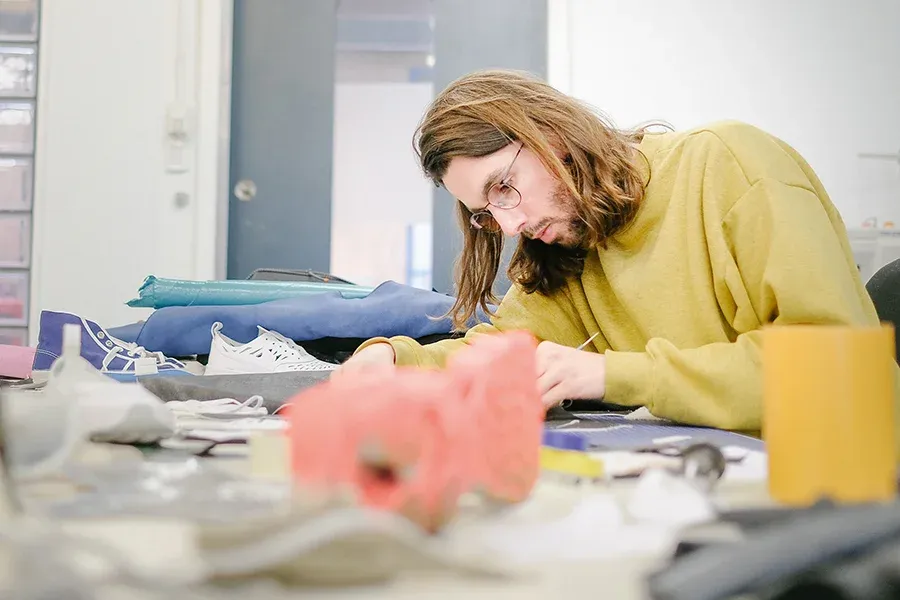
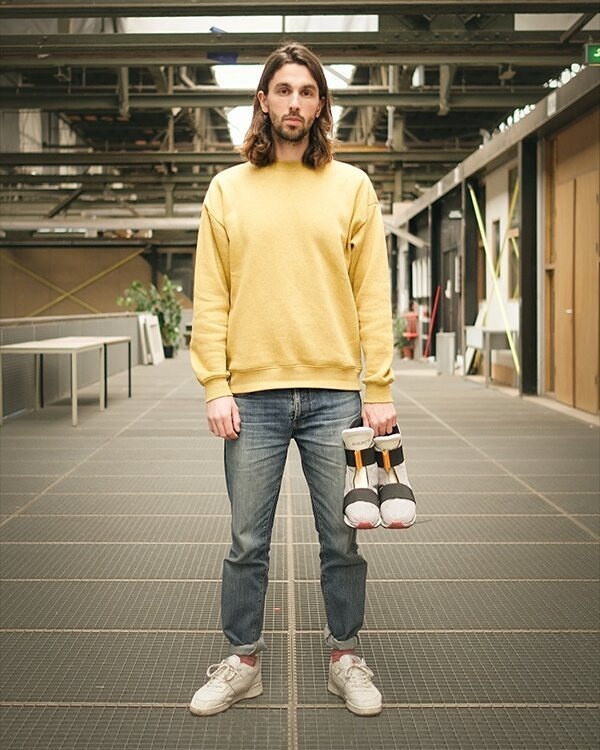
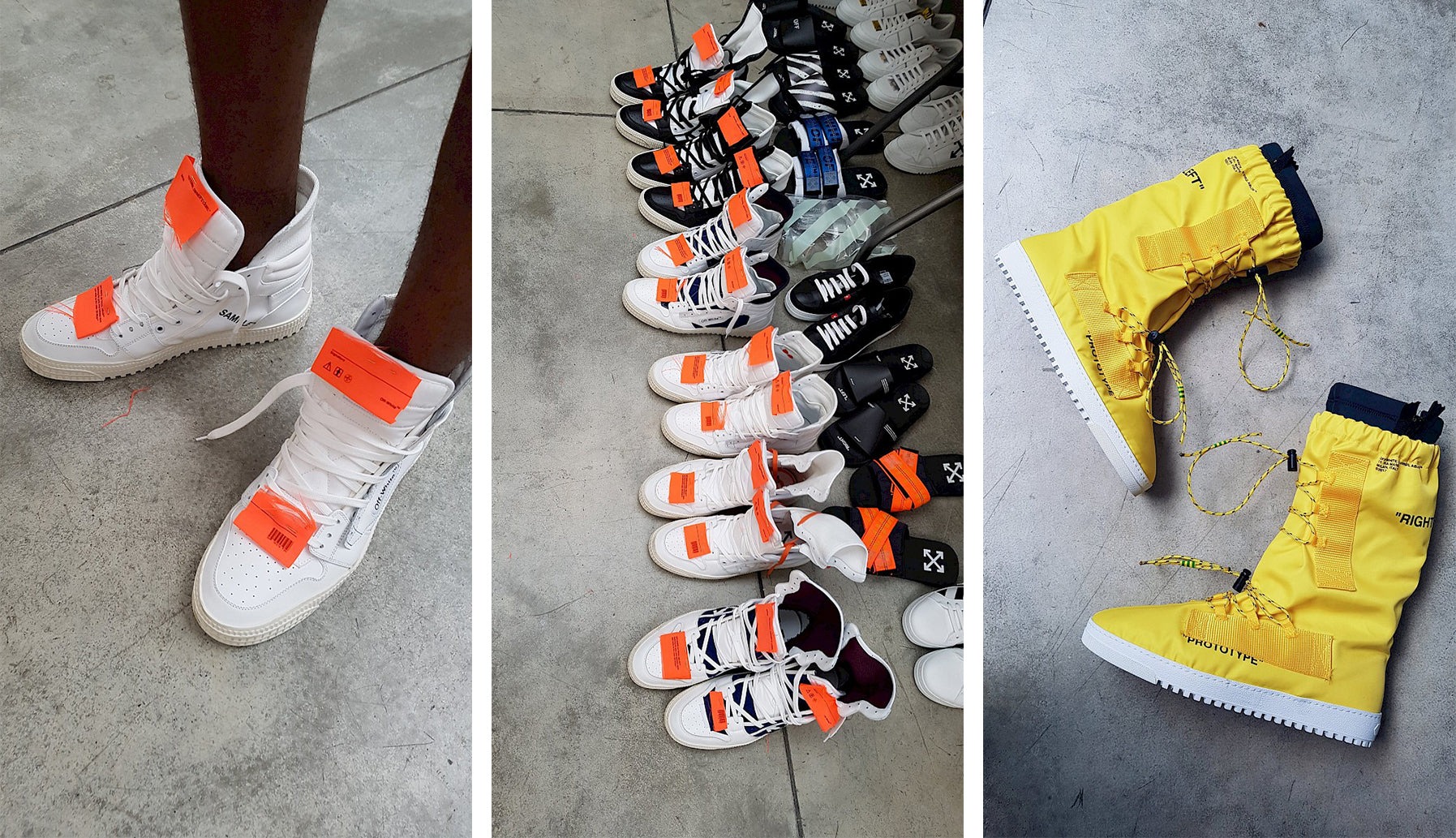



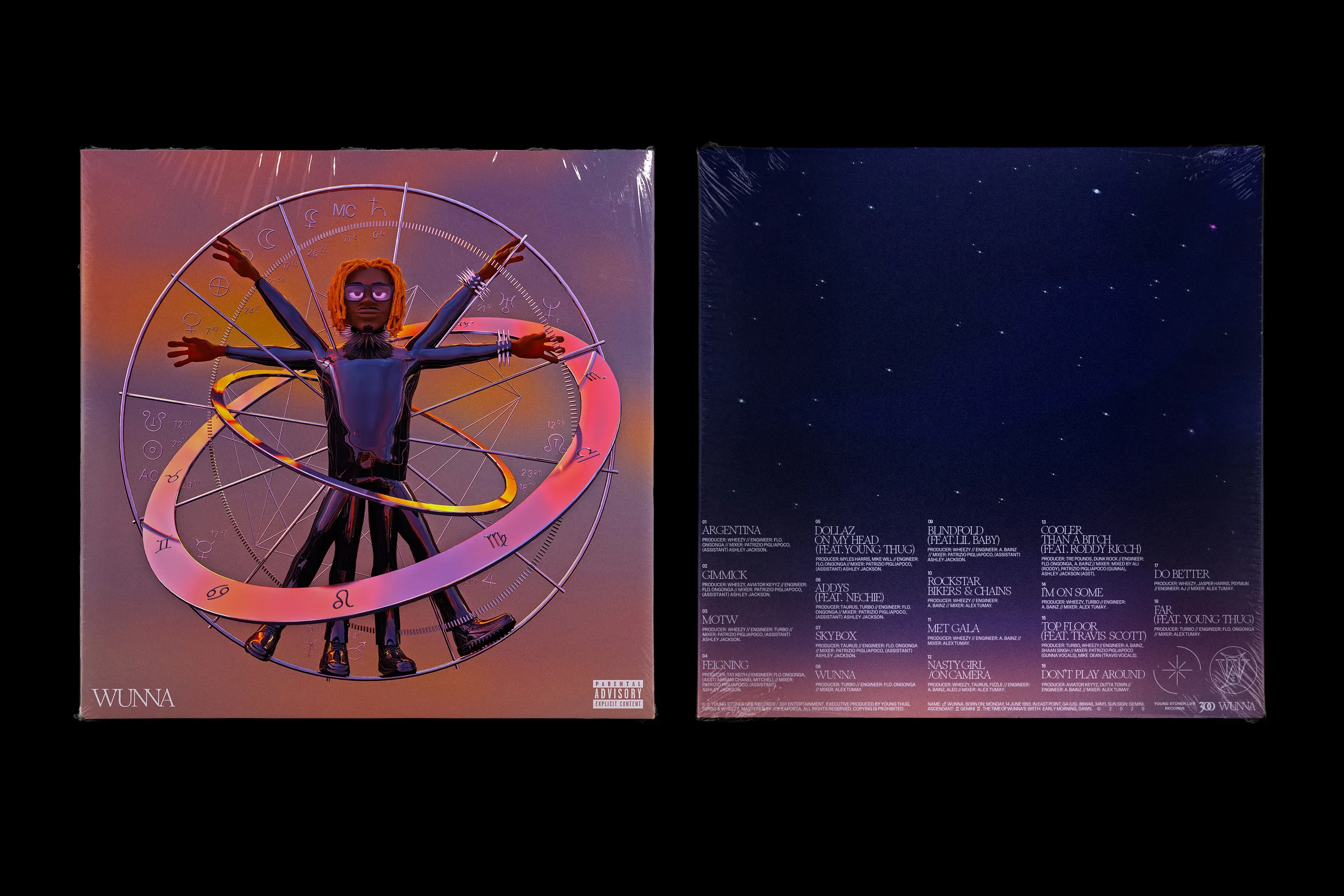

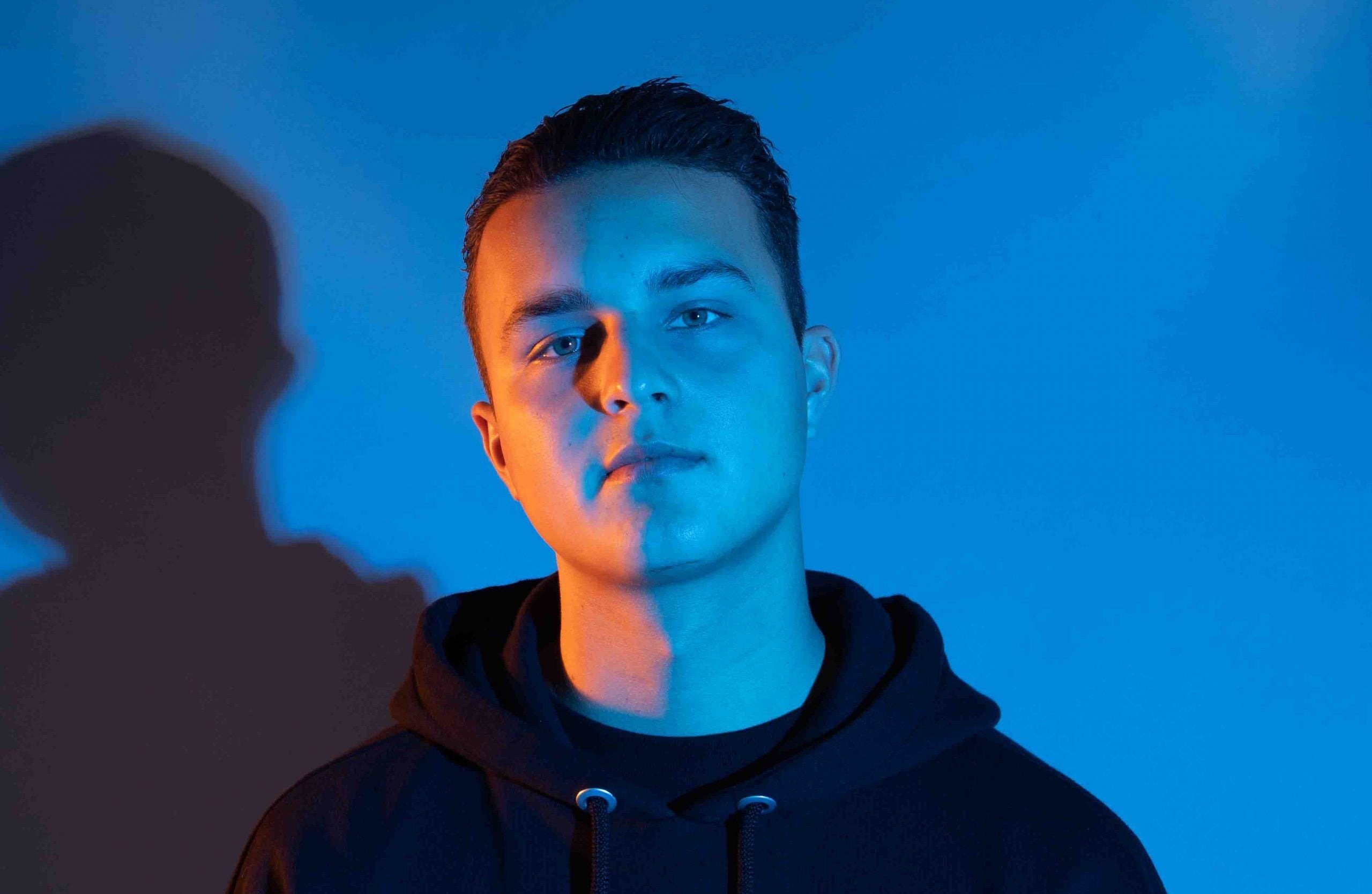
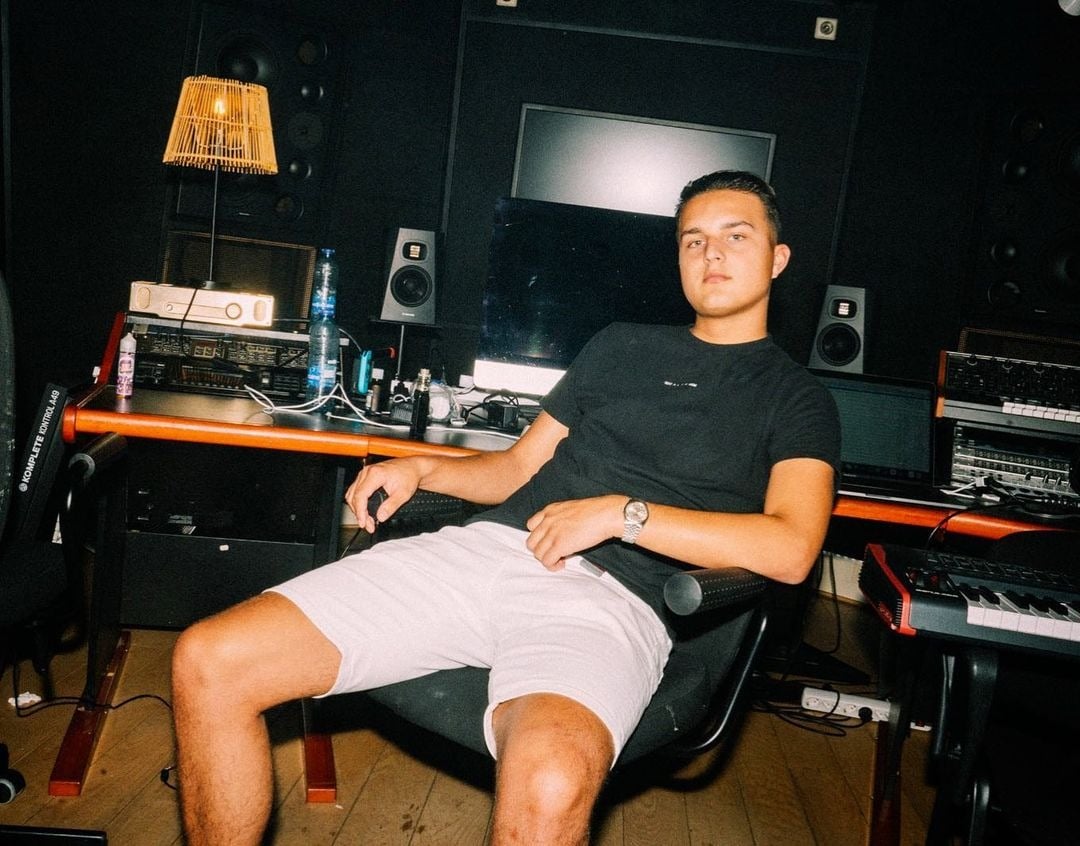
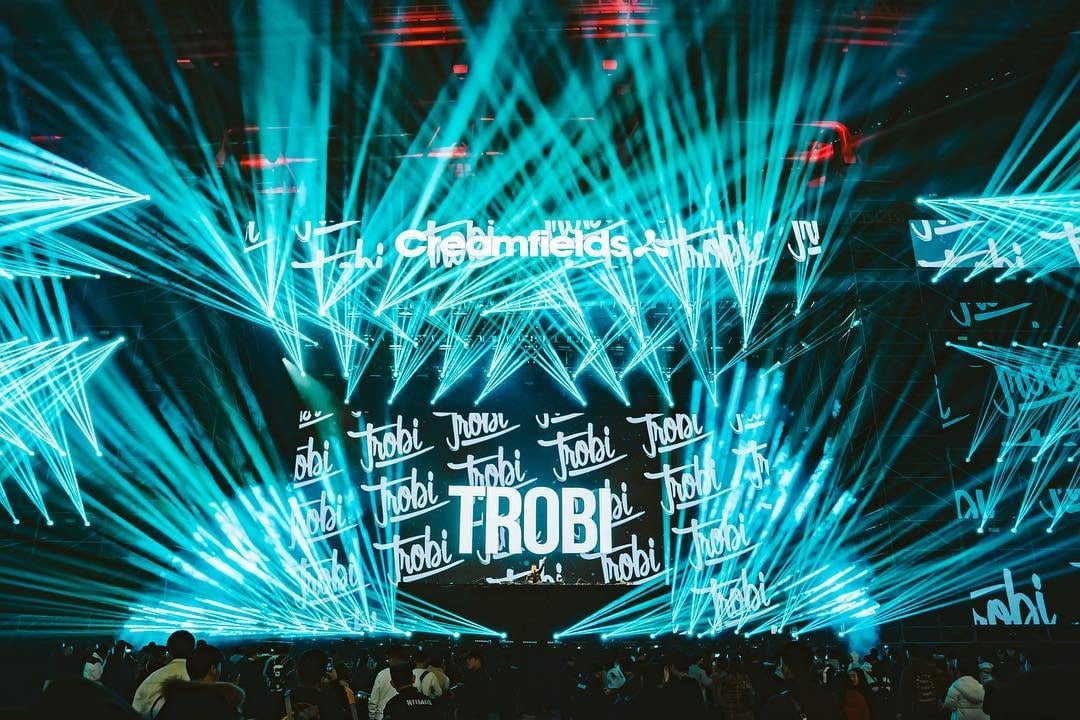
.jpg?v=1680533952917)
.jpg?v=1680534036706)


